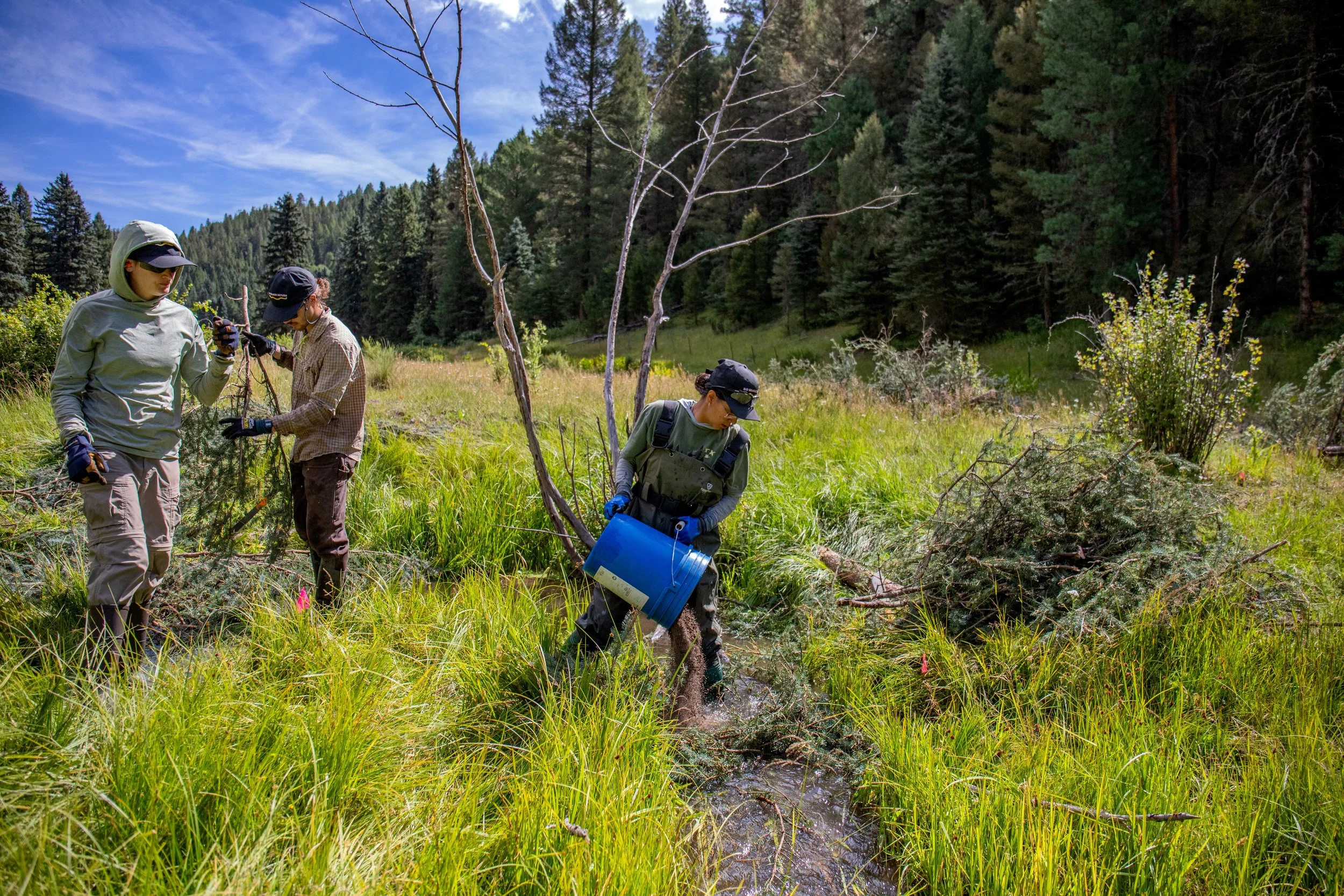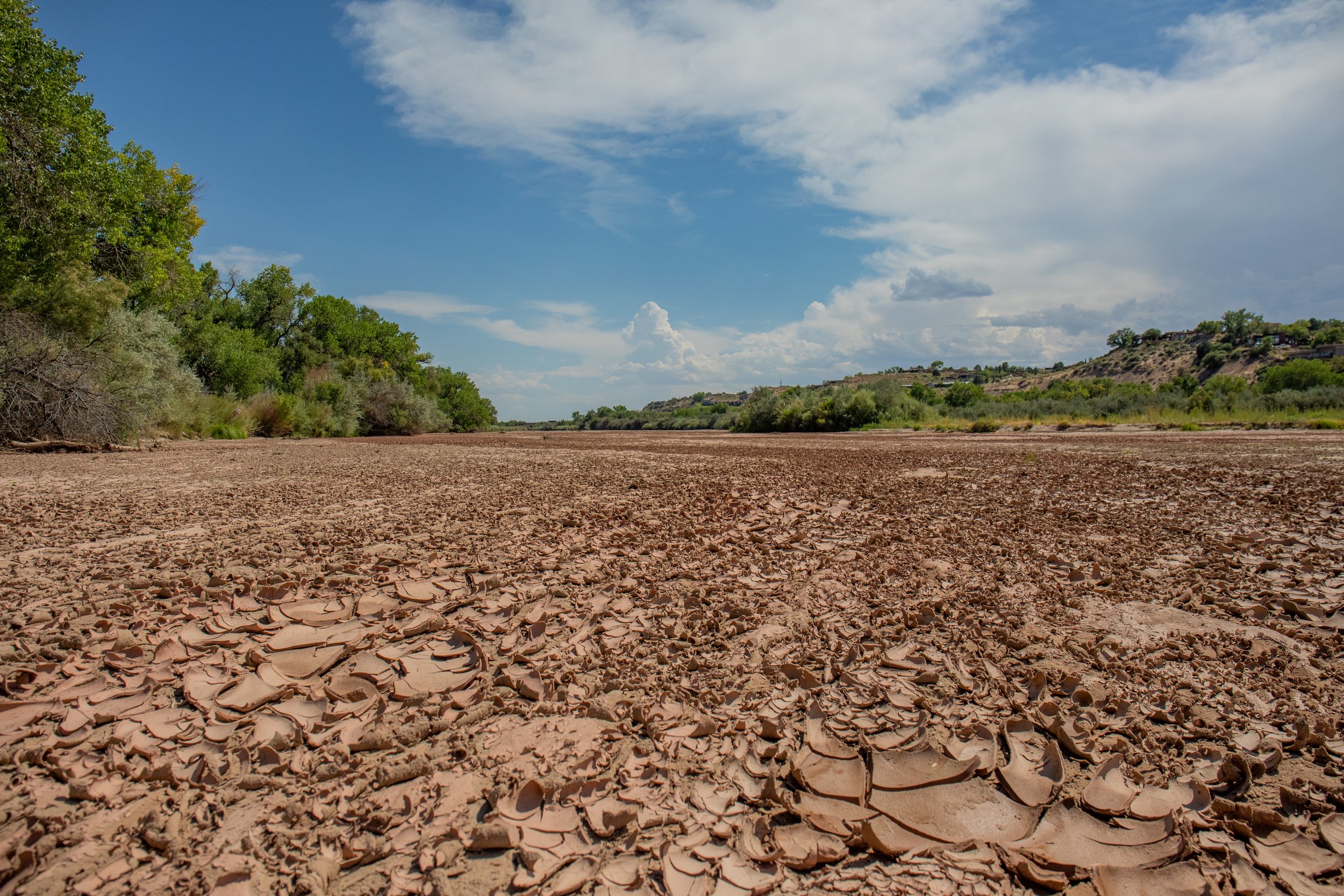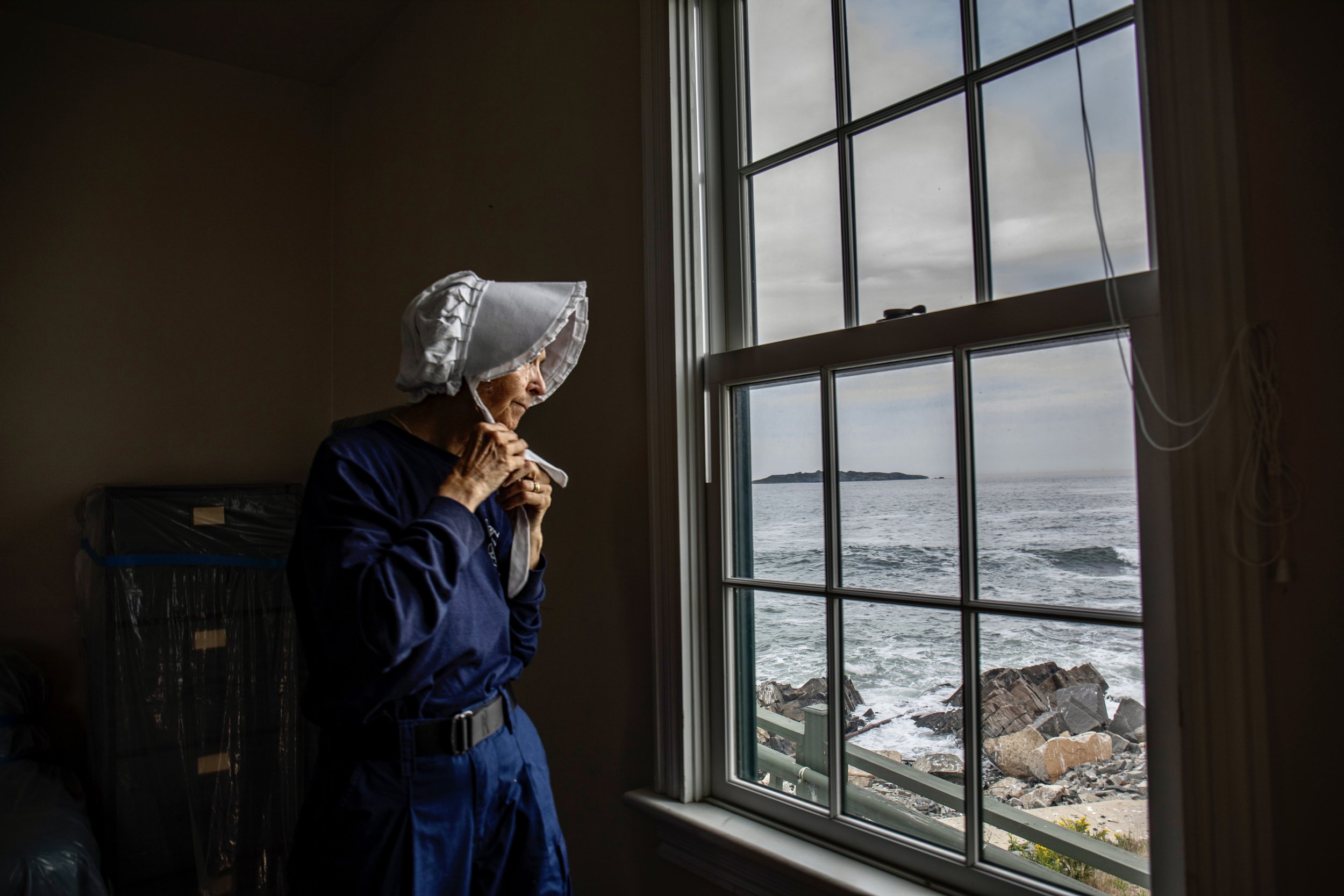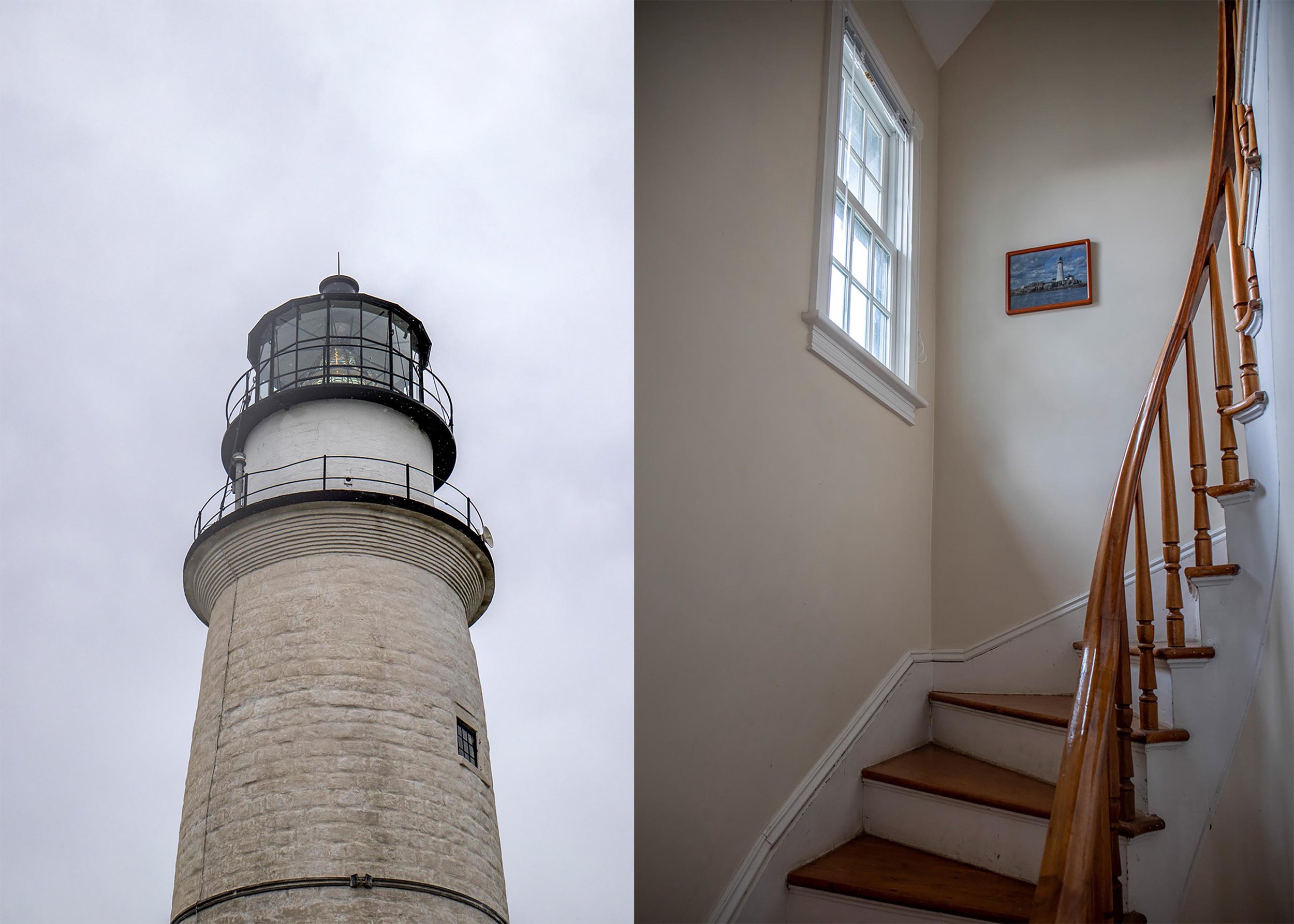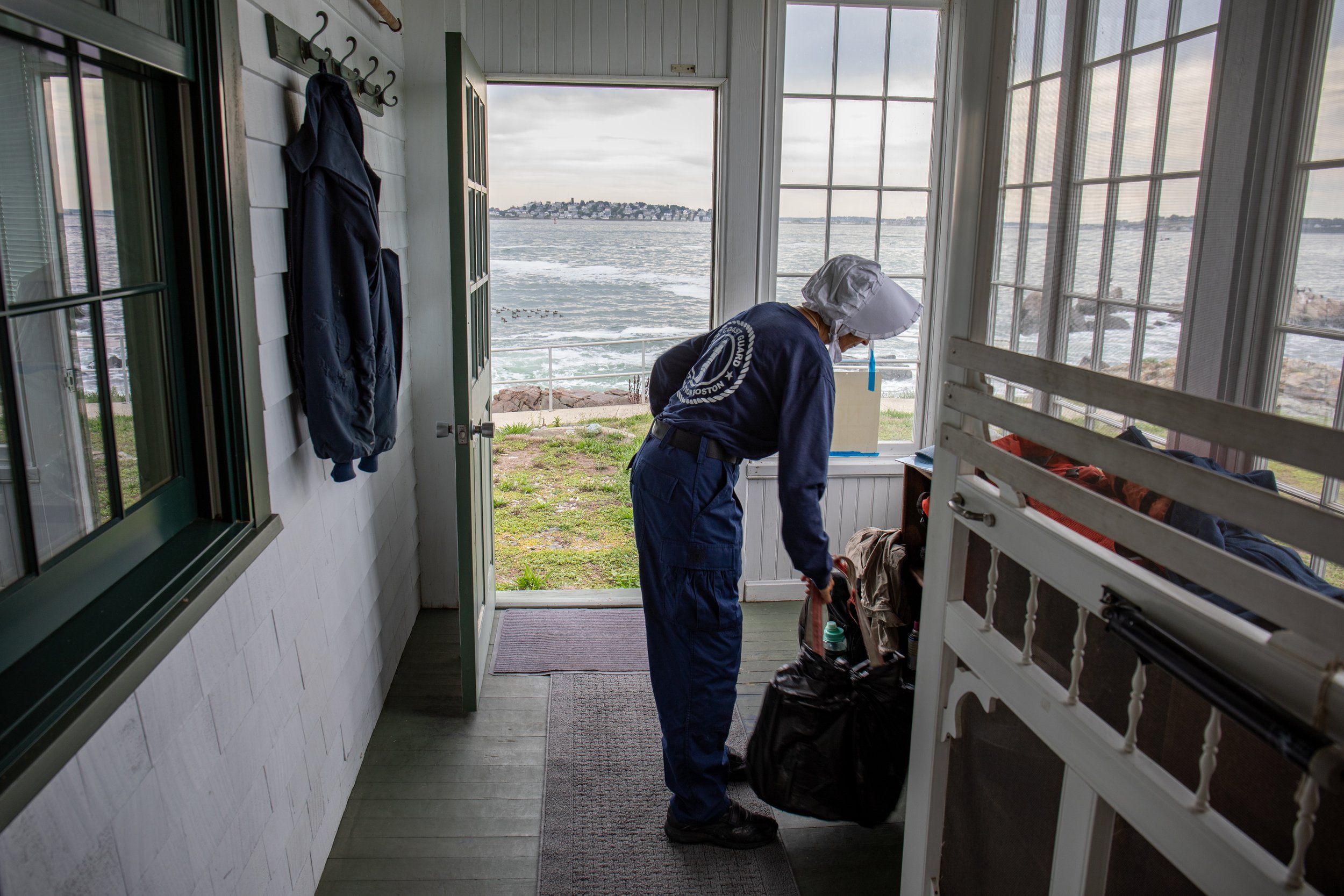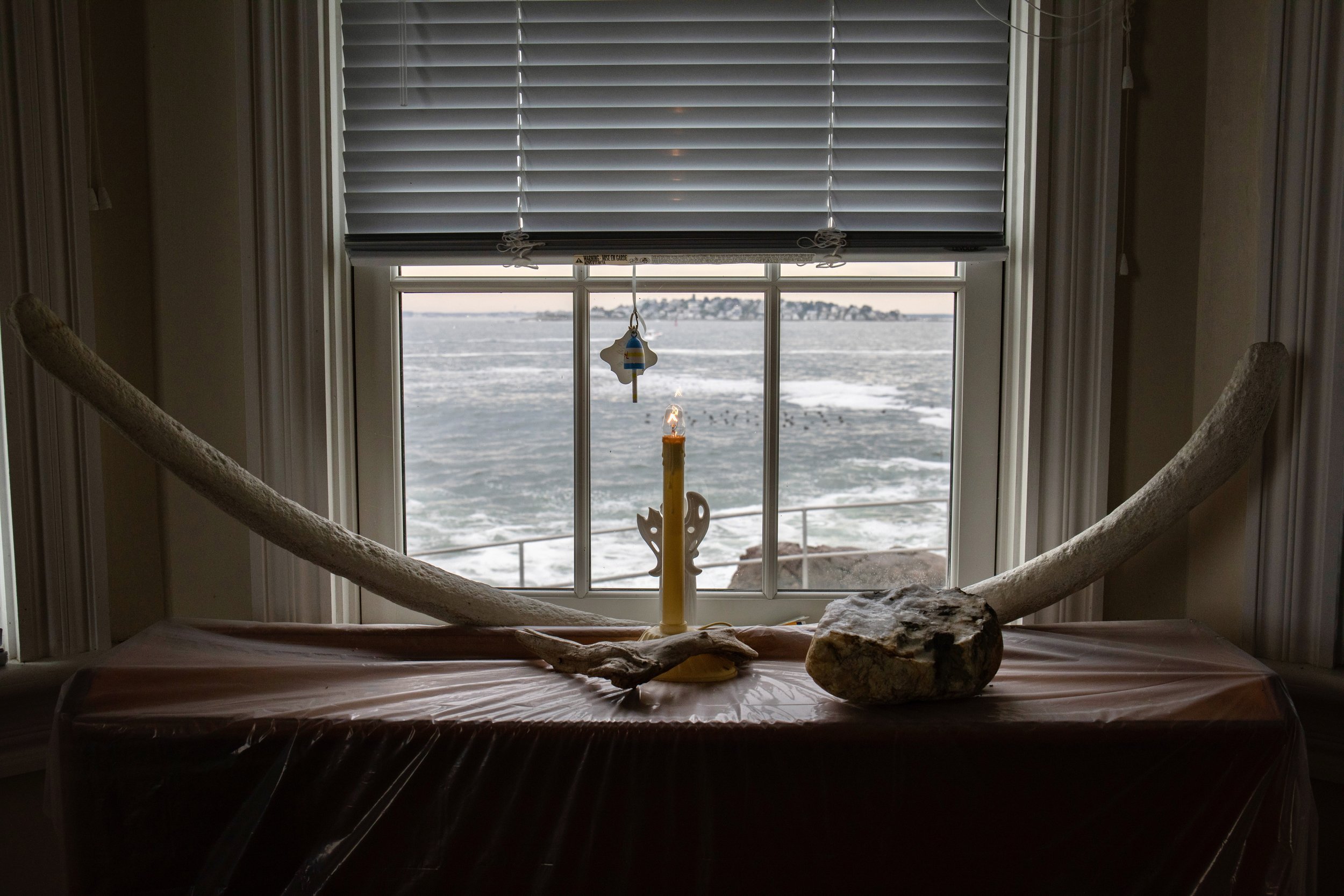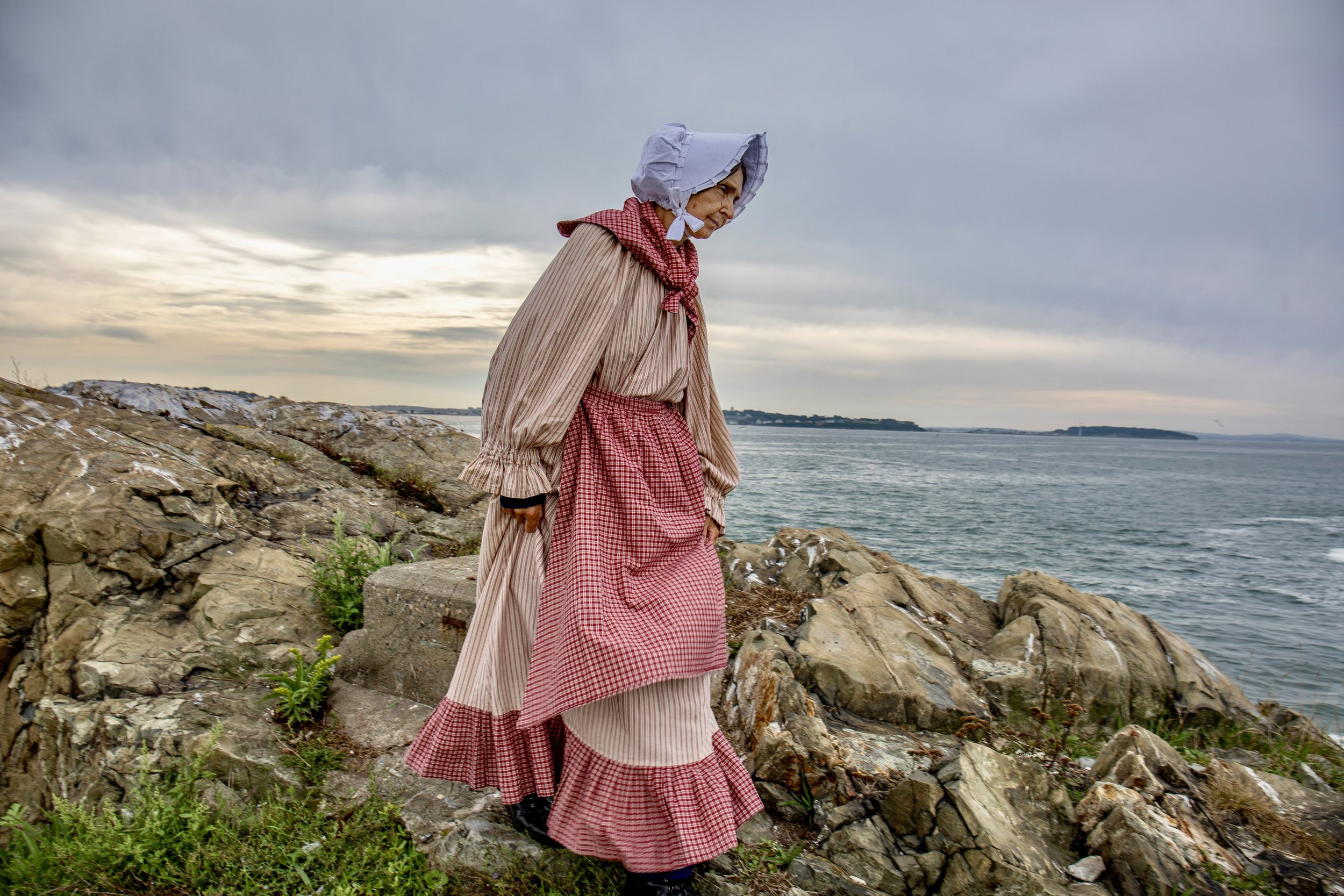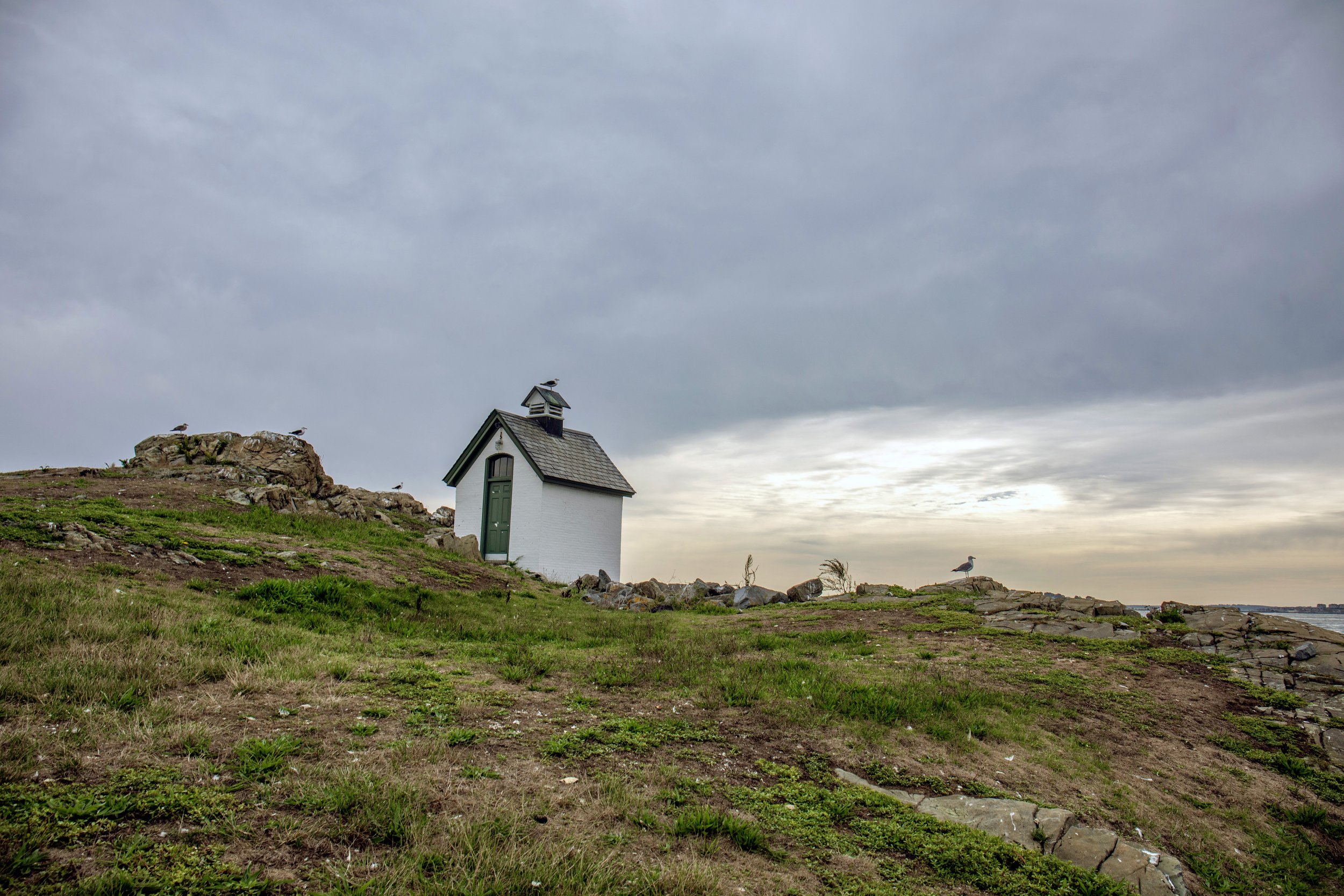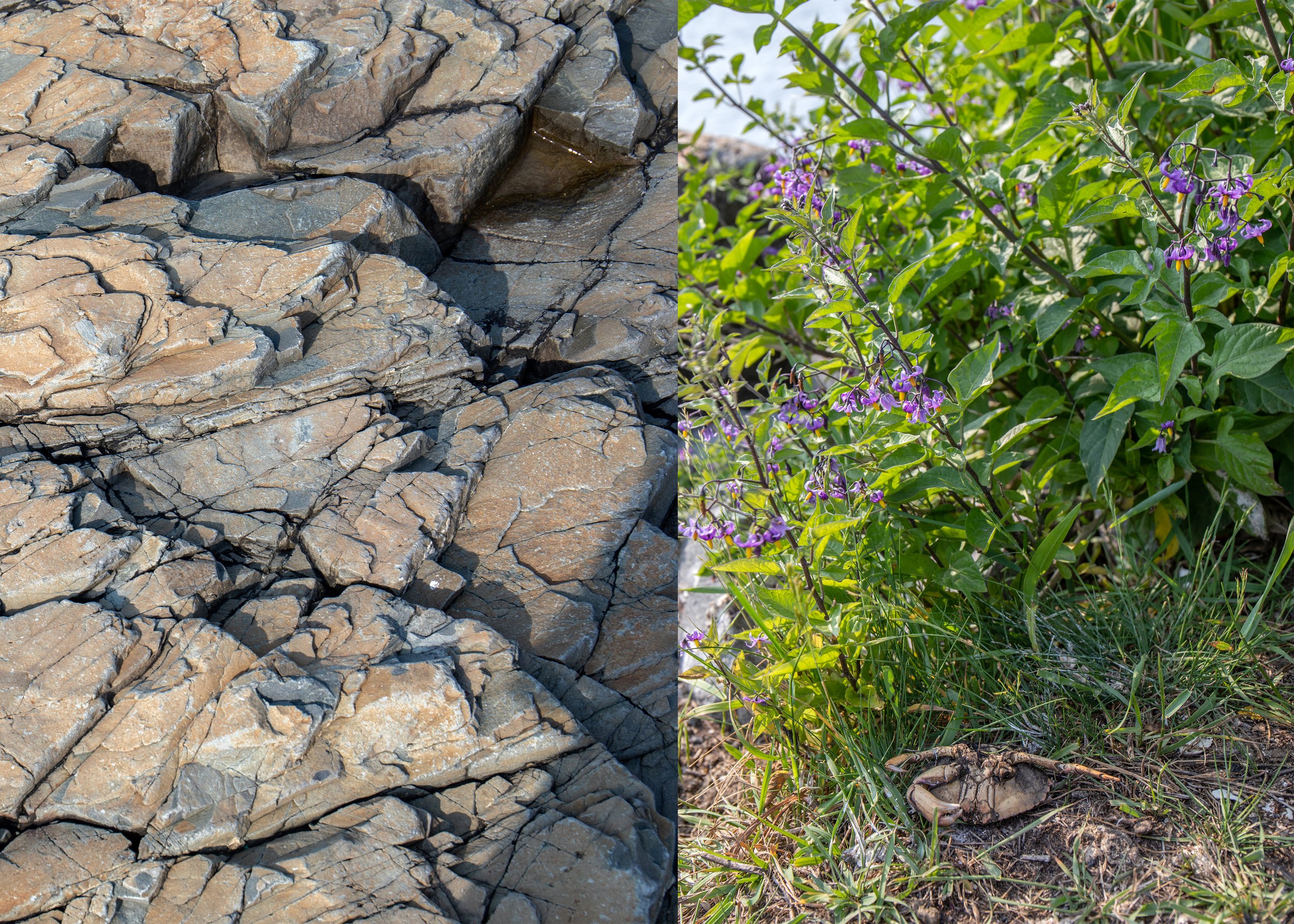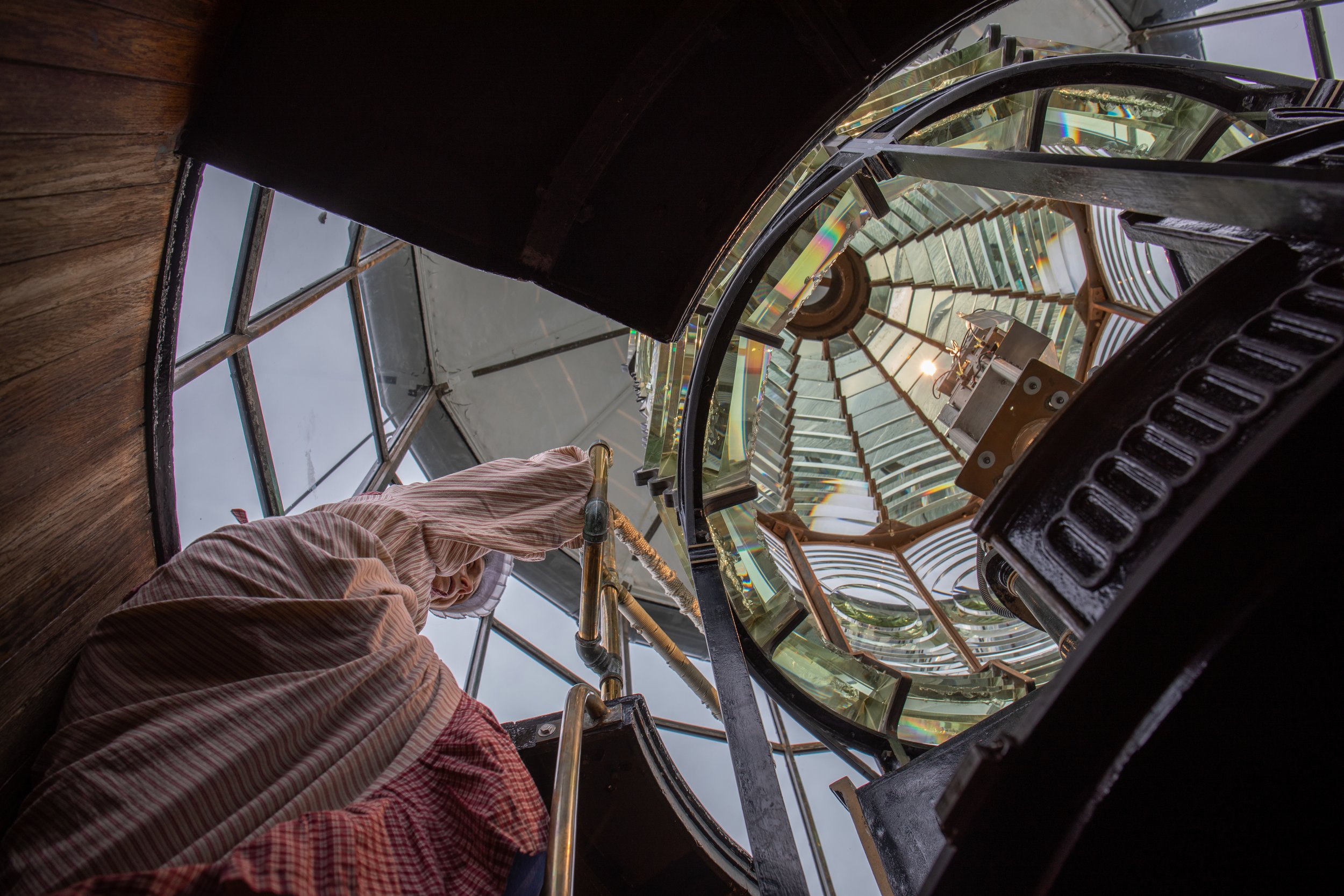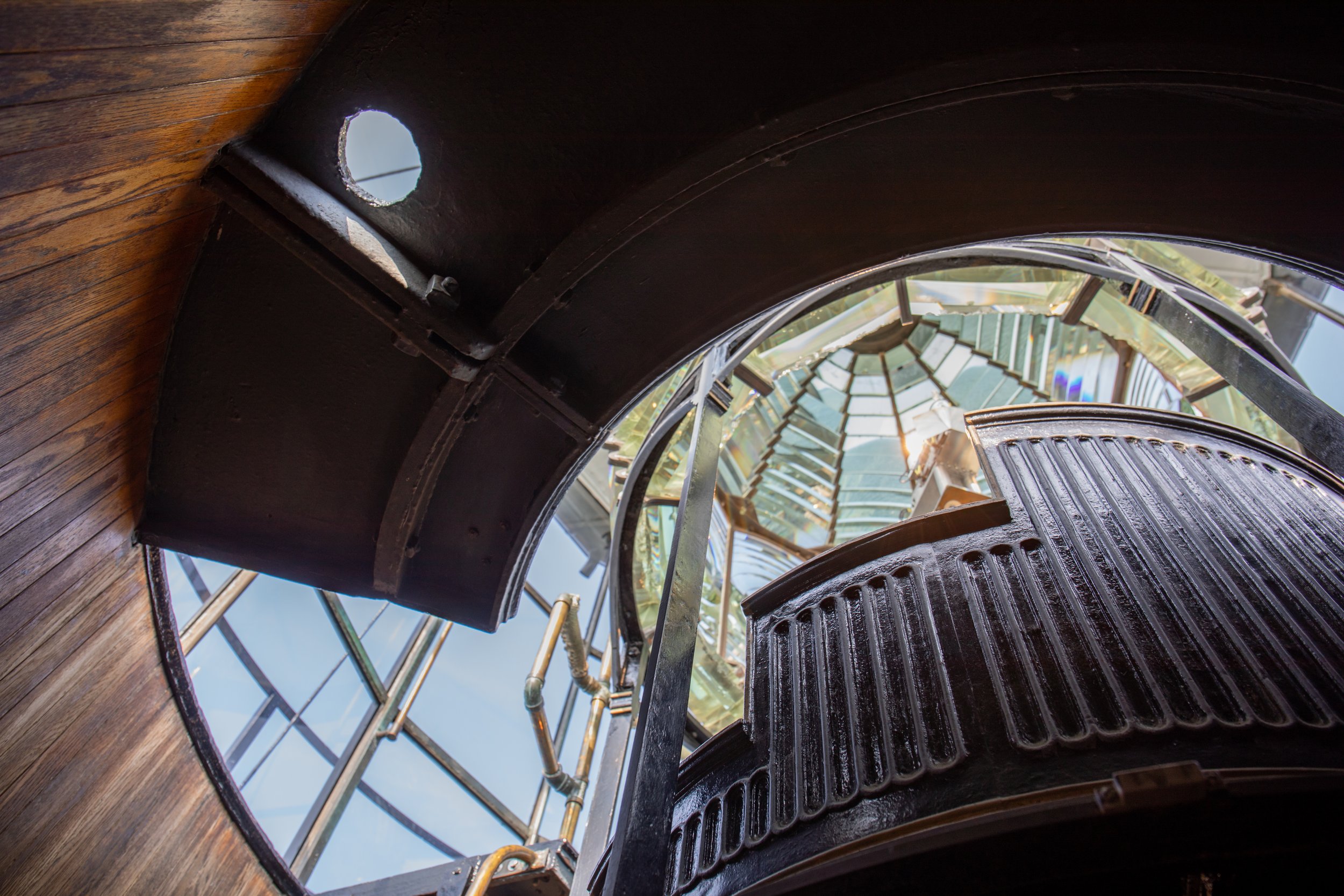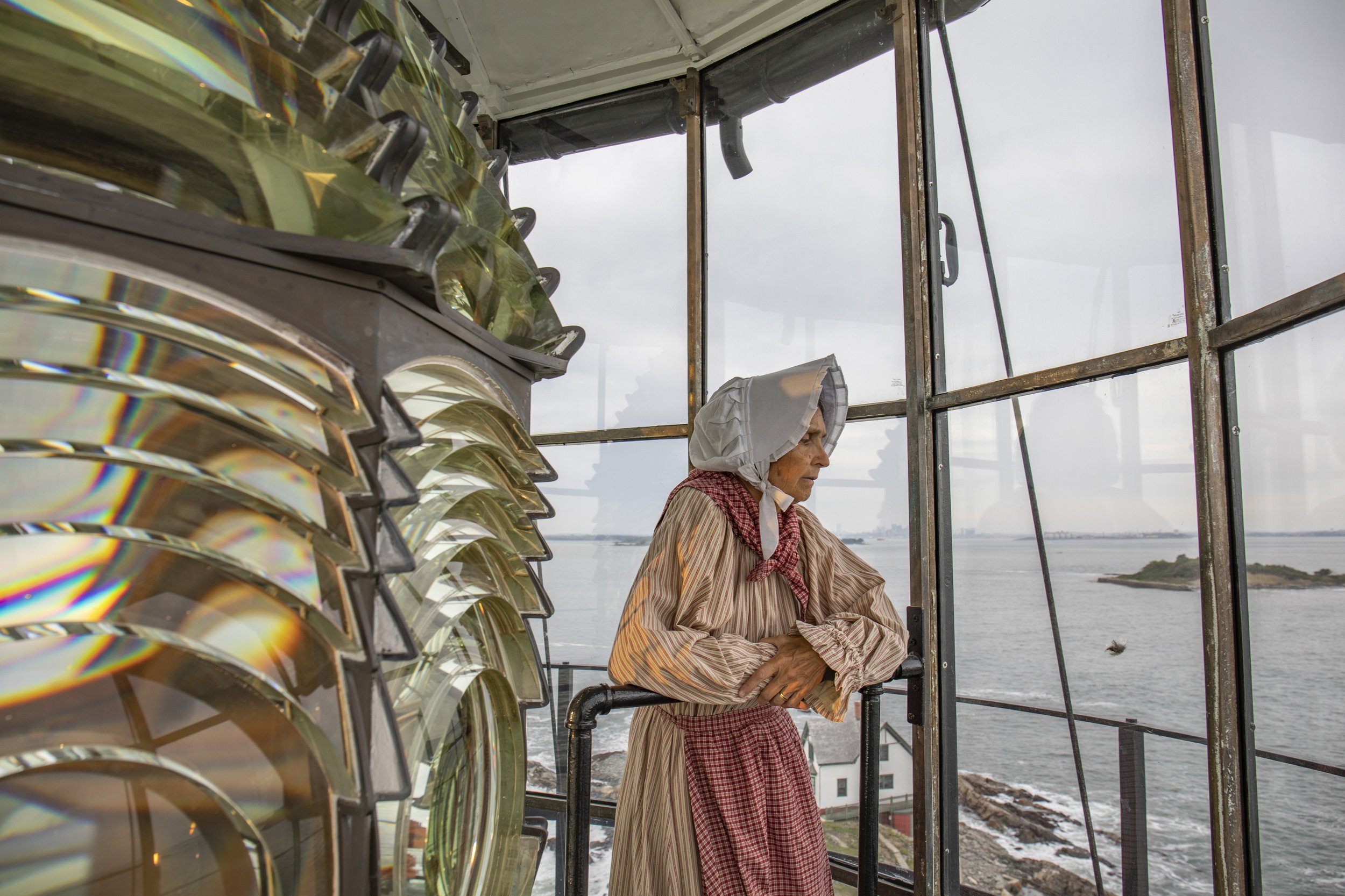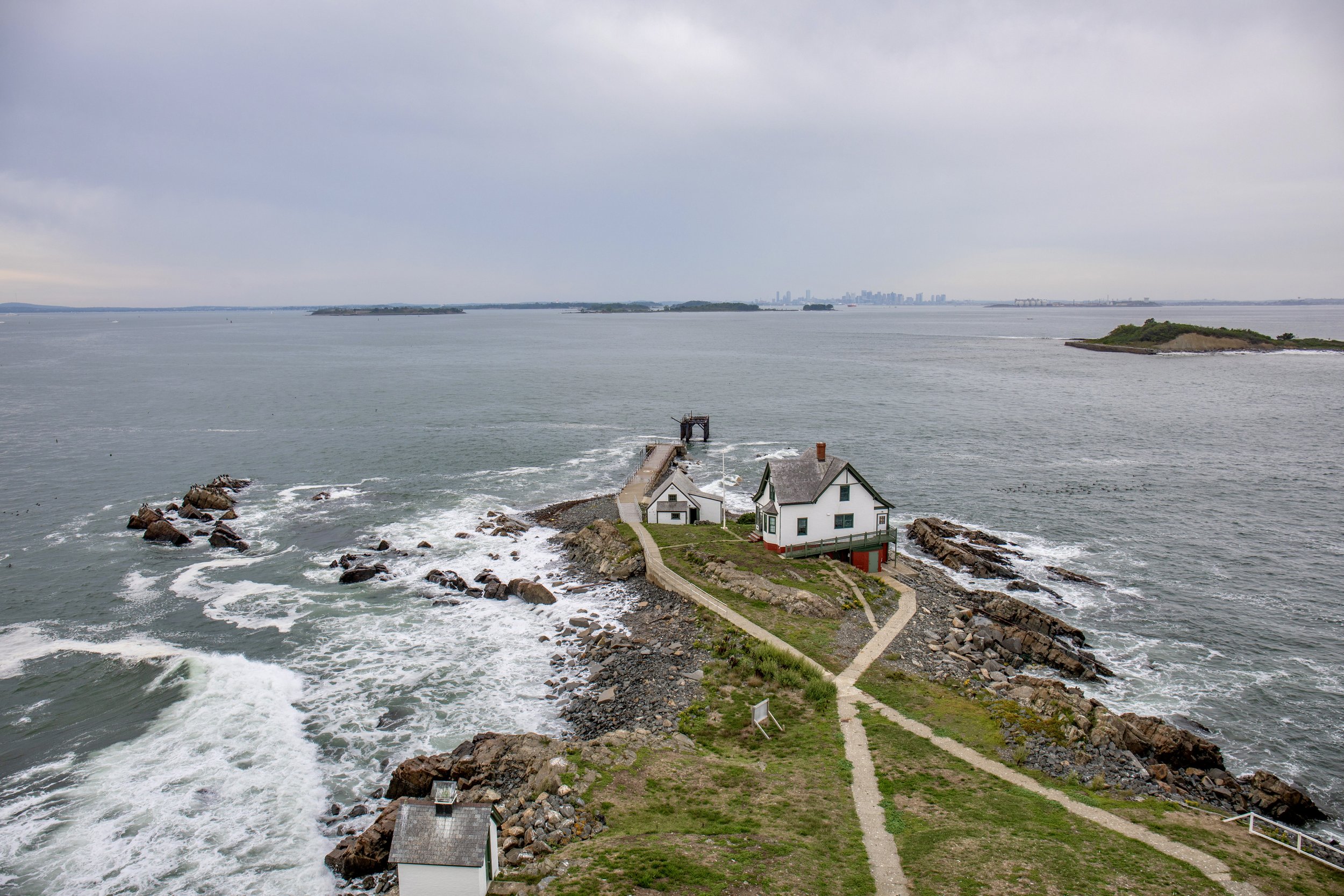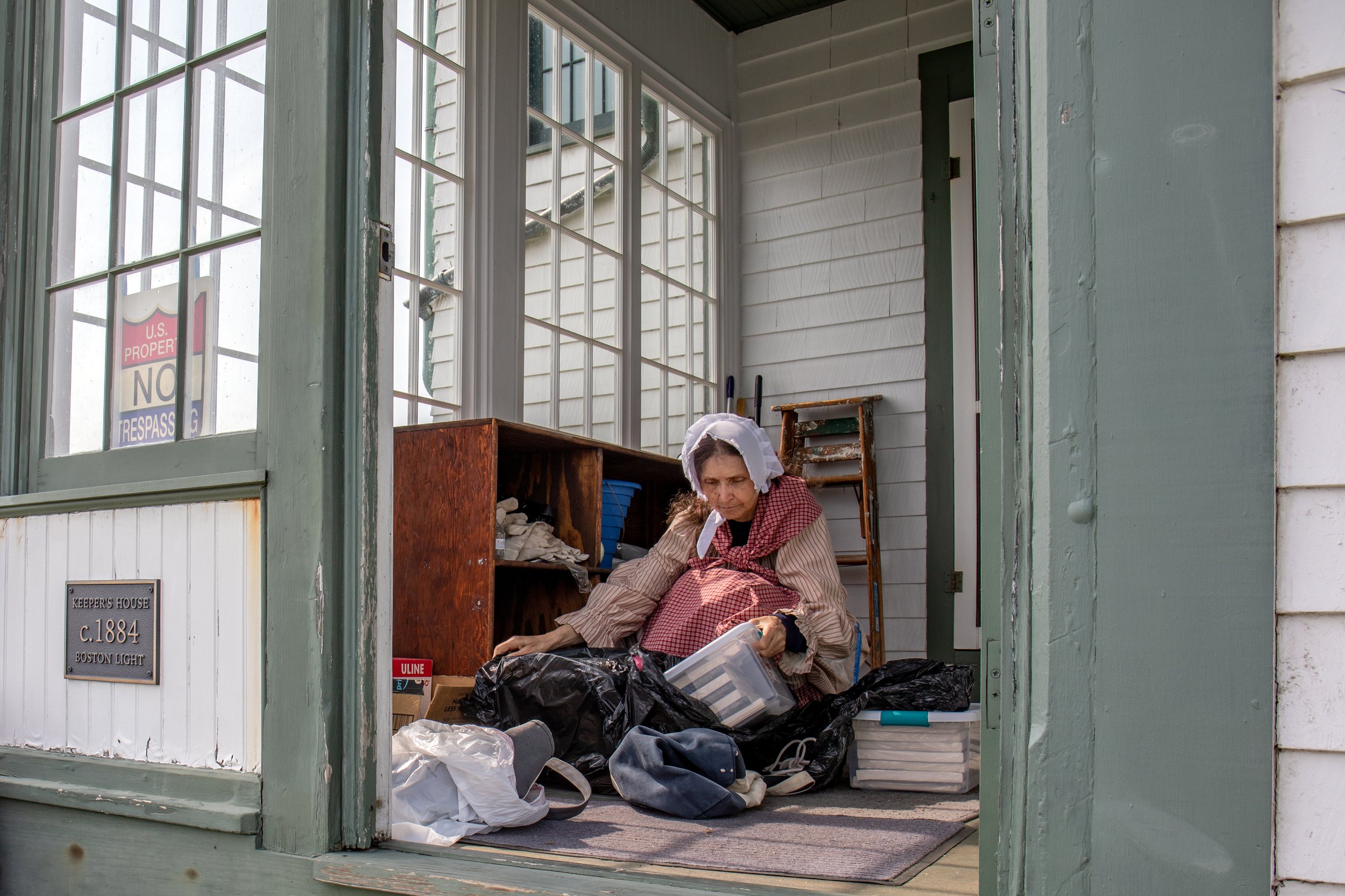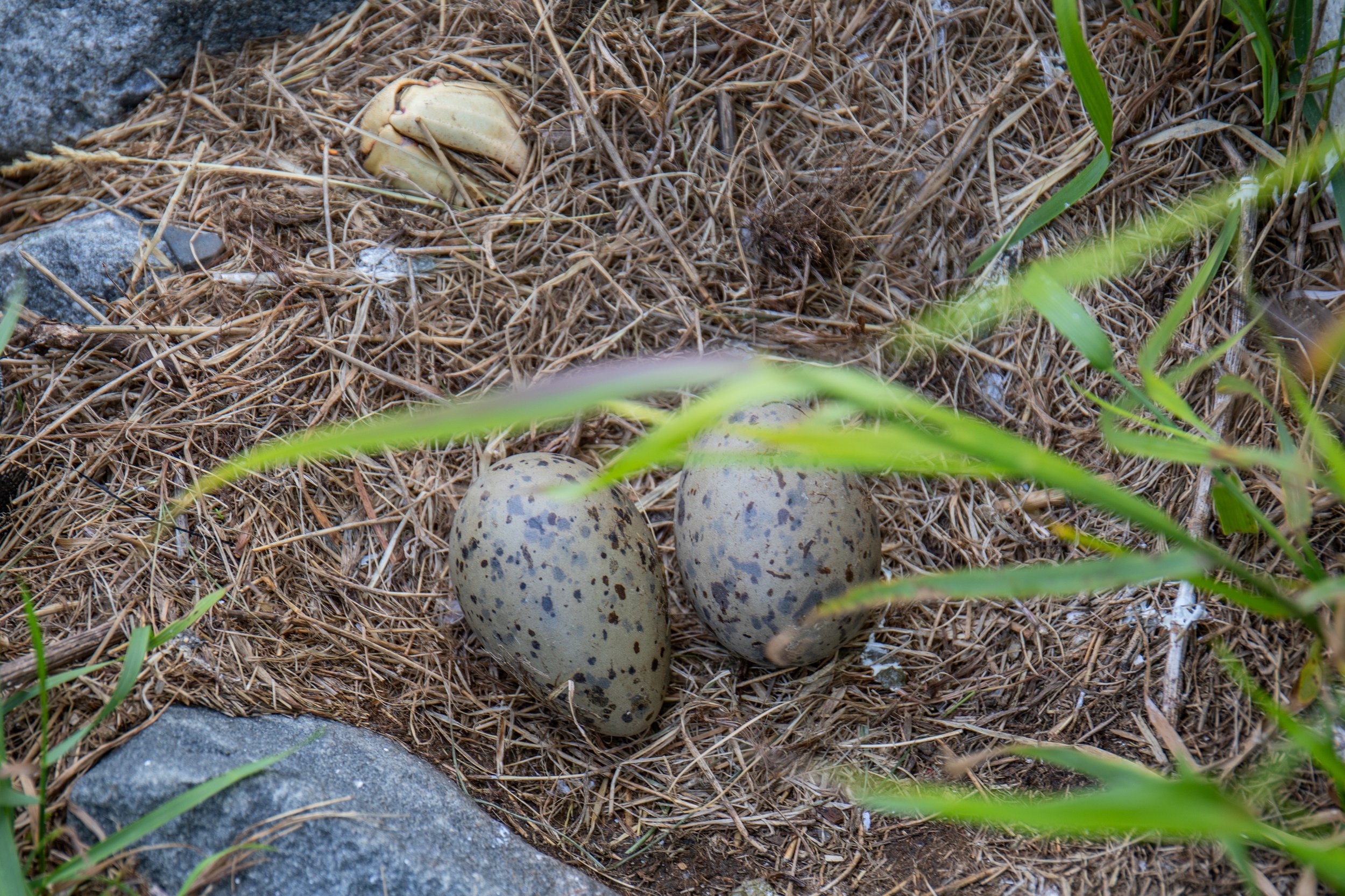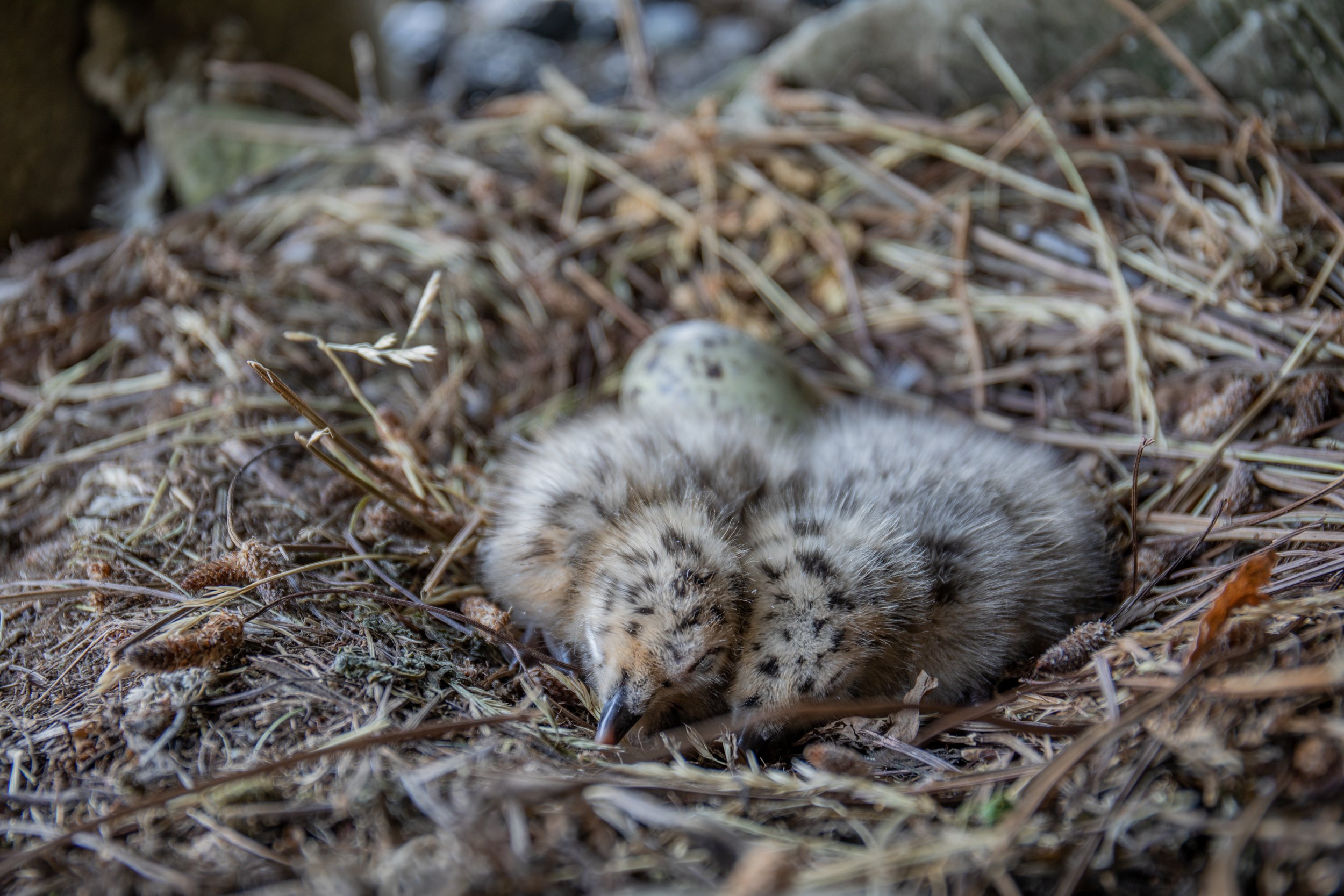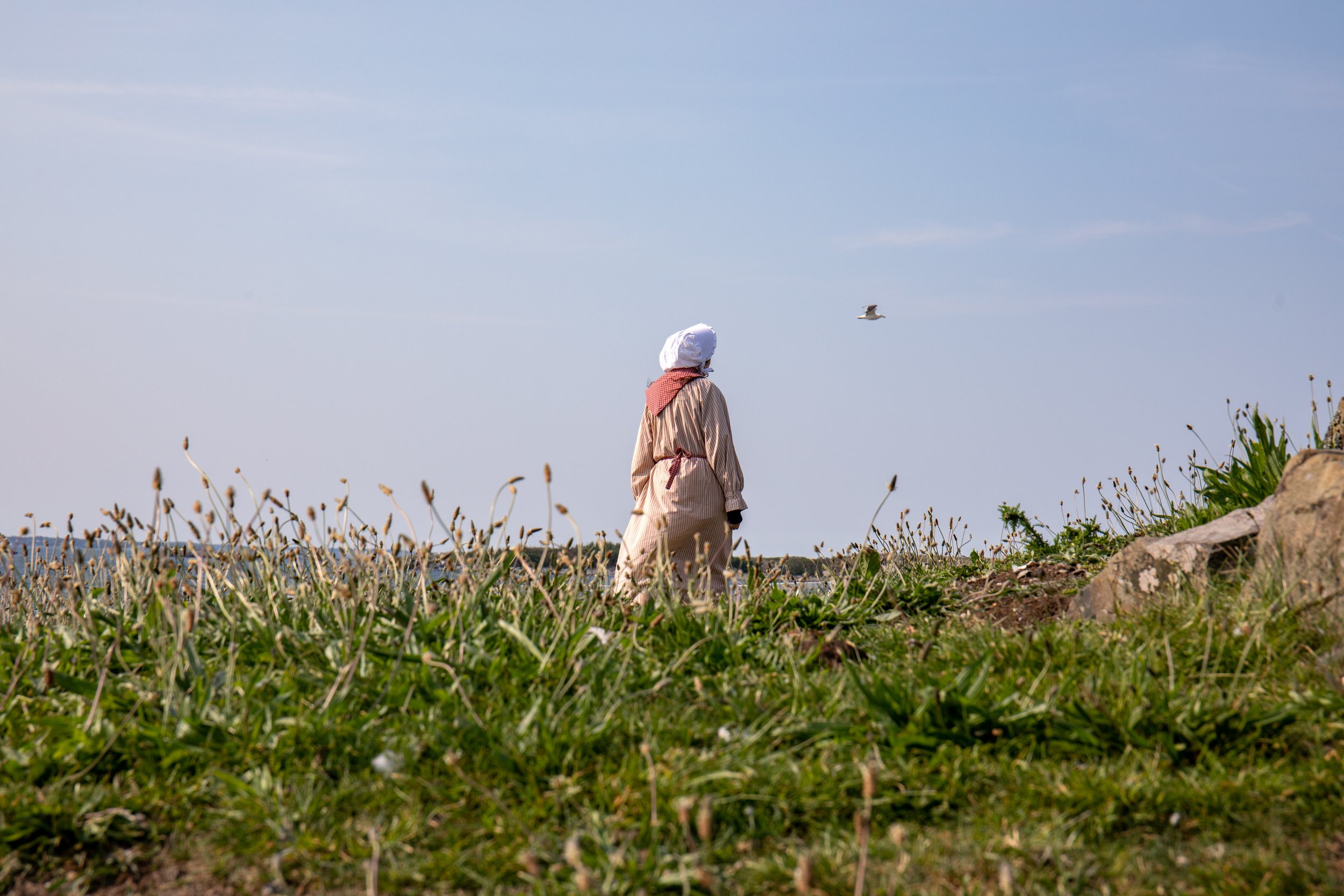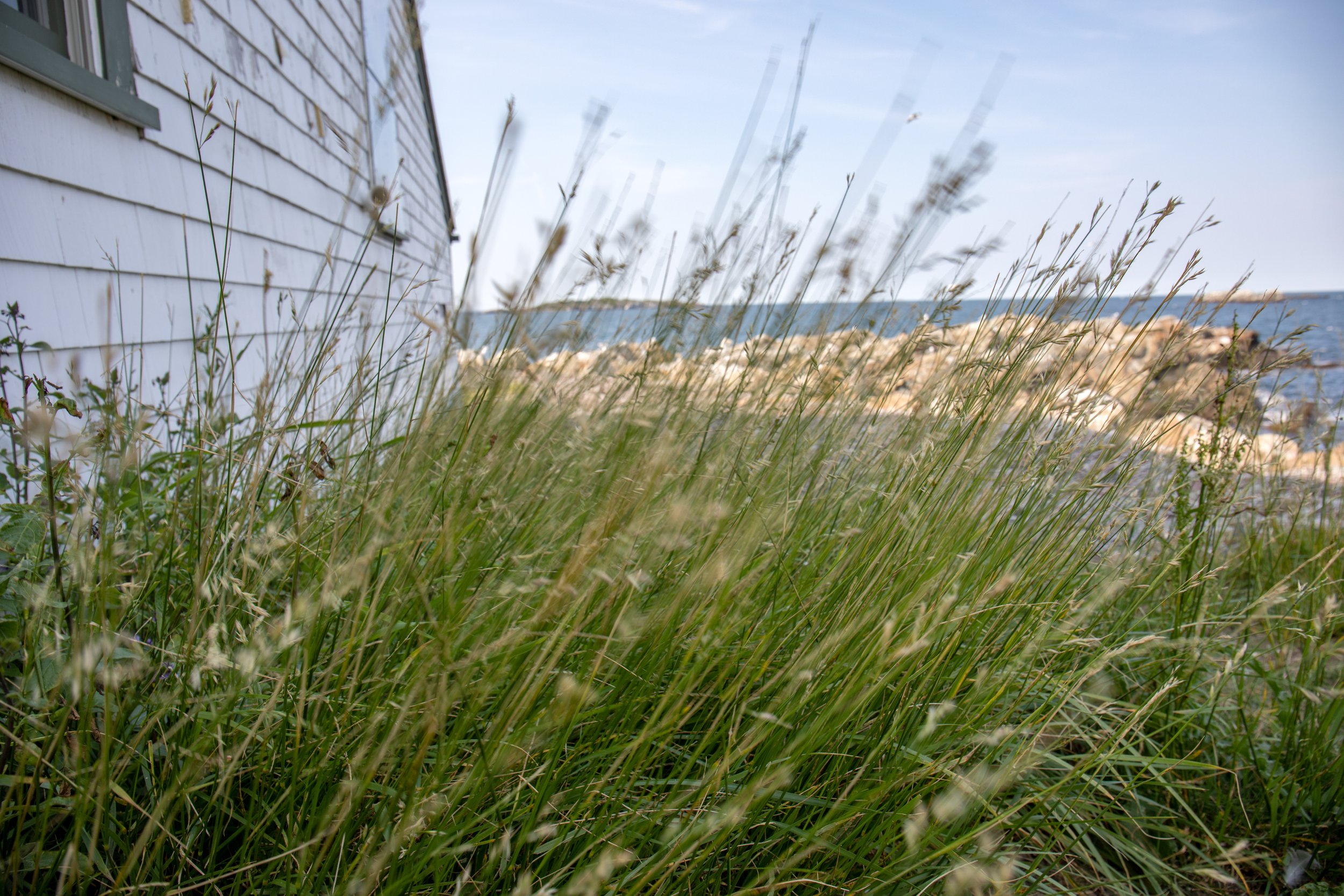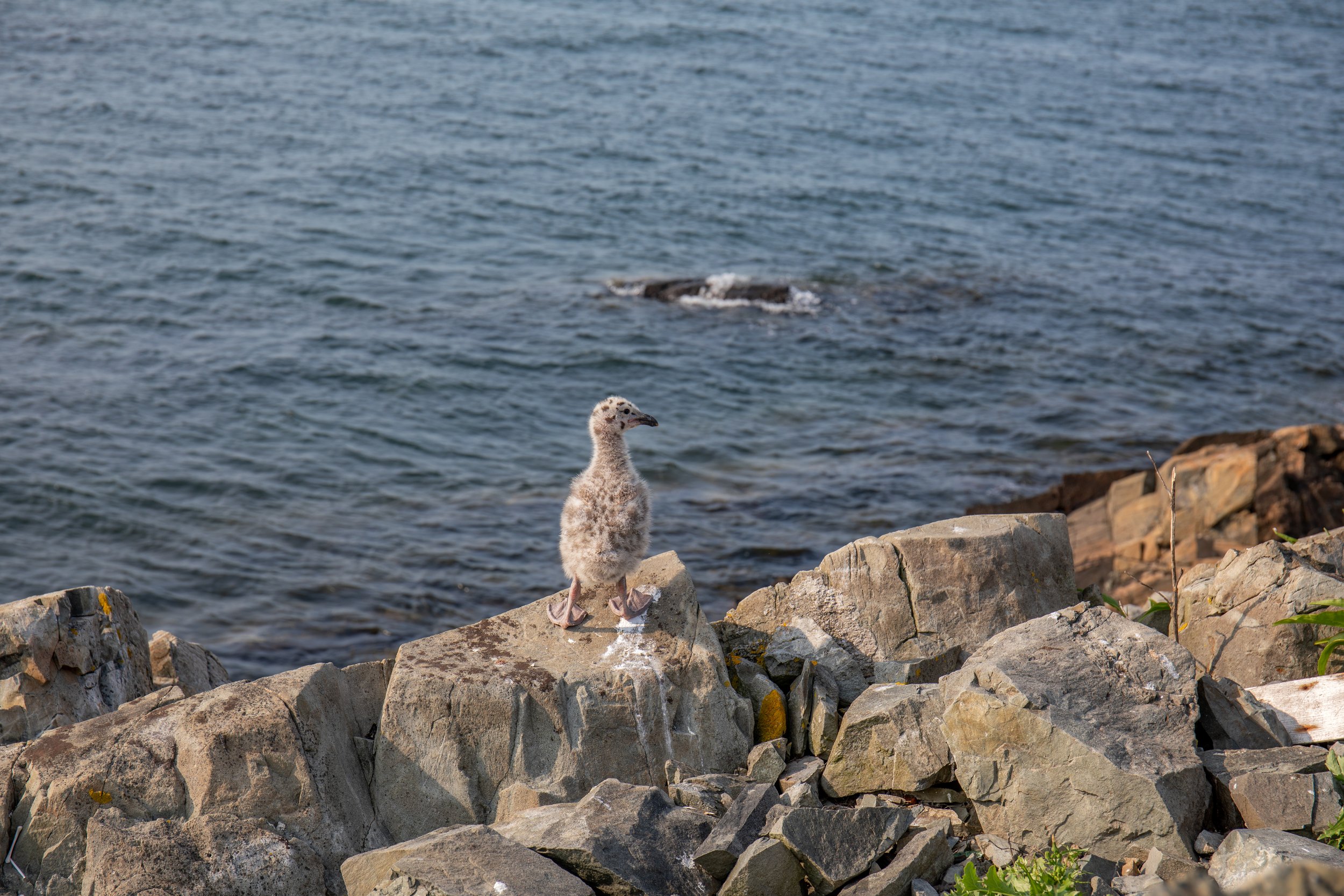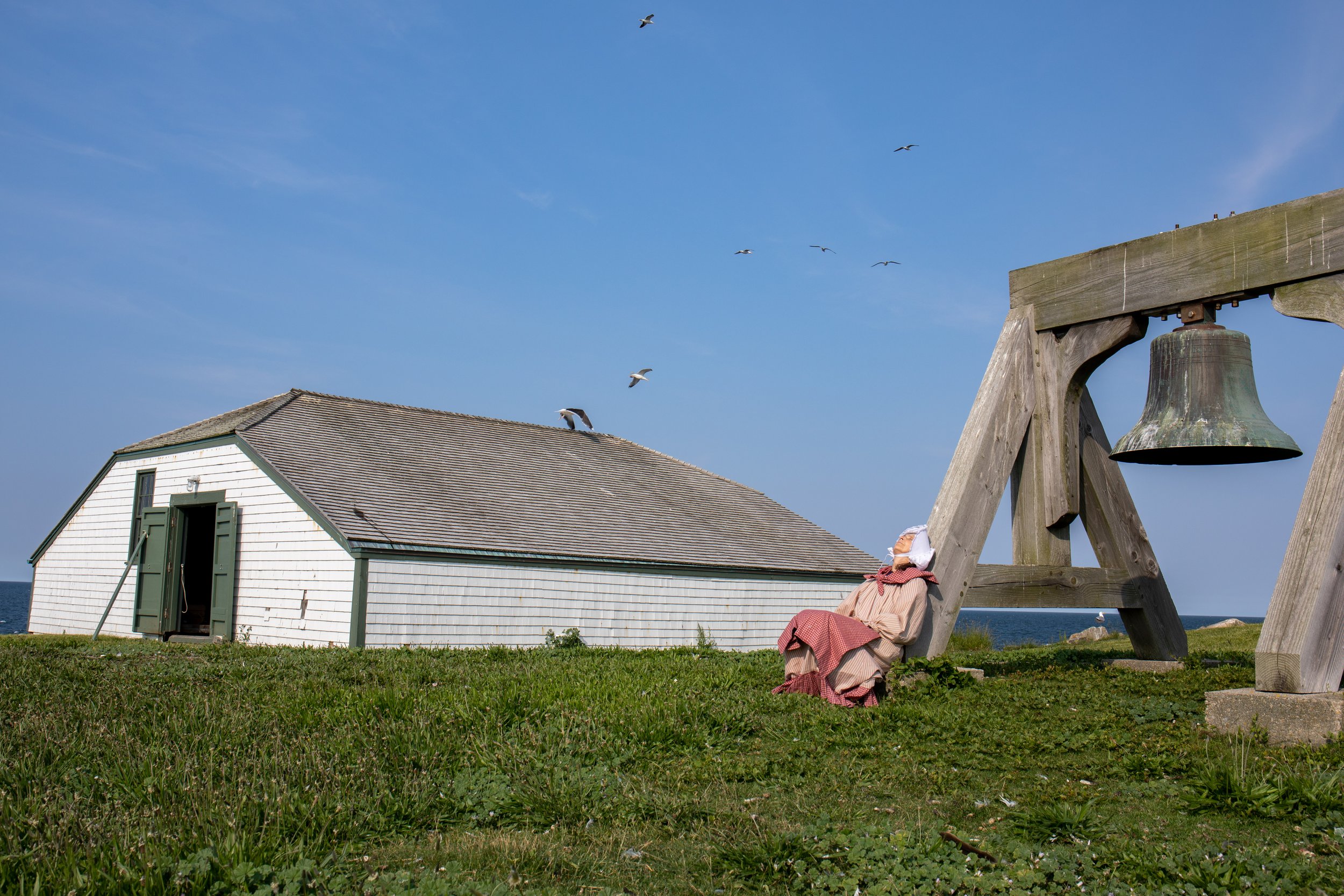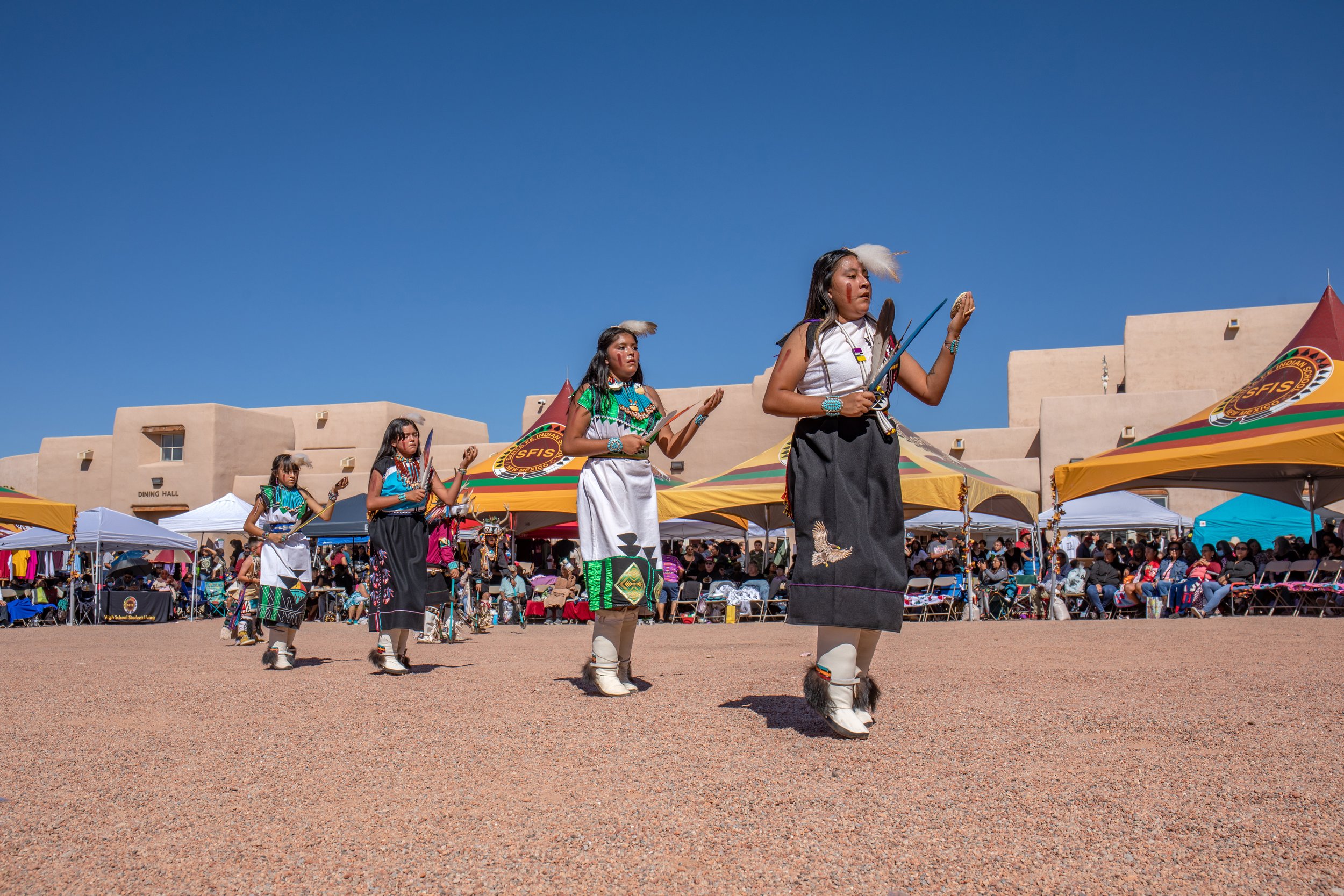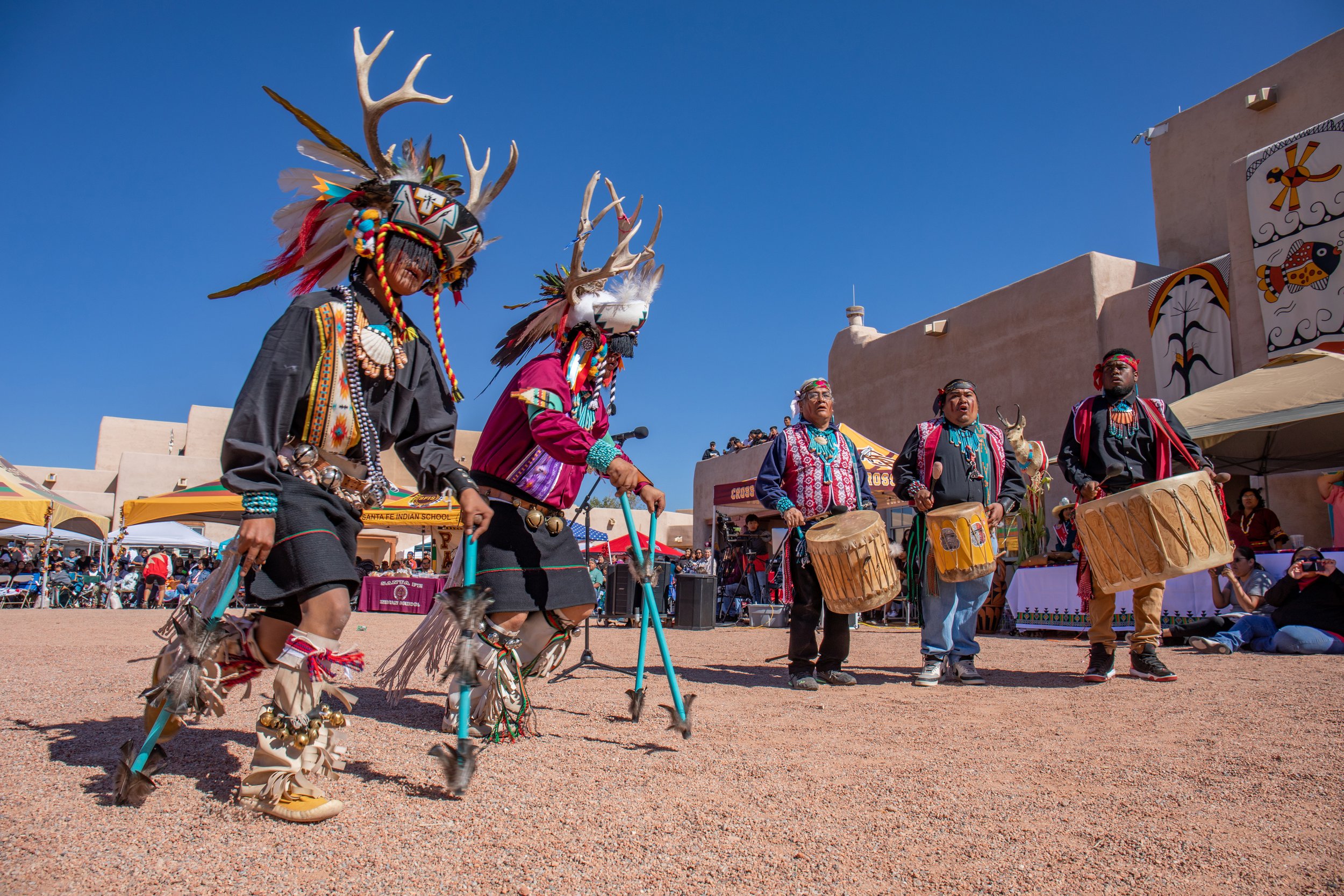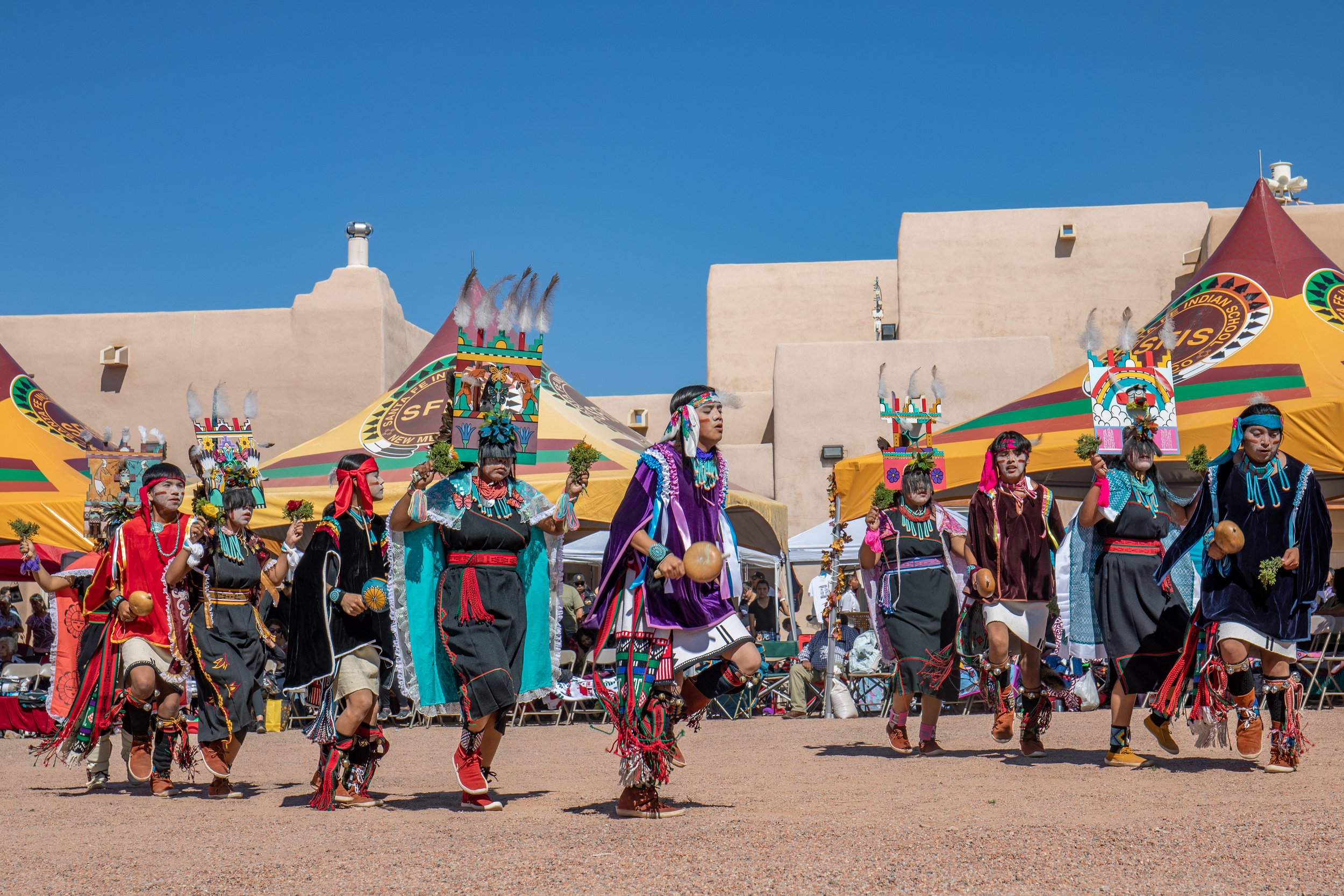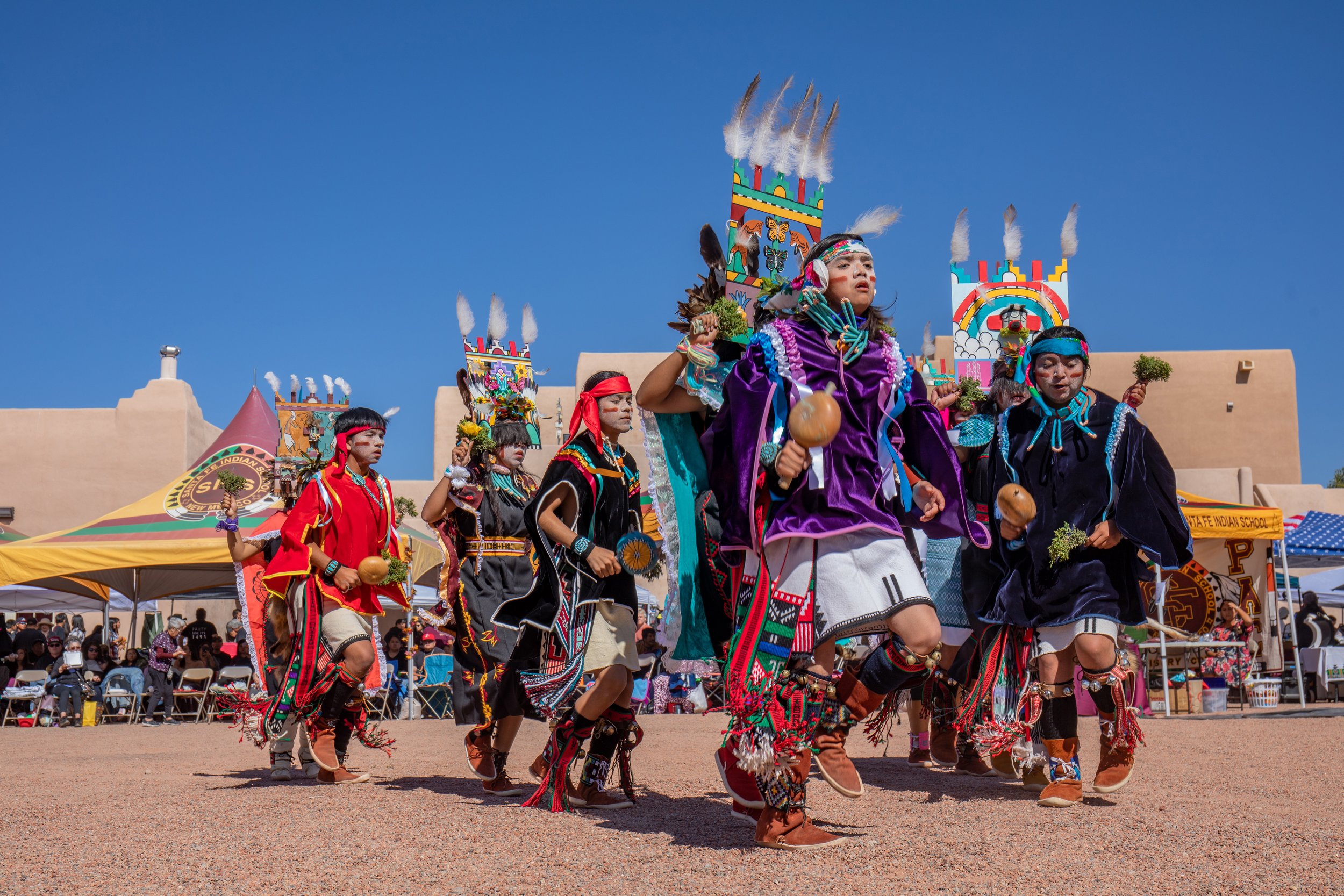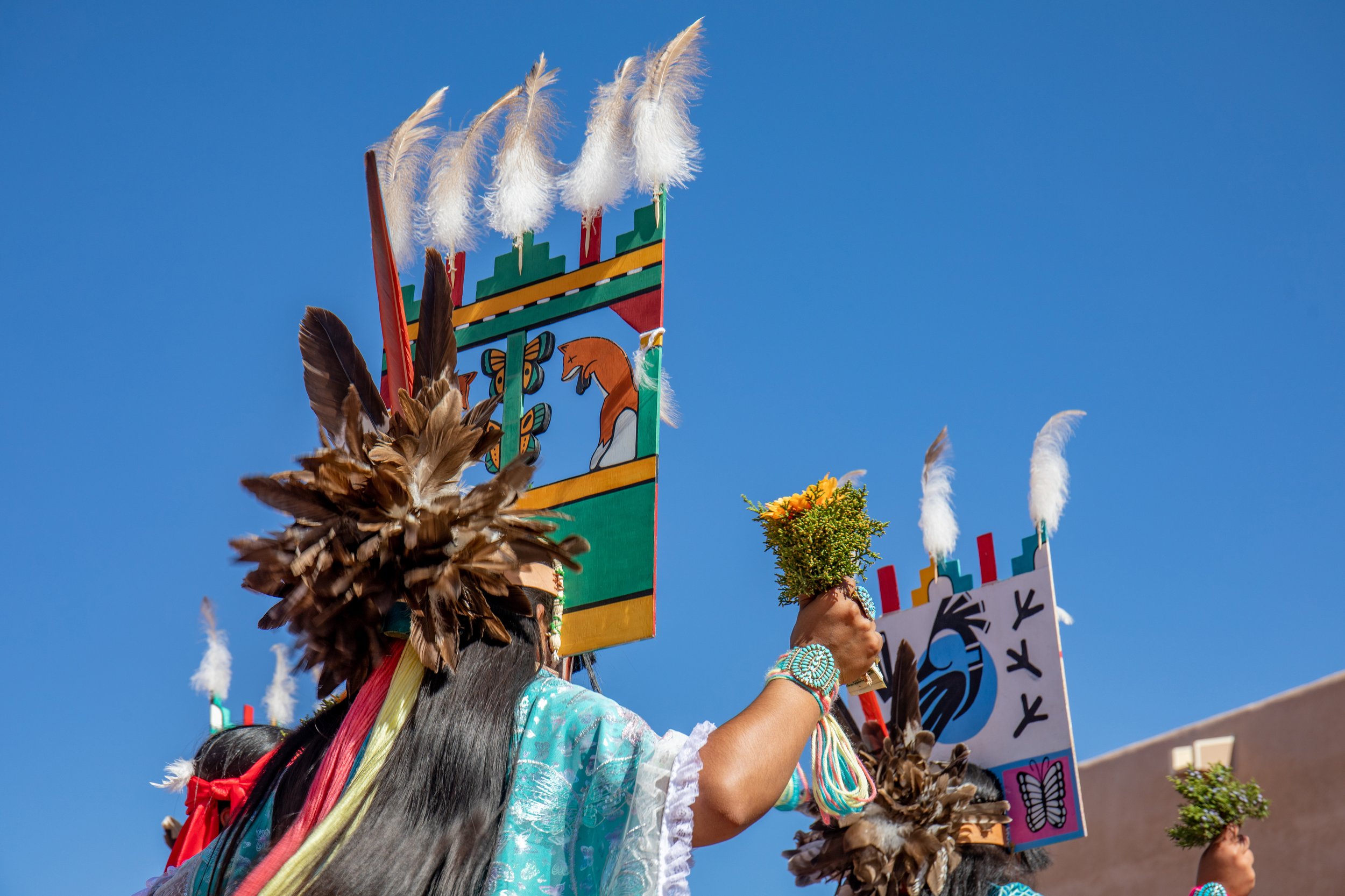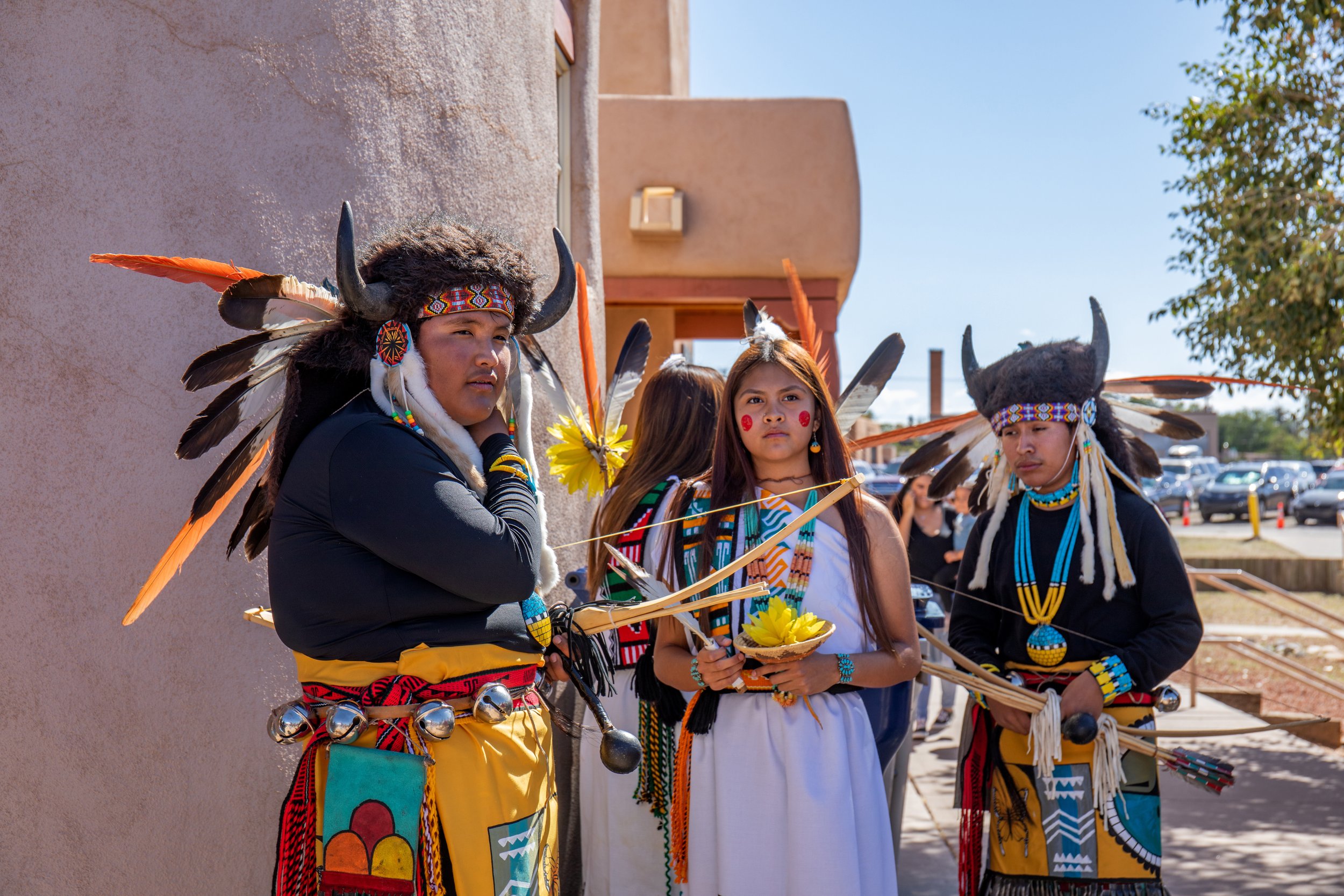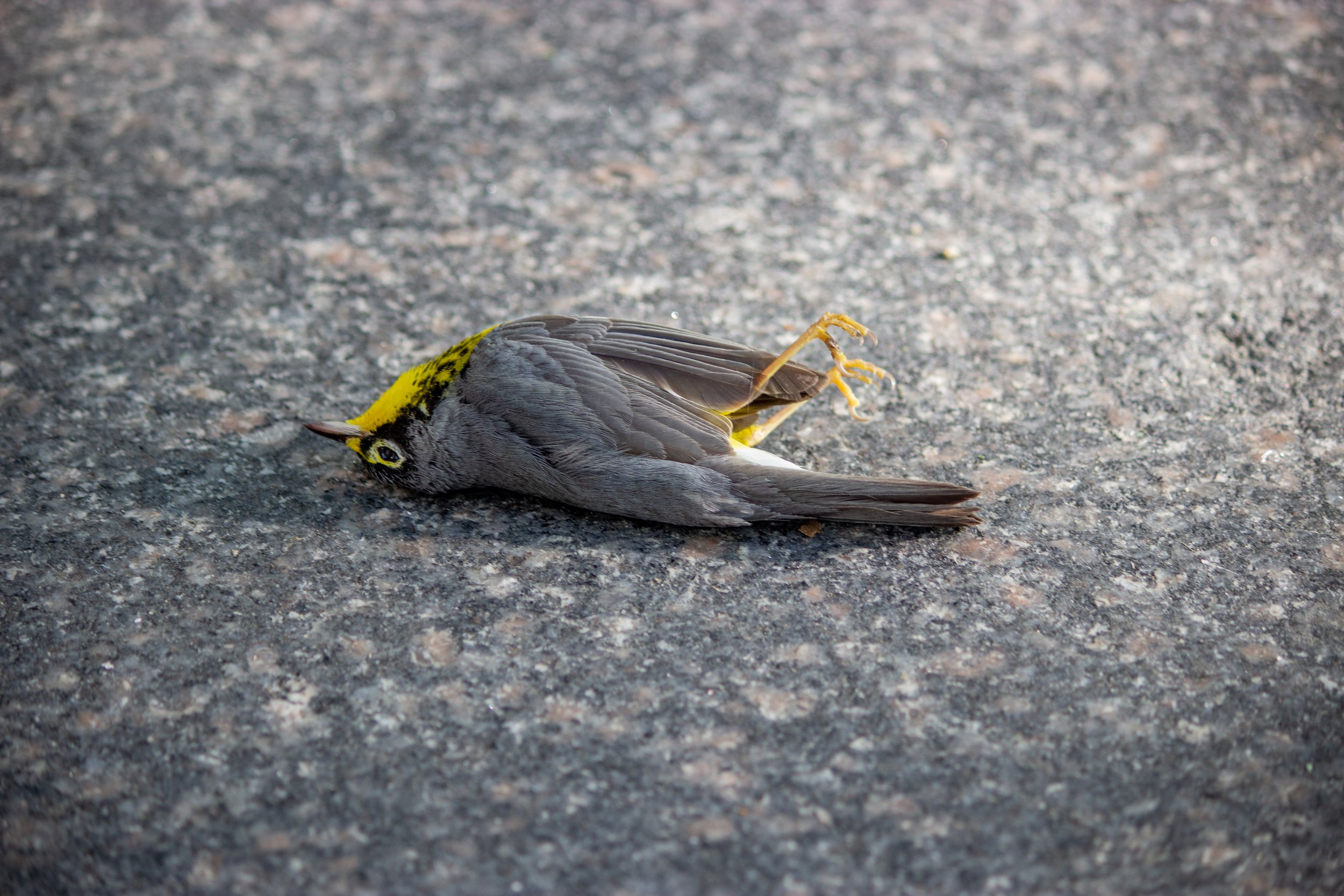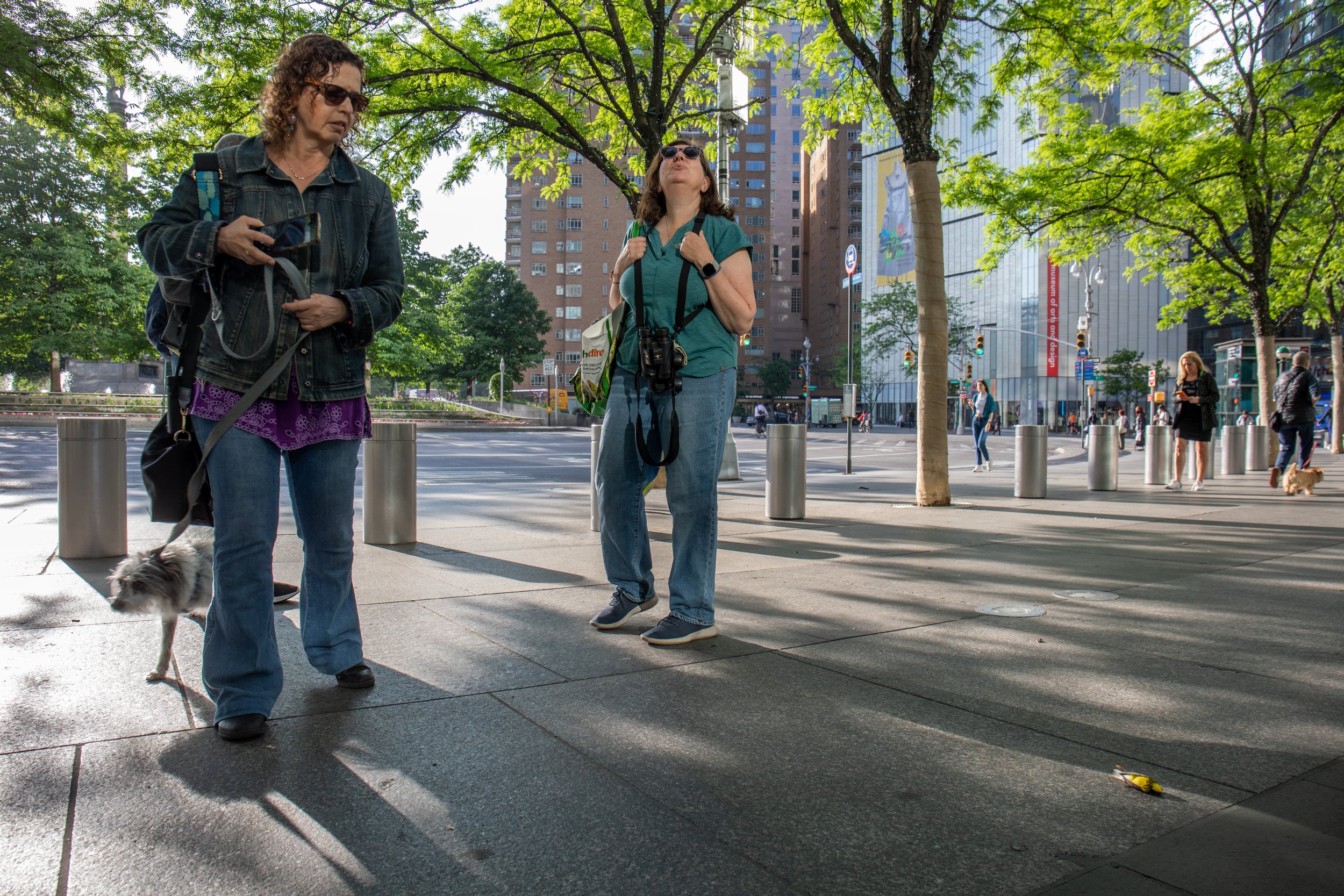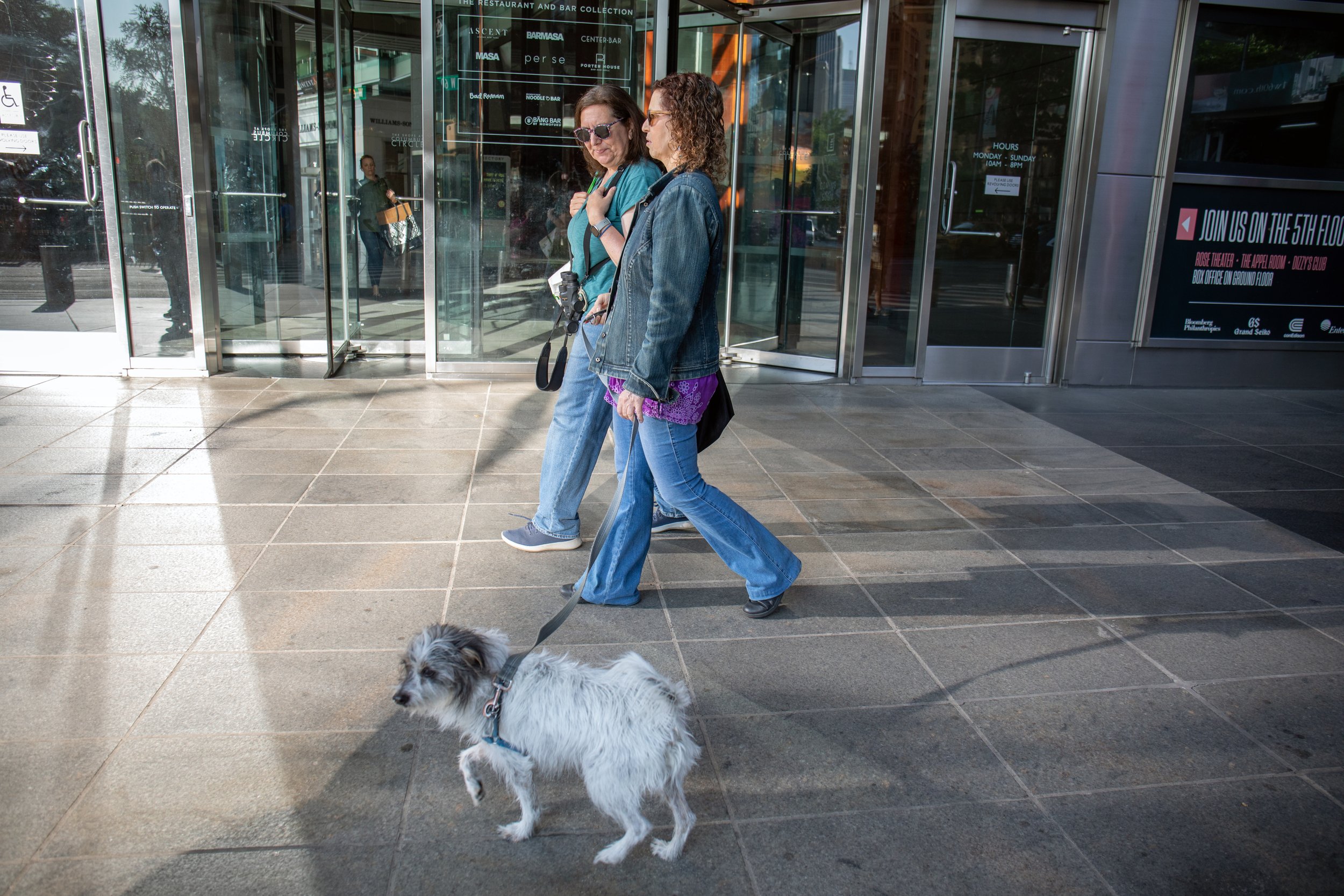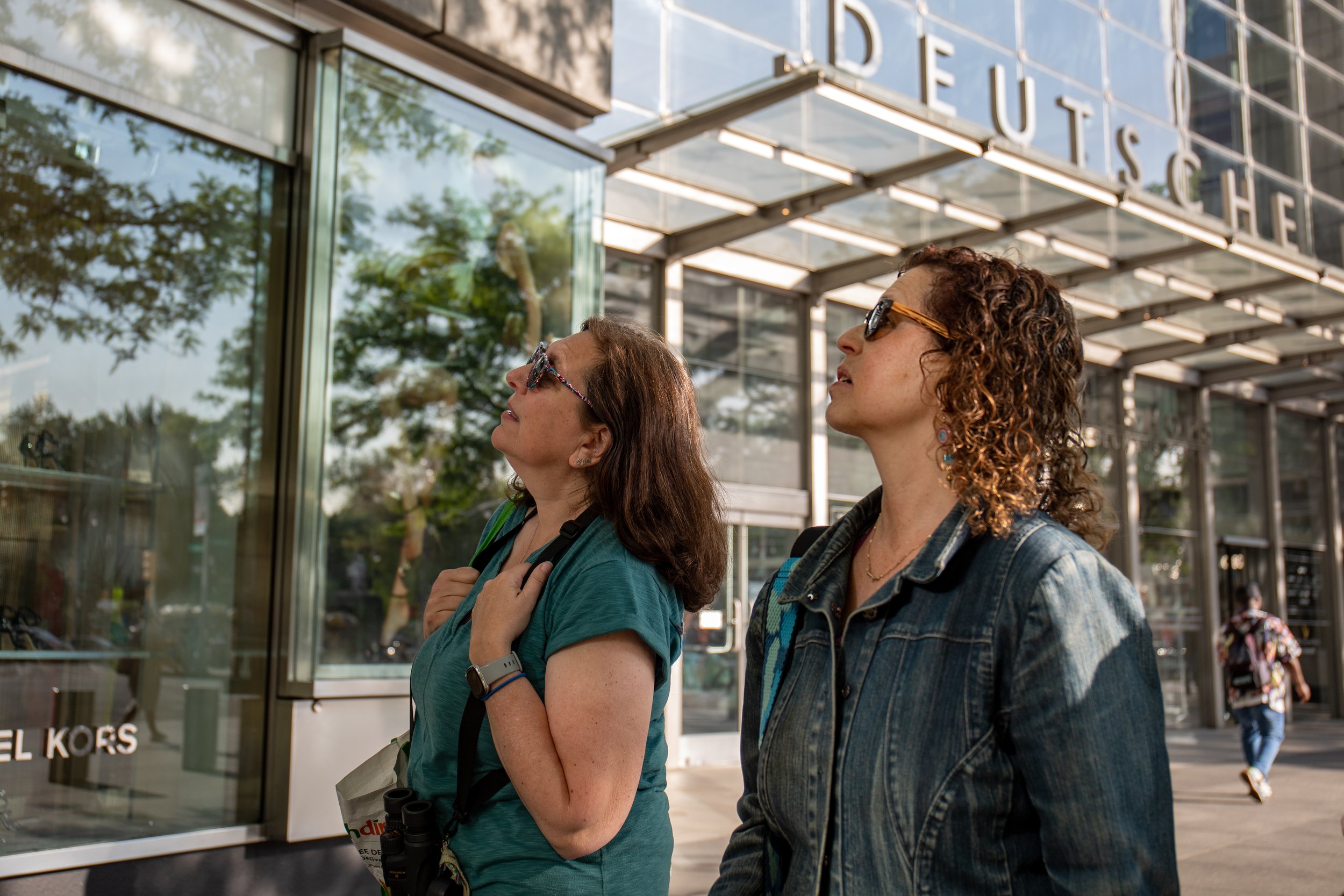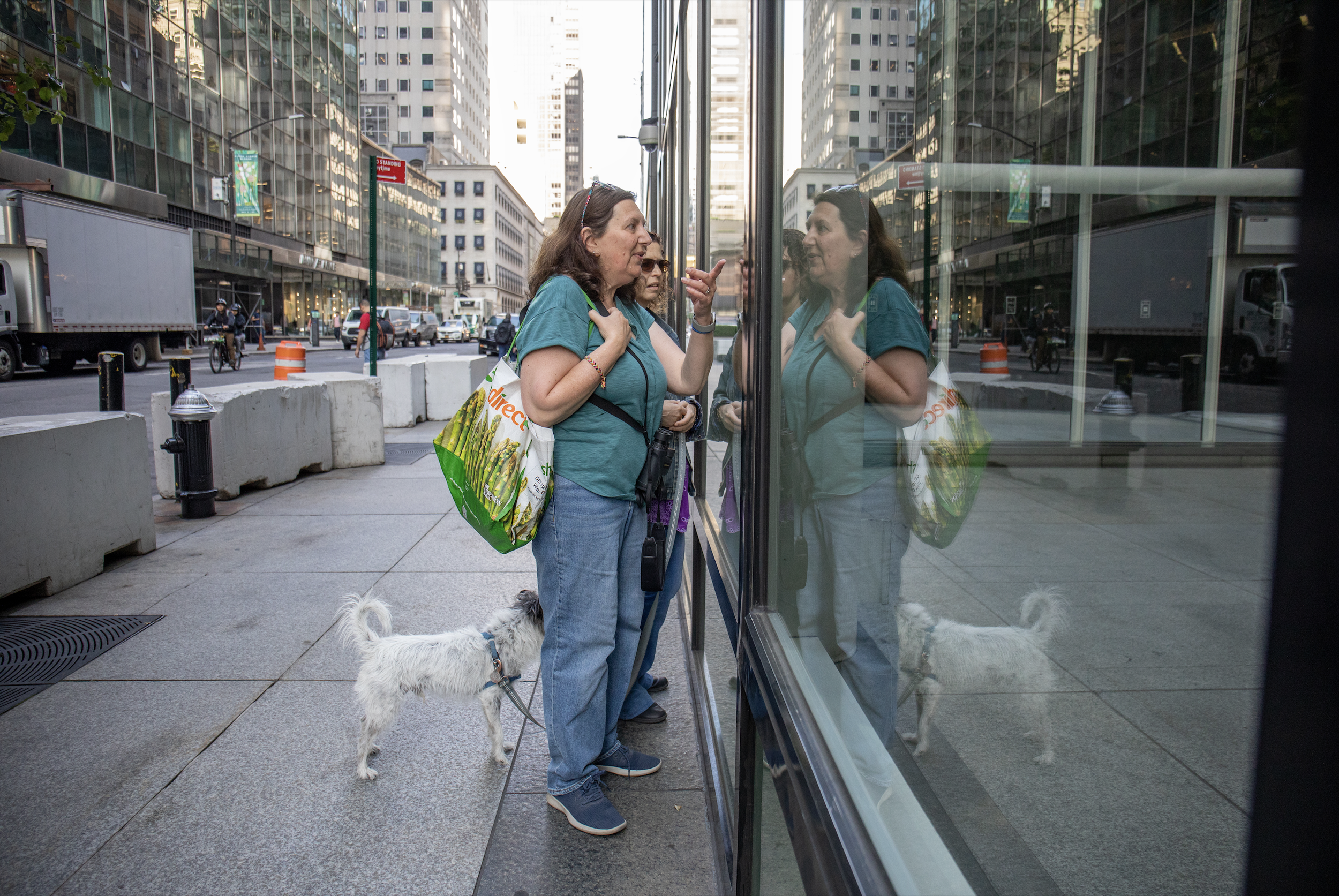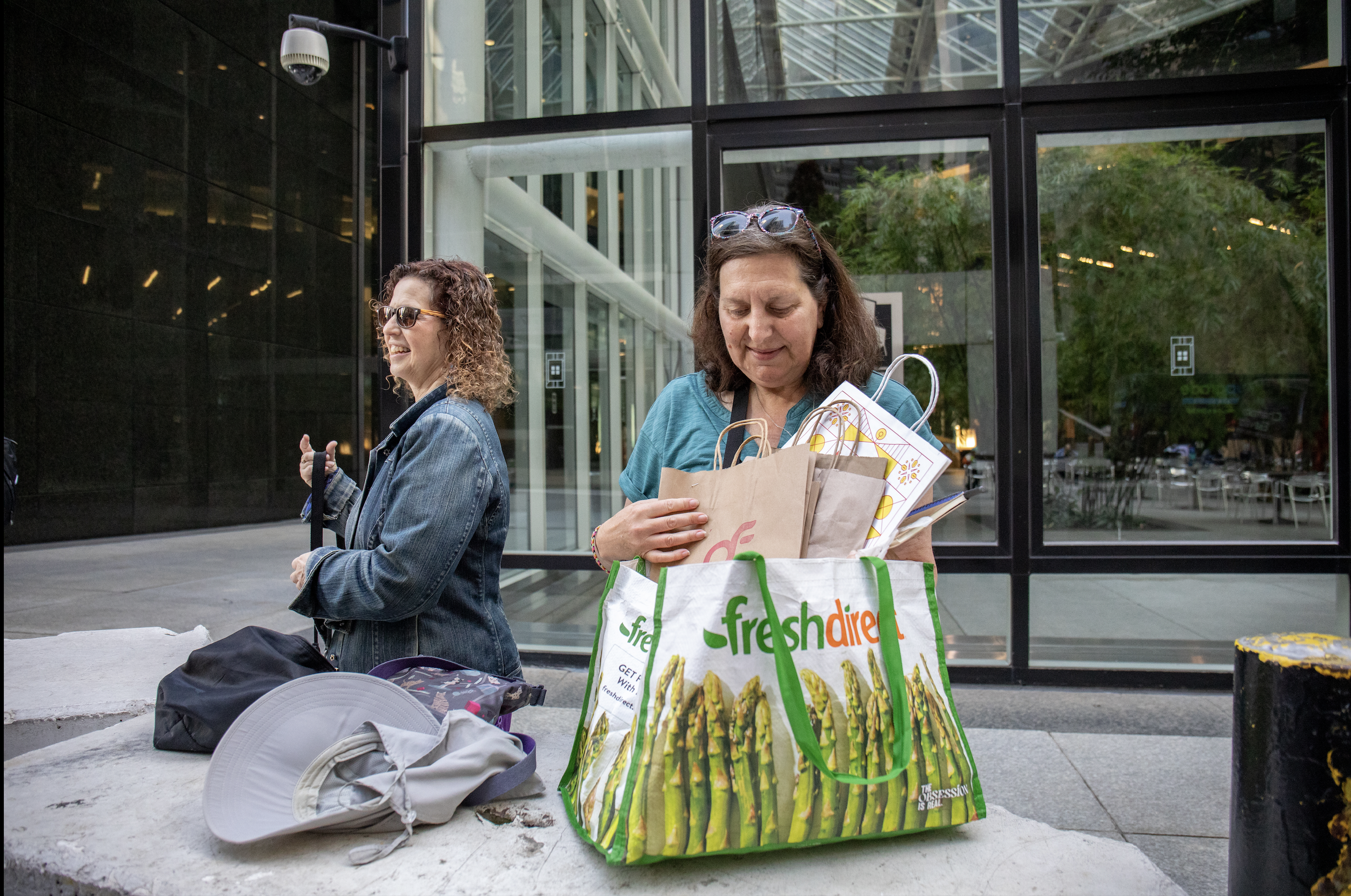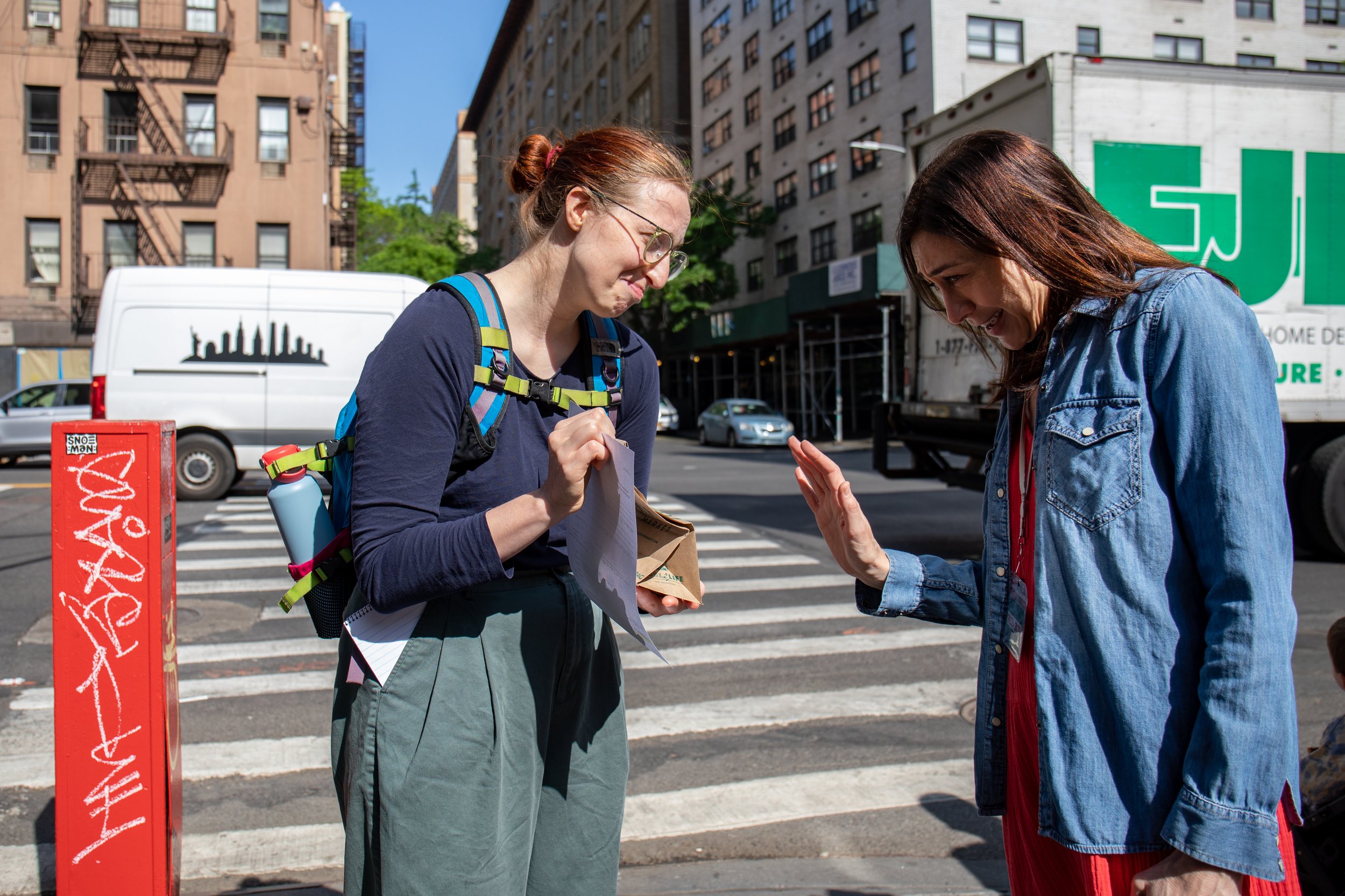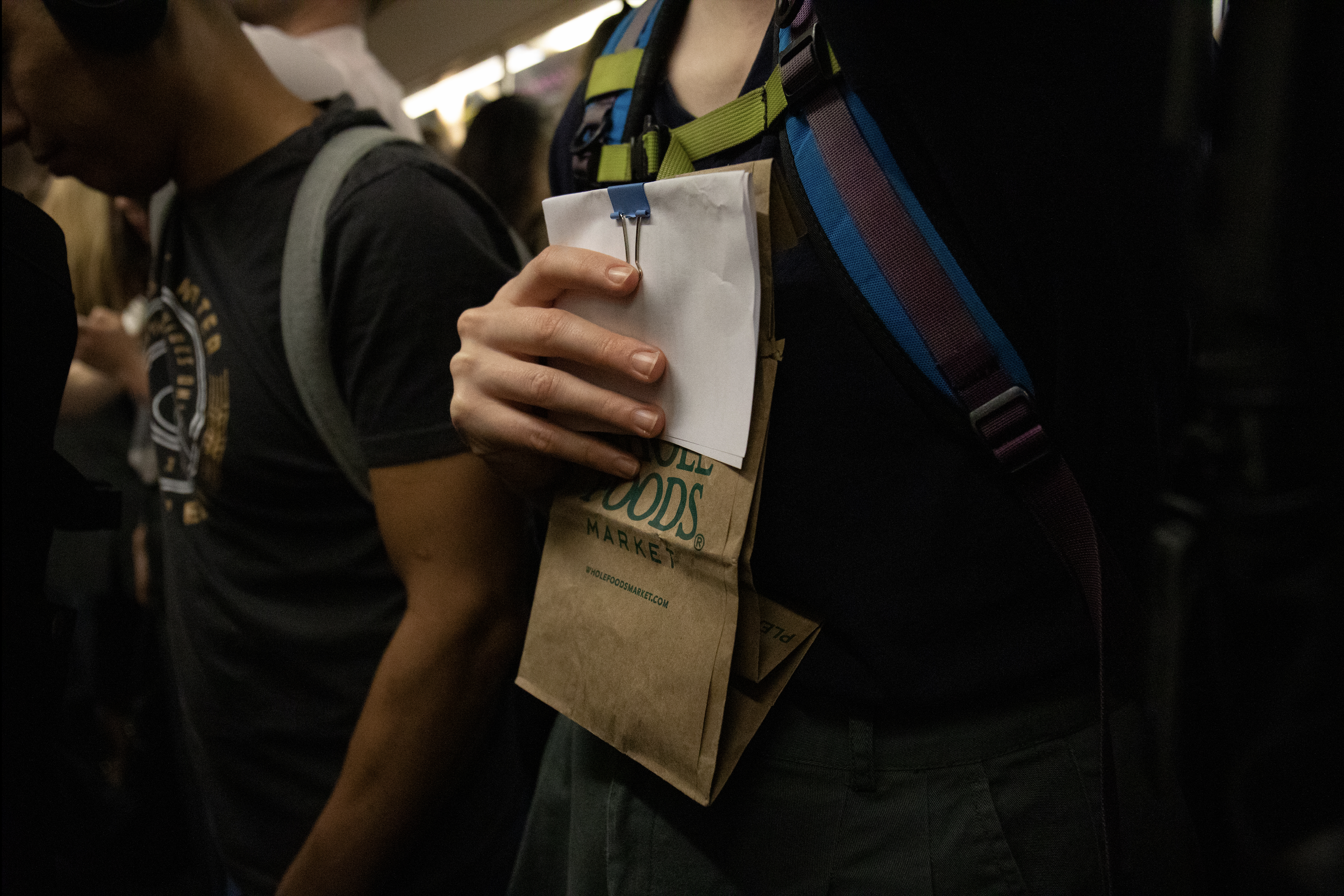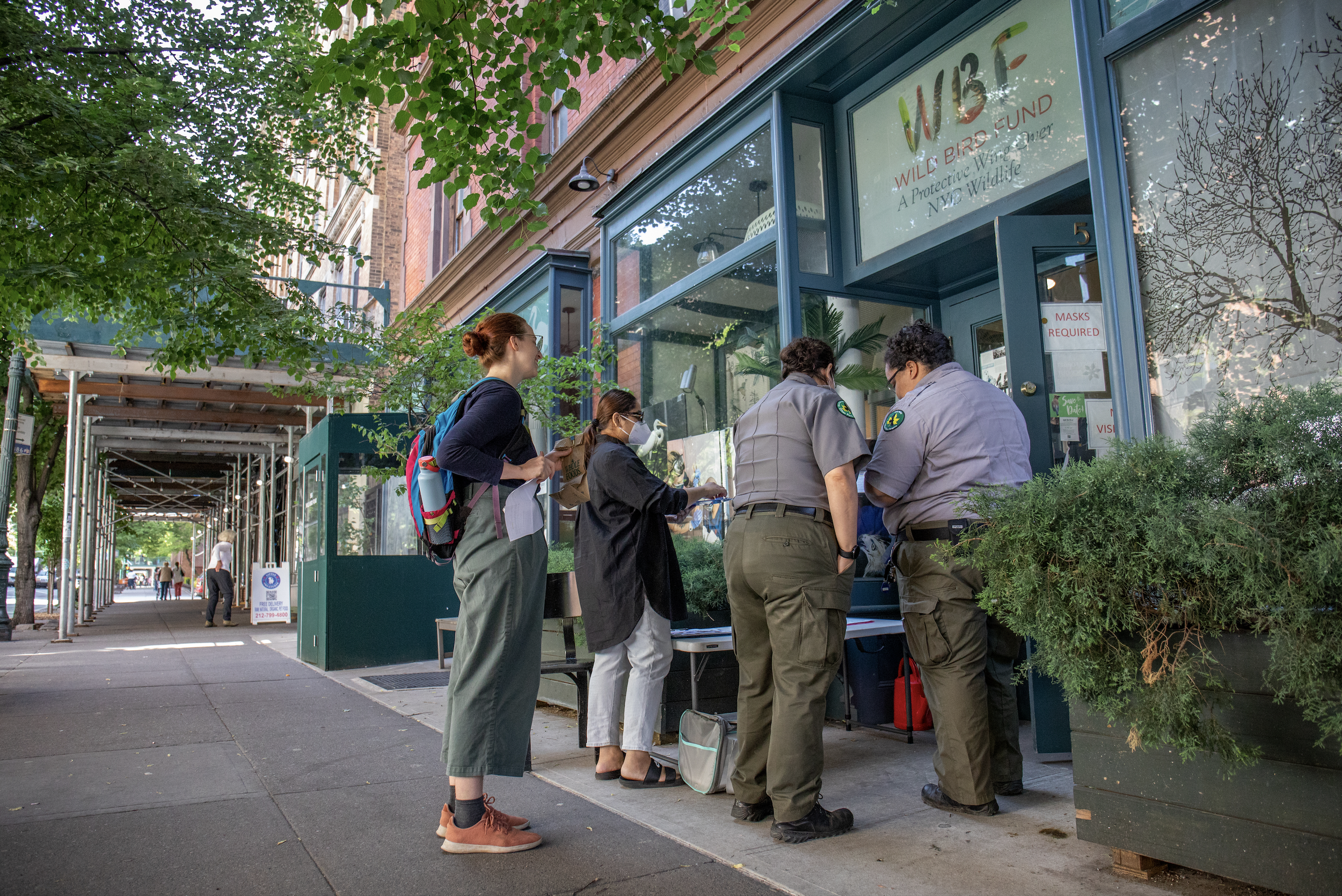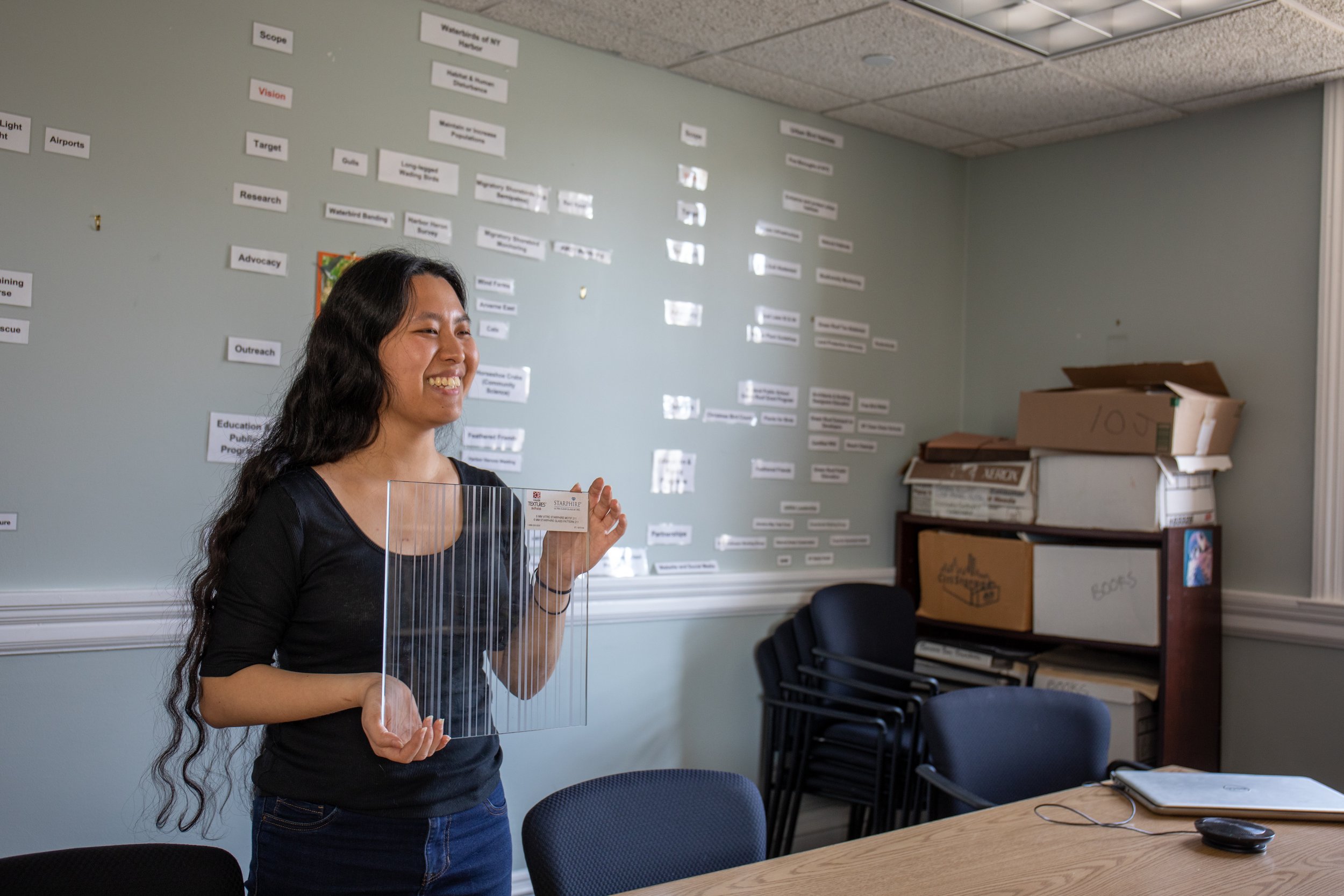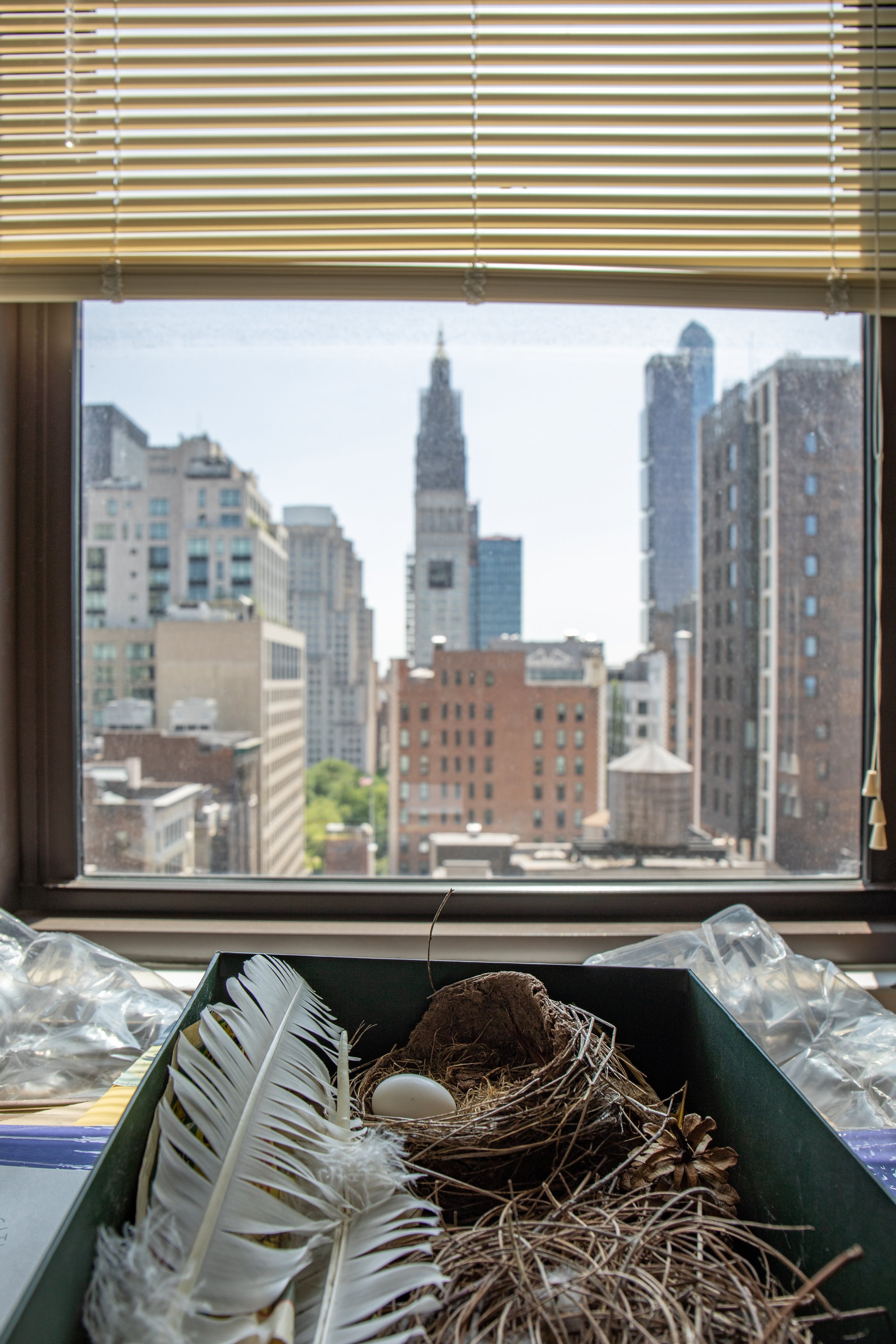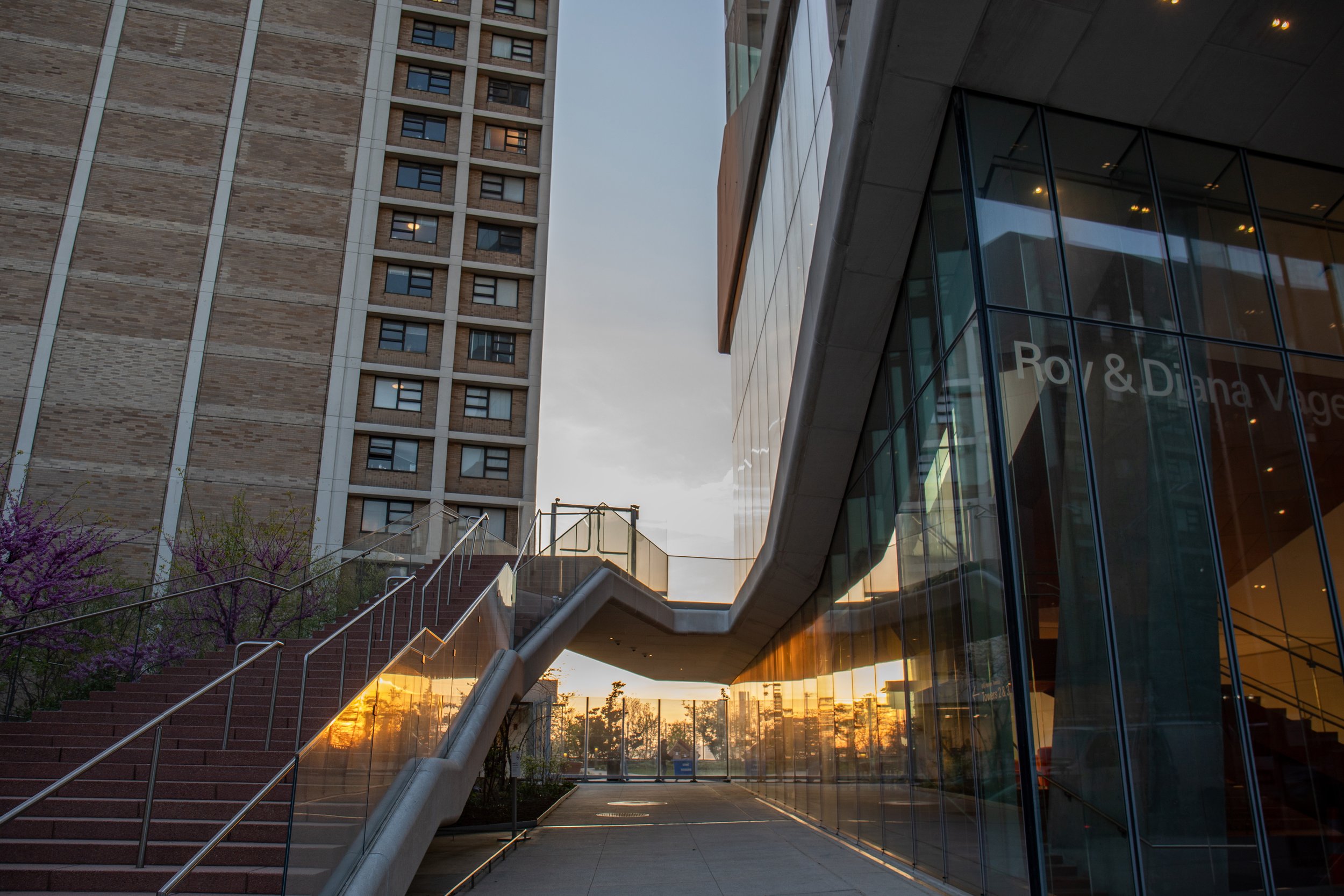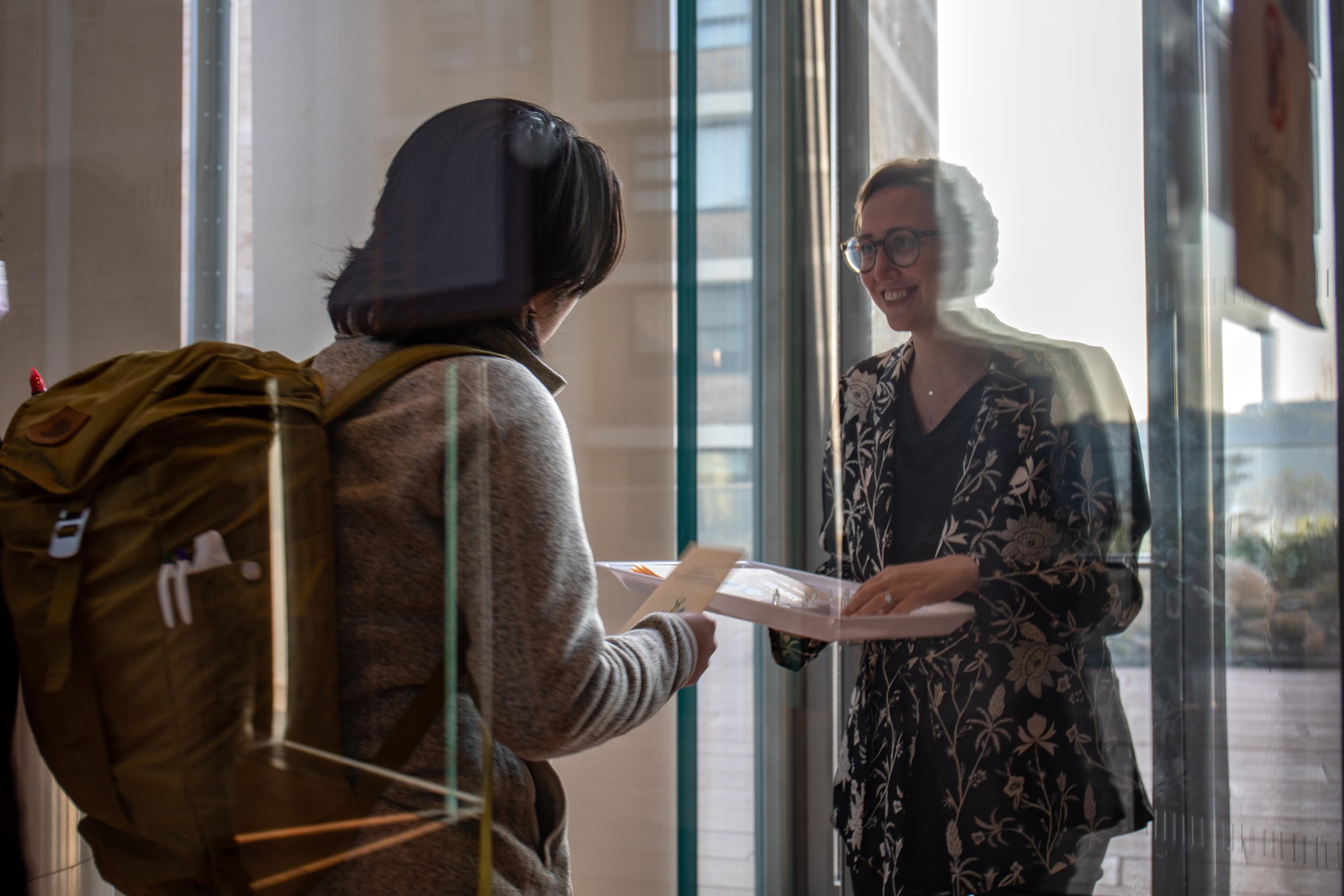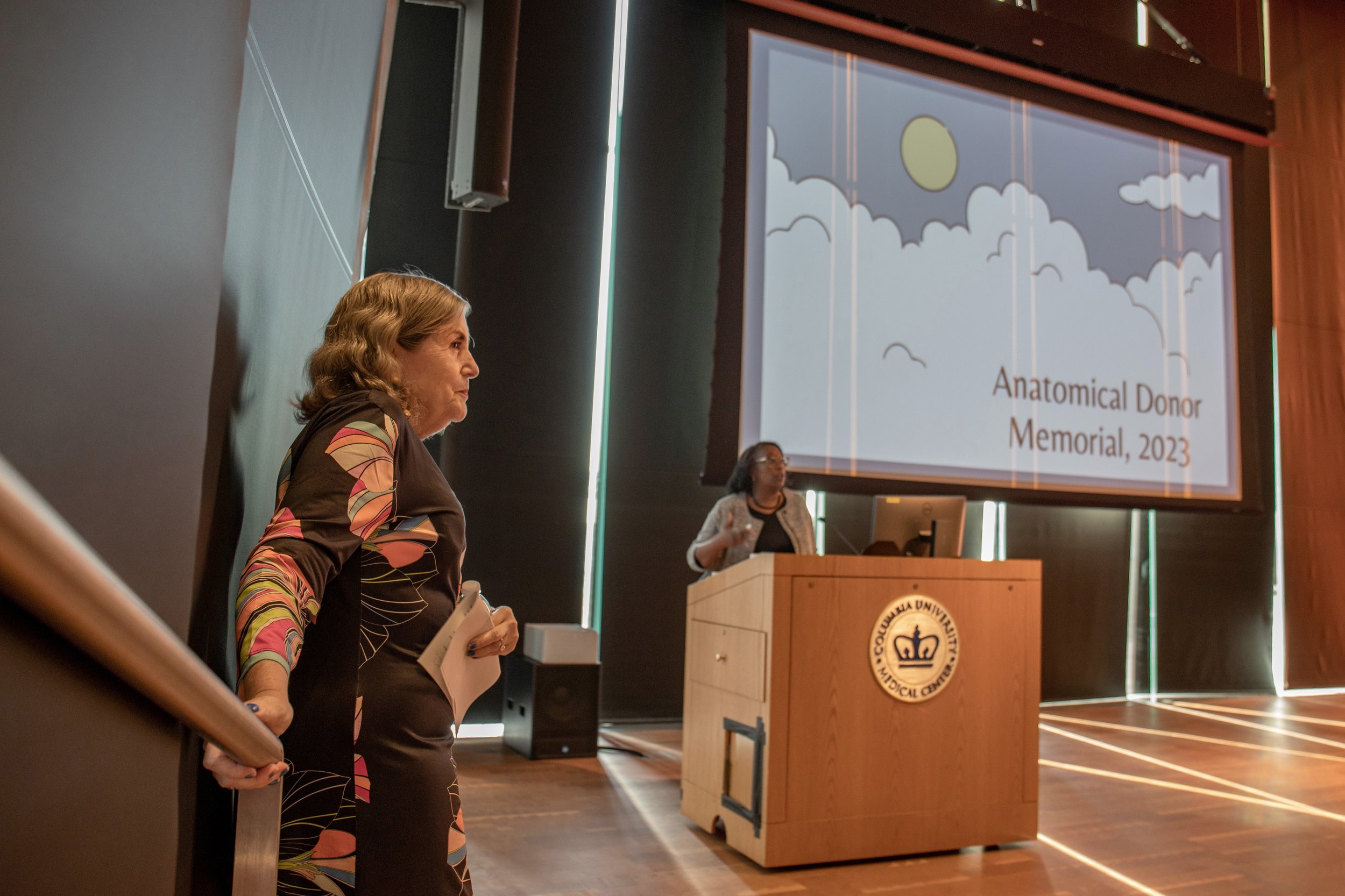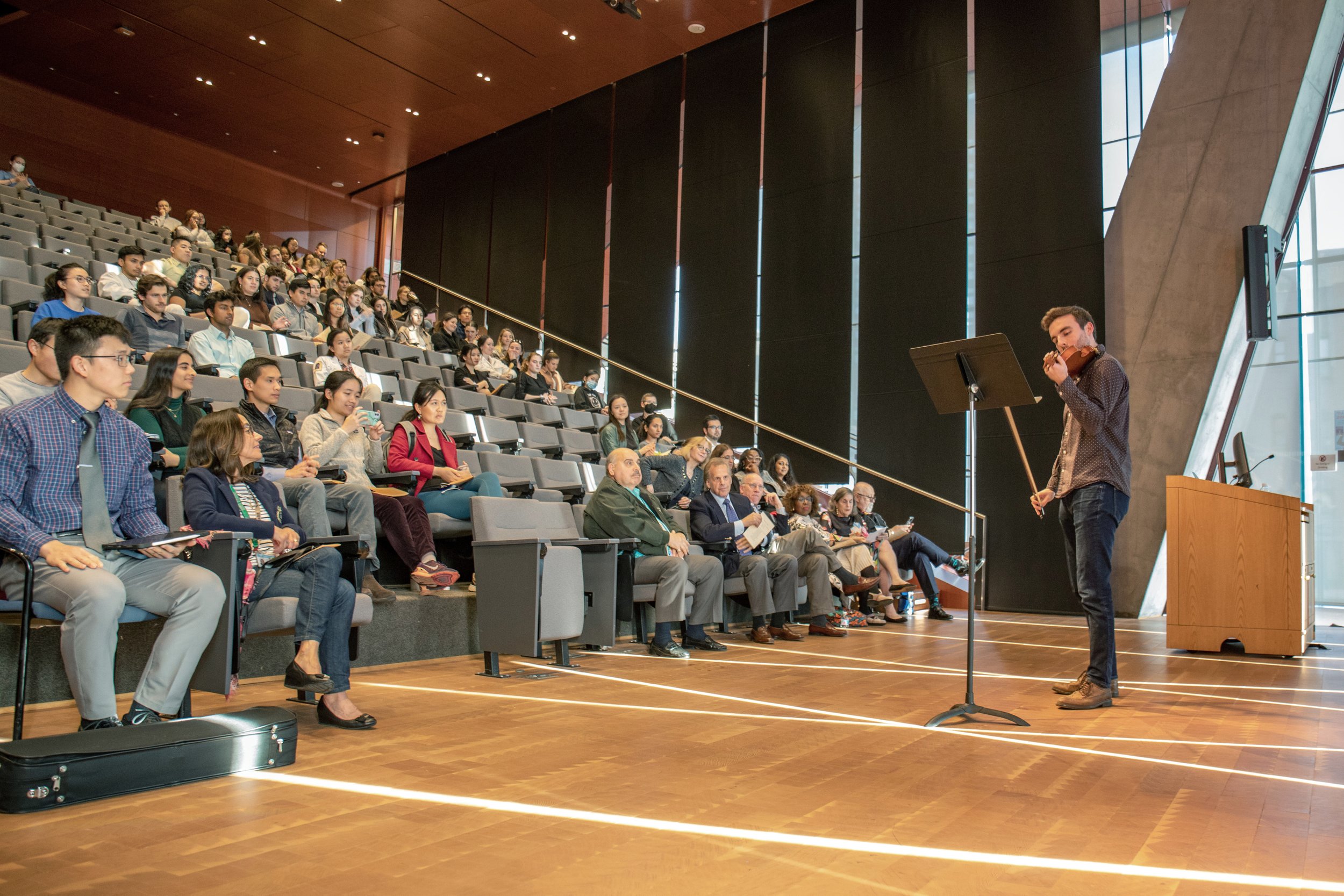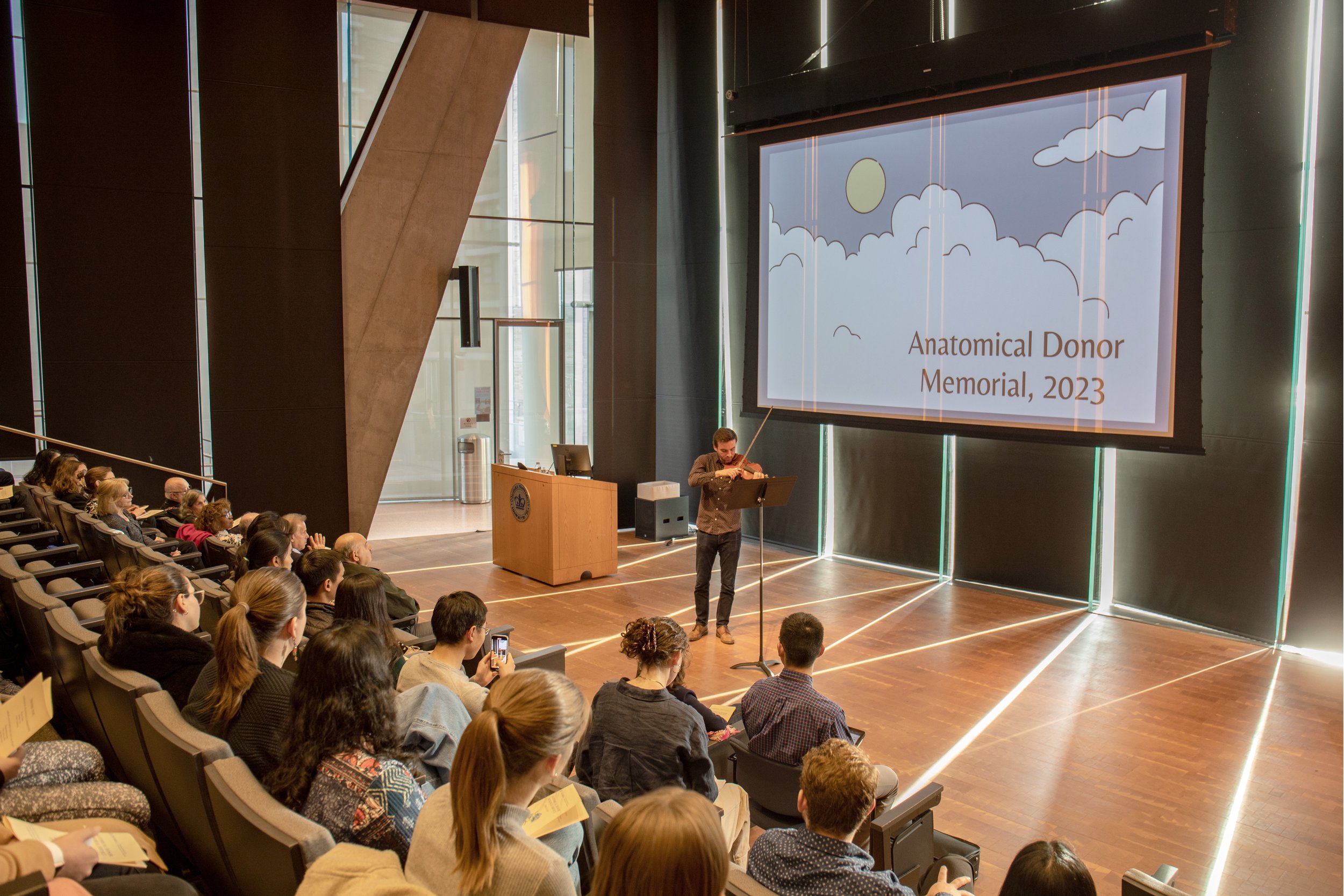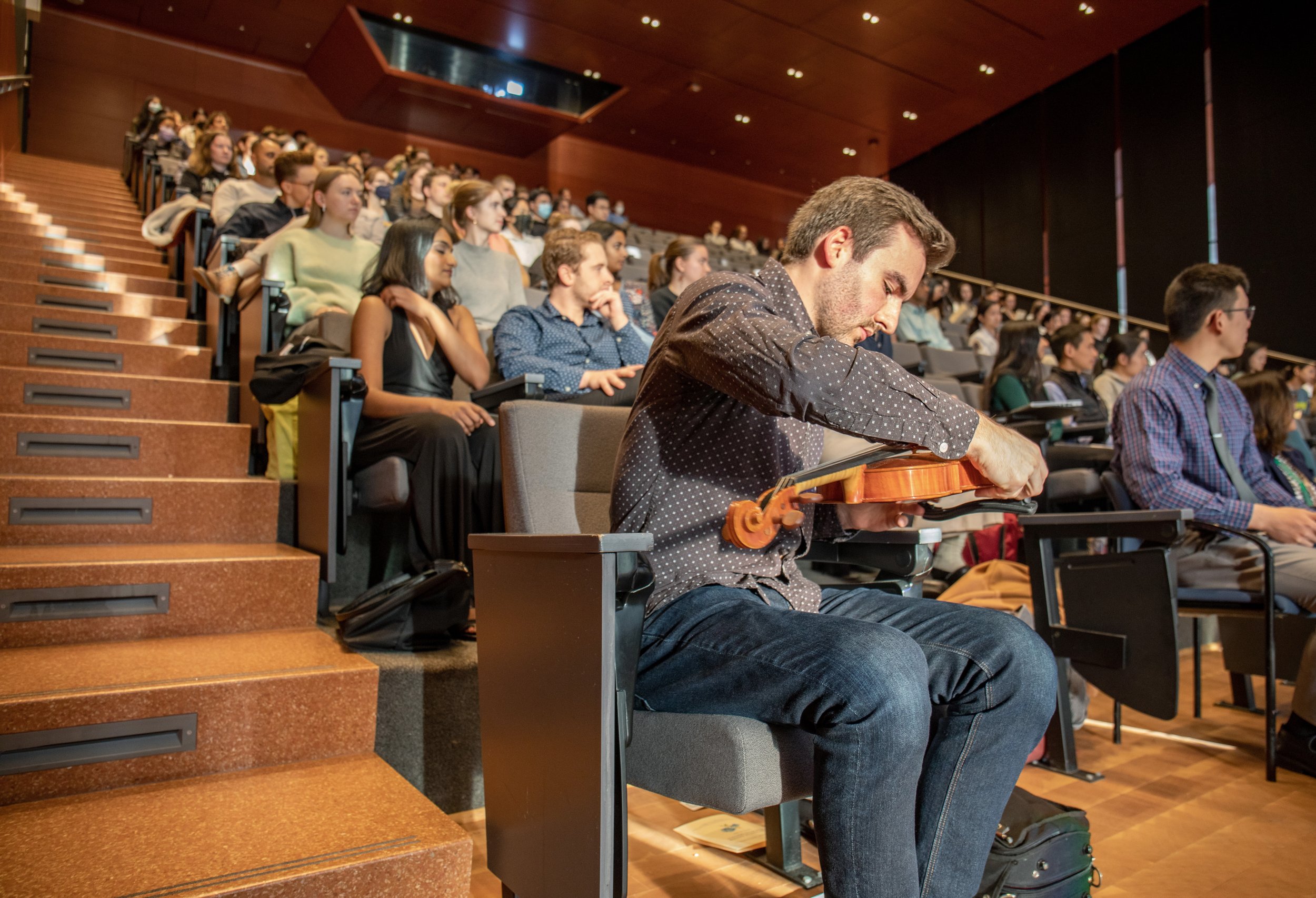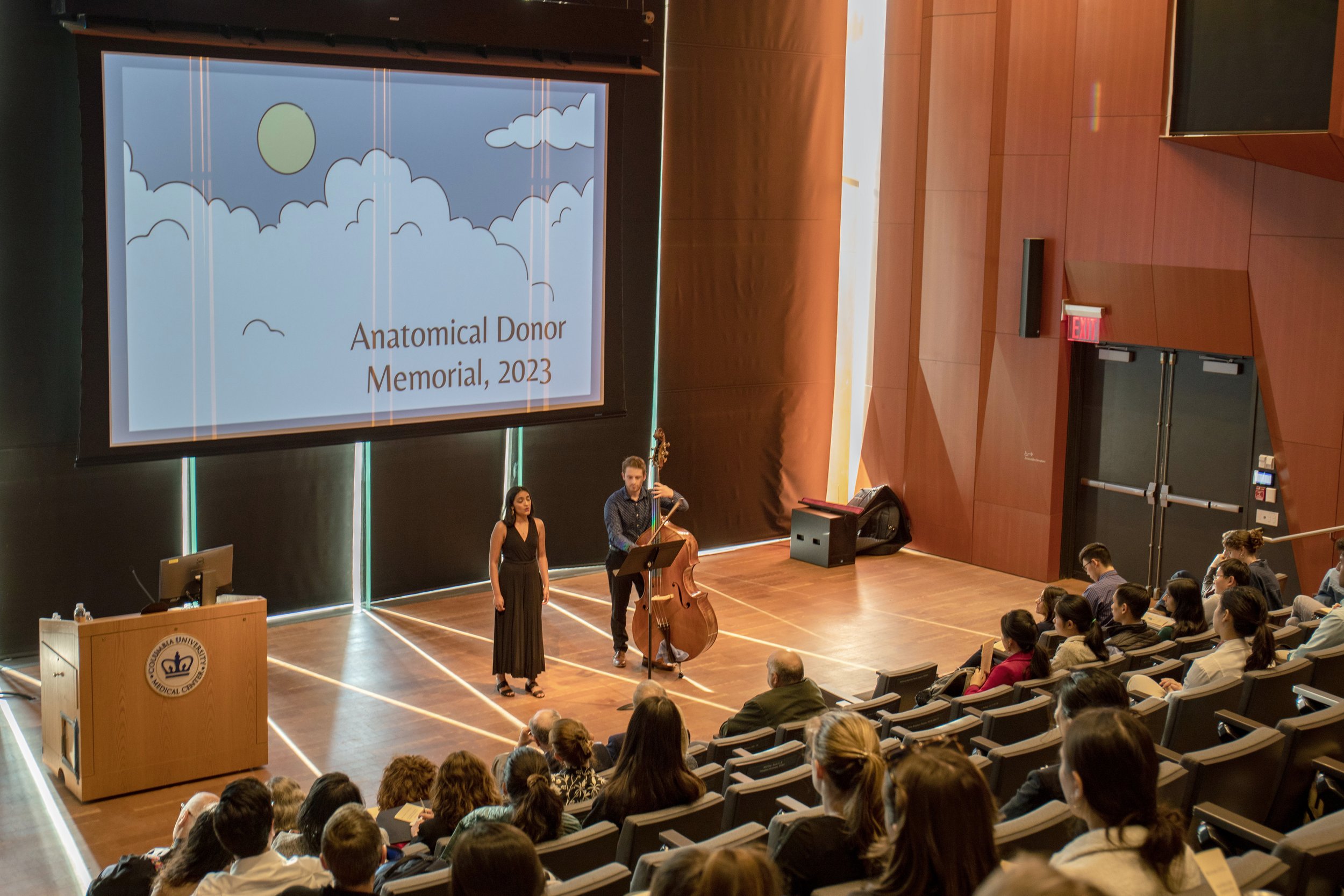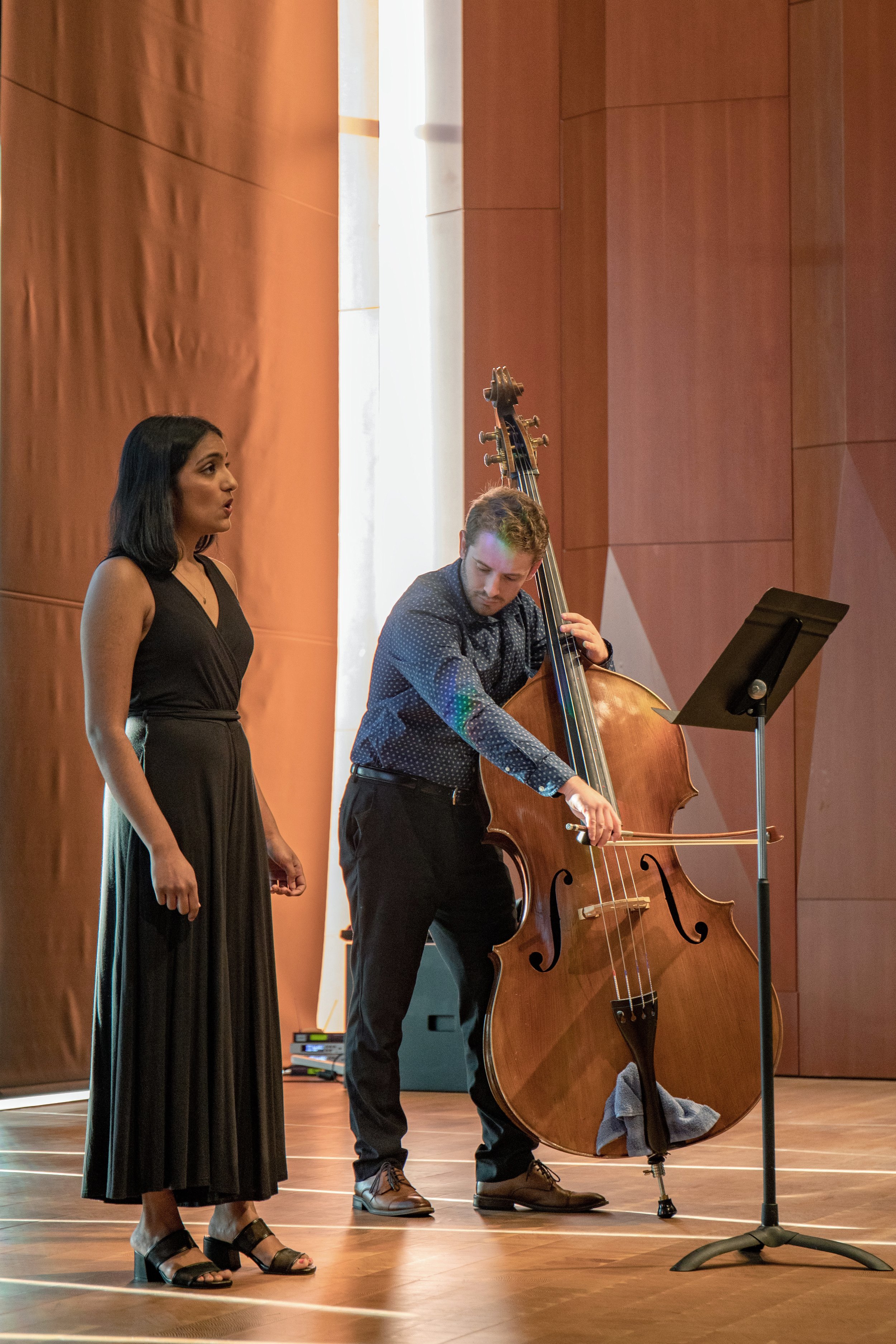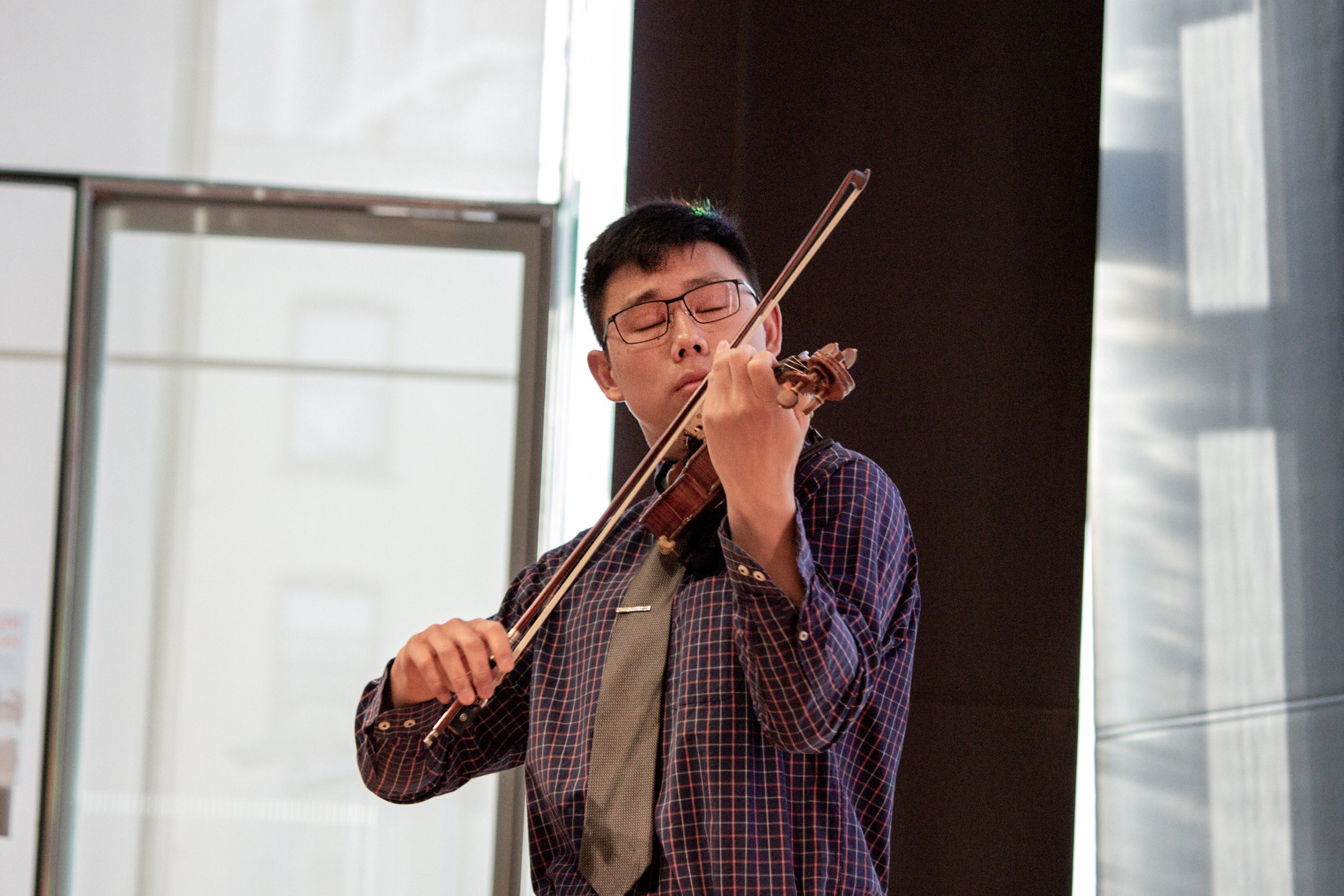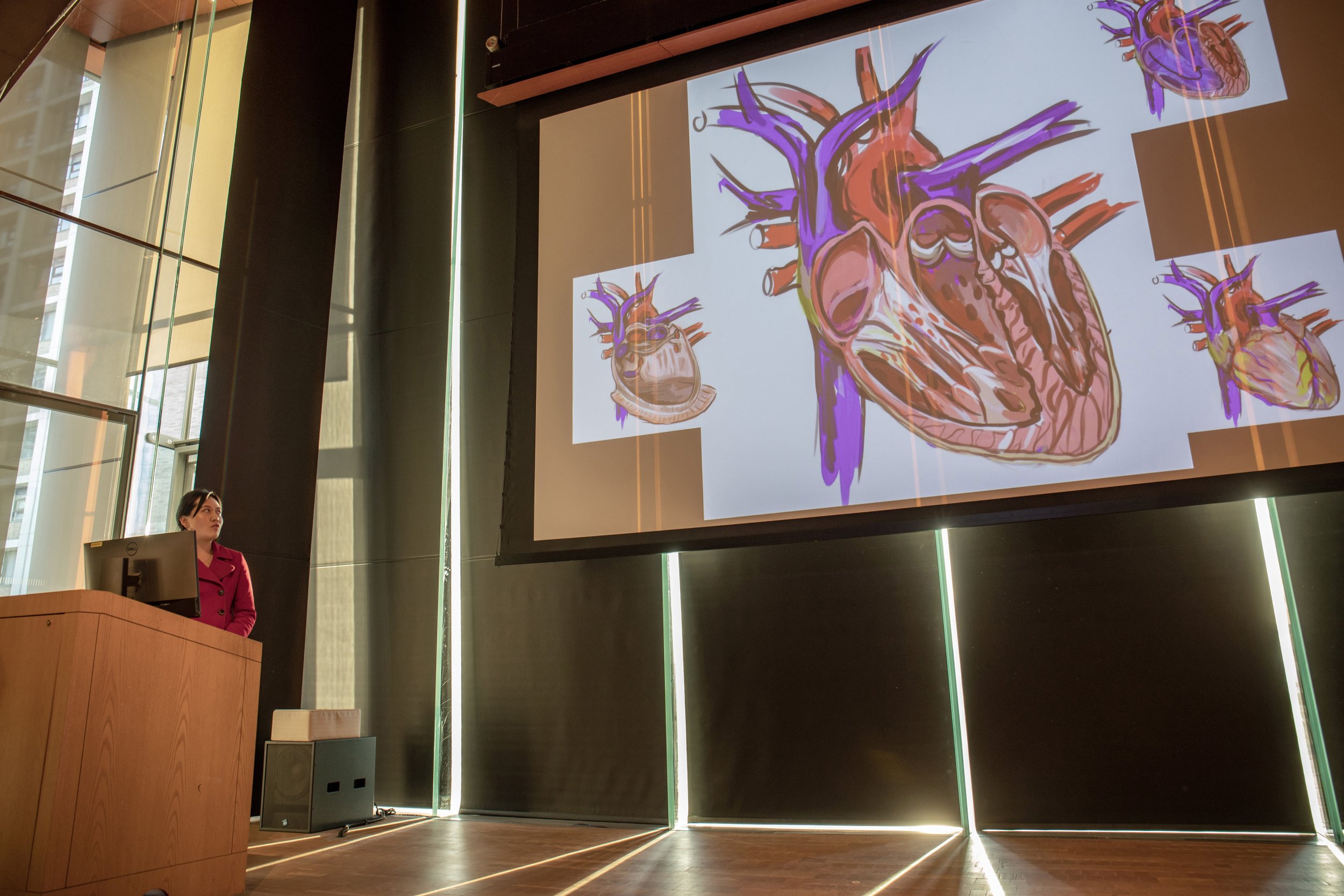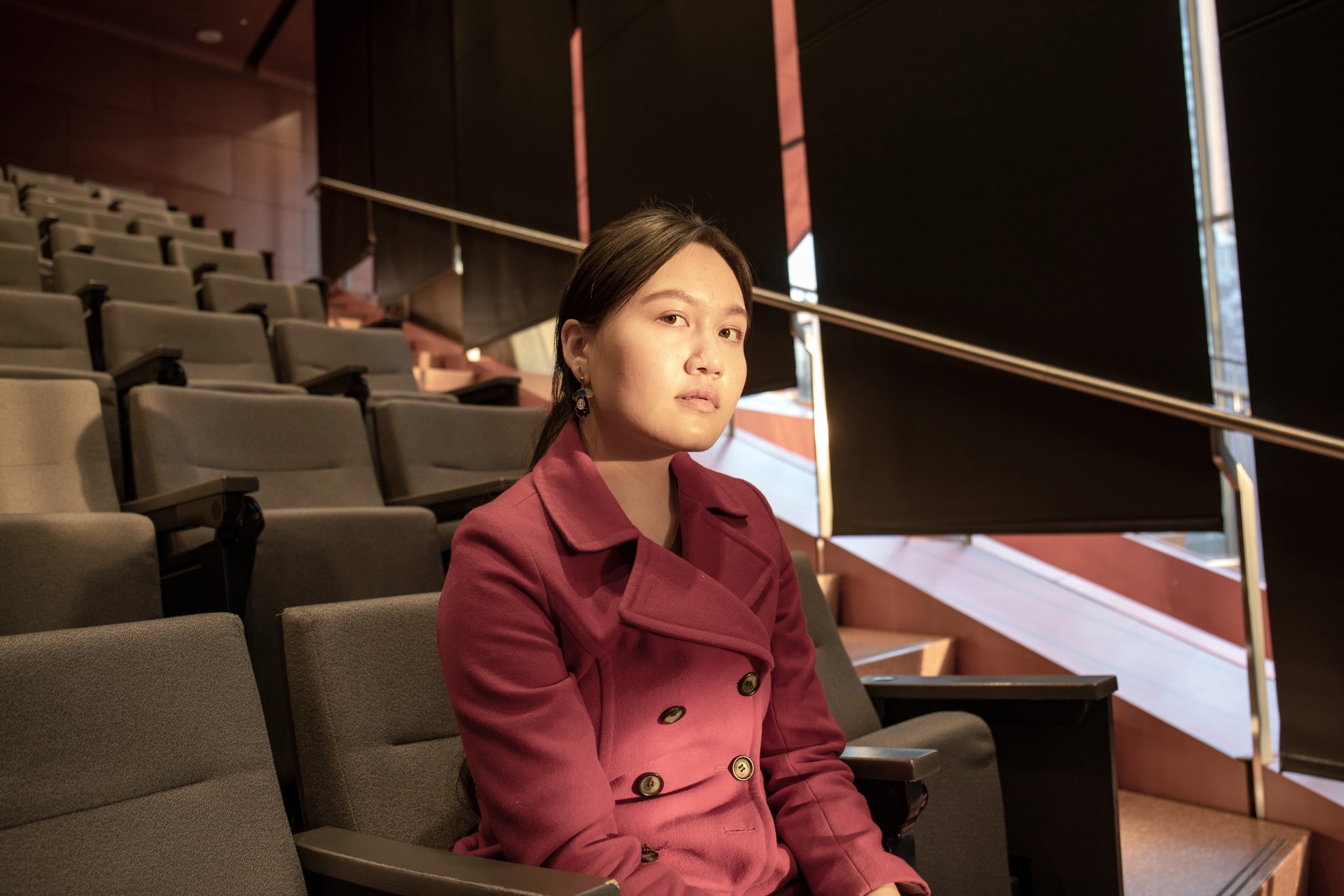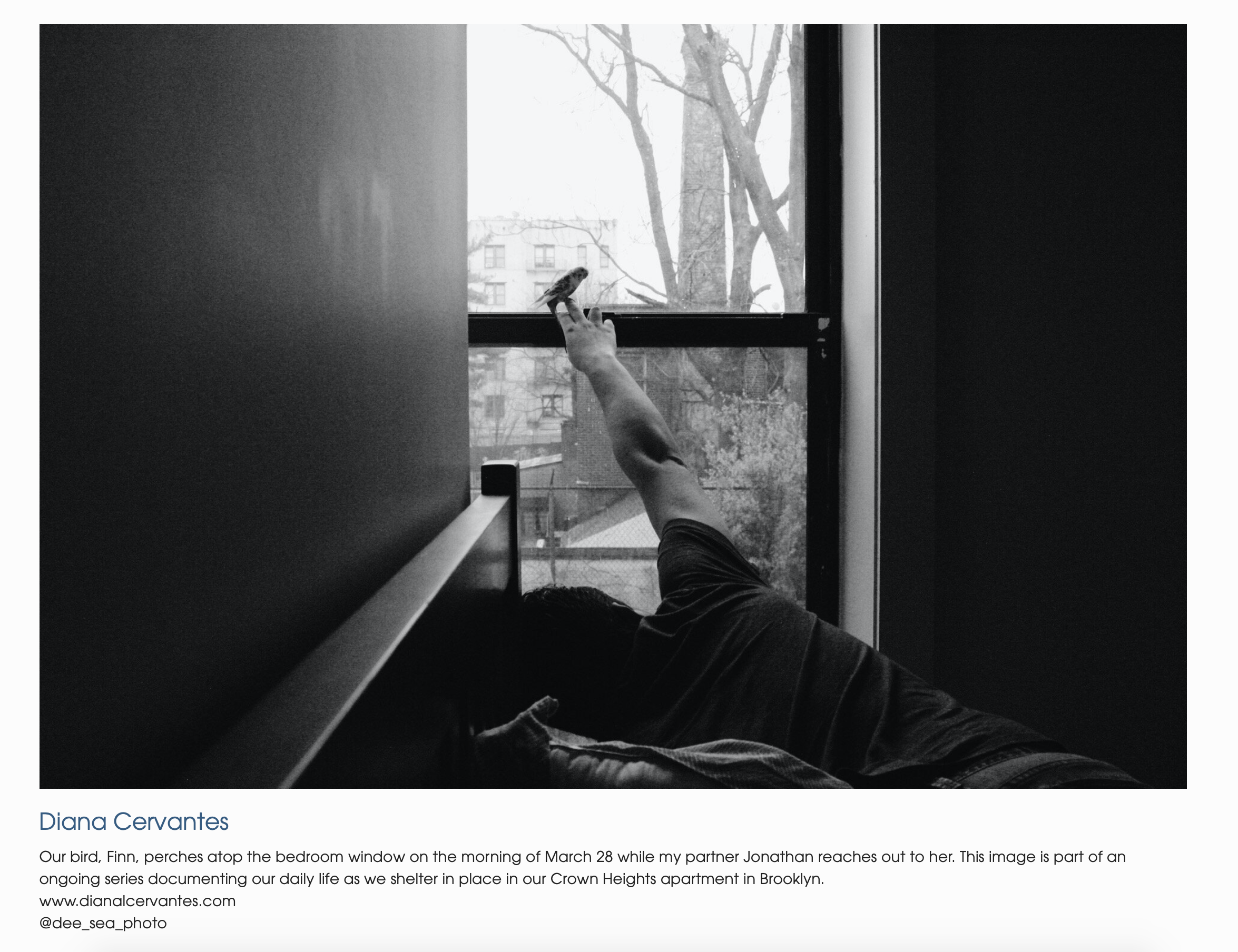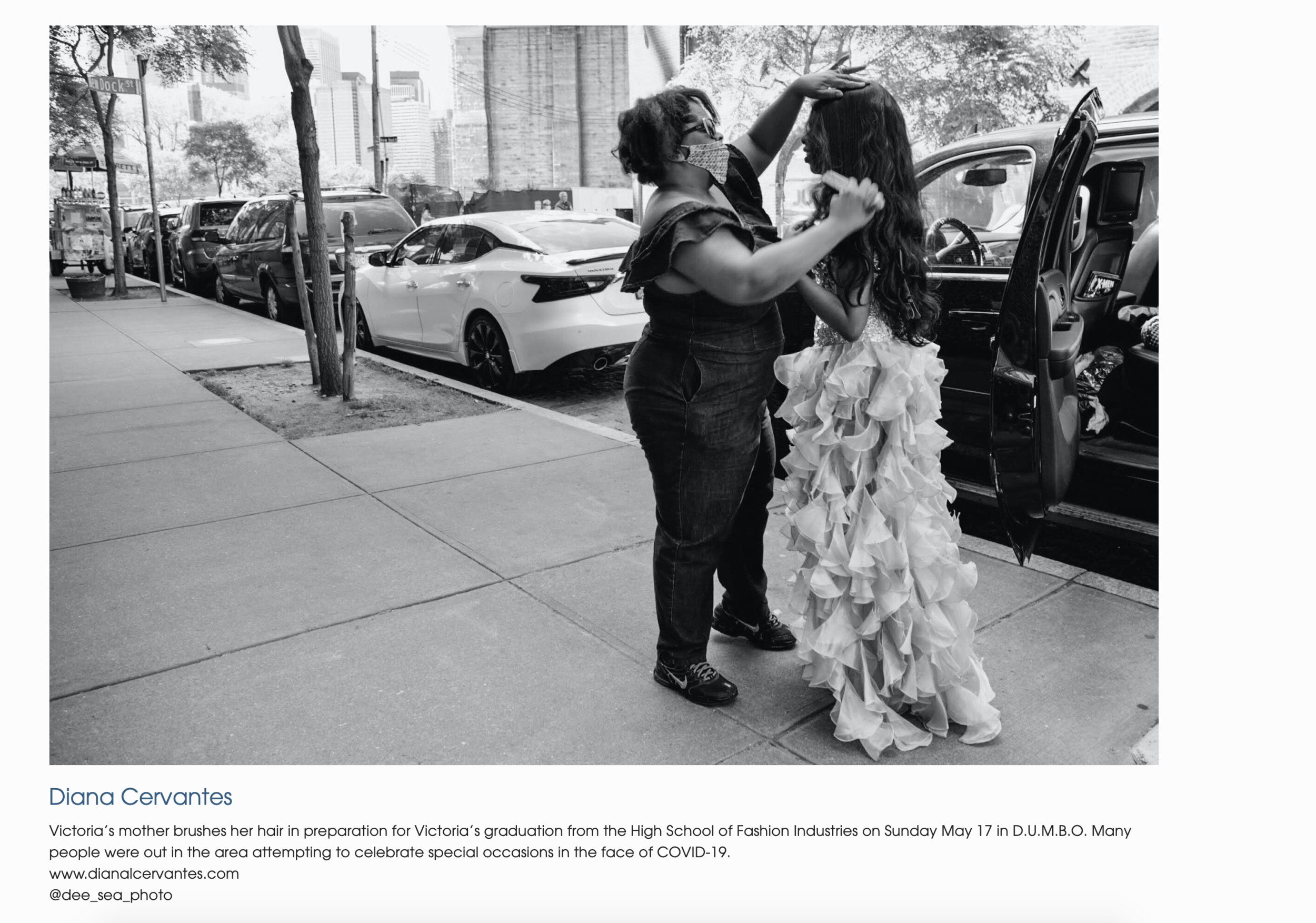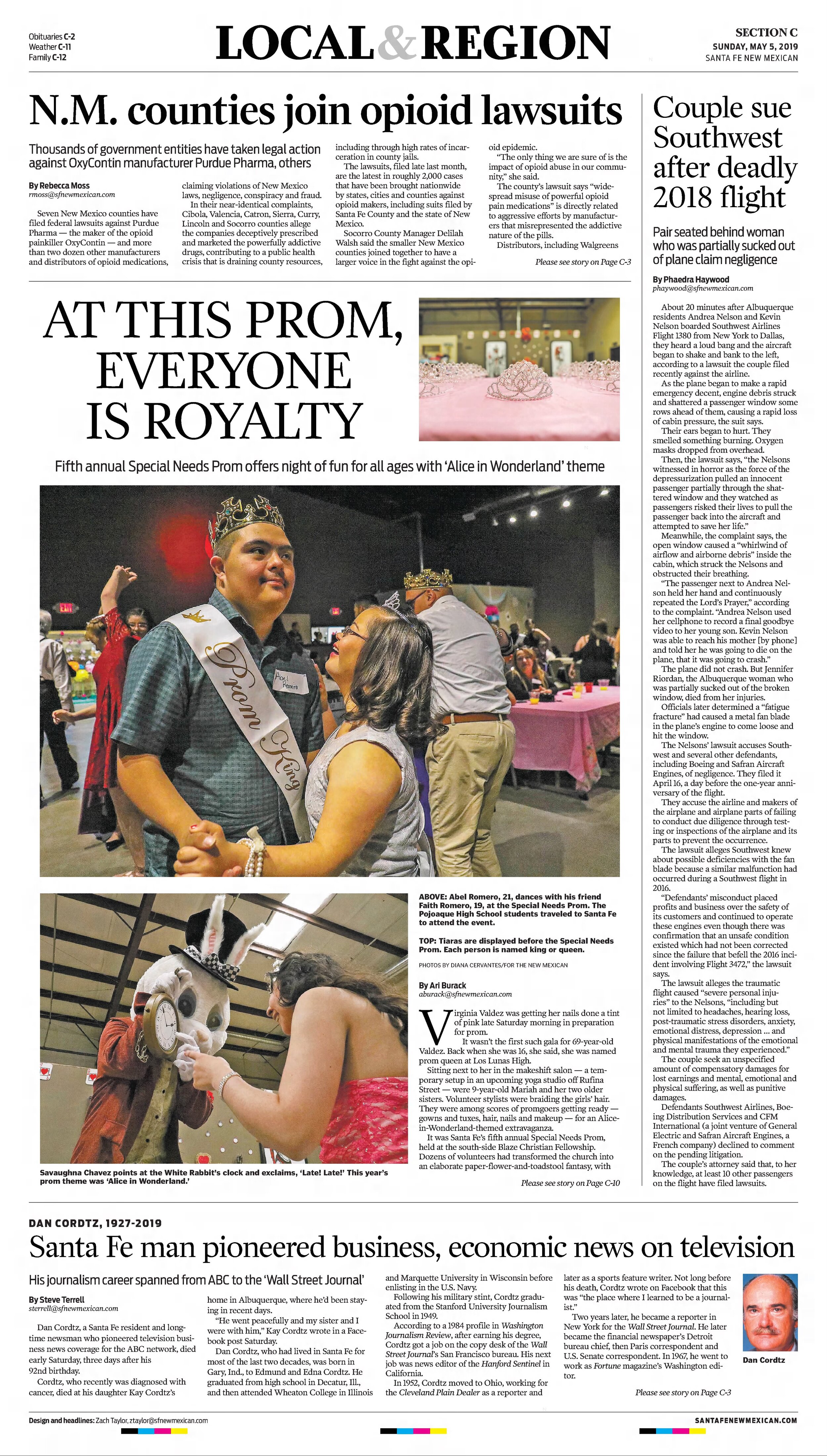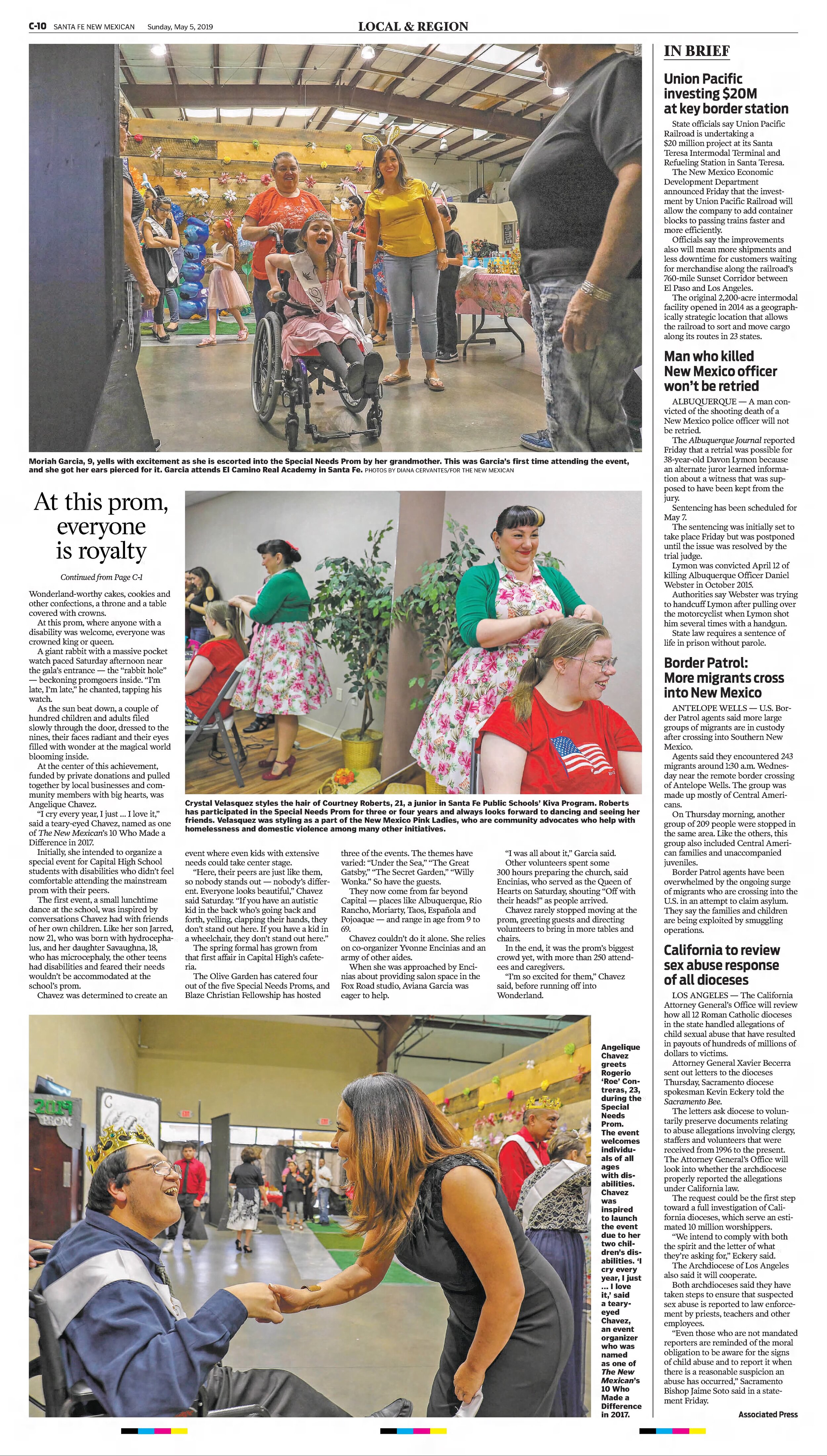These Students Are Scared. Friends and Teachers Are Their Protectors
Words by Ana Rey, Photo by Diana Cervantes for The New York Times
Joel Camas, 16, and his mother, Elvia Chafla, came to the United States from Ecuador as undocumented immigrants. Joel’s school has provided a crucial lifeline.
Conservationists Draw Inspiration from Beavers to Save the Rio Grande
Words by: Angela Bowman, Photos By: Diana Cervantes for WWF
The Rio Grande is one of North America’s great rivers, flowing nearly 1,900 miles from southern Colorado through New Mexico and along the Texas-Mexico border. It’s a lifeline that provides freshwater for 16 million people and countless species of wildlife. But it’s also one of the 10 most endangered rivers globally. Due to prolonged drought, rising temperatures and extensive agricultural irrigation, the river’s water levels often reach critically low levels. This summer the Rio Grande ran dry in Albuquerque, New Mexico for the third time in four years, offering a sobering glimpse of what the future could hold for freshwater ecosystems across the American Southwest if we don’t act to keep our rivers flowing.
But there is reason for hope, and it comes with a cute tail and buck teeth. Beavers are more than just charismatic, quirky mammals. They’re ecosystem engineers. With branches, mud, and tireless determination, they build dams that slow rushing water and spread it across floodplains, creating ponds and wetlands teeming with wildlife. These wetlands act like natural sponges, soaking up water during wet periods and slowly releasing it, making rivers—and the communities that rely on them—more resilient during periods of drought.
Sandhill cranes and the lifeline of the Rio Grande
These amazing migratory birds need healthy freshwater habitats
By Madalen Howard, Photos by Diana Cervantes for WWF
Sandhill cranes fly over one of the viewing decks available to the public at the Bernardo Wildlife Area on the morning of Jan. 22, 2025. The images below were taken throughout our reportage on the Rio Grande.
Dagmar Llewellyn, Rio Grande Basin Study Lead for the U.S. Bureau of Reclamation, watches sandhill cranes and snow geese take flight at Bernardo Wildlife Area on Jan. 20, 2025.
As Teenagers, They Protested Trump’s Climate Policy. Now What?
Diana Cervantes, Portrait contribution for the New York Times
‘Rebirth of our school system’: First day for NYC’s nearly 900,000 students
Photos by Diana Cervantes for Chalkbeat
Lighting the Way
At American Lighthouses, a changing of the guard
Image (top right) by Diana Cervantes, featured in The Saturday Evening Post
In the House of Psychiatry, a Jarring Tale of Violence
At the American Psychiatric Association’s annual meeting, a patient described a restraint that haunts him, more than eight years later.
Words by Ellen Barry. photographed by Diana Cervantes for The New York Times
Matthew Tuleja, a former college football player, hopes that sharing his story will help reduce the use of restraints in psychiatry.
This month, Mr. Tuleja told his story to an audience of psychiatrists. Many lined up to speak to him afterward.
The American Psychiatric Association meeting at the Jacob K. Javits Convention Center in Manhattan this month.
May 21, 2024
“The annual gathering of the American Psychiatric Association is a dignified and collegial affair, full of scholarly exchanges, polite laughter and polite applause.
So it was a shock, for those who took their seats in Room 1E08 of the Jacob K. Javits Convention Center in Manhattan, to watch a powerfully built 32-year-old man choke back tears as he described being slammed to the floor and cuffed to a stretcher in a psychiatric unit.
Because the man, Matthew Tuleja, had been a Division I football player, he had a certain way of describing the circle of bodies that closed around him, the grabbing and grappling and the sensation of being dominated, pinned and helpless…”
A Lighthouse Keeper Hangs Up Her Bonnet
Celebrating the experiences of Sally Snowman, who will soon retire as the only female lighthouse keeper in the Boston Light’s 307-year history.
Written and photographed by Diana Cervantes for Hakai magazine
Dec. 19, 2023
On one of her final days on Massachusetts’s Little Brewster Island, Sally Snowman, the only remaining official lighthouse keeper in the United States, went ambling over the rocky terrain to caw into the wind with the gulls and say a blessing. She called, “the spirits from the beyond, the beyond, the beyond, to watch out for [the lighthouse] to ensure everything will remain safe up there.”
For 20 years, Snowman has served as the keeper and historian of the 307-year-old Boston Light. Dressed either in a coast guard uniform or a costume inspired by what a lighthouse keeper’s wife wore in the 18th century, she’ll ascend the 76 spiraling stairs up the lighthouse to clean the windows and polish the lenses of the light that keeps mariners from smashing into rocks; mow the grass that, in the summer, can reach her knees; check for anything needing maintenance; and clean. “Because we have six buildings and only one is heated, they get pretty grungy quickly with spiderwebs and bugs, things that accumulate,” she says.
For most of her tenure, she lived on the island, giving tours to visitors on Fridays through Sundays. The lighthouse once saw thousands of visitors annually. She was one of them, once: Snowman accompanied her coast guard–auxiliarist father to the island when she was 10 years old. As she stepped on shore, she declared she wanted to be married there someday. In 1994, she and her husband, Jay Thomson, held their wedding ceremony on Little Brewster Island near the base of the light.
Nine years after that, Snowman, a college professor in education and coast guard volunteer, successfully applied for the keeper job. The work has been “just the dream of dreams,” she says.
When a lack of potable water and various other problems with the aging buildings forced the coast guard to close the island to the public in 2018, Snowman switched to commuting by boat twice a week from nearby North Weymouth, a crossing that can take up to an hour and a half in her six-meter skiff. She is typically joined by two auxiliary coast guard members who help with her rounds. Their time on the island is always limited by the weather and tidal cycle, as high tides and tumultuous seas make docking and scrambling to or from the boat precarious. In winter, Snowman typically has less than an hour to complete her work. When the weather is particularly bad, she’s unable to visit at all; in May 2023, storms kept her away all but four days.
Aside from the two volunteers, Snowman’s main companions now are the gulls who use the island as a nesting ground. Their eggs lie nestled and unhatched beneath the stairs of the lightkeeper’s home; their spent bodies decay in puddles on the rocky cliffs.
“Birds either come to the island to give birth or die,” Snowman says. When she stopped living on-site, birds—especially gulls—took over, she says. With more birds living and nesting on the island, more are dying there, too. Nearly every time she visits, she conducts a burial at sea for a gull, cormorant, or oystercatcher.
Set to retire at the end of this month, Snowman has longevity on her mind. “I think one of the reasons why I am a healthy 71-year-old [now 72] is because of the spirit of the lighthouse. And I wonder, when I’m not with it anymore, if the aging process will kick in.”
Knowing that weather might prevent her from making more trips, she has already said her goodbyes to the Boston Light and Little Brewster Island. Once she hangs up her bonnet, she will be giving presentations about her time as lightkeeper, combing through thousands of historical lighthouse documents on her living room floor to hand over to the coast guard, and working on other endeavors that bring her joy, such as teaching yoga and sound healing.
The coast guard will continue the upkeep of the Boston Light until a new steward is found; timeline unknown.
Carnivale on the Rio Grande boosts awareness for Albuquerque ecosystems
Art and environment blend to create fun experiences to grow conservation along New Mexico river
Written and photographed by Diana Cervantes for Source NM
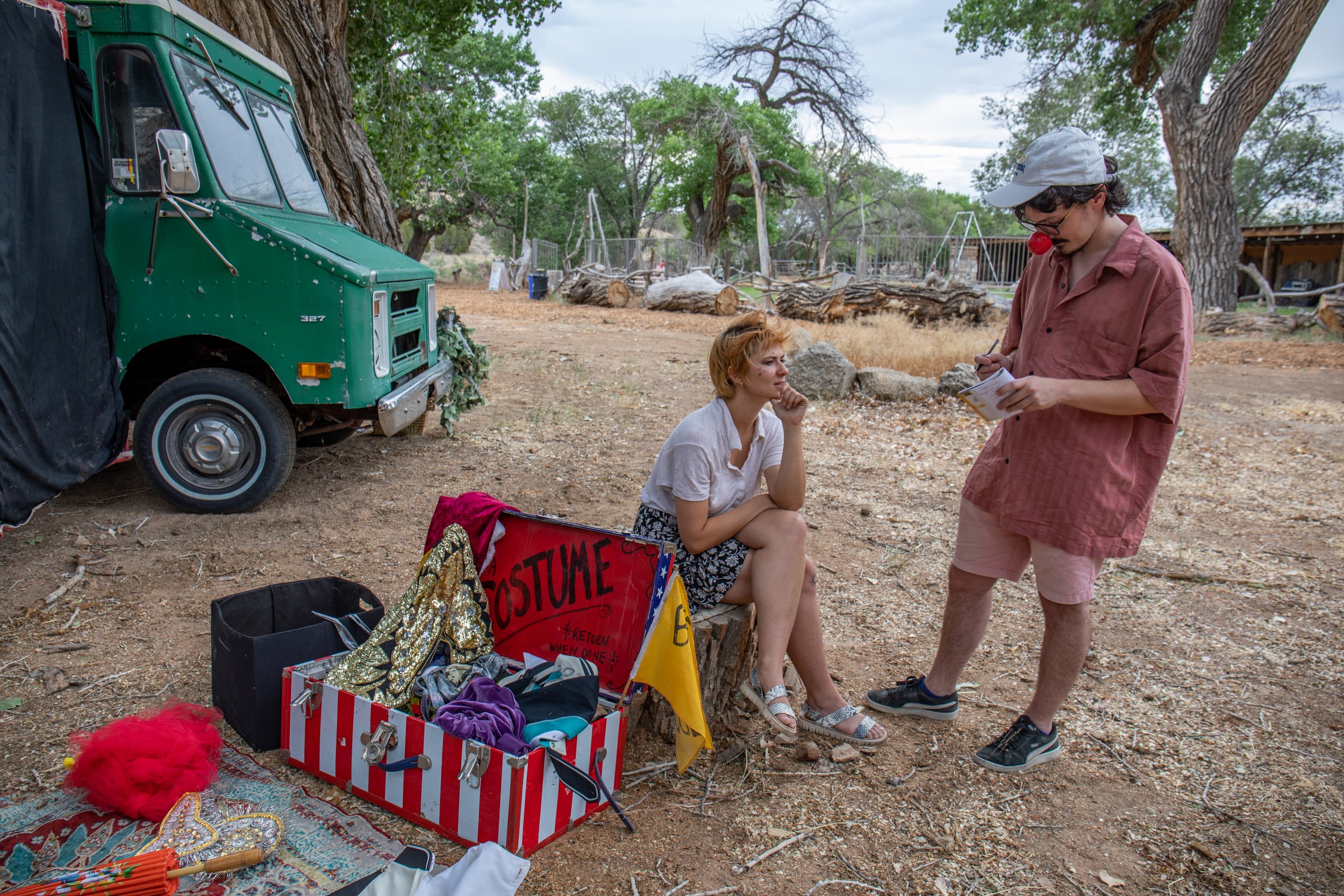
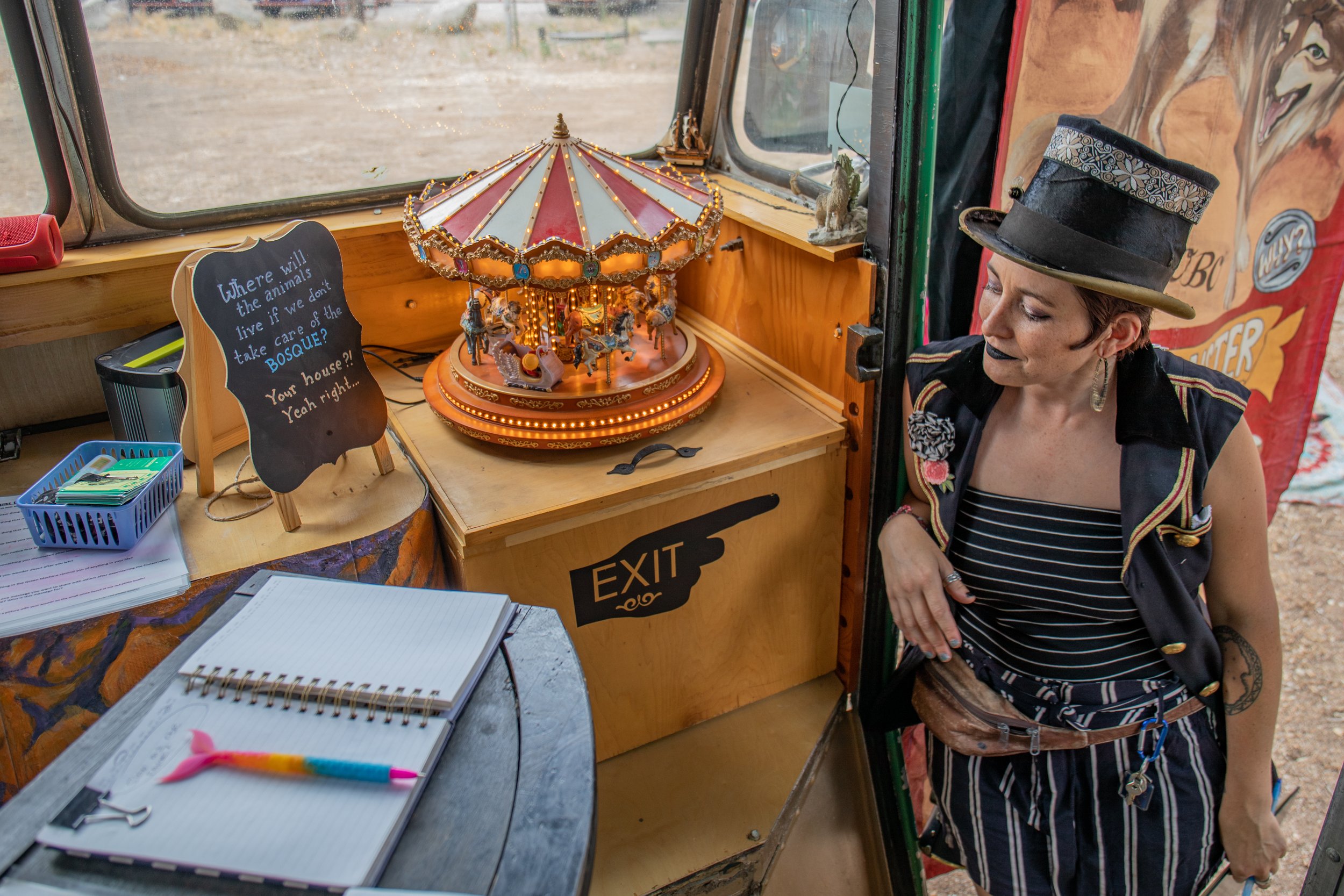
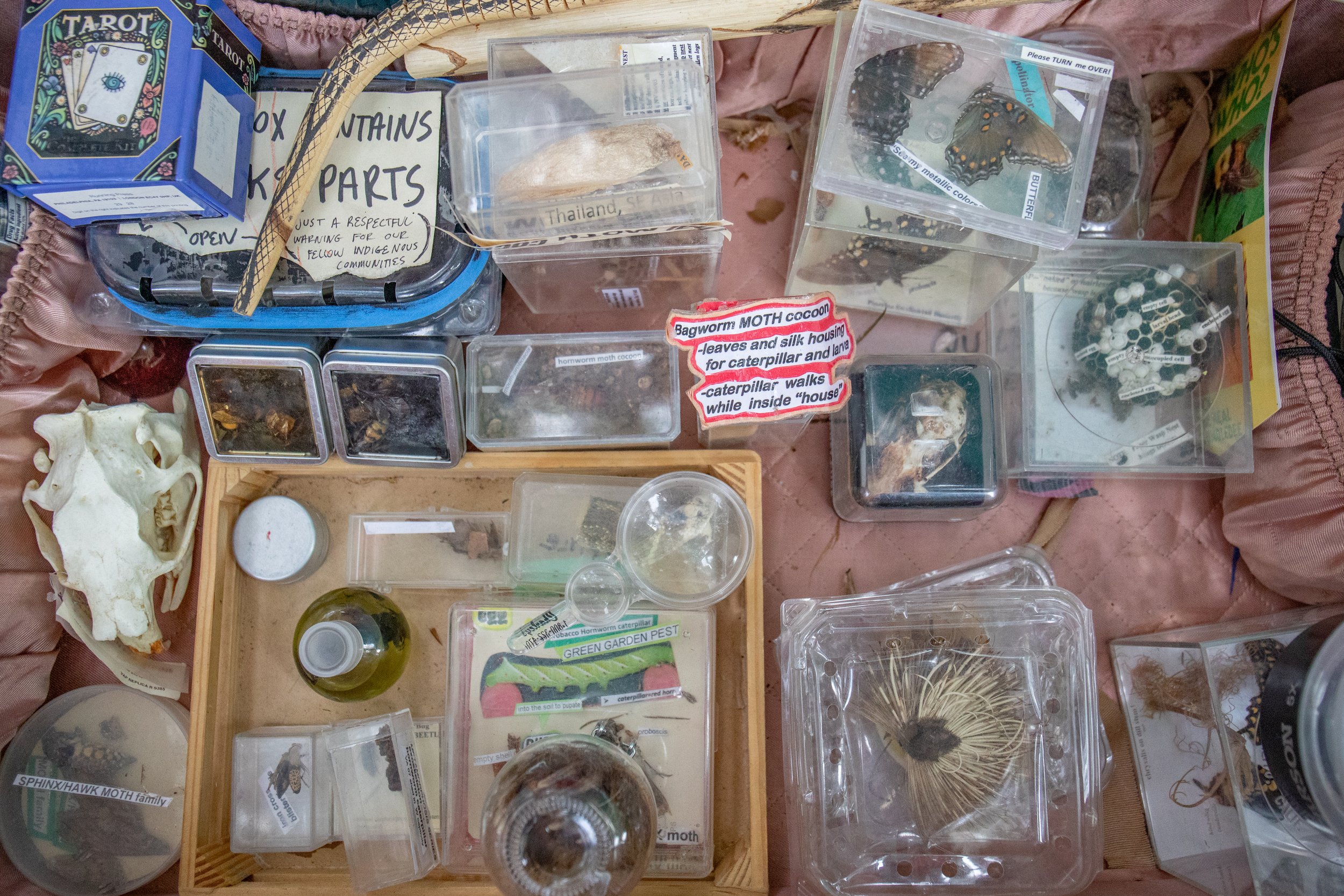
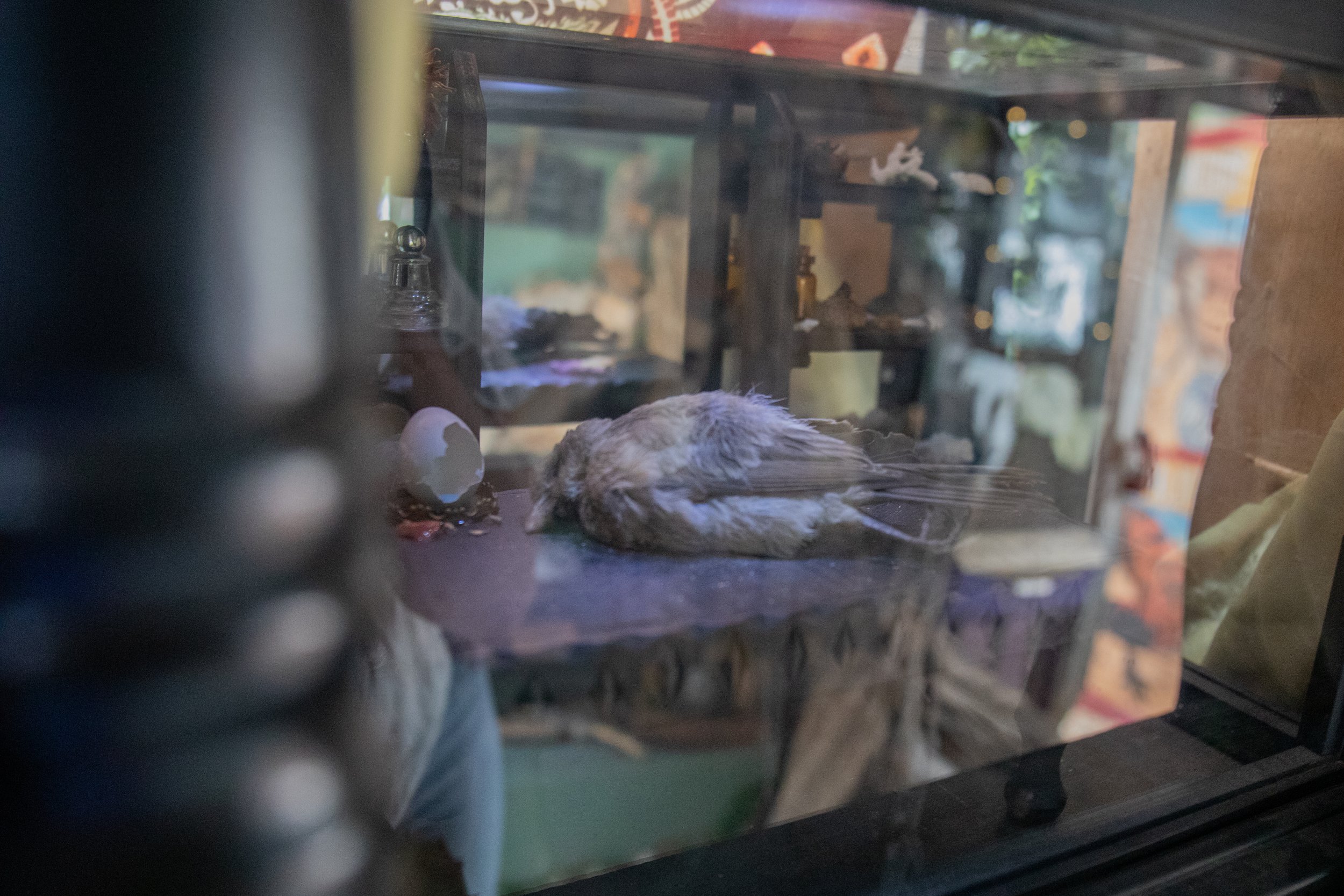
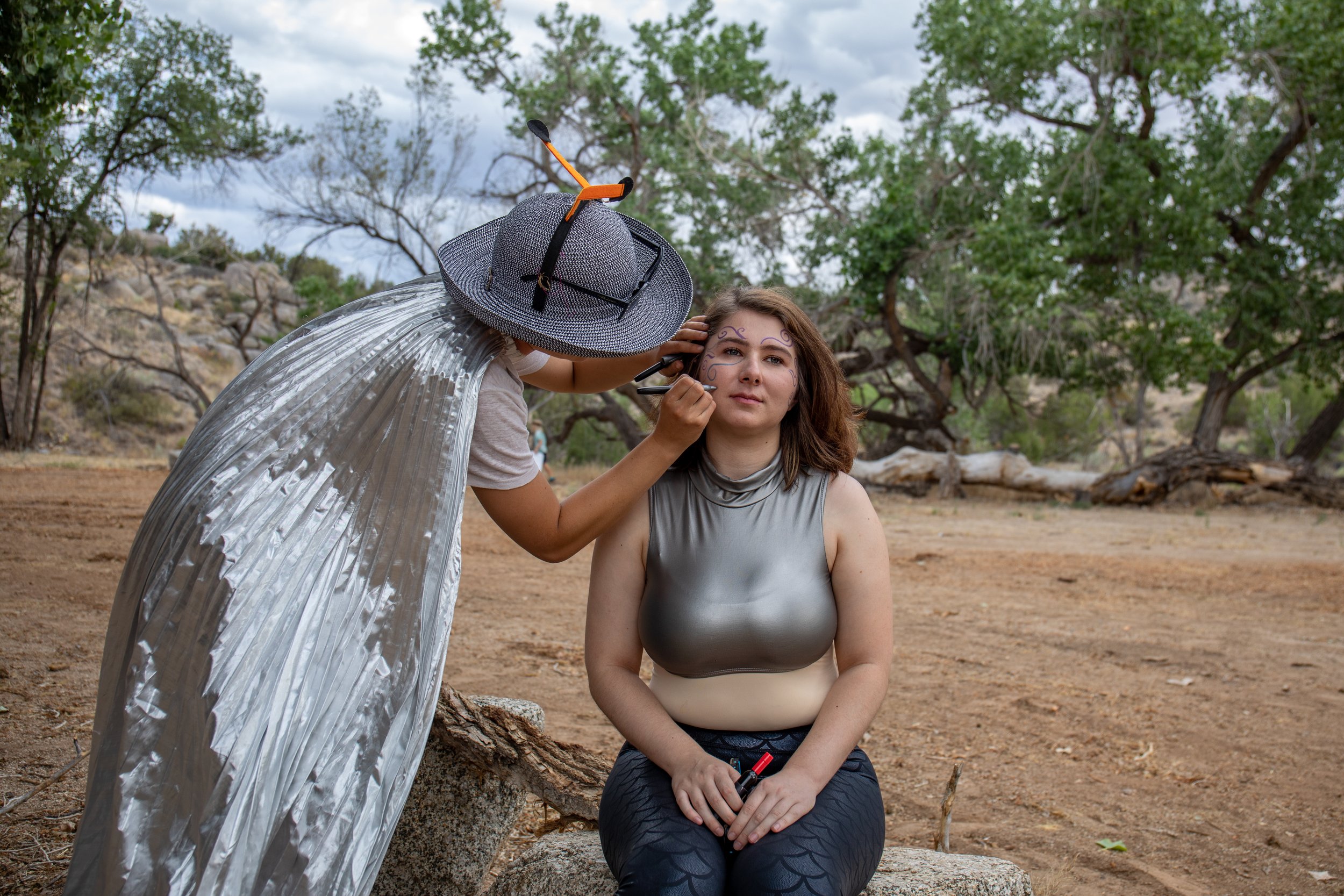
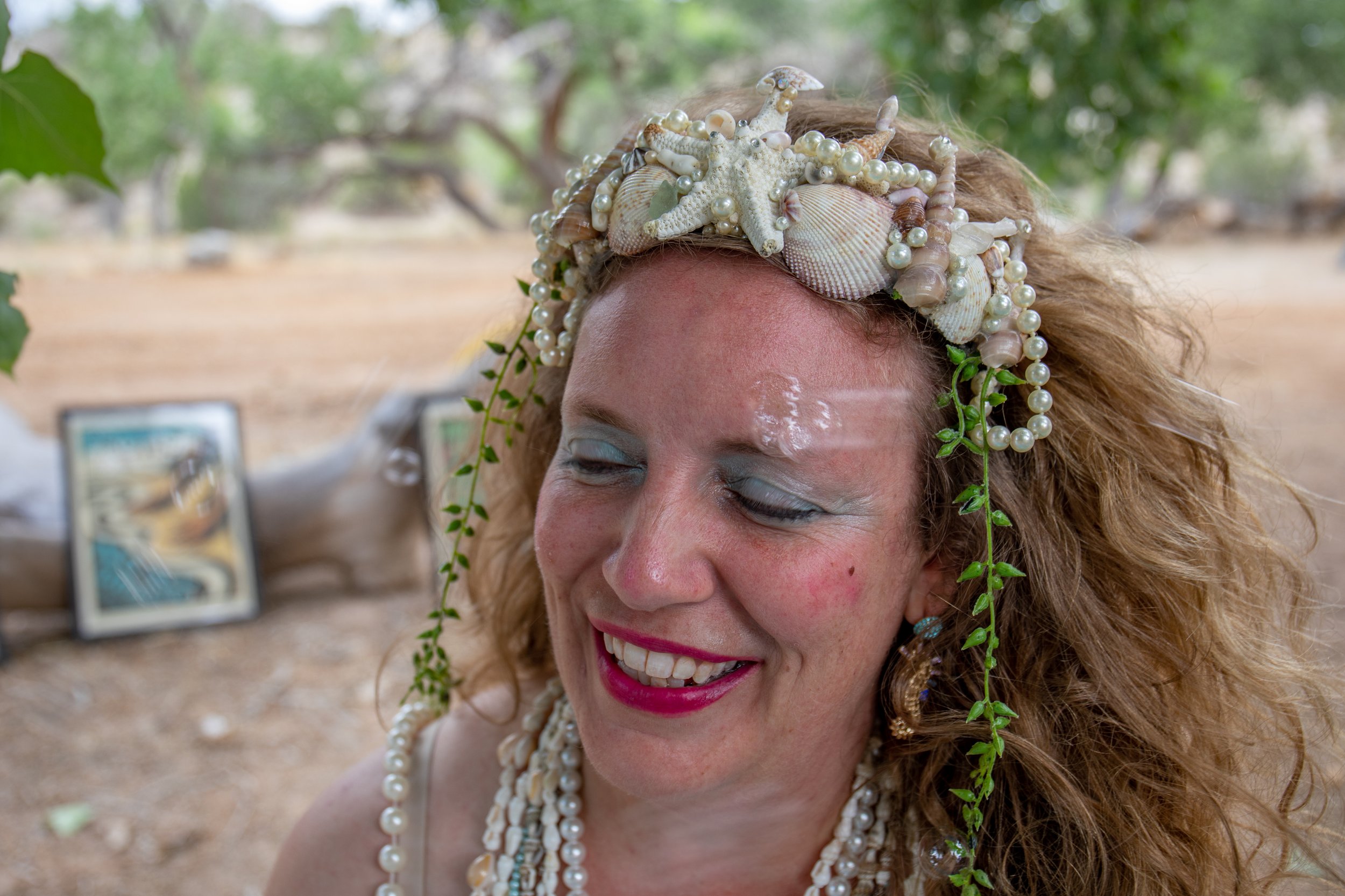
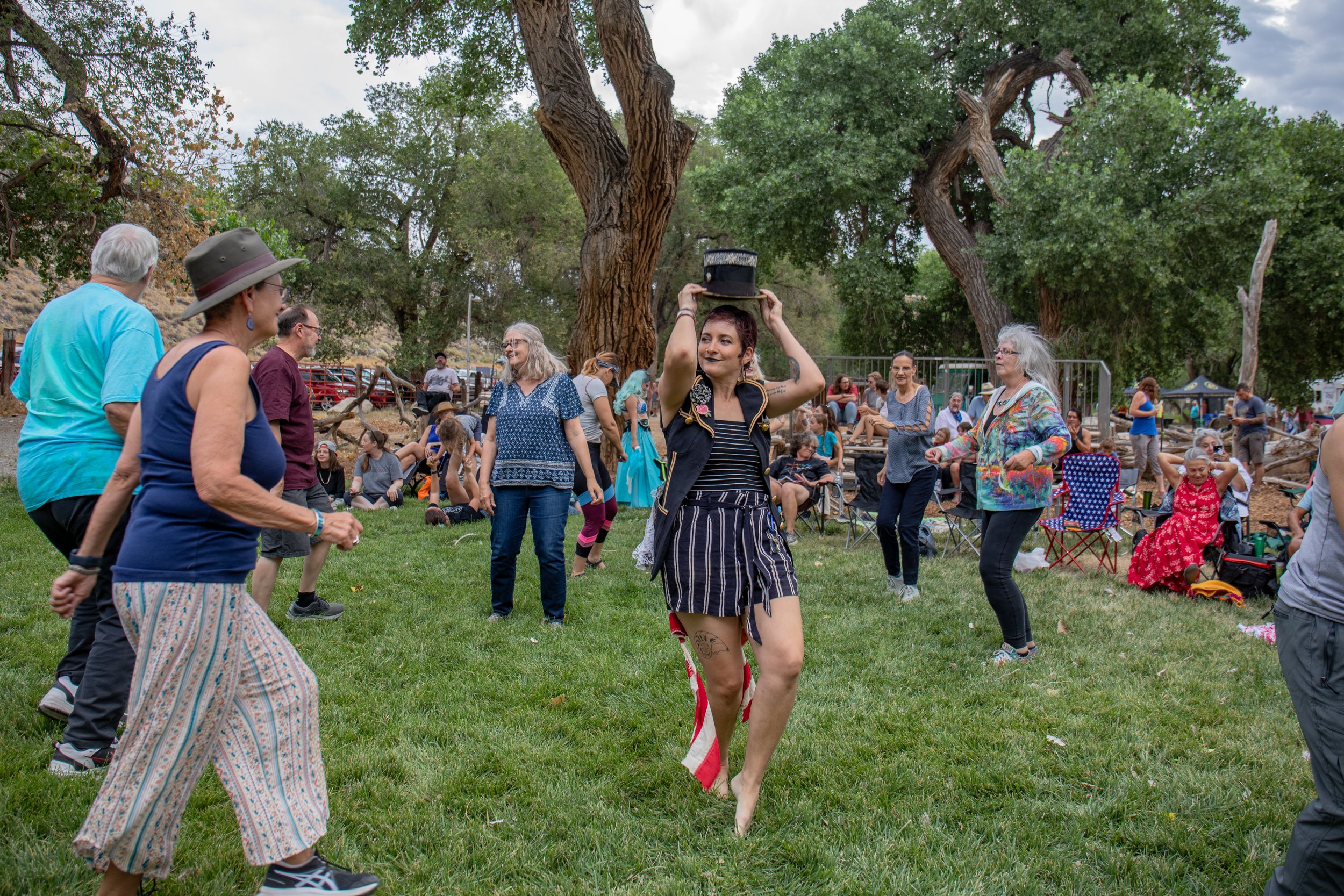


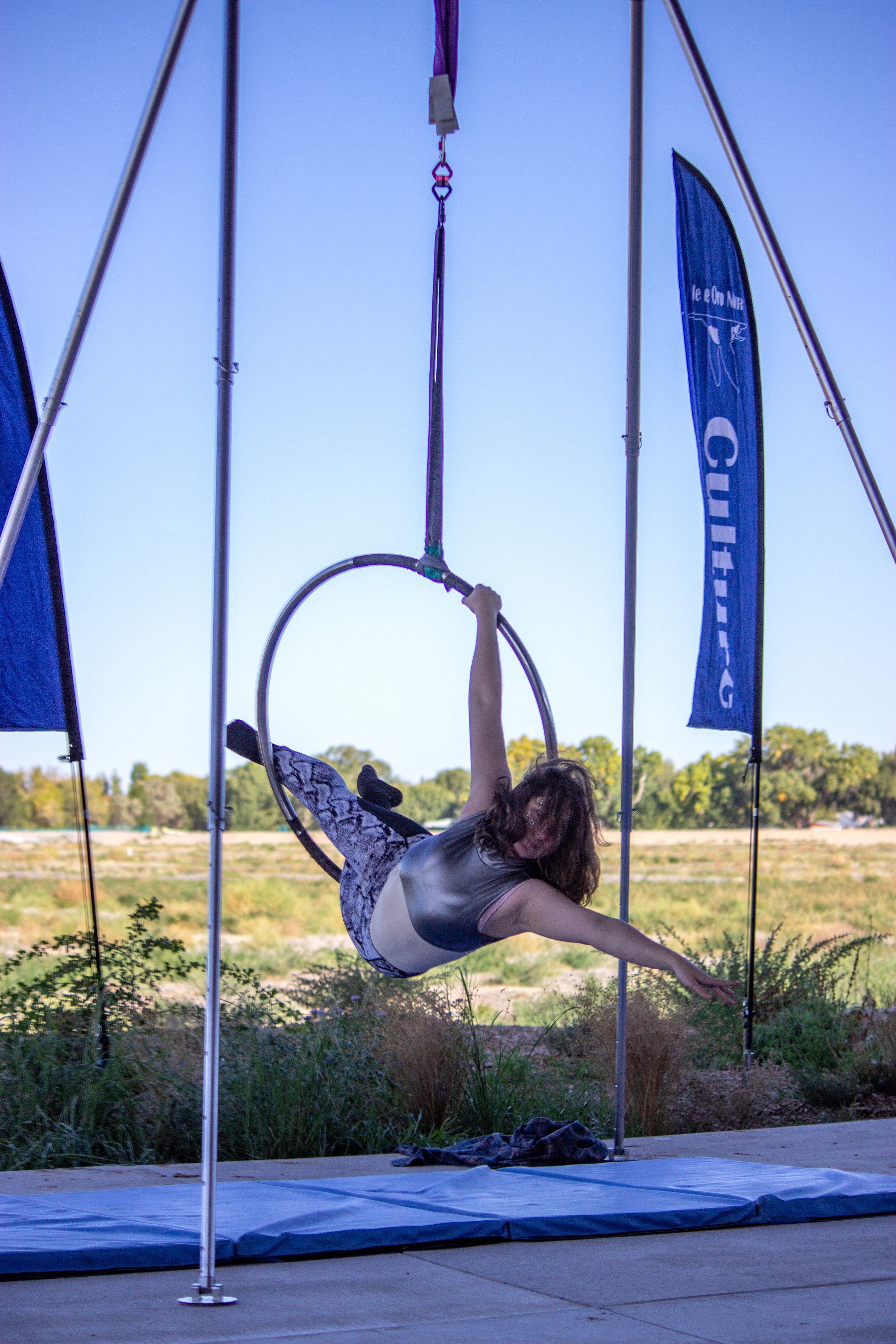
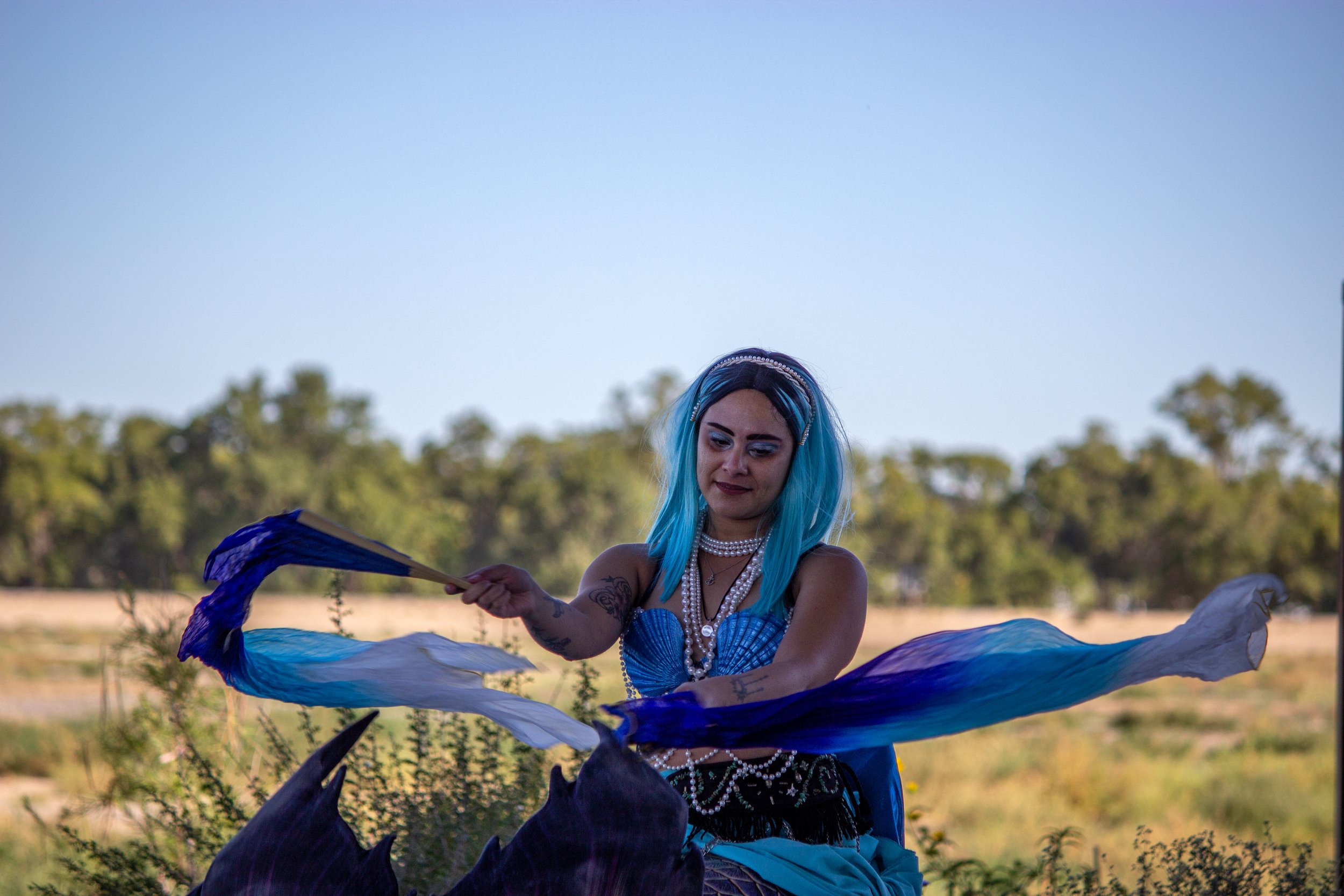
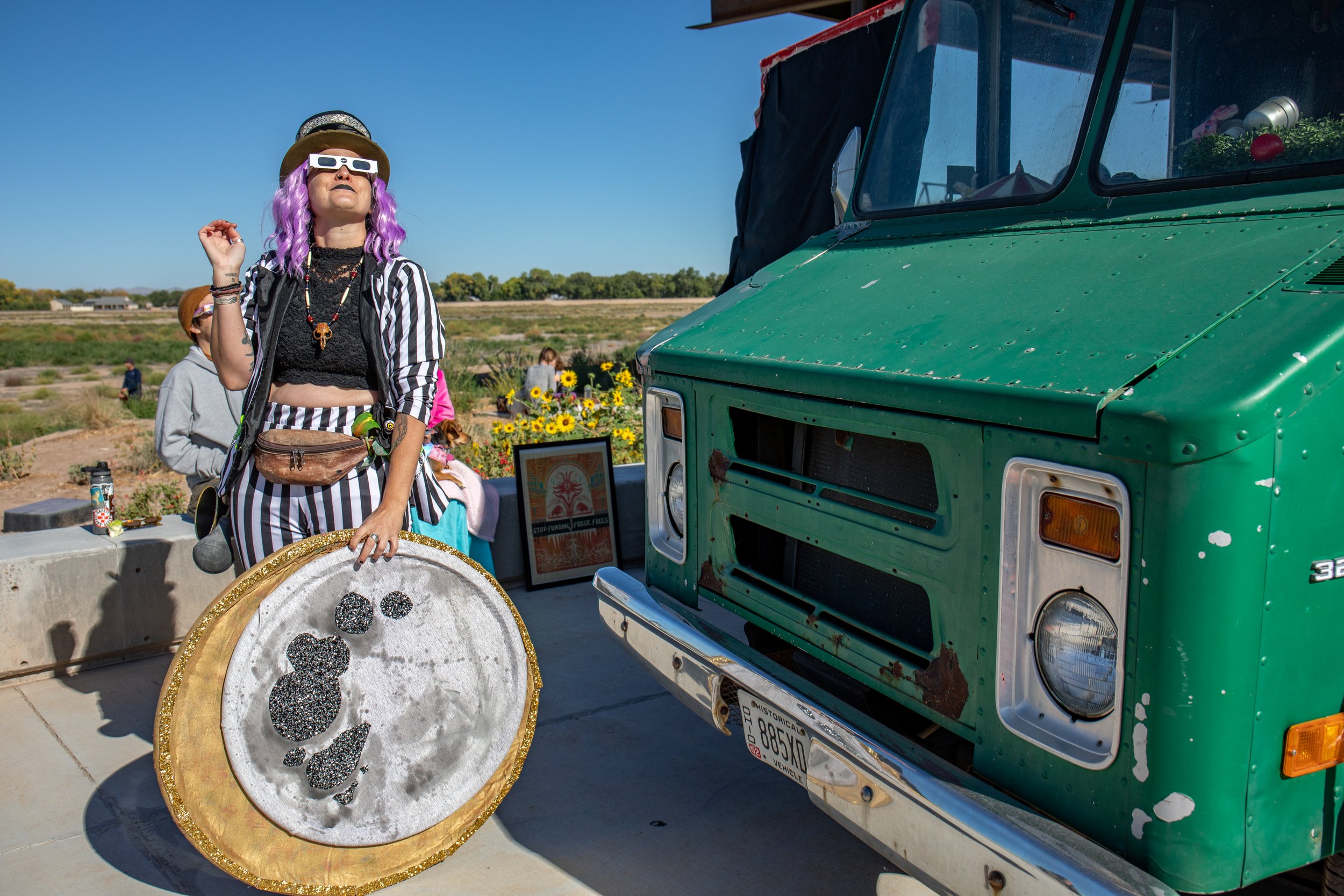
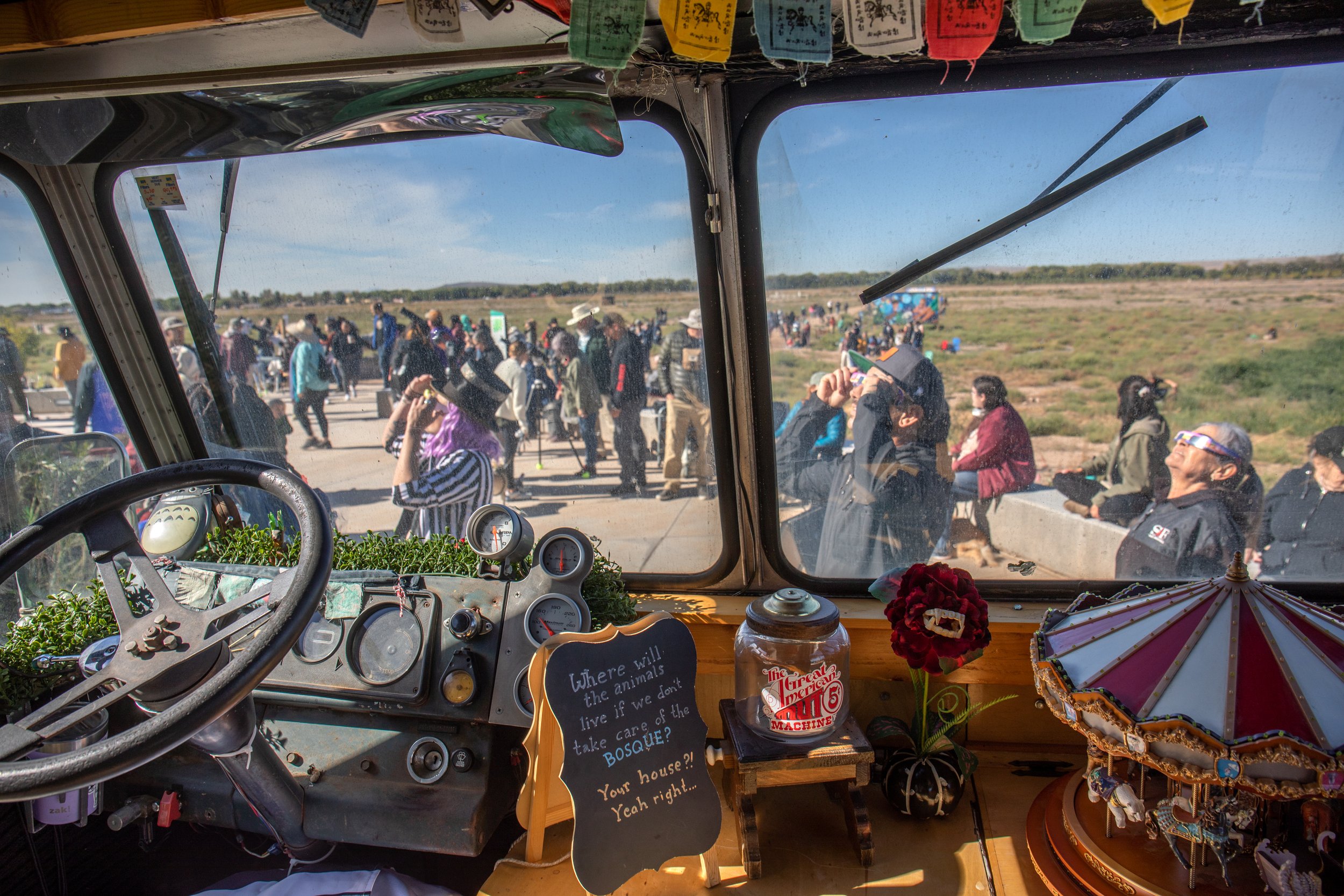
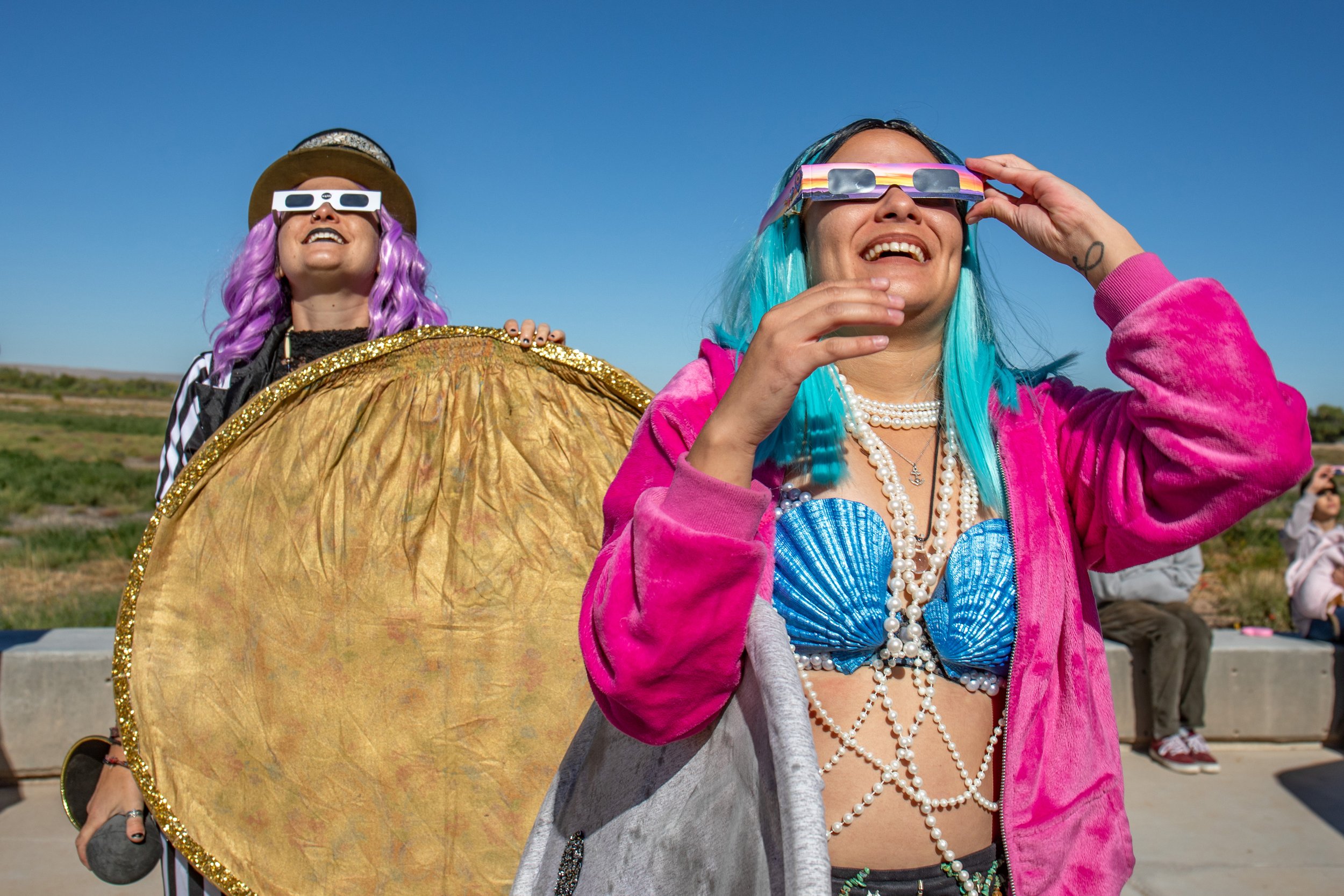
Nov. 10, 2023
Stepping inside the Conservation Carnivale van, dubbed “The Green Machine,” is like stepping inside a delightful cabinet of curiosities existing along the Upper Middle Rio Grande Watershed. Shells and specimens on the van’s walls invite viewers to touch and observe, and signs such as, “nature unites us,” speak of the central message of this traveling troupe of entertainers.
The group started in 2022 with funding from the city of Albuquerque and the Urban Enhancement Trust Fund with an idea to bring entertainment to engage people in environmental education along the Rio Grande ecosystem.
“Climate change, to me, is the most unifying thing we have as a species. No matter where you are in the world, climate change is affecting you, whether you feel it or [are] aware of it.” Endion Schichtel said.
SFIS students celebrate school’s Feast Day
Words by Danielle Prokop. Images by Diana Cervantes for Source NM
A dance group with Elvia Sanchez perform the Hopi Butterfly Dance, at the Santa Fe Indian School Feast Day on Oct. 9, 2023. (Photo by Diana Cervantes for Source NM)
These NYC teens overcame school refusal and made it to graduation
Words by Amy Zimmer. Photos by Diana Cervantes for Chalkbeat
Myka, 17, who is standing in their Queens backyard, will be heading to college later this month after a long journey through high school, where they missed many days because of mental health challenges. | Diana Cervantes for Chalkbeat
Myka, 17, returned to their Queens home for senior year after spending junior year at a residential therapeutic program in Utah. | Diana Cervantes for Chalkbeat
Myka, 17, holds a fidget device called an infinity cube in their neighborhood in Queens. | Diana Cervantes for Chalkbeat
Myka, 17, holds their headphones in their backyard in Queens. | Diana Cervantes for Chalkbeat
Krystal Folk, 31, a middle school social worker, poses for a portrait in Fort Greene Park in Brooklyn. | Diana Cervantes for Chalkbeat
Unseen Danger: One Day of Deadly Window Strikes for New York’s Birds
Go behind the scenes with the dedicated New Yorkers working to stop the flood of avoidable deaths that occur in the city each migration season.
Words by Audubon Editors. Contributing Photographer Diana Cervantes for Audubon Magazine
A dead Canada Warbler in Columbus Circle. Photo: Diana Cervantes
Honoring the Body Donors Who Are a Medical Student’s ‘First Patient’
Words by April Rubin, photographs by diana cervantes for the new york times
Feet in 2 Worlds: Permanent Resident, Expiration: Never — “A Better Life?” Podcast
Words by Virginia Lora, Produced by Danny AbdelHameid, Photos by Diana Cervantes.
April 6, 2023
“Last year, nearly half a million people applied for a green card to permanently live and work in the United States. The process costs thousands of dollars and in some cases, can take years.
But what if there were no years-long backlogs, or lengthy visa-processing times? What if getting a green card took just 15 minutes? And what if everyone who applied was eligible and automatically approved?
That’s the world Philadelphia artists Xuan Liu and Youkun Zhou have created through The Fake Green Cards Project. At pop-up events at community fairs and art markets they issue hand-drawn “fake green cards” to anyone who would like one. Their art pieces have sparked conversations on the meaning and use of identification cards, the official terminology used to refer to immigrants, and of the immigration system as a whole.
Liu moved to the United States from China as a grad student to pursue a degree in Video Art at Syracuse University. The transition to life in the U.S. was difficult. It planted a seed that would eventually turn into the Fake Green Cards Project.
“I was speaking a language that I wasn’t that familiar with. Trying to make new friends, trying to figure out how do I go to [get] groceries,” Liu recalled. Things got even harder when she had to fill out her taxes as an international student for the first time.
“I was just thinking, oh, what if I have a green card?” said Liu. “I don’t have to file all this documentation I feel so detached from, just to prove who I am or just to prove that I am legal to be here–whatever that means.”
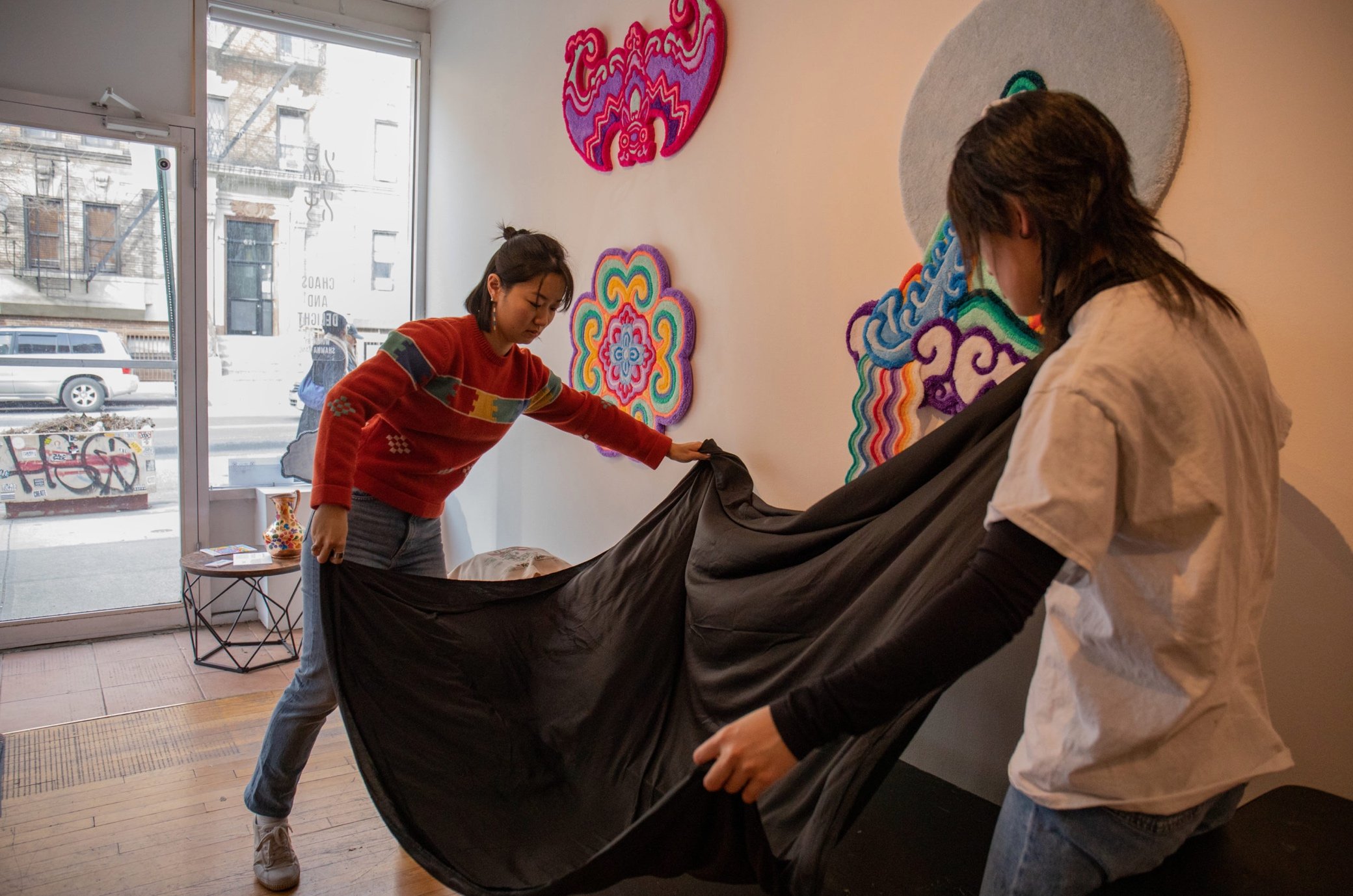
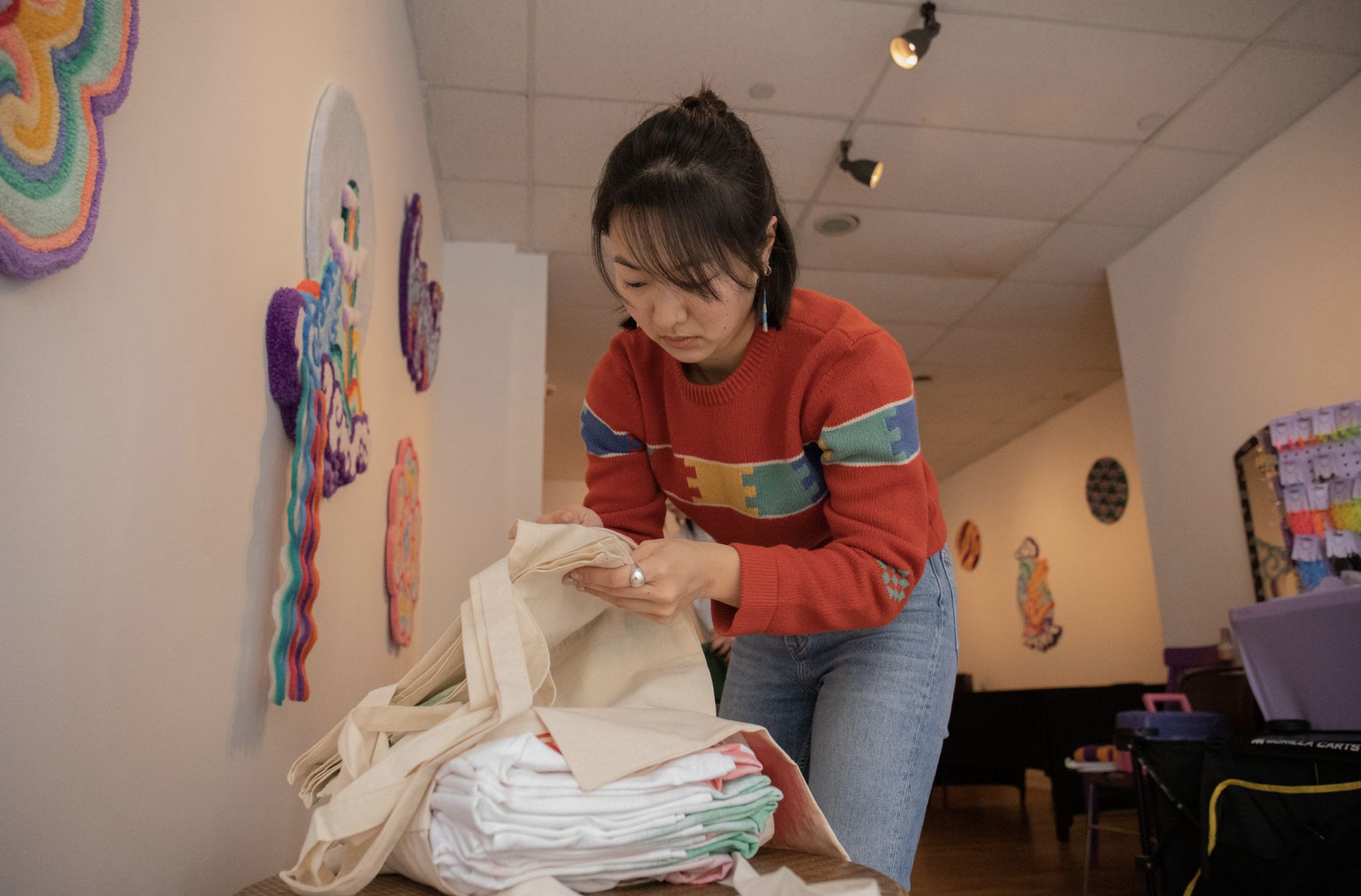
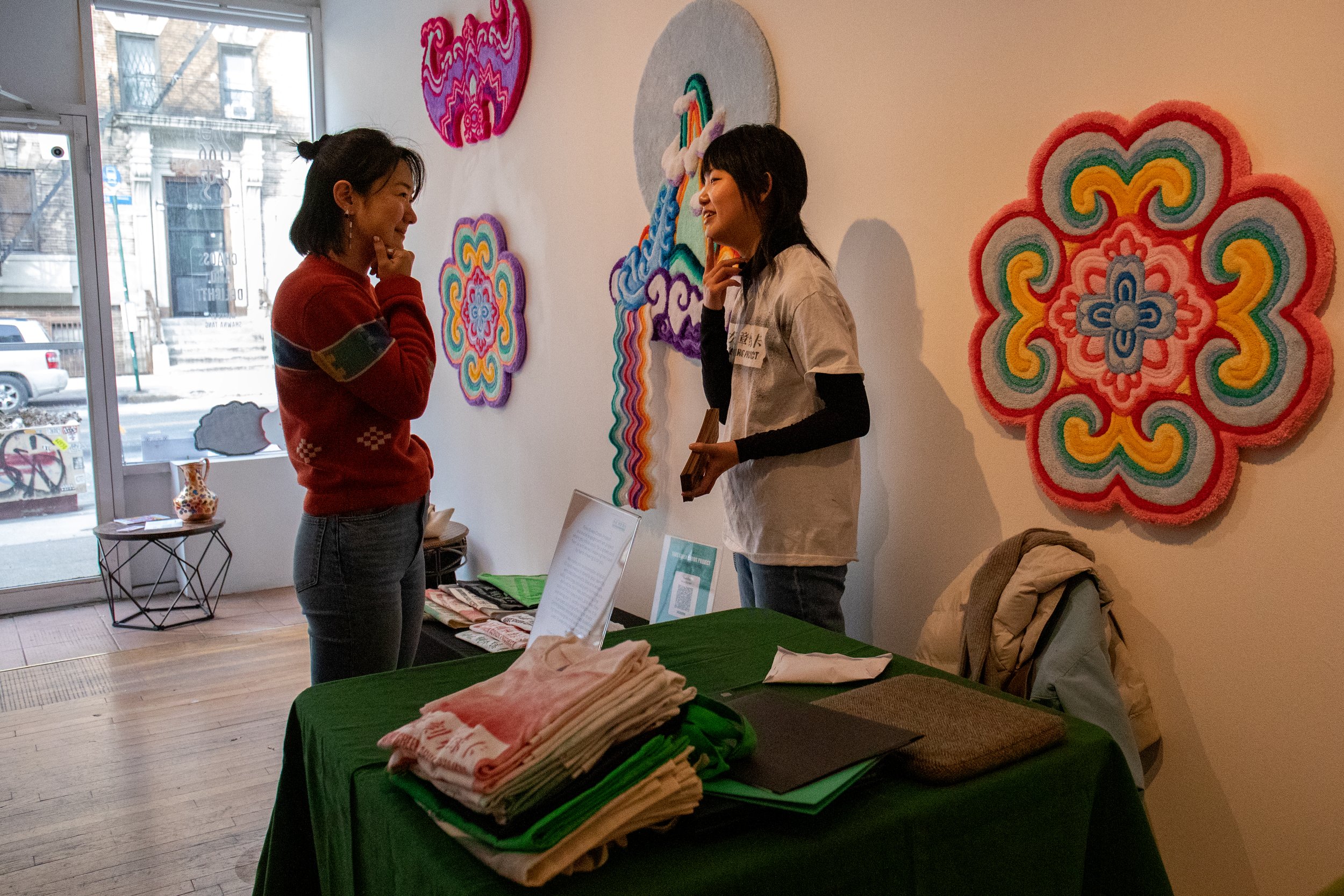
![Xuan Liu before the market of dreams opens to the public on Feb. 5, 2023. According to Liu inspiration for this project began with the “frustration dealing with documentation and visa works, thinking if I have a green card I won’t have as [many] str](https://images.squarespace-cdn.com/content/v1/59cd485851a5847d603898cd/1681144215005-2IDQBT0GH60MNKL5L45F/Screenshot+2023-04-10+at+12.30.04+PM.png)
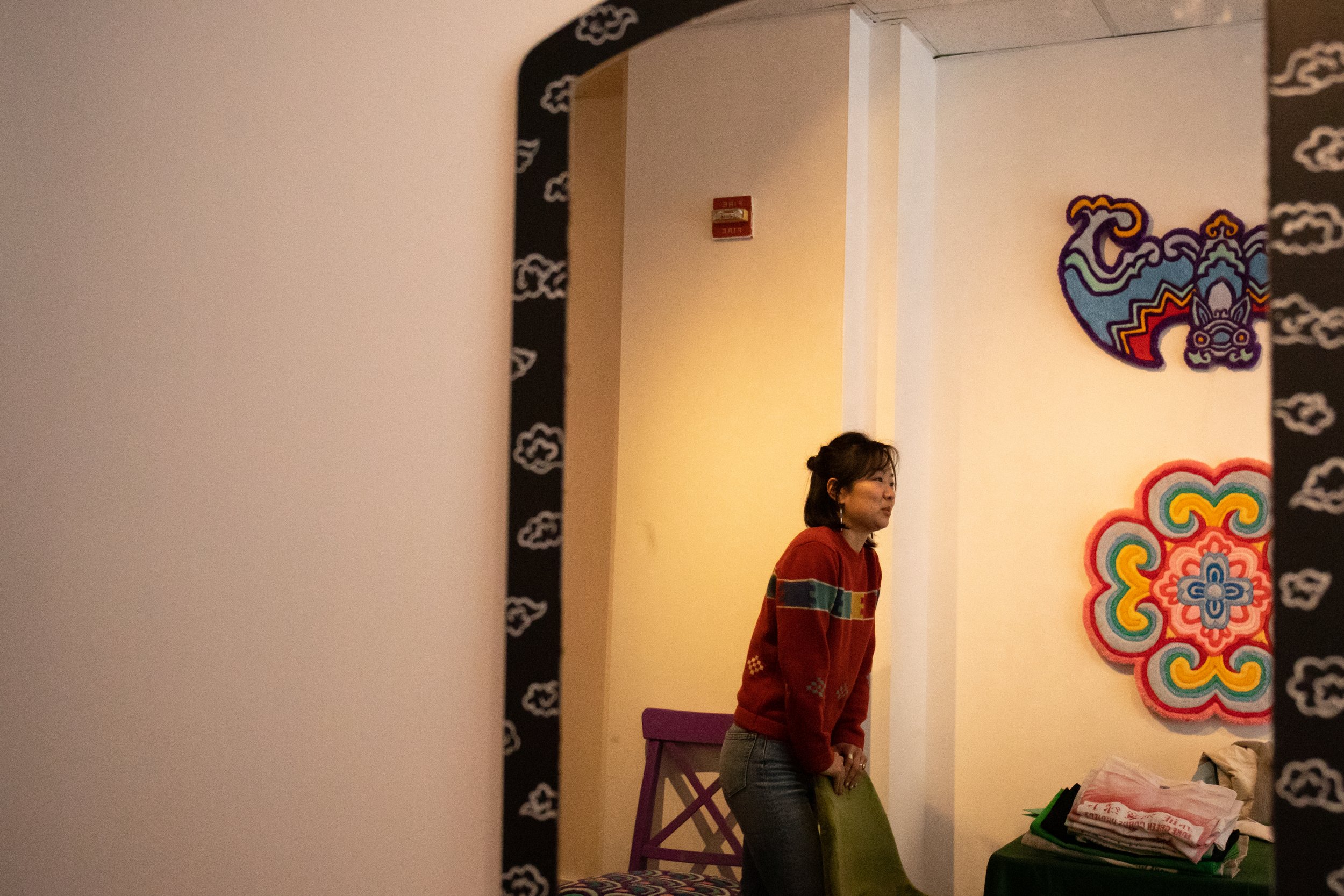
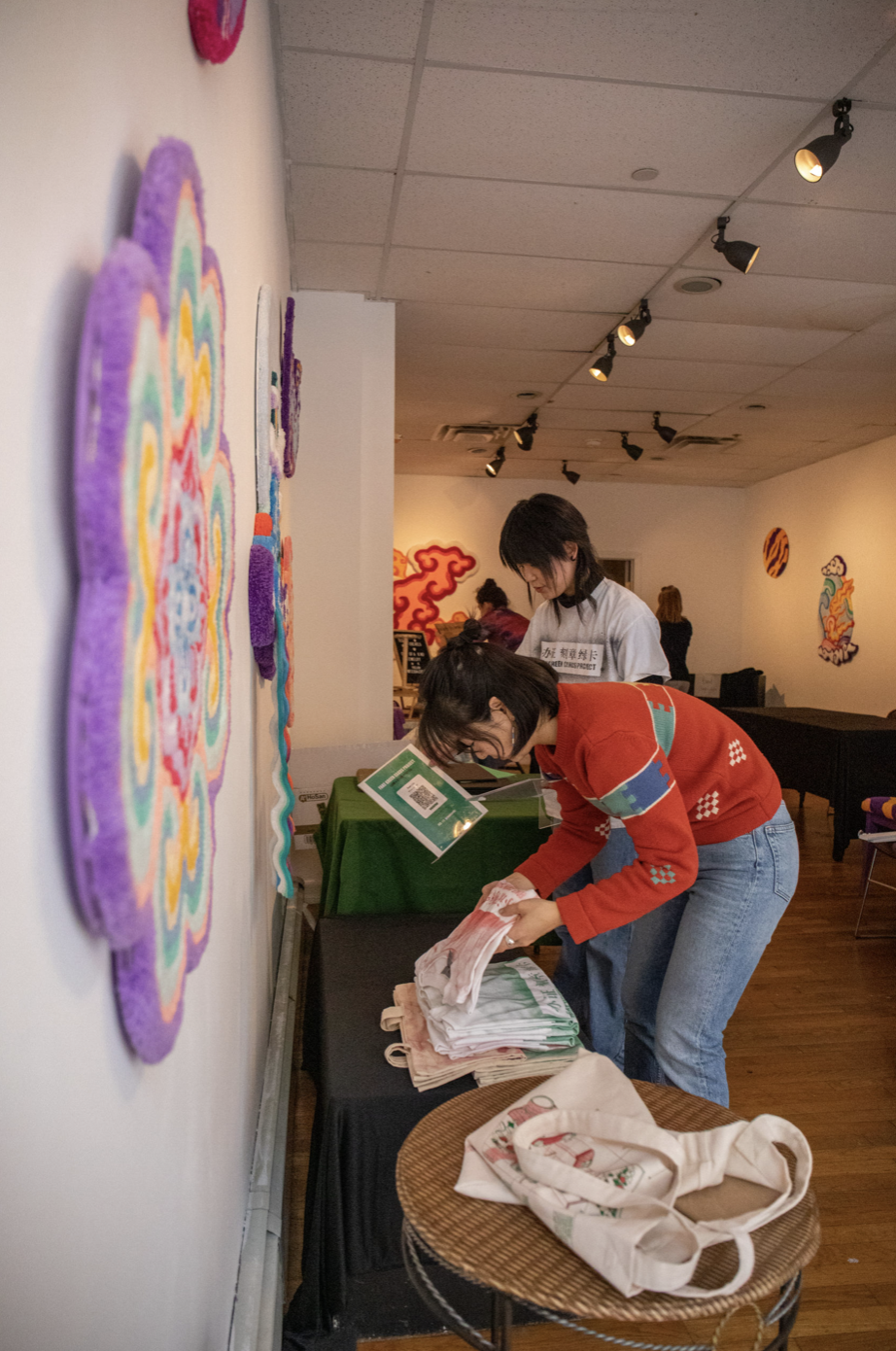
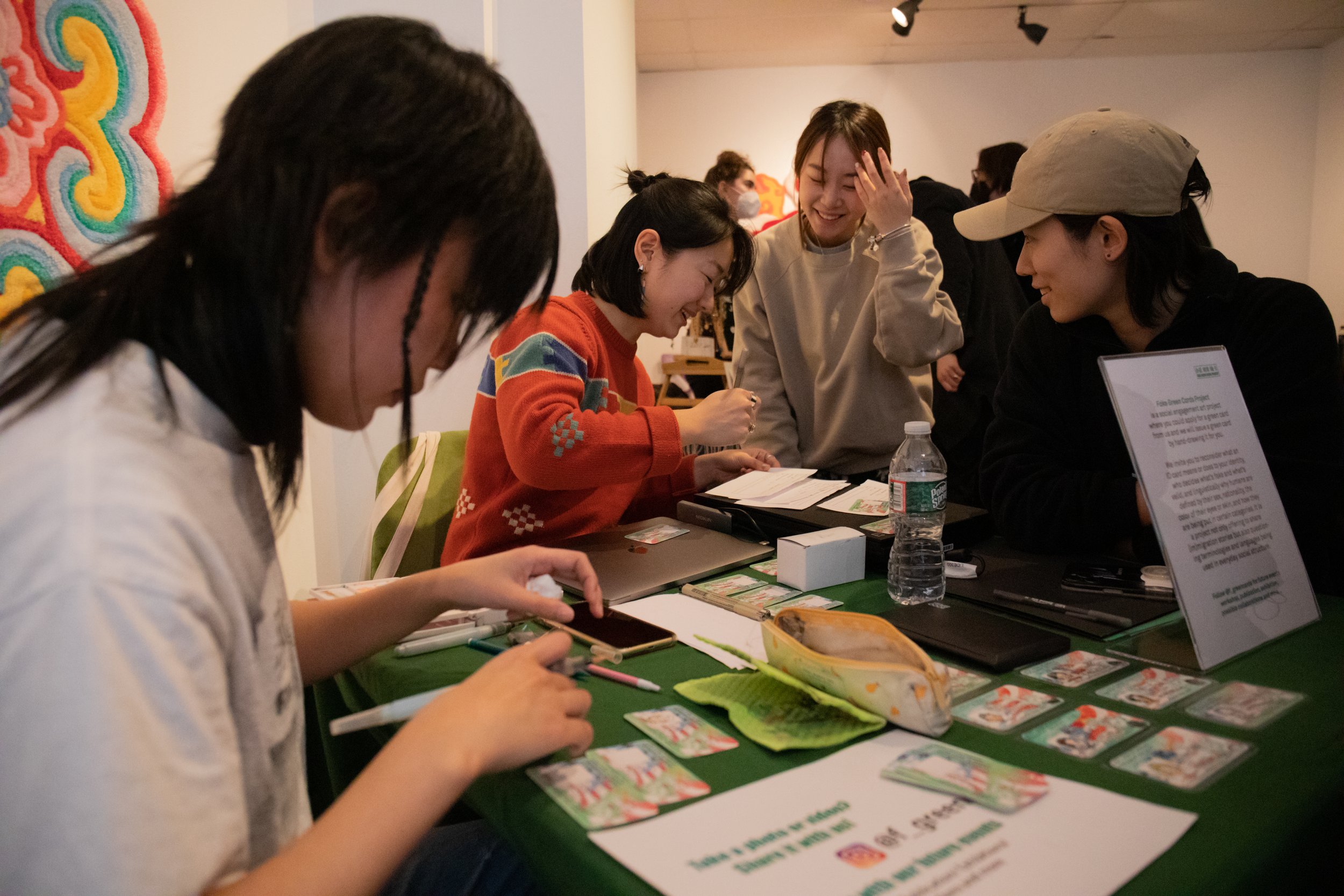
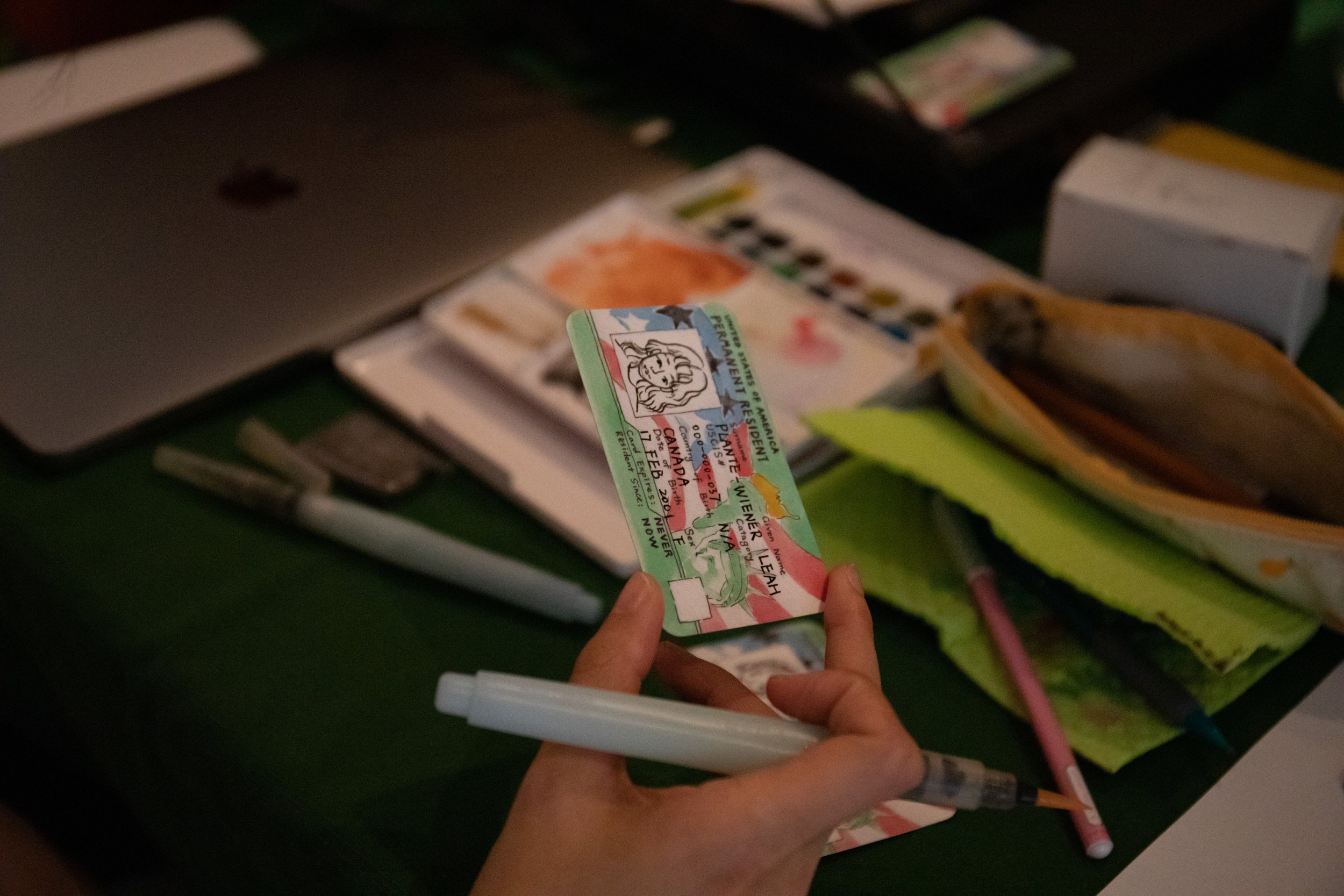
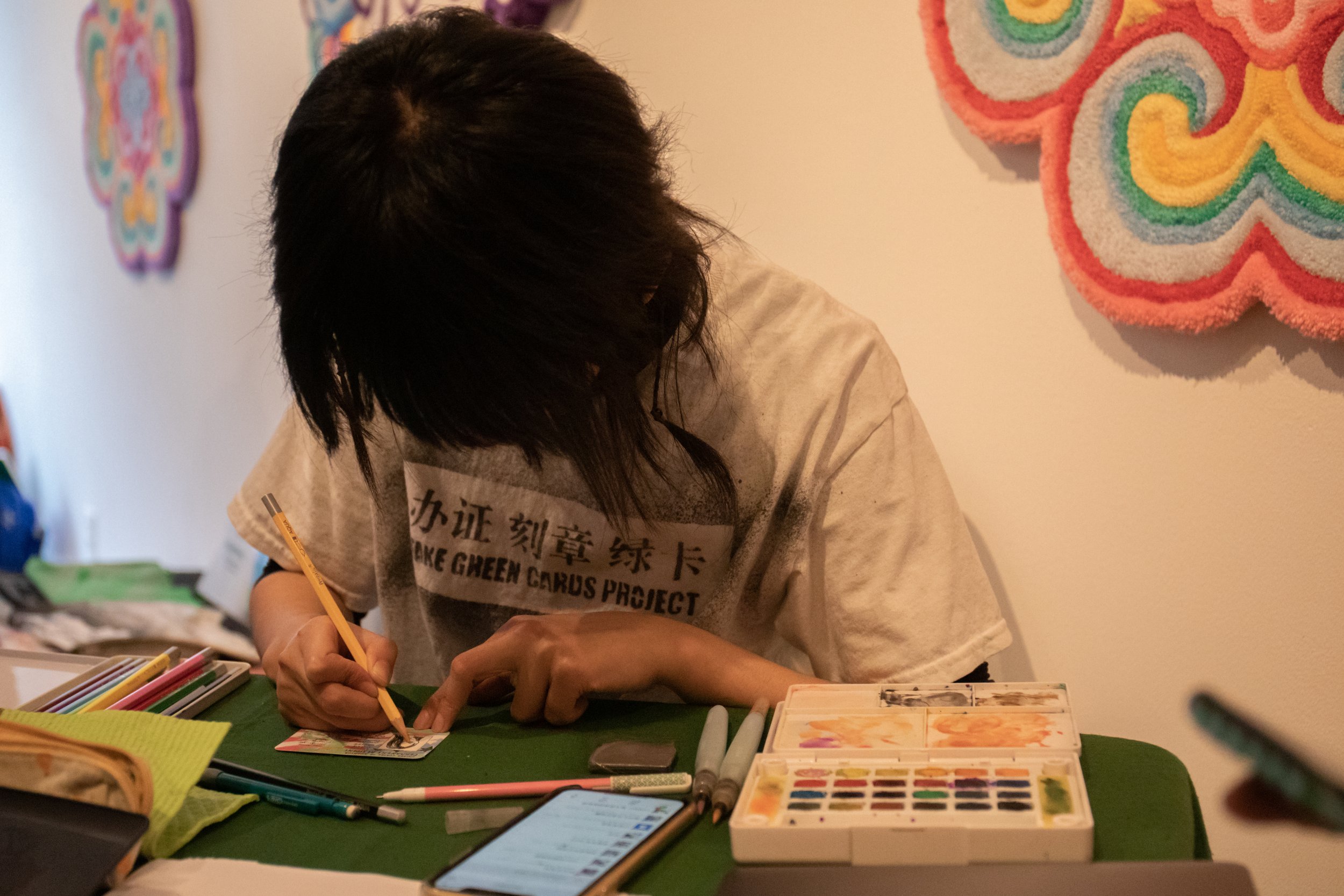
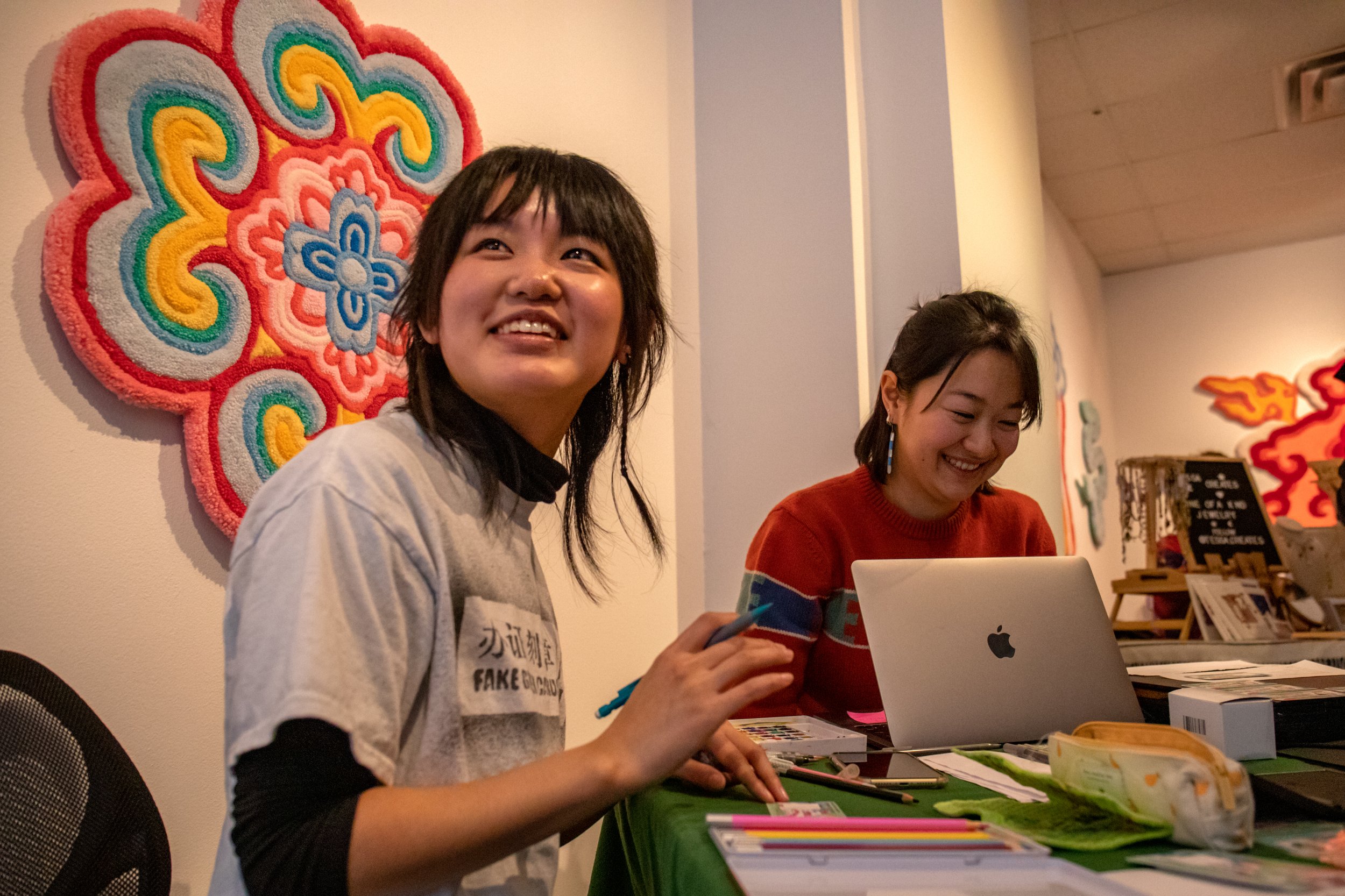
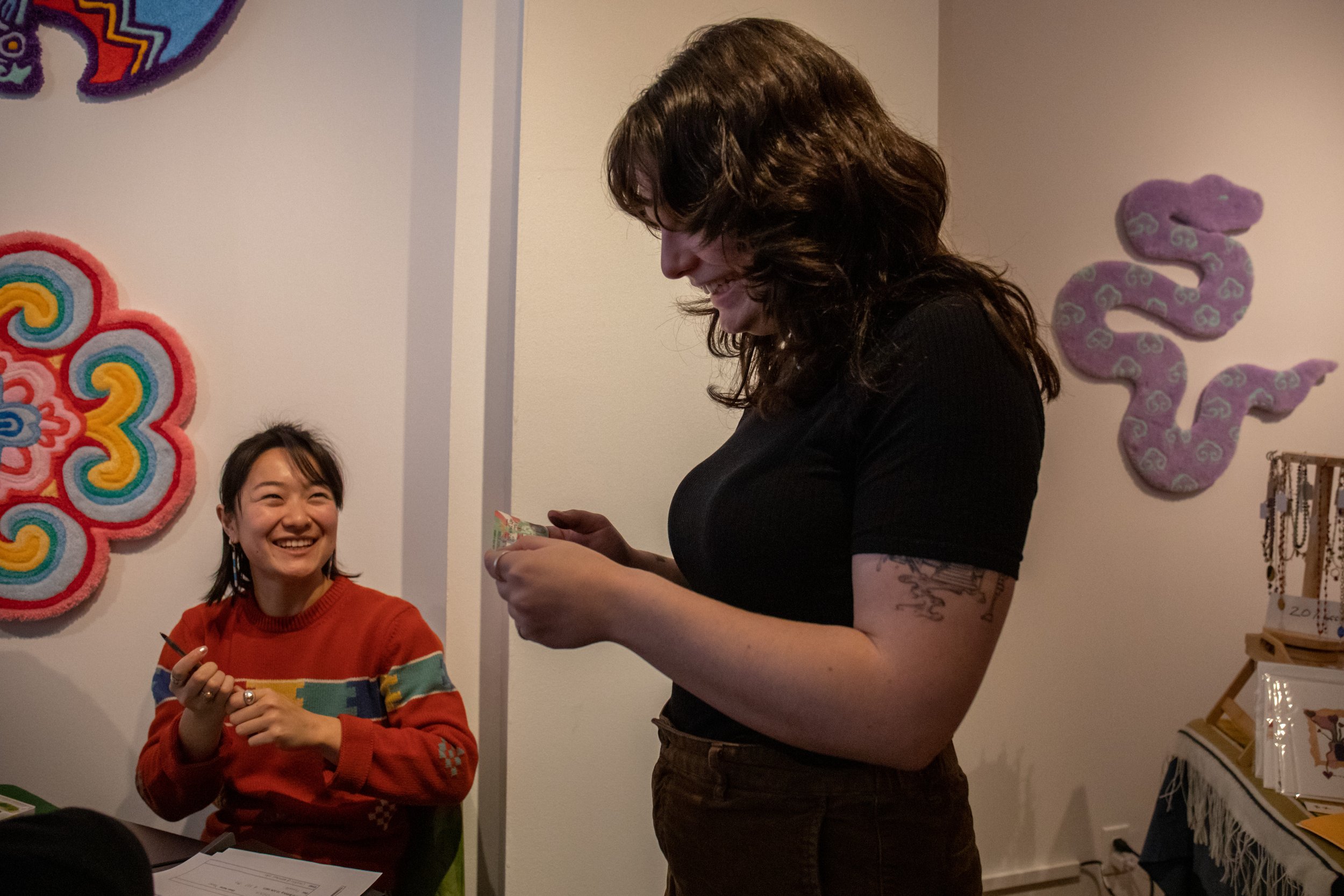


BE Journal: Visions of Wild HOPE
March 2023. Contributing photographer Diana Cervantes
“The Women of PADI, raising their voices for the ocean. Photographer’s creating visions to inspire Wild Hope. Learning from cultures and community to strengthen conservation. Writing for the Nature, a collection of stories from emerging voices. These are just a few of the compelling stories inside this special edition.”
CRISIS ON THE RIO GRANDE
70 Million Podcast
December 26, 2022. Photographs by Diana Cervantes for 70 Million Podcast
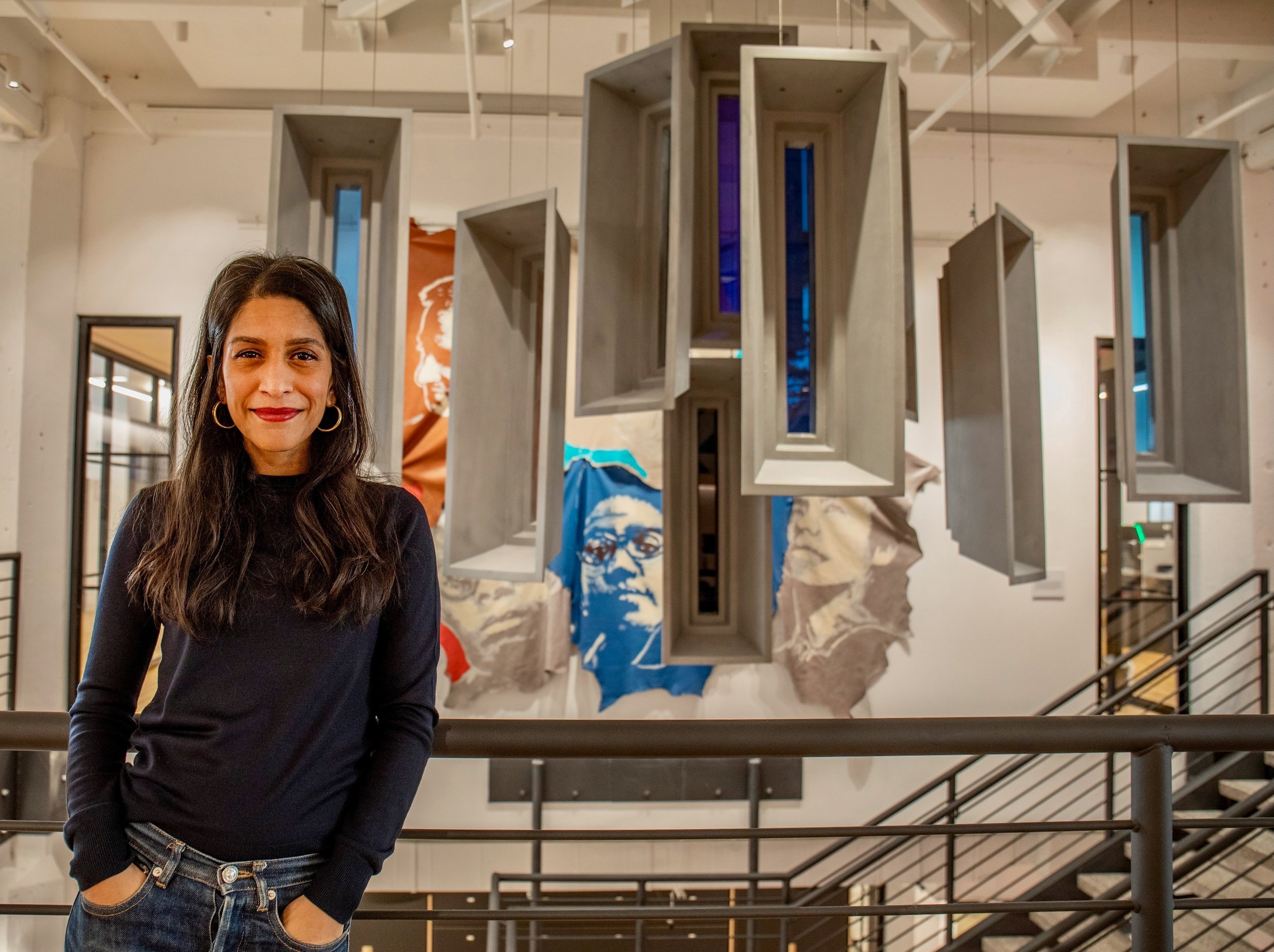
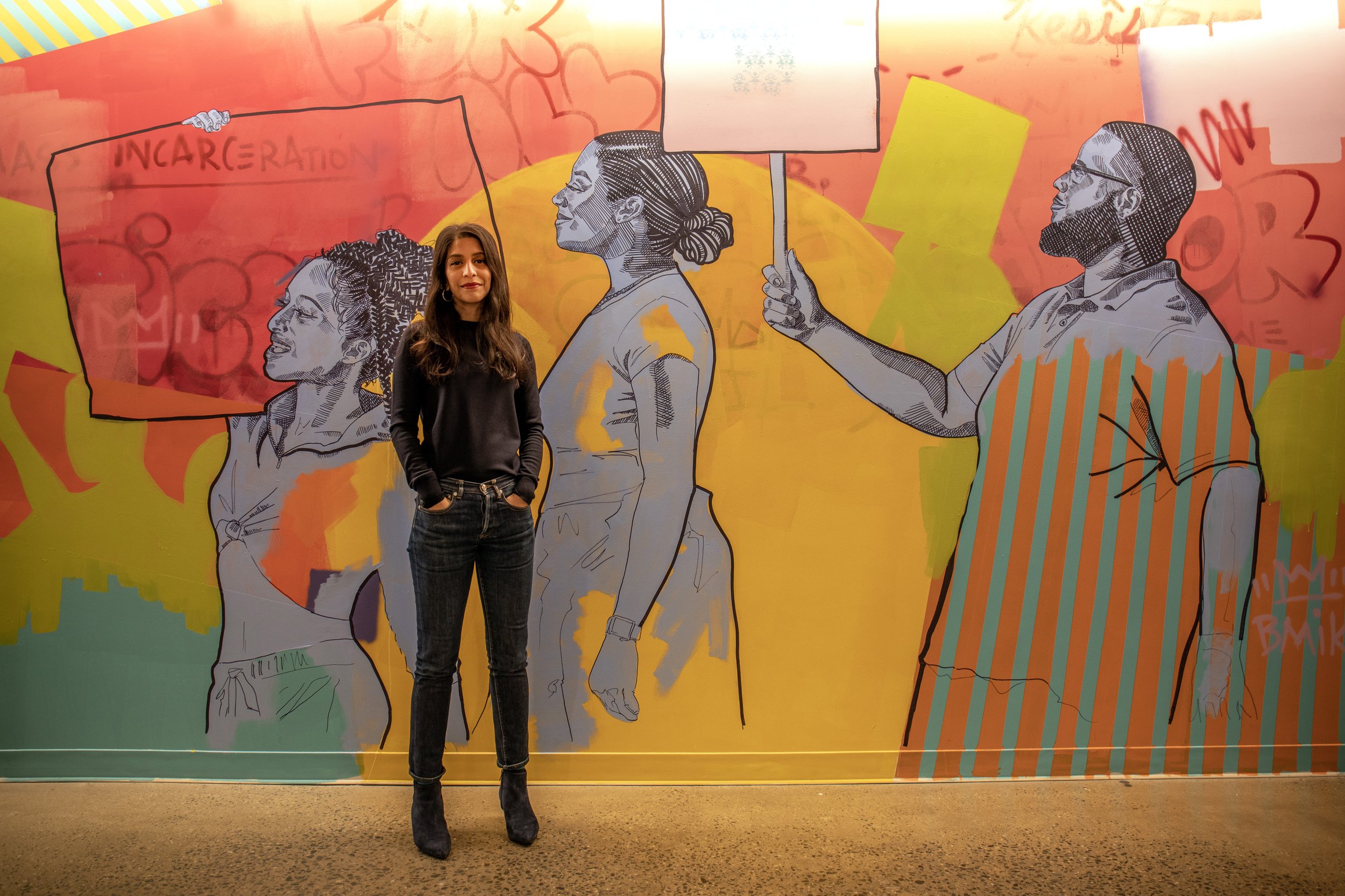
Photoville & Fort Greene Park Conservancy: Community Heroes
Photographs by Diana Cervantes for Community Heroes and Fort Greene Park Conservancy
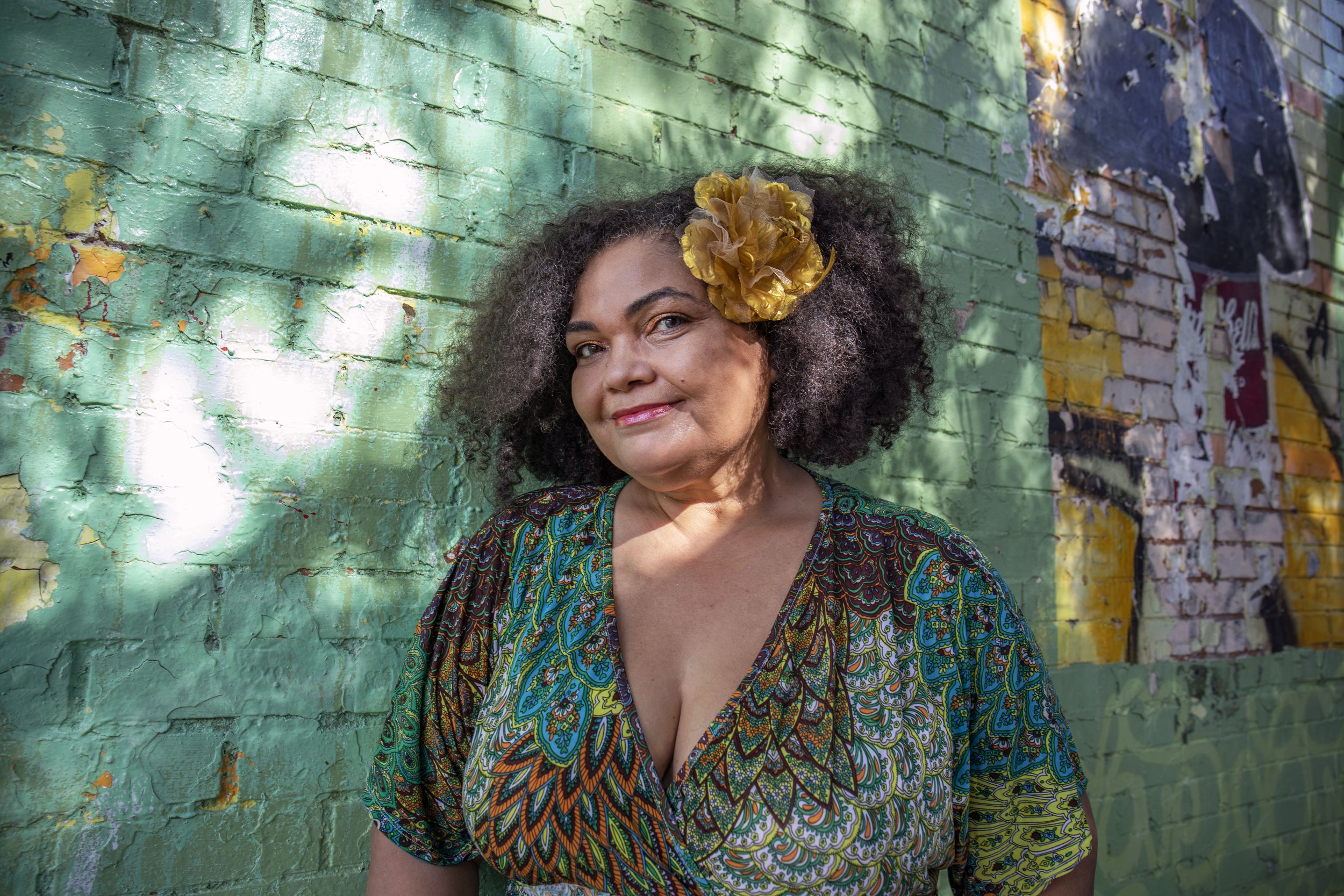
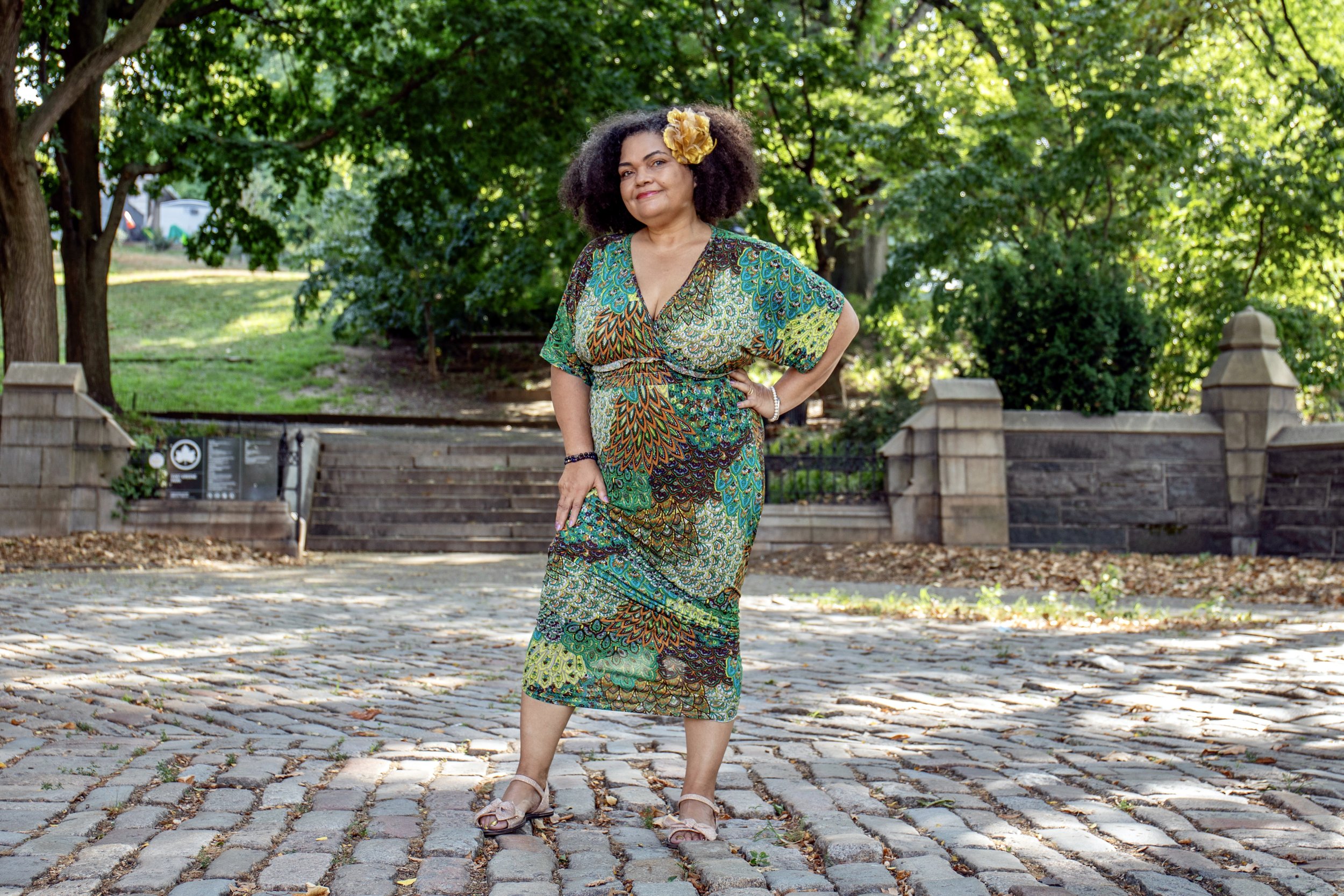

From August 2022 - July 2023 on the Park-hospital fence (Fort Greene)
It was an absolute honor to photograph Ketriana Yvonne for Community Heroes (@communityheroes.nyc) in partnership with Photoville (@photoville) and Fort Greene Park Conservancy (@fortgreenepark). Ketriana has been a vital member in the Fort Greene Community. I couldn’t express it better than Youth Writer on the project Emily Lin.
“Life is like shiny sequins, sometimes flashy most times you lose some pieces...Like the fabric of life in spite of a few tugs that leave a space or two without sequins. I still maintain and shine just the same."
This was the metaphor used in Ketriana Yvonne's book, Sequin Soul: Poetry from the Spirit. Previously in Patient Services, Community Outreach, and a Marketing Specialist for Brooklyn plaza medical center, Ketriana is now fully immersed in all creative things having become an inspiring poet, writer, and community influencer as a large part of her community arts and media institutions. She uses her words and ideas as her tool and hopes to pull people out of their struggles and fears. In a world full of negativity, Ketriana had become part of the bright sun of her surroundings. Ketriana's experience in first taking a New York Writers Coalition Writing Workshop and becoming a Certified Brooklyn Free Speech Producer led to her winning two B Free Awards for "Poetry for Change” and “Community Gardens". This experience allowed her to become a Workshop Leader during Covid -19 and is now to her own Sequin Soul Spirit Writers Workshop. Ketriana has been featured in the Fort Greene Poetry Festival, many open mics, and other talents of her own TV Show. As Host and Producer of "The Ketriana Yvonne Show "and now her Podcast "Like It Was Veterans Tales", she is able to use her own platform to share her ideas. This led to her becoming a County Committee Member and Judicial Delegate for the 57th District of Fort Greene. In a world where negative voices are so loud, it is hard for people to be the bright sun in their own life, yet people like Ketriana are not giving up on helping the people in her community. Ketriana has been a beacon of light and a pillar of hope in Fort Greene and for that
we thank you!
“The goal of this project is to celebrate the everyday heroes of New York City — neighborhood by neighborhood. Heroes are residents who have taken it upon themselves to organize for good in the neighborhood.
We pair local photographers to take portraits of the heroes. These portraits are displayed in the neighborhood, and accompanied by writing about the subject’s heroism.
The project aims to:
Highlight the great stories that are already taking place in each neighborhood
Inspire and encourage viewers to take ownership of their community
Give witness the diverse leaders of each neighborhood to unify them together as heroes
By publicly sharing the stories of people who have advocated for the neighborhood for decades, we hope to spark ideas of how new residents can become ‘owners’ and not just ‘renters’ of the neighborhood. By showcasing a diverse roster of heroes, we hope to cross-pollinate and strengthen the good work each is doing. We hope this will also provide the audience a variety of entry points to engage in the good work happening in the neighborhood.”
Waterfront Alliance
March 24, 2022. Photograph by Diana Cervantes featured on Waterfront alliance
WATERFRONT Q&A RESILIENCE: Women on the Waterfront, Katie Mosher
Atlanta Celebrates Photography Special Exhibition: “Entitlements” for the National Center for Civil and Human Rights
Oct. 2020- July 2021, Featuring work by: Diana Cervantes, Jasmine Clarke, Meghan Dhaliwal, Stephanie Eley, Alexis Hunley, Danielle Villasana
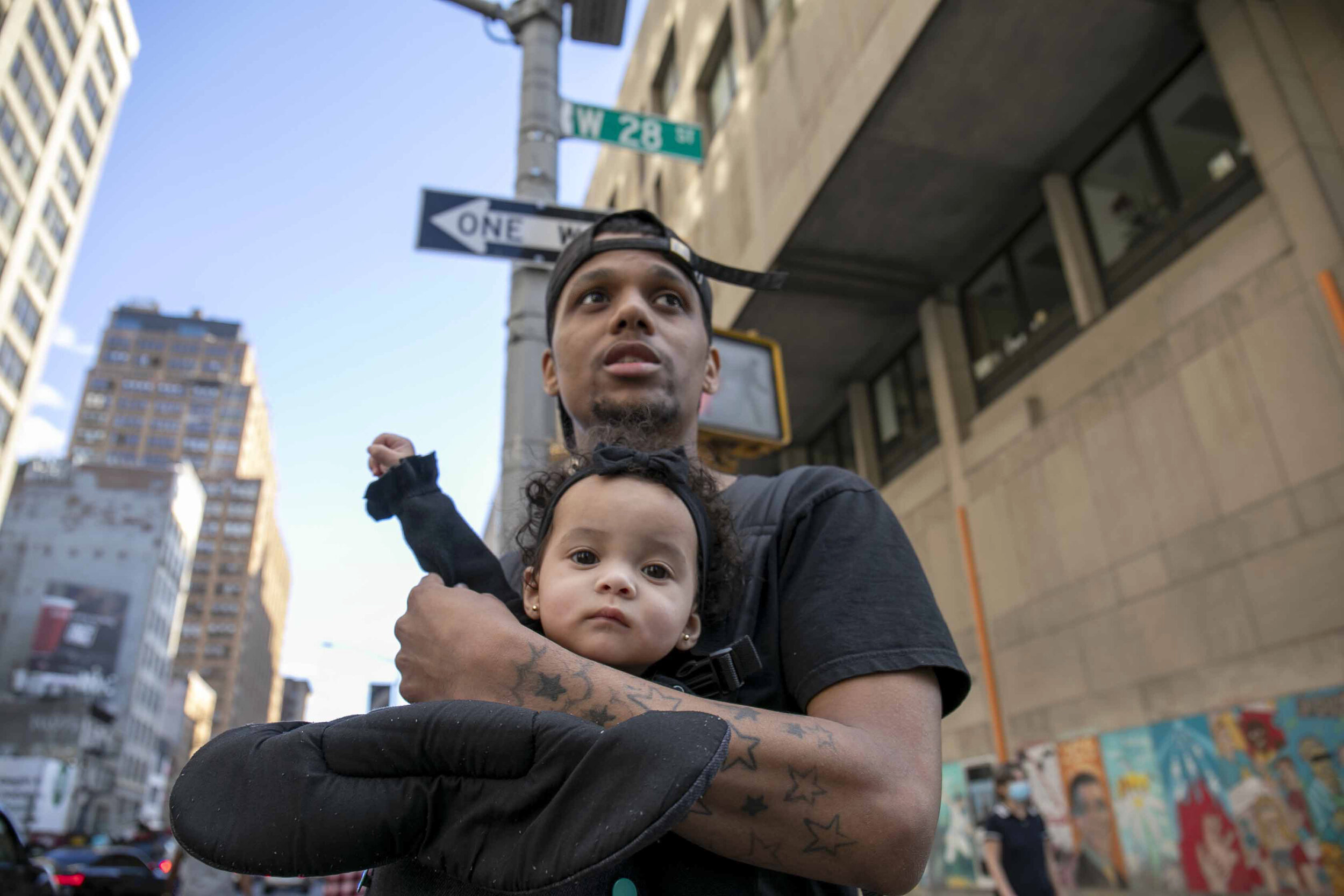
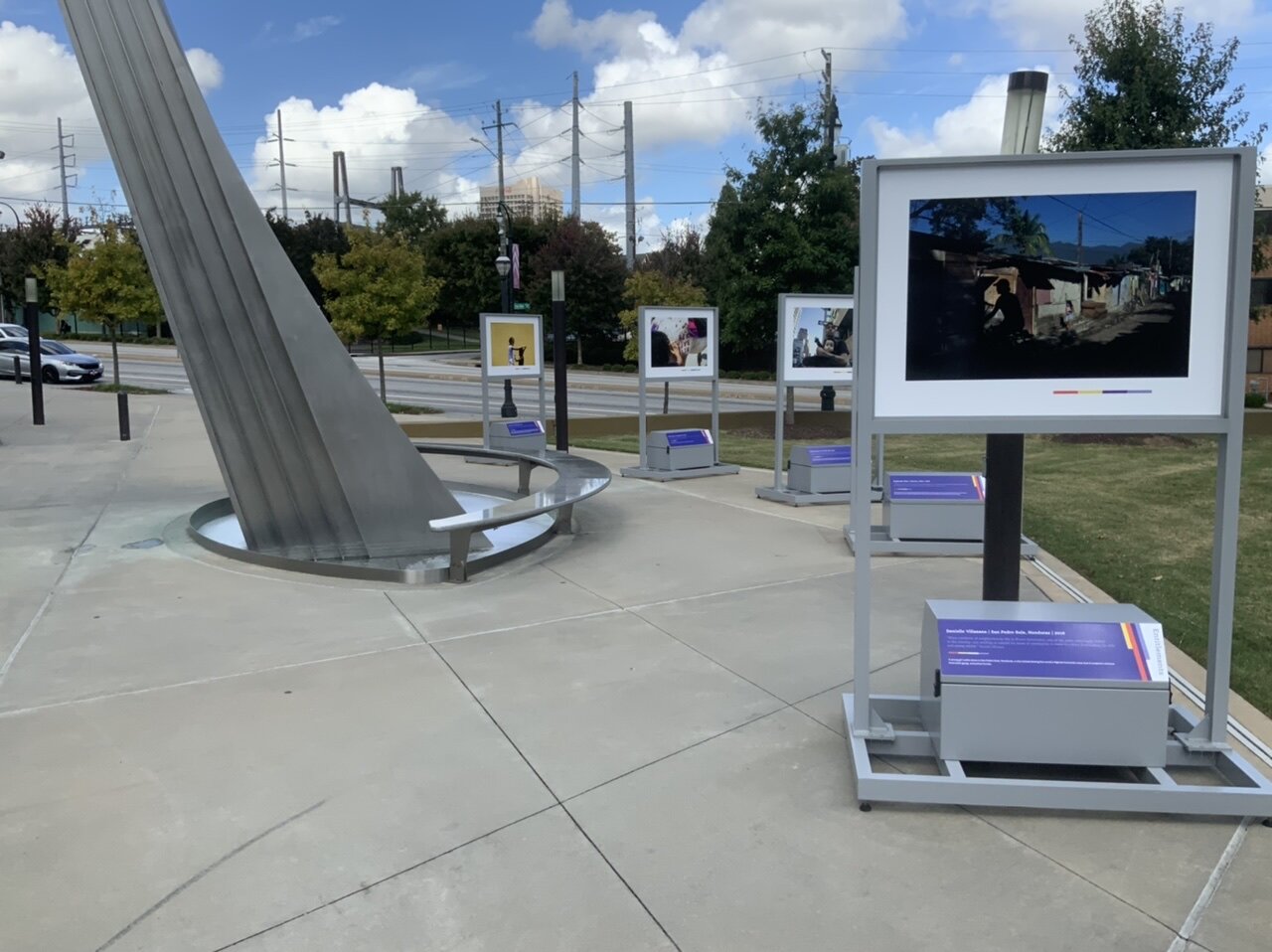
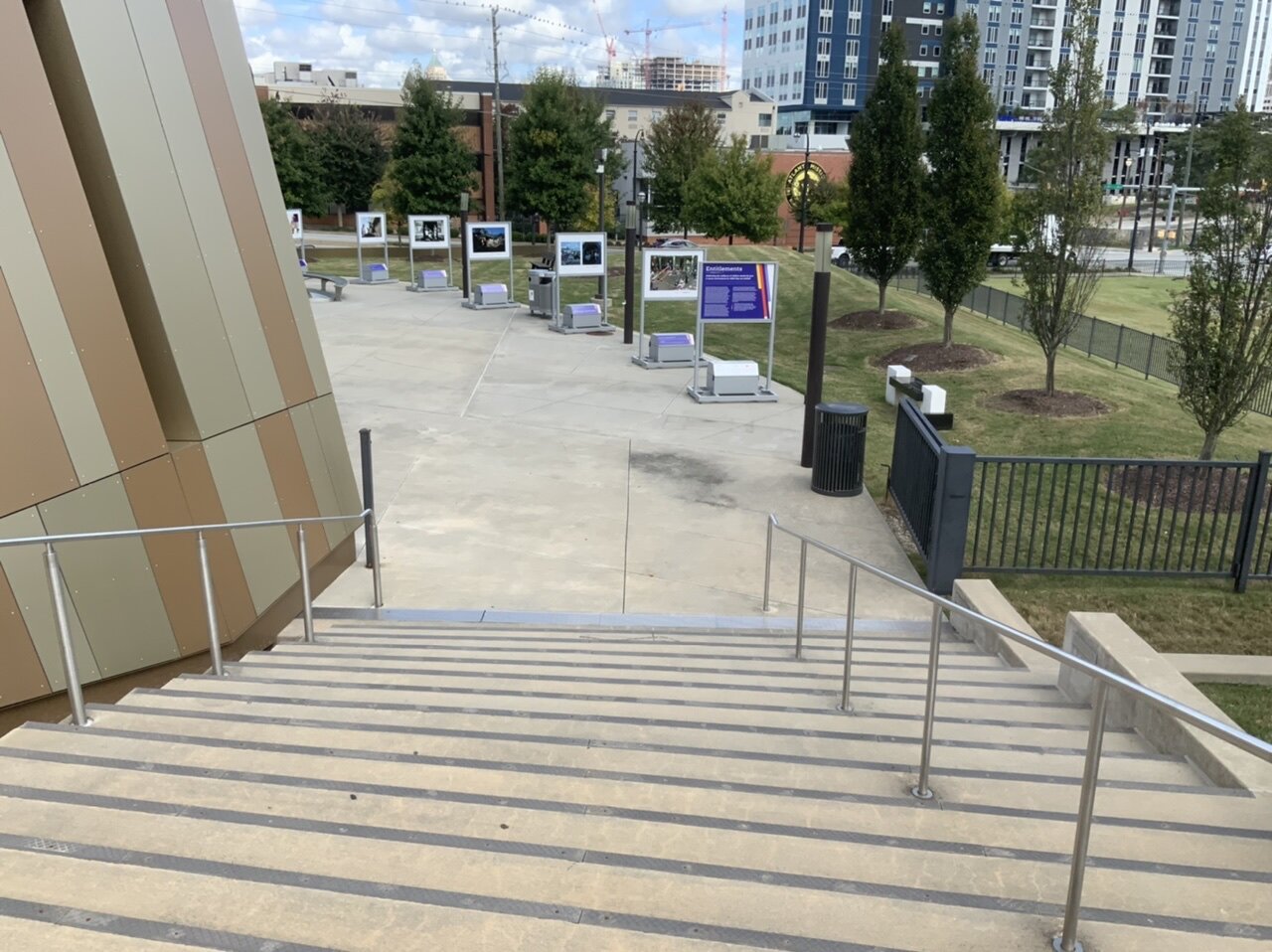
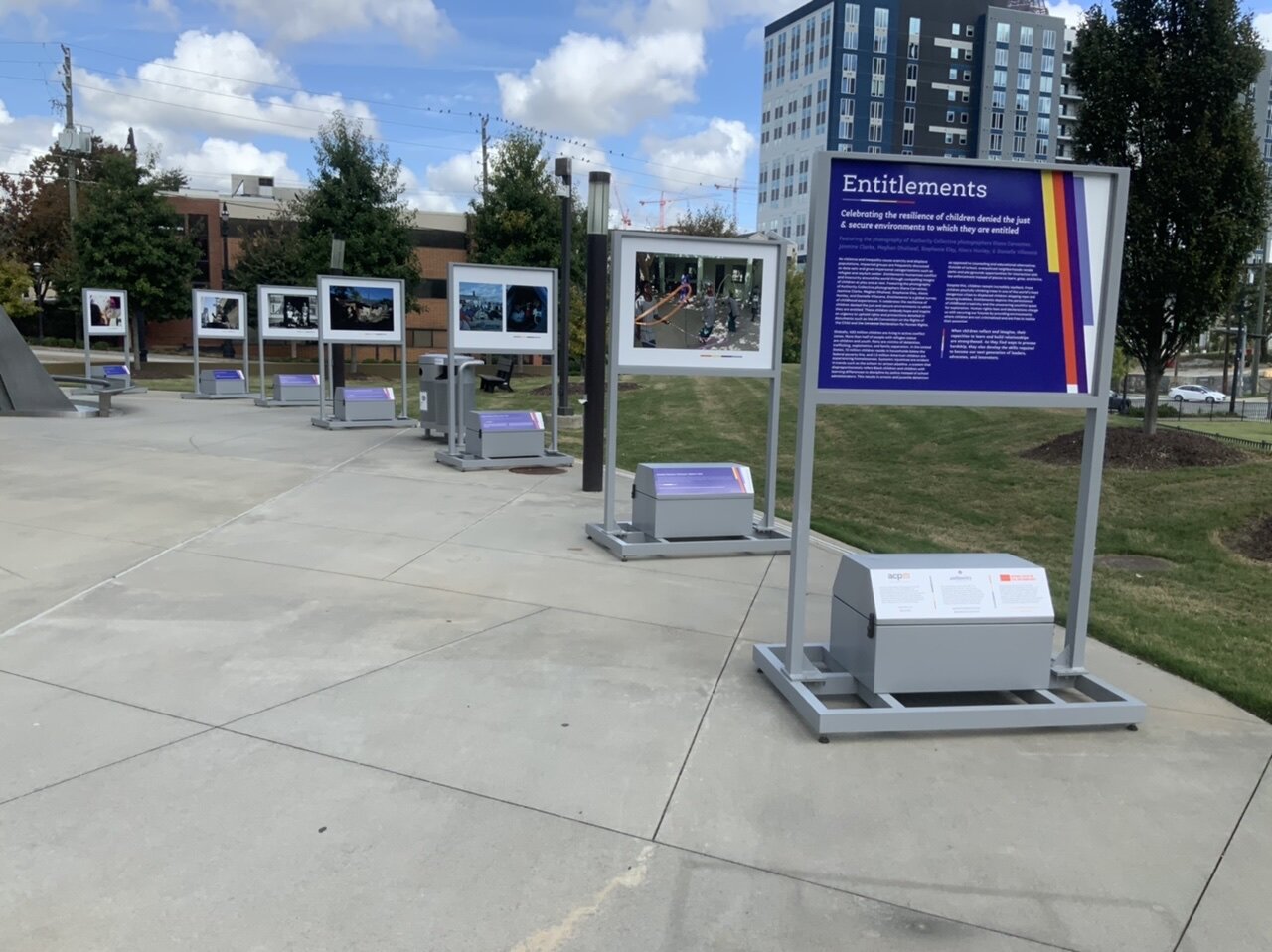
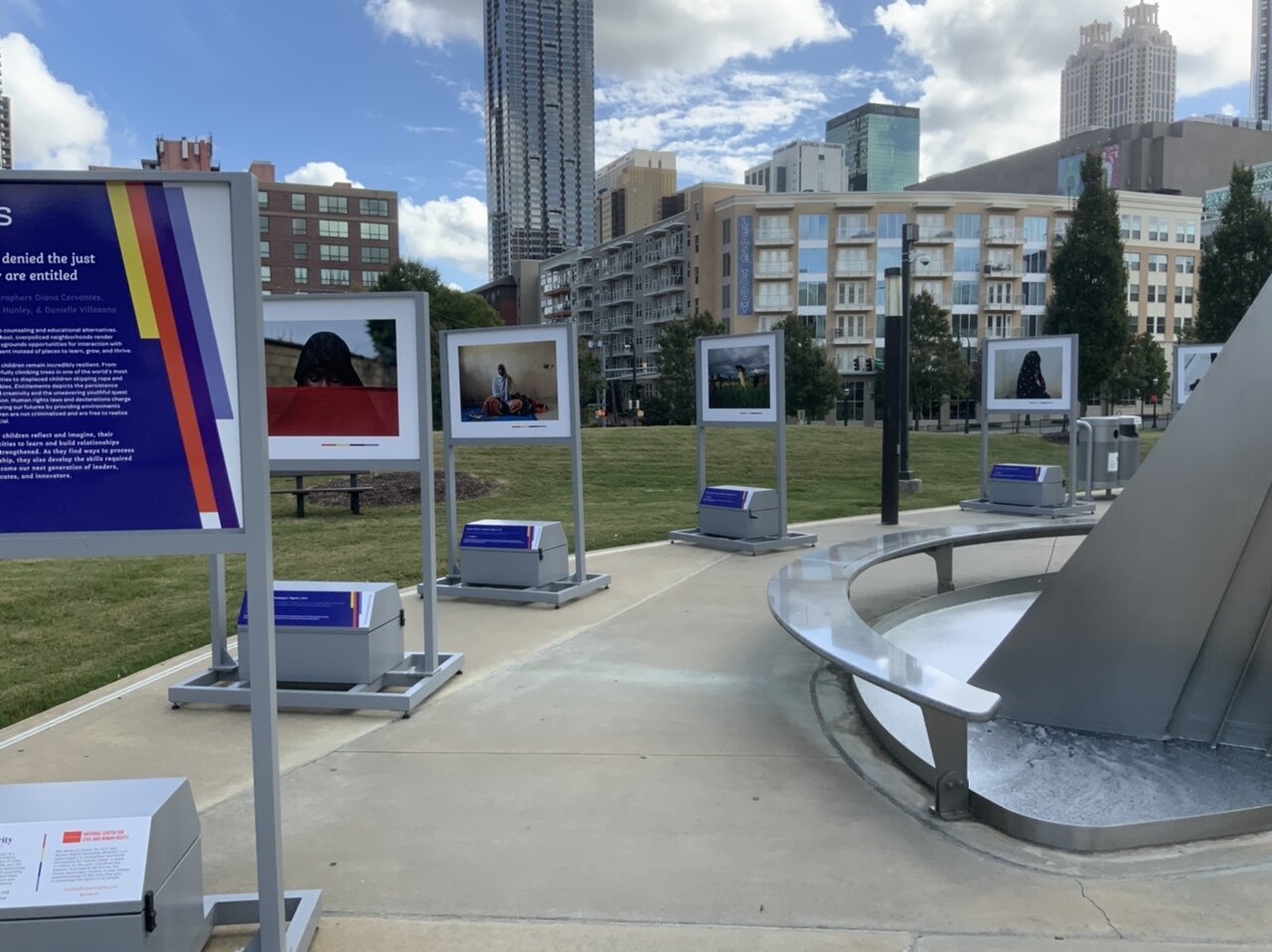
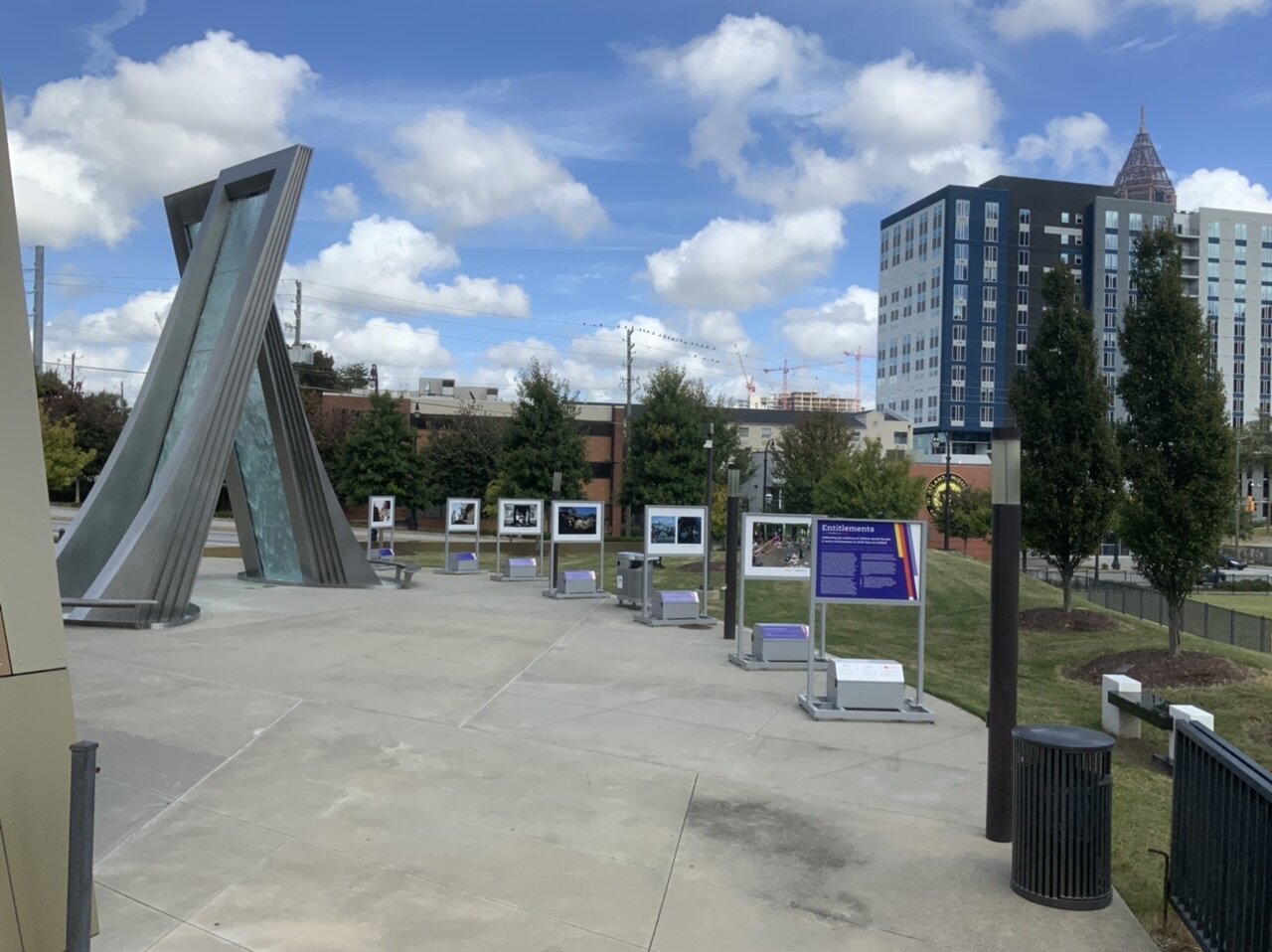


As violence and inequality cause scarcity and displace populations, impacted groups are frequently discussed as data sets and given impersonal categorizations such as refugee and asylum seeker. This exhibit humanizes conflict and insecurity around the world through compelling images of children at play and at rest.
The children embody hope and inspire an urgency to uphold rights and protections detailed by the UN Convention on the Rights of the Child (ratified 1989) and the Universal Declaration of Human Rights (established 1948) in order to offer a common standard of fundamental human rights for all people and all nations.
Featuring the photography of Authority Collective members, Entitlements is a global survey of childhood experiences. It celebrates the resilience of children denied the just and secure environments to which they are entitled.
This outdoor exhibition will be on display on the plaza of the NCCHR and does not require entry to the facility.
Partners: National Center for Civil and Human Rights (NCCHR) and Authority Collective
Online Exhibition: The Pieces We Are
Images selected for Six Feet Photography Project Online Gallery
“Pieces We Are” references an adapted excerpt from the novel Beloved :
“She is a friend of my mind. She gather me, man. The pieces I am, she gather them and give them back to me in all the right order.”
This gallery of images visually represents how, as womyn photographers of color, we have collectively gathered ourselves from the fog and confusion of the coronavirus pandemic and put ourselves back together. The photos speak to being in community with each other, valuing and elevating intimacy at home and beyond as we protest injustice and the pandemic of white supremacy while in the shadow of COVID.
This gallery was curated by Danielle Scruggs and Tara Pixley, both Board Members of Authority Collective and independent photo editors.”
Catchlight Behind the Lens Series with Authority Collective Photographers: images & reflections from the protests
June 8-June 14, 2020
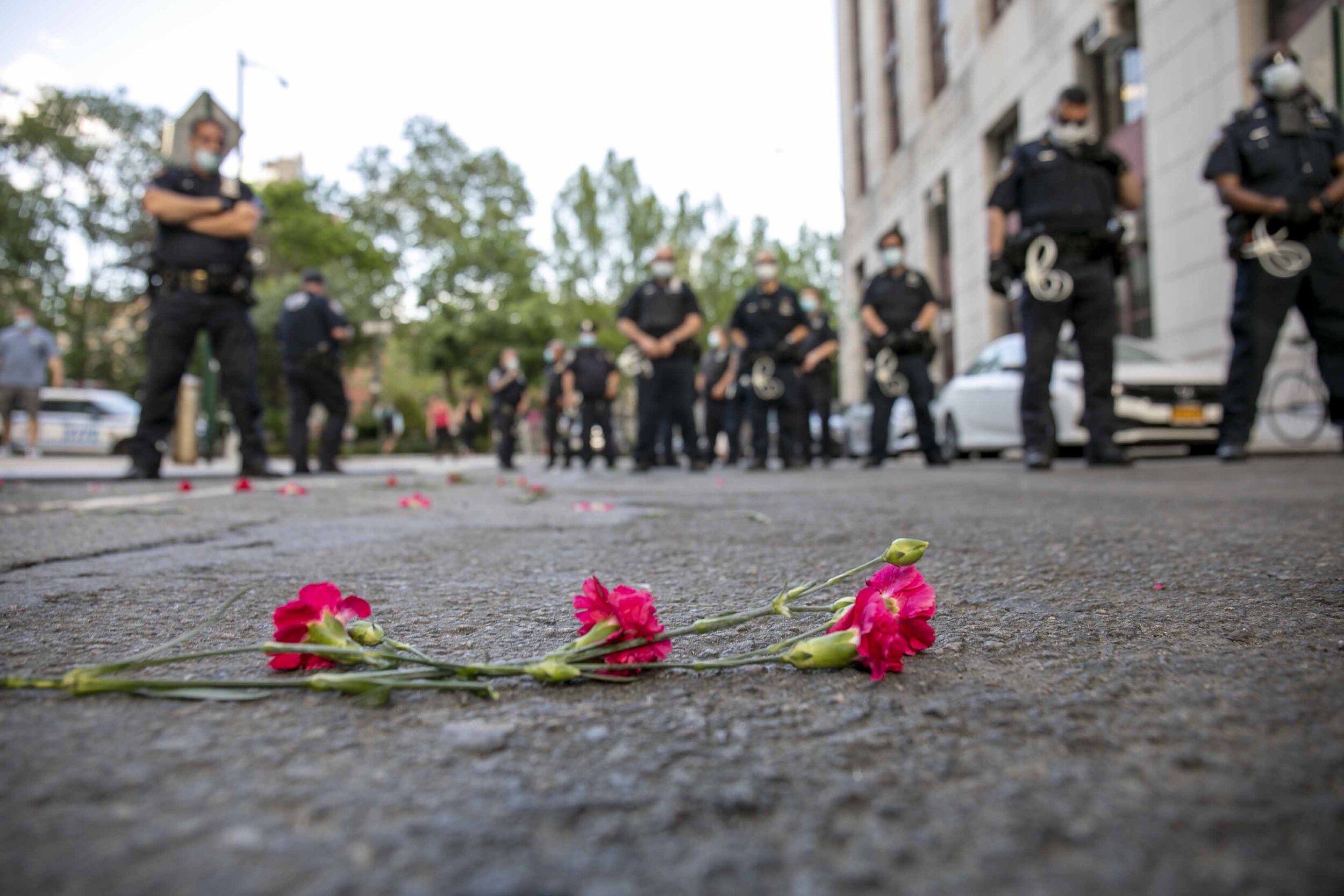
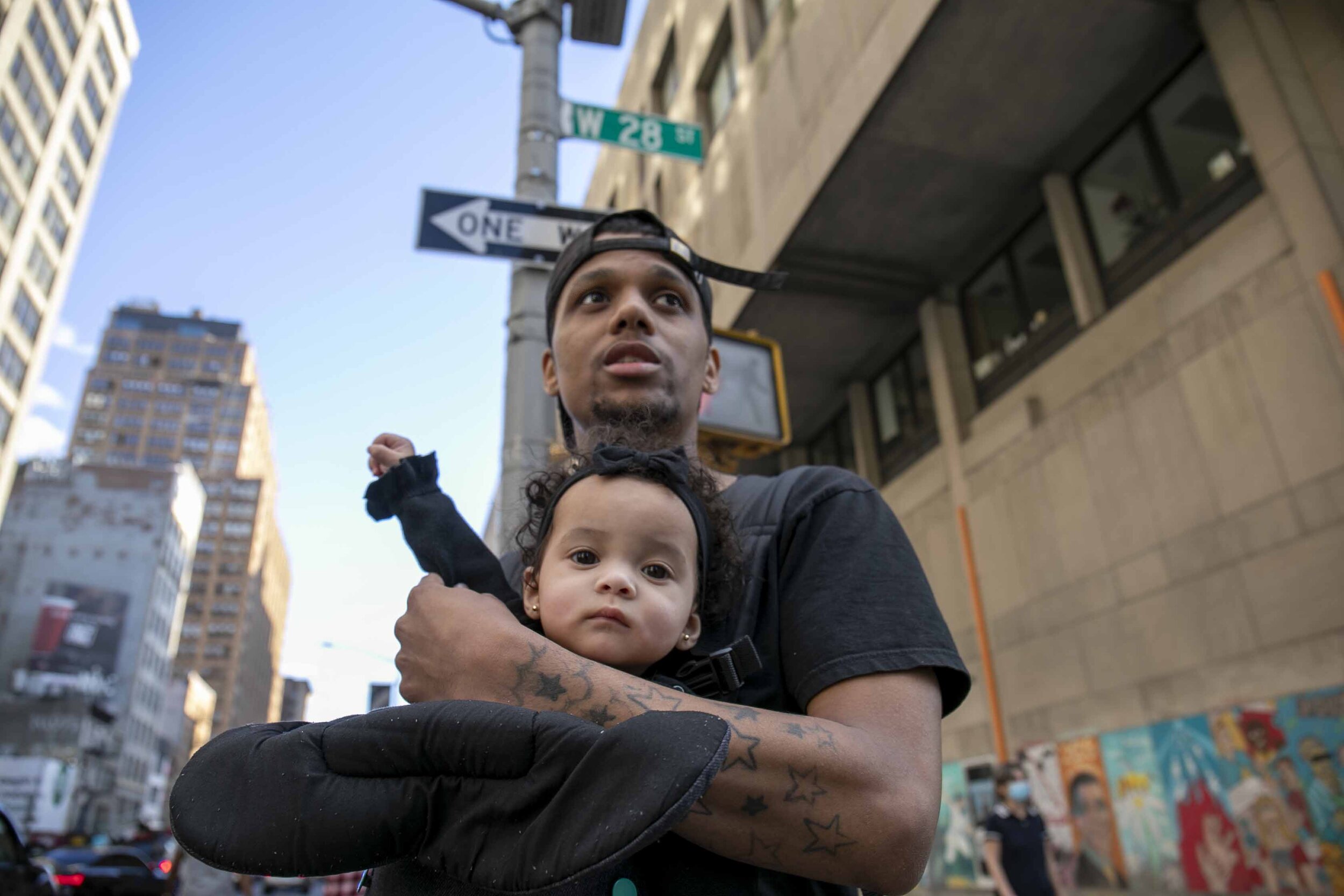
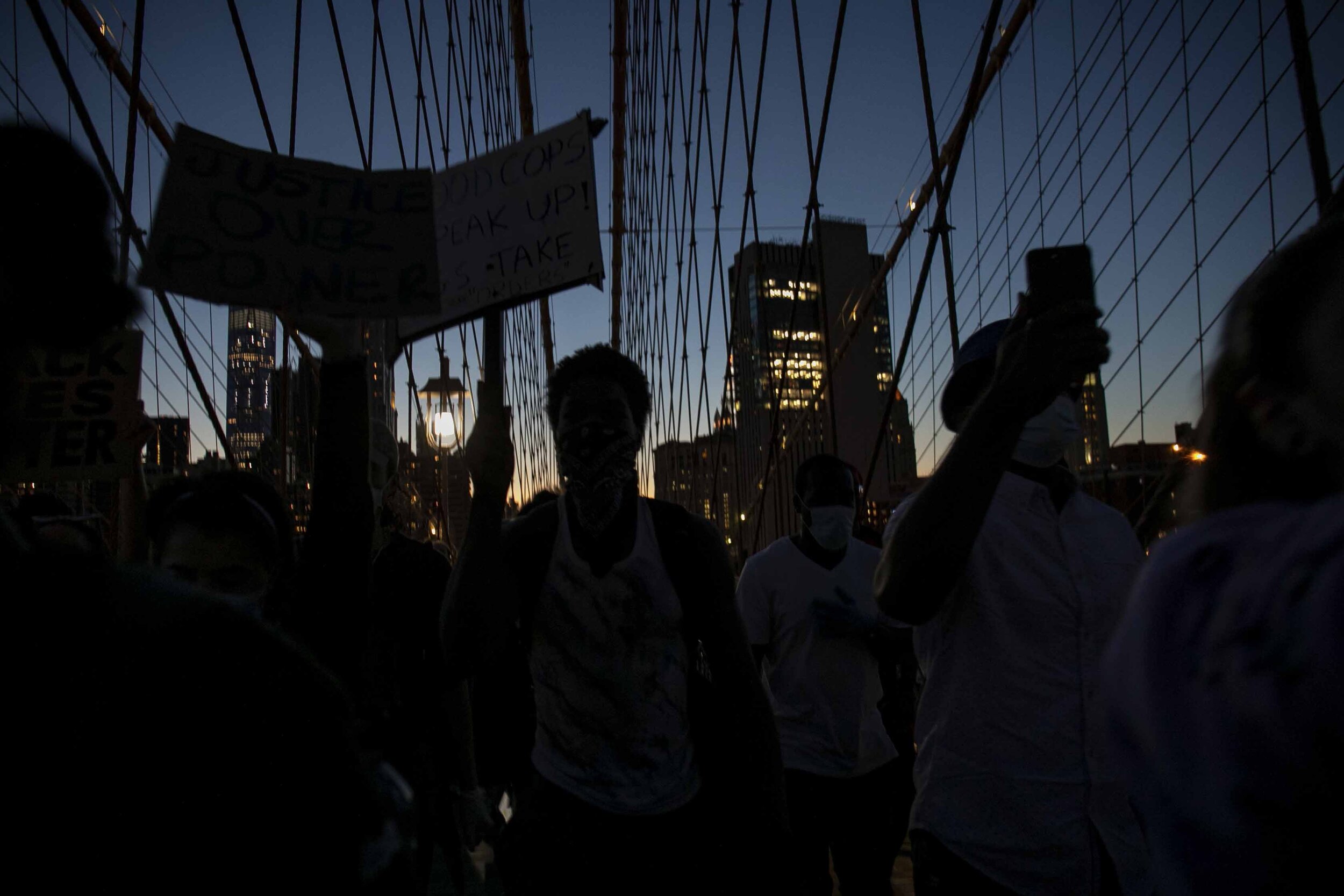
“Authority Collective took over our Instagram feed this week (June 8-June 14, 2020) to feature images from around the United States as tens of thousands of people protest against police brutality and the systemic racism that contributed to the deaths of George Floyd, Ahmaud Arbery, Breonna Taylor, and many others. Photographers Vanessa Charlot, Diana Cervantes, Lynsey Weatherspoon, Sarahbeth Maney, Tara Pixley, Rachel Elise Thomas, Chloe Collyer and Nora Williams share their photos and reflections from their recent work covering the protests. Special thanks to Danielle Scruggs and Tara Pixley for their curation support.”
Visura.co
May 30, 2020 Photo essay on the George Floyd Protest in NYC published on Spotlight section of Visura.co.

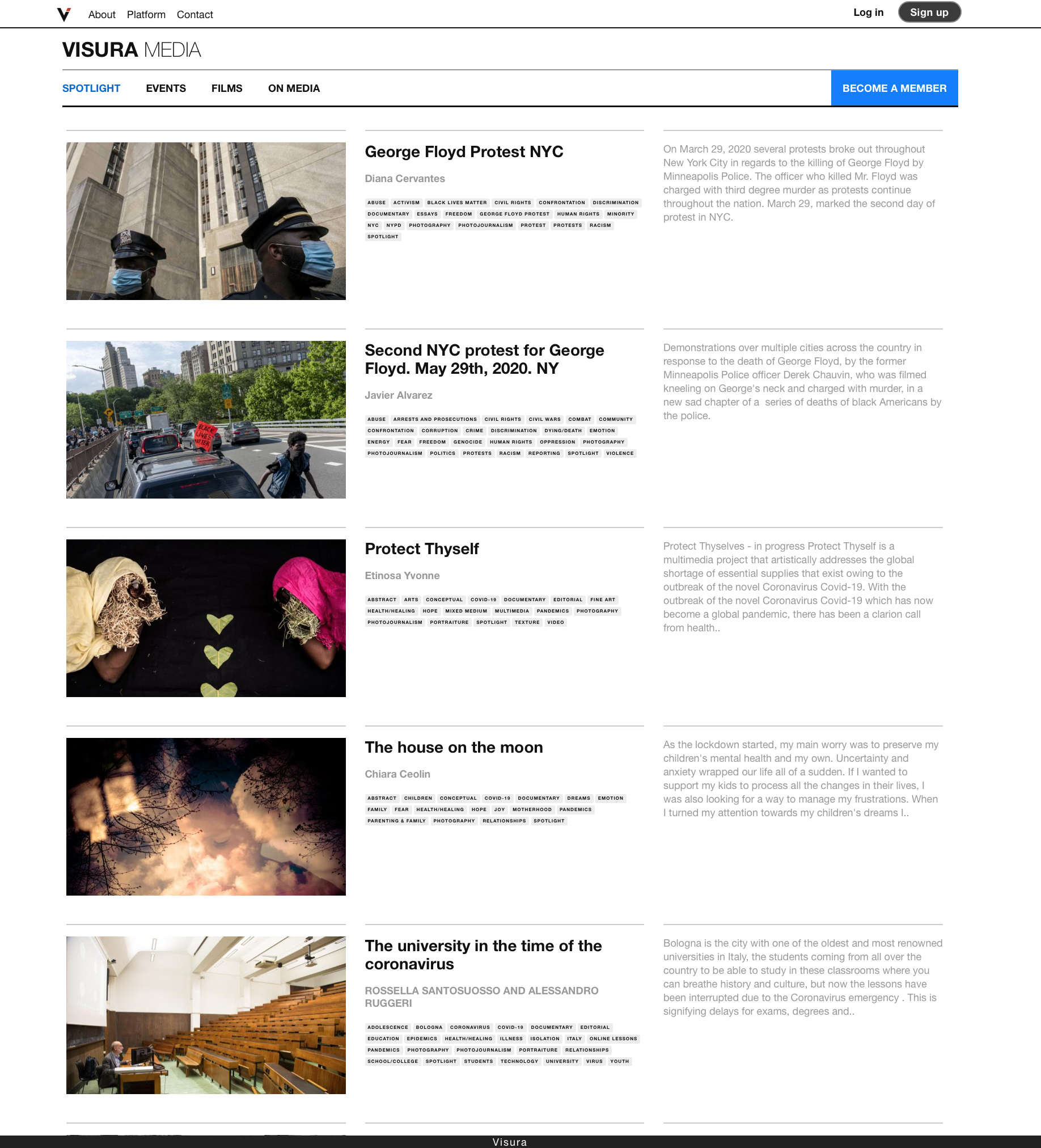
National Geographic Your Shot
August 2, 2019 Image selected & published for National Geographic’s Your Shot “Photos of the Week”
Battles, Many and Hard Won: Judy Chicago
Photographs by Diana Cervantes for Pasatiempo Magazine
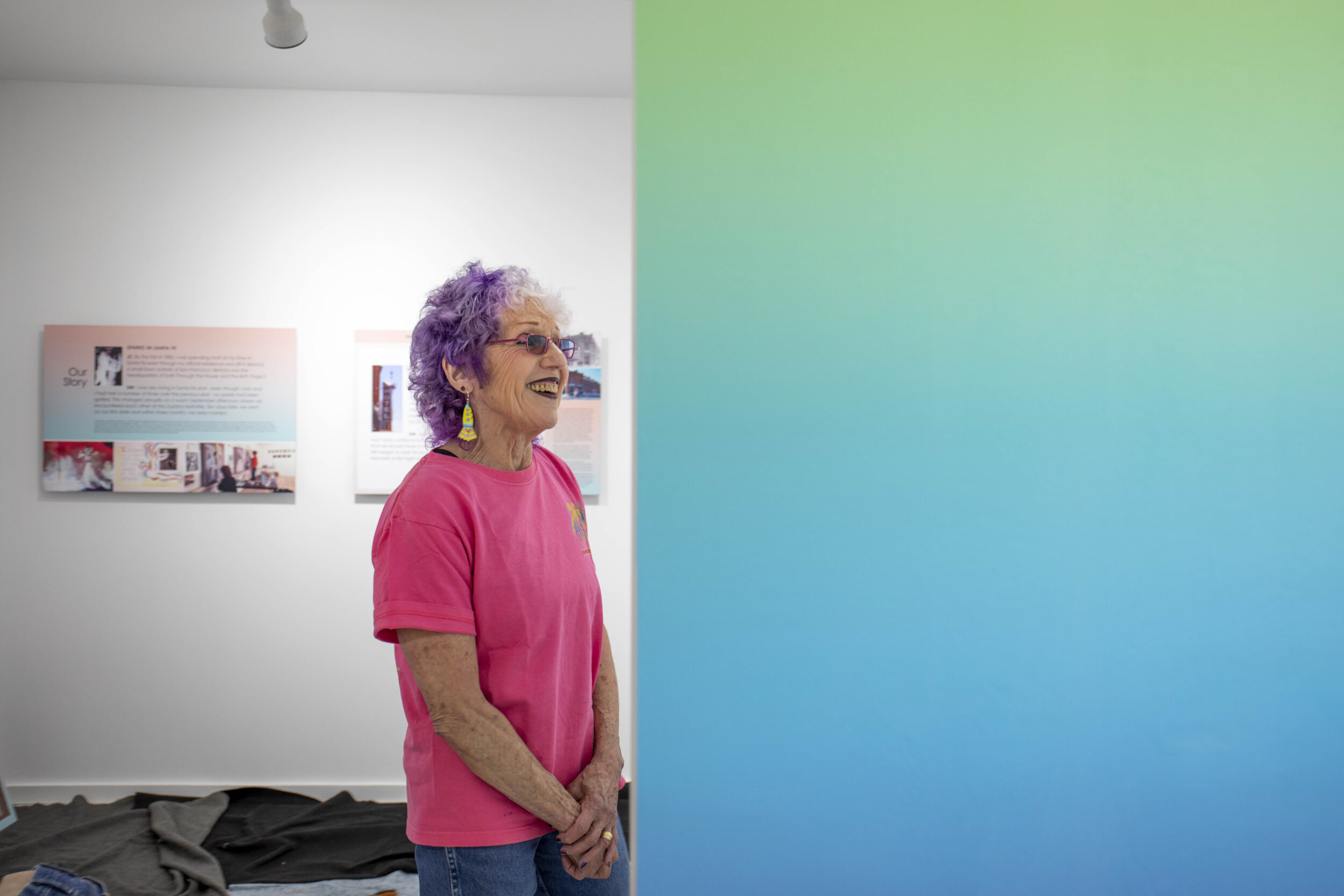

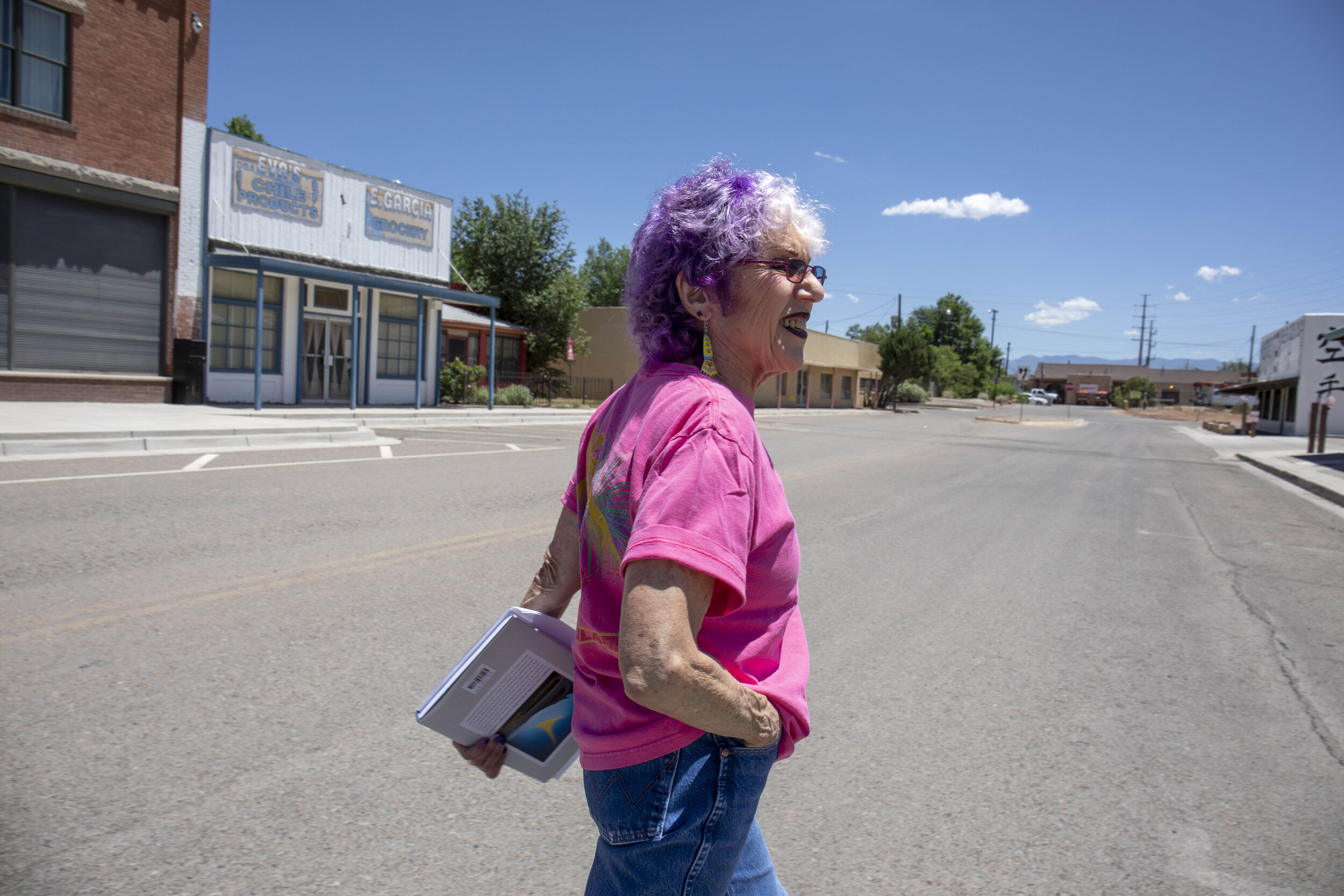

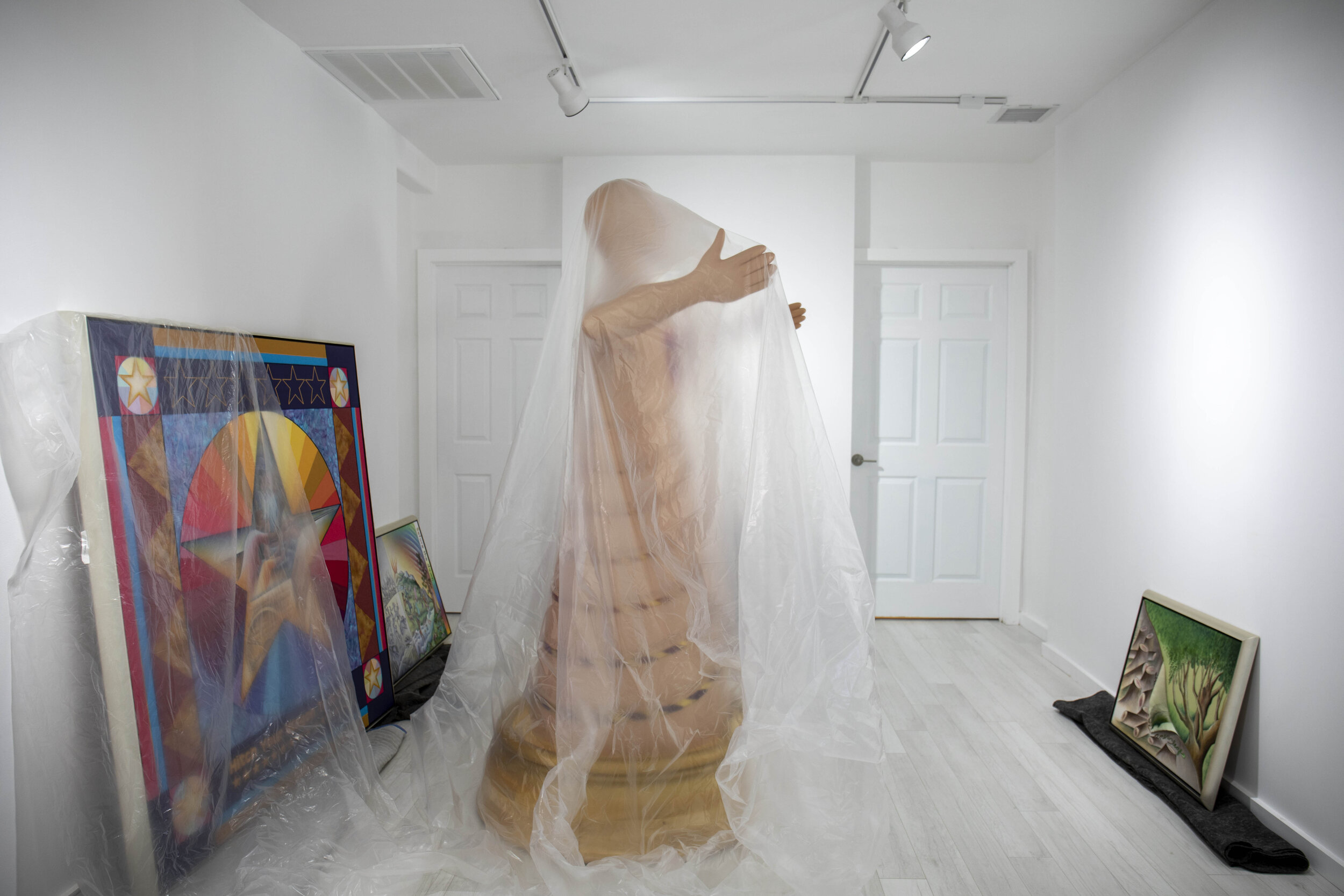
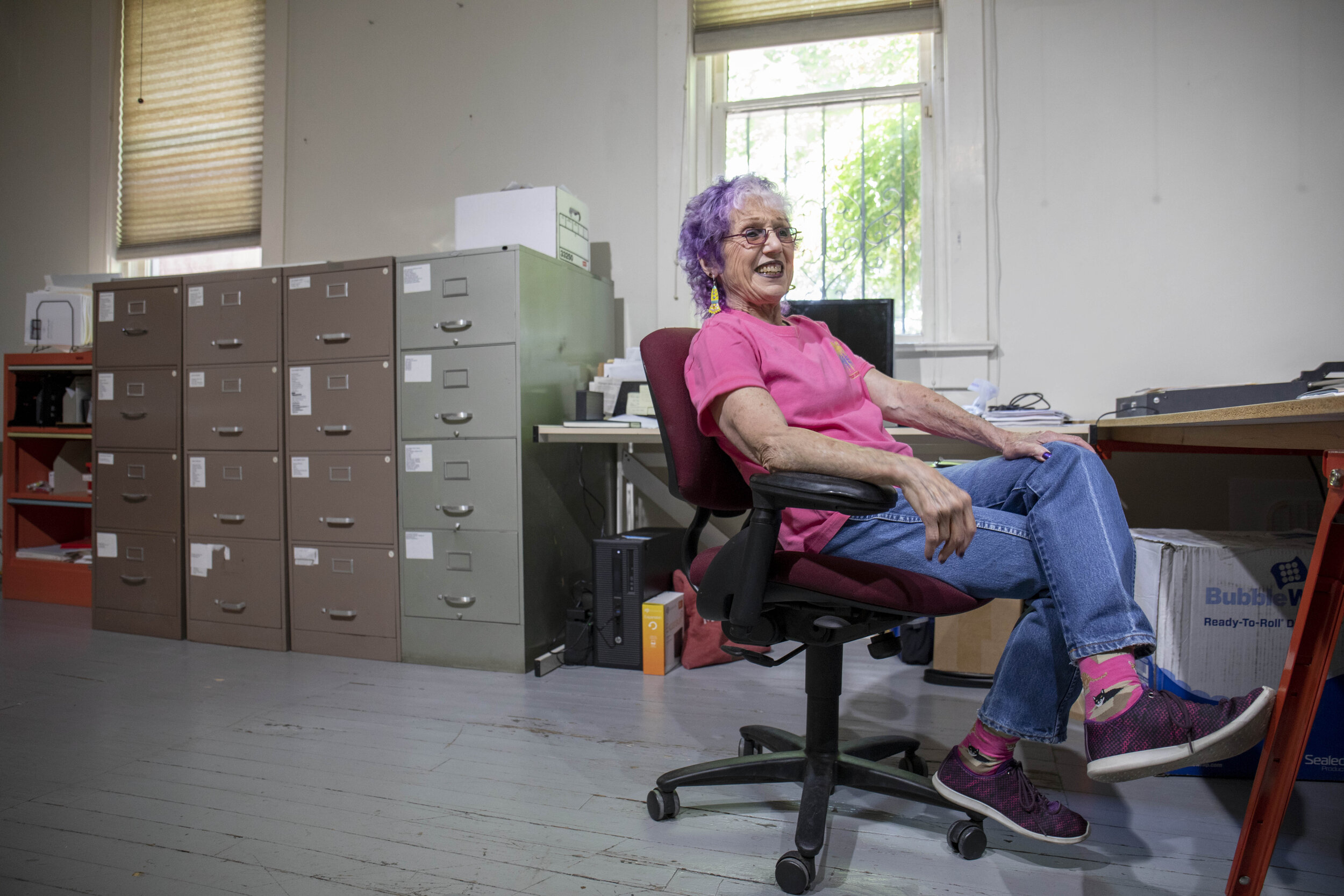
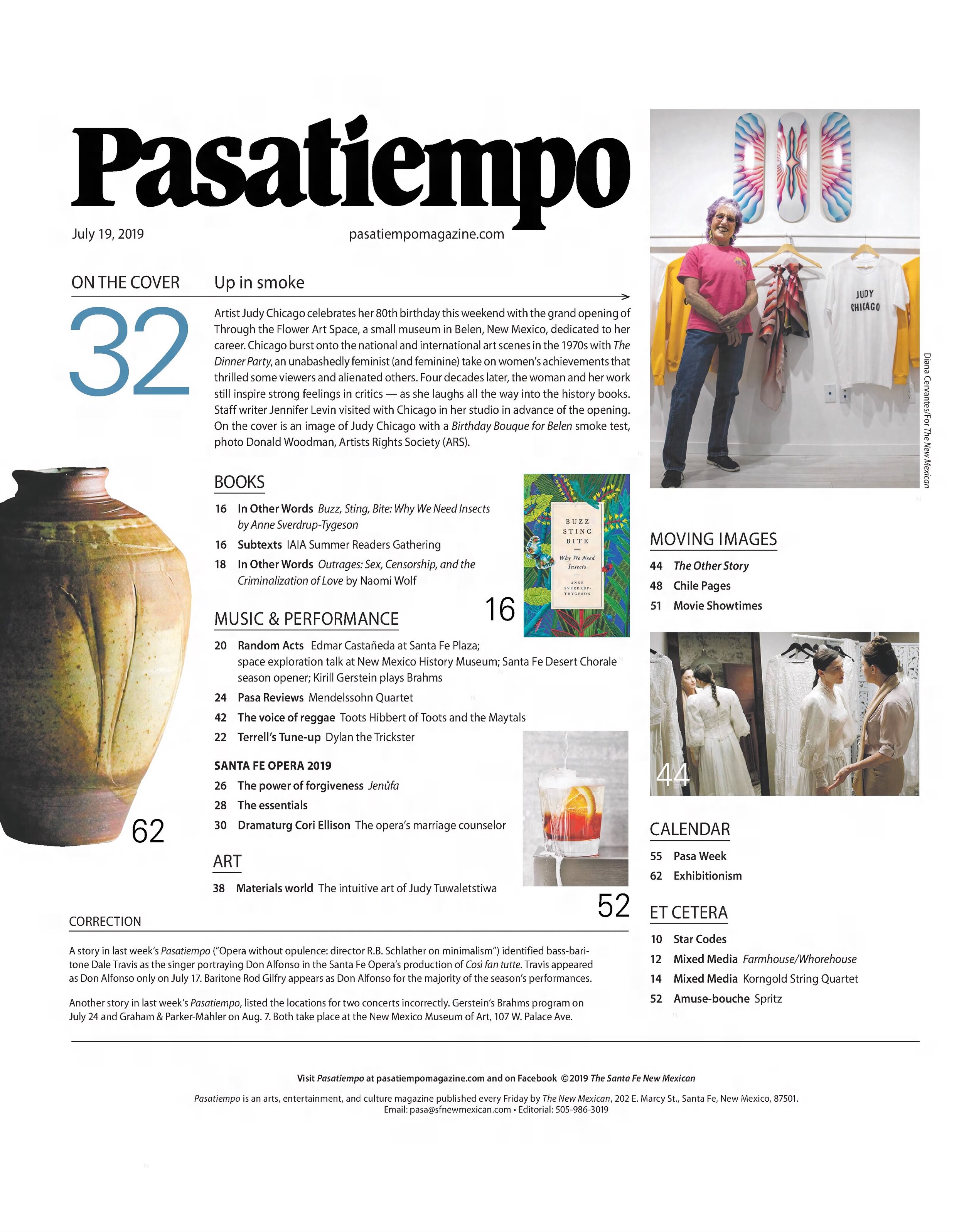
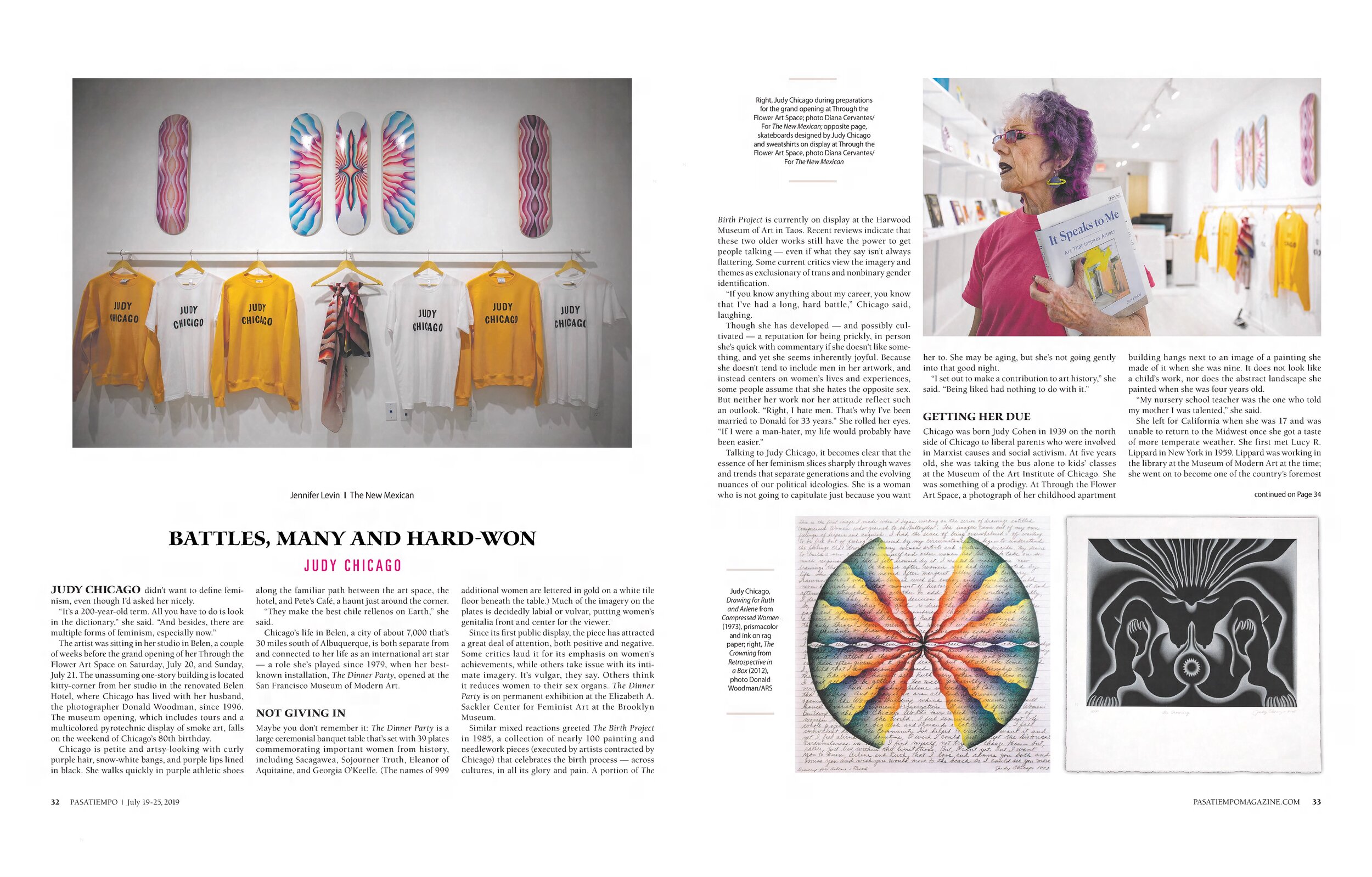
Amid Rancor, Advocates Scramble to Find Homes for Wild Horses
Written and photographed by Diana Cervantes for Bitterroot Magazine
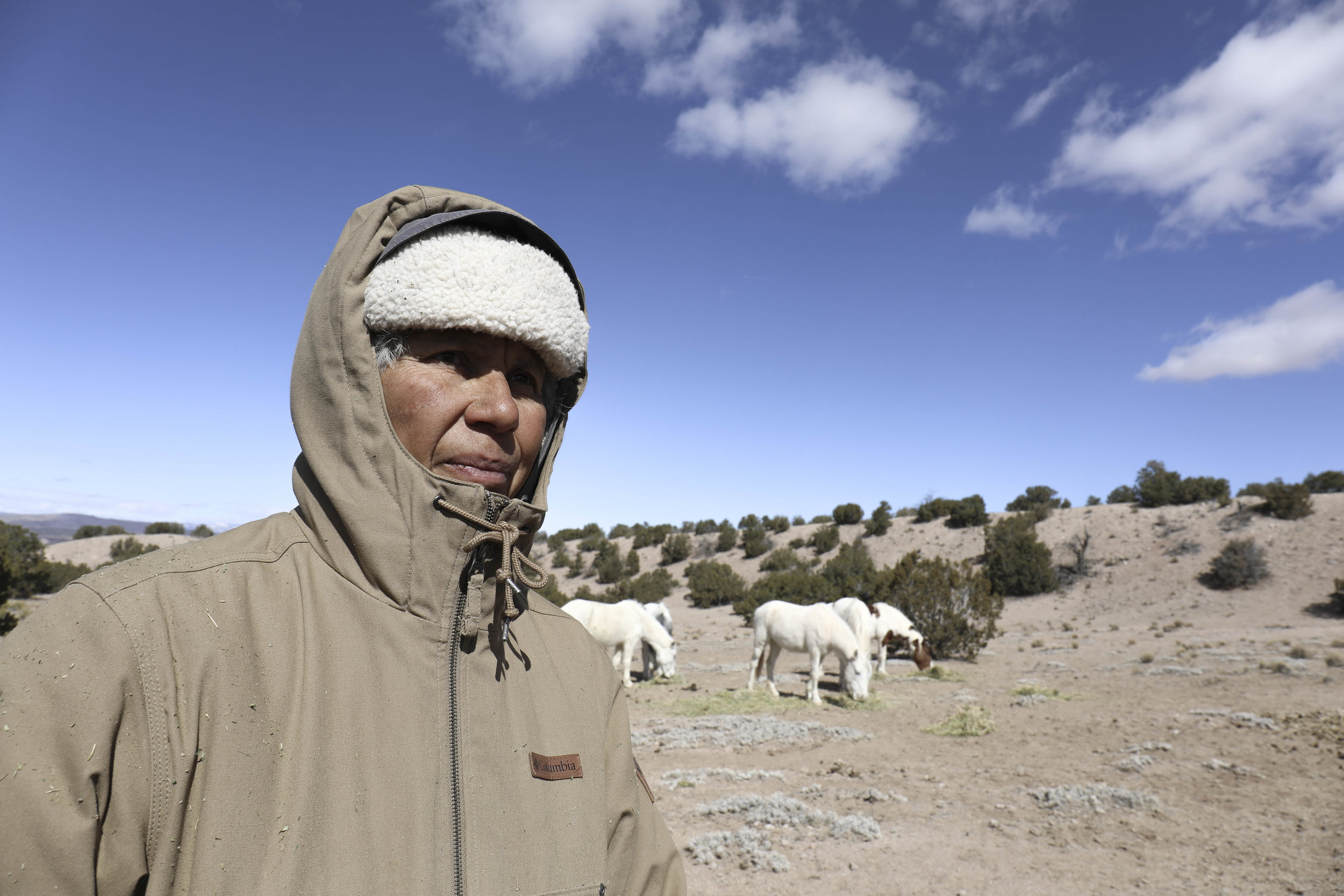
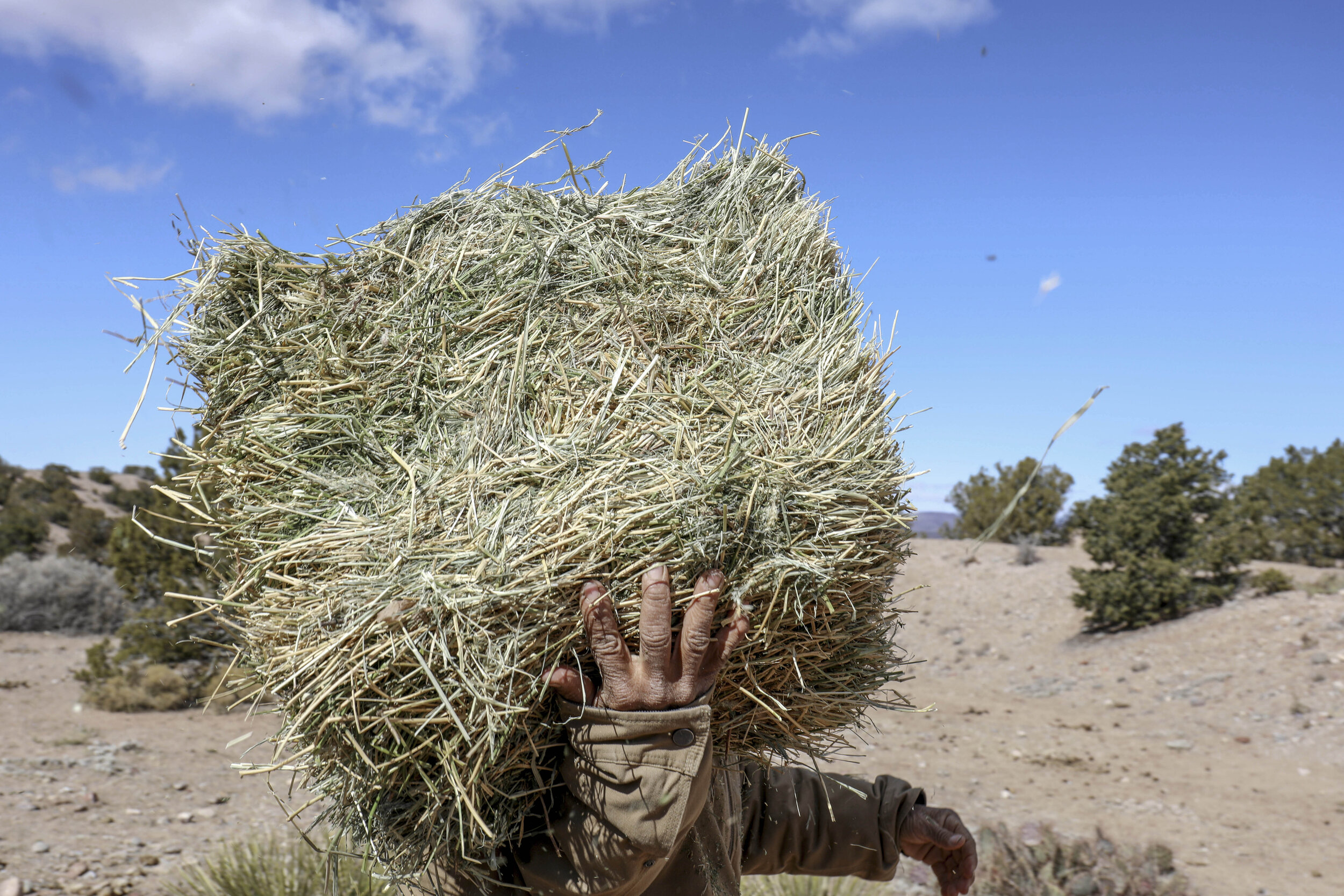
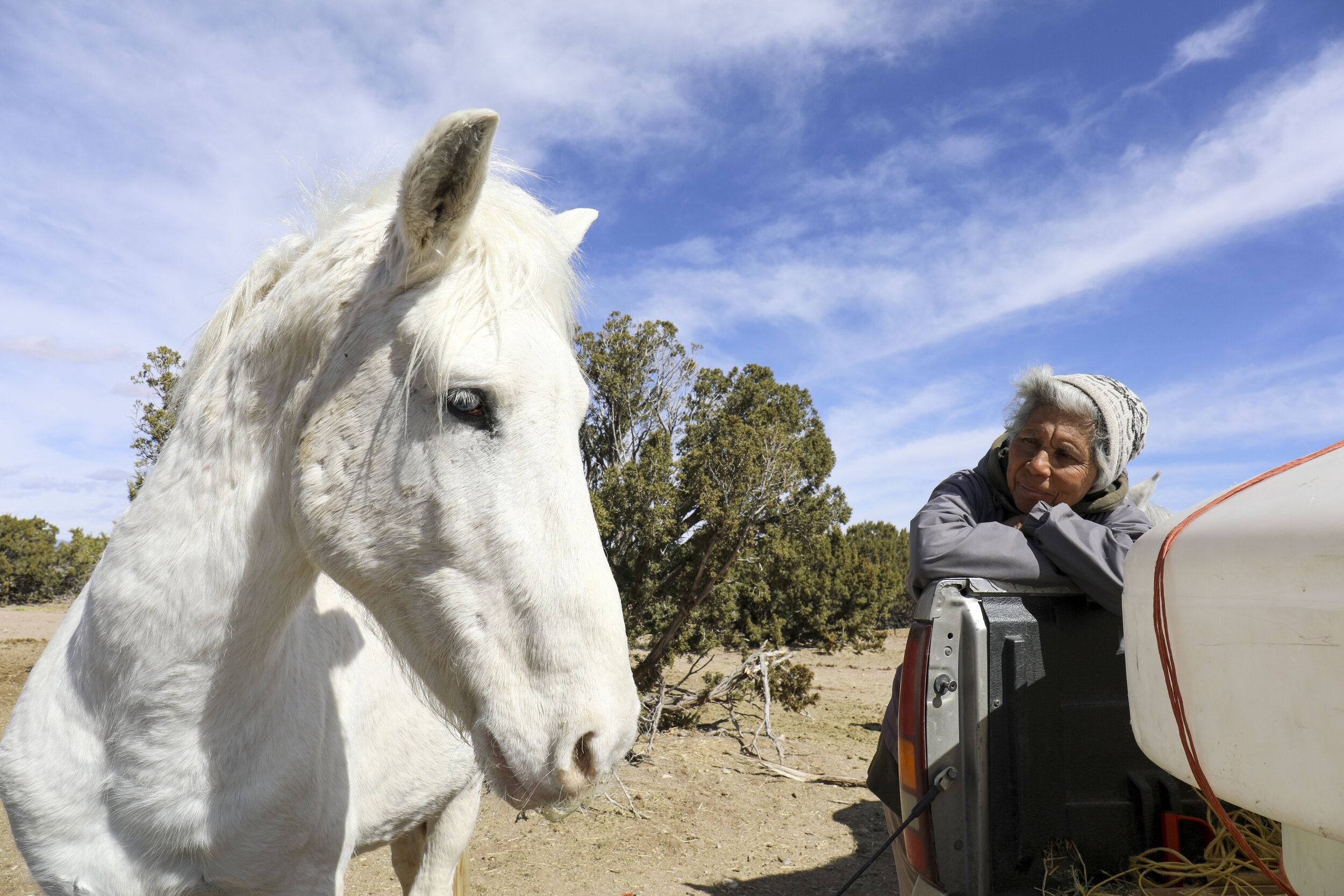
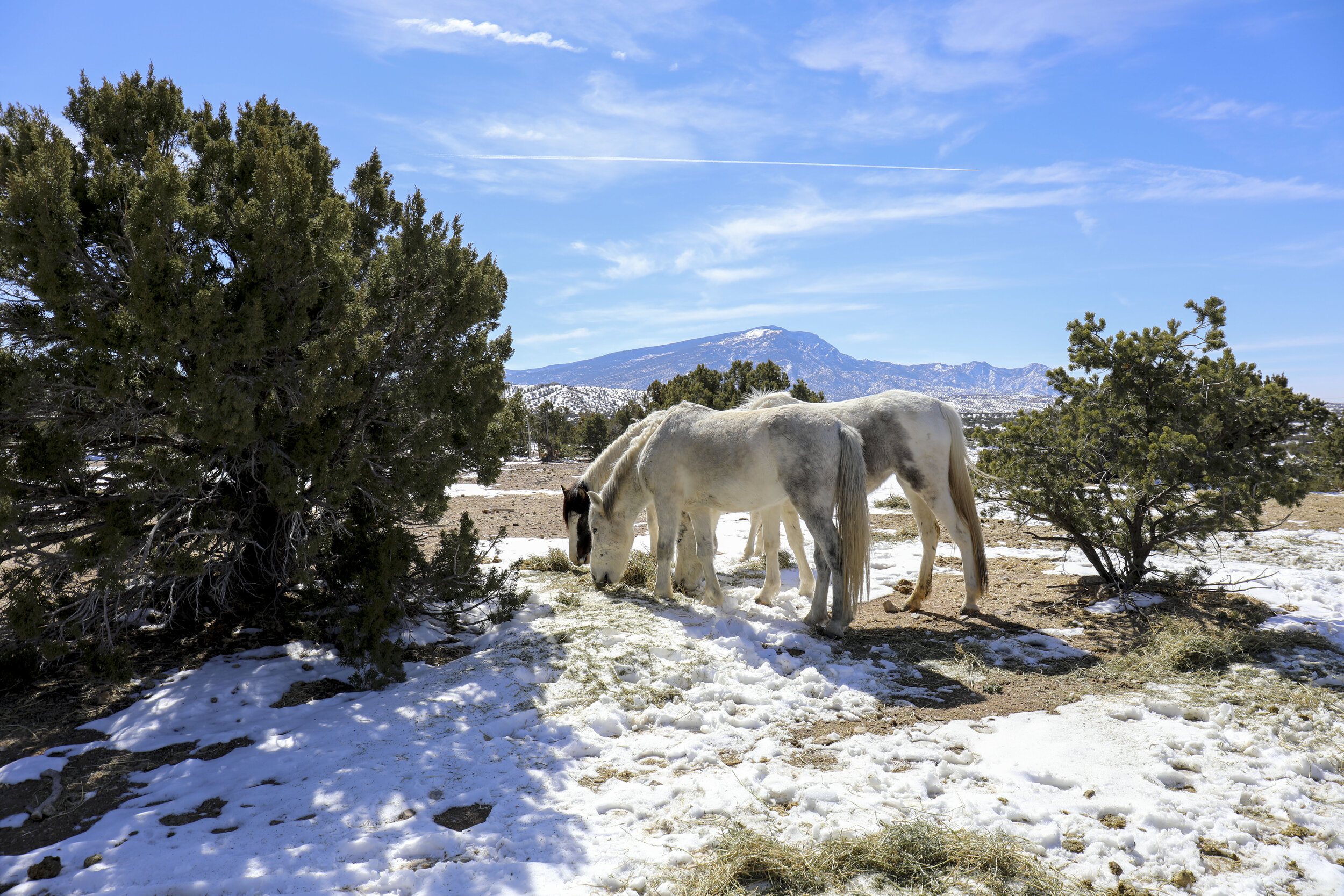

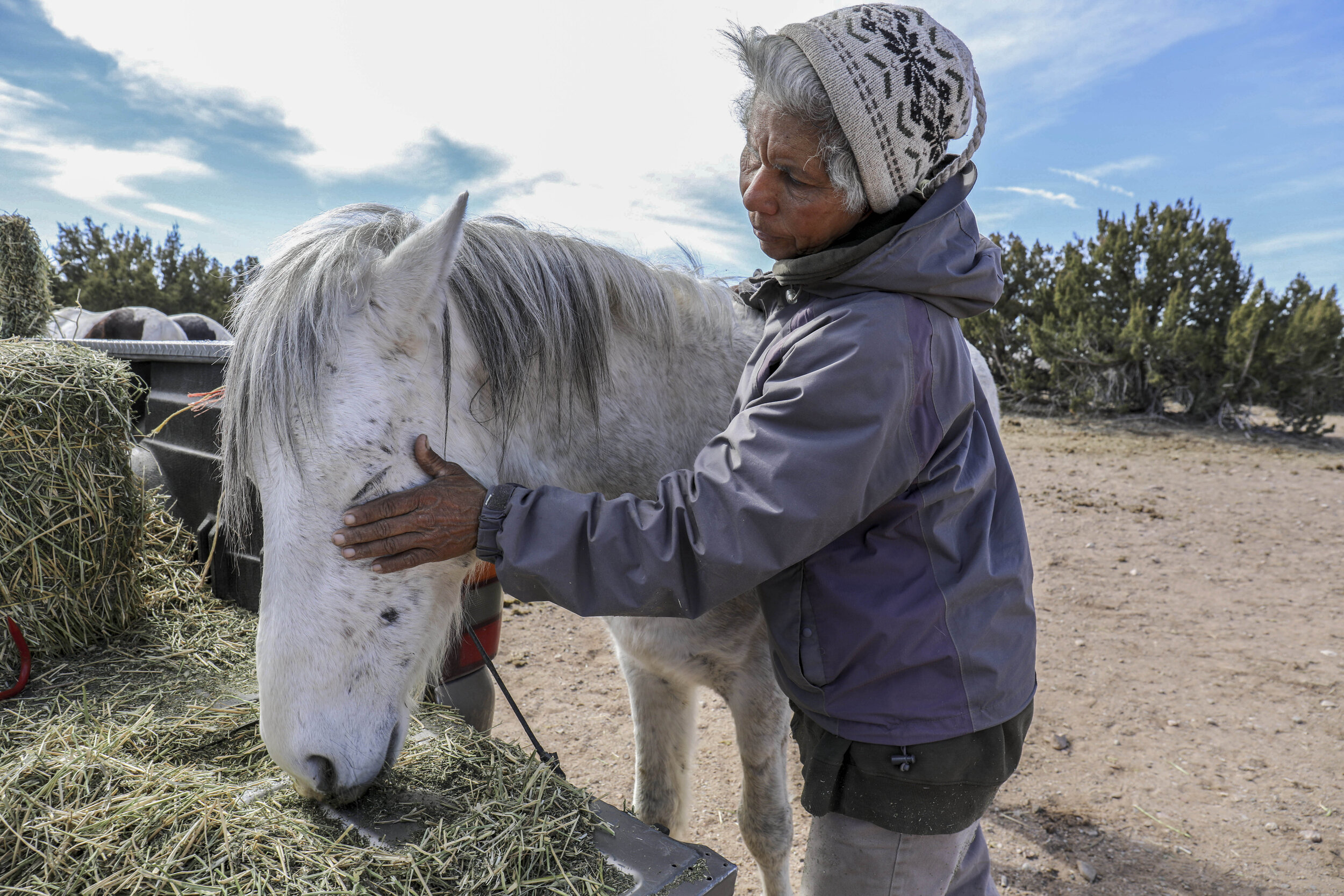
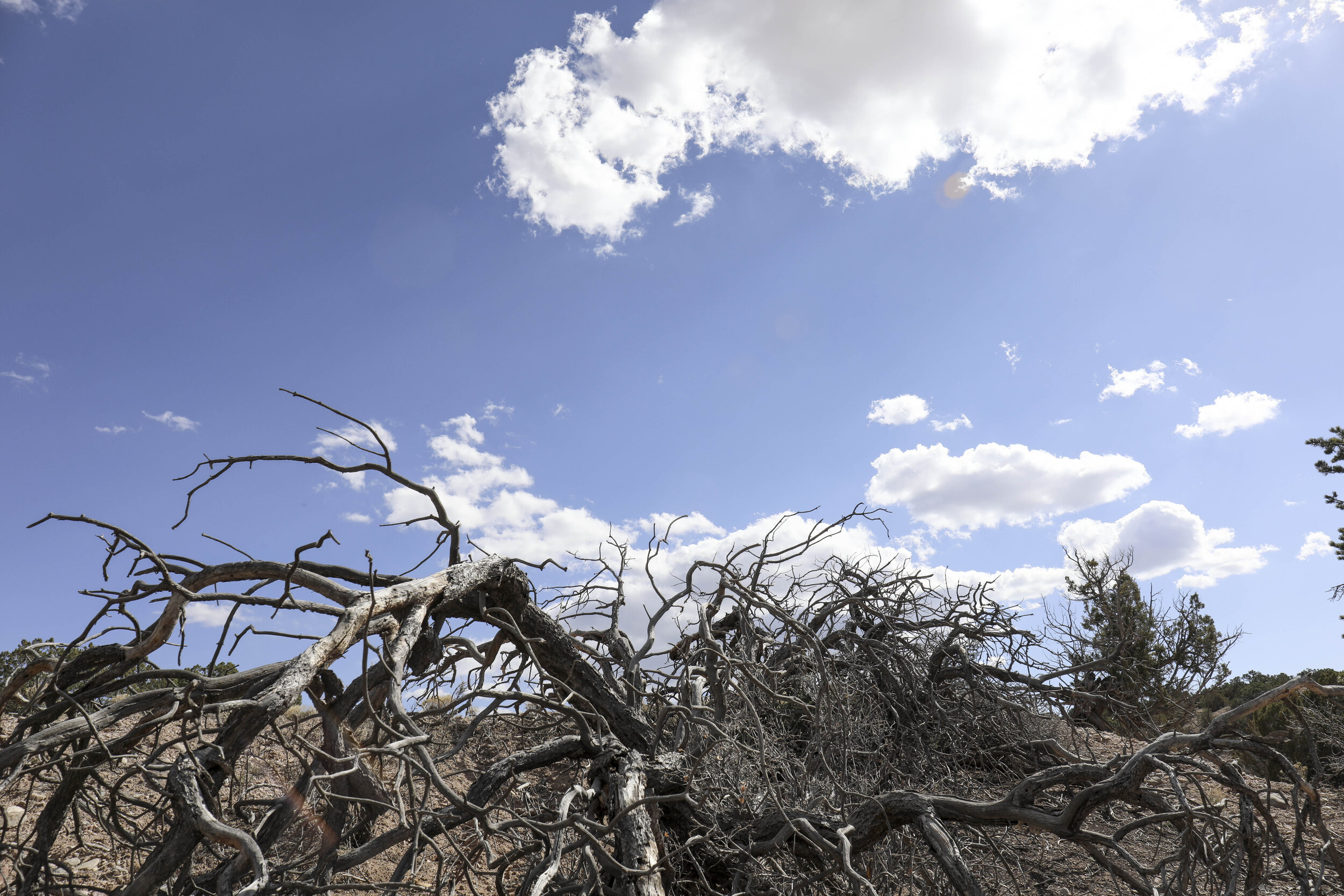
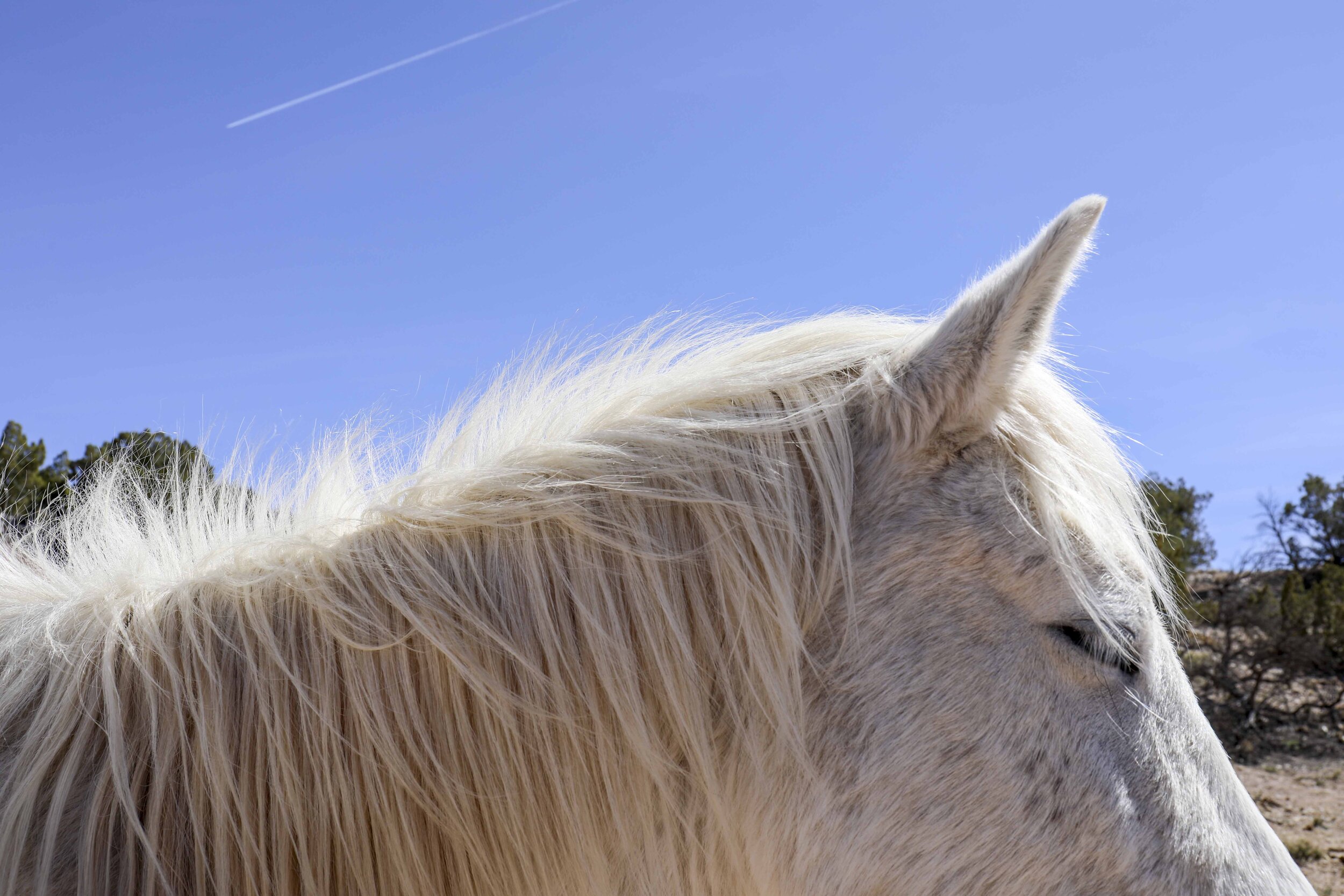
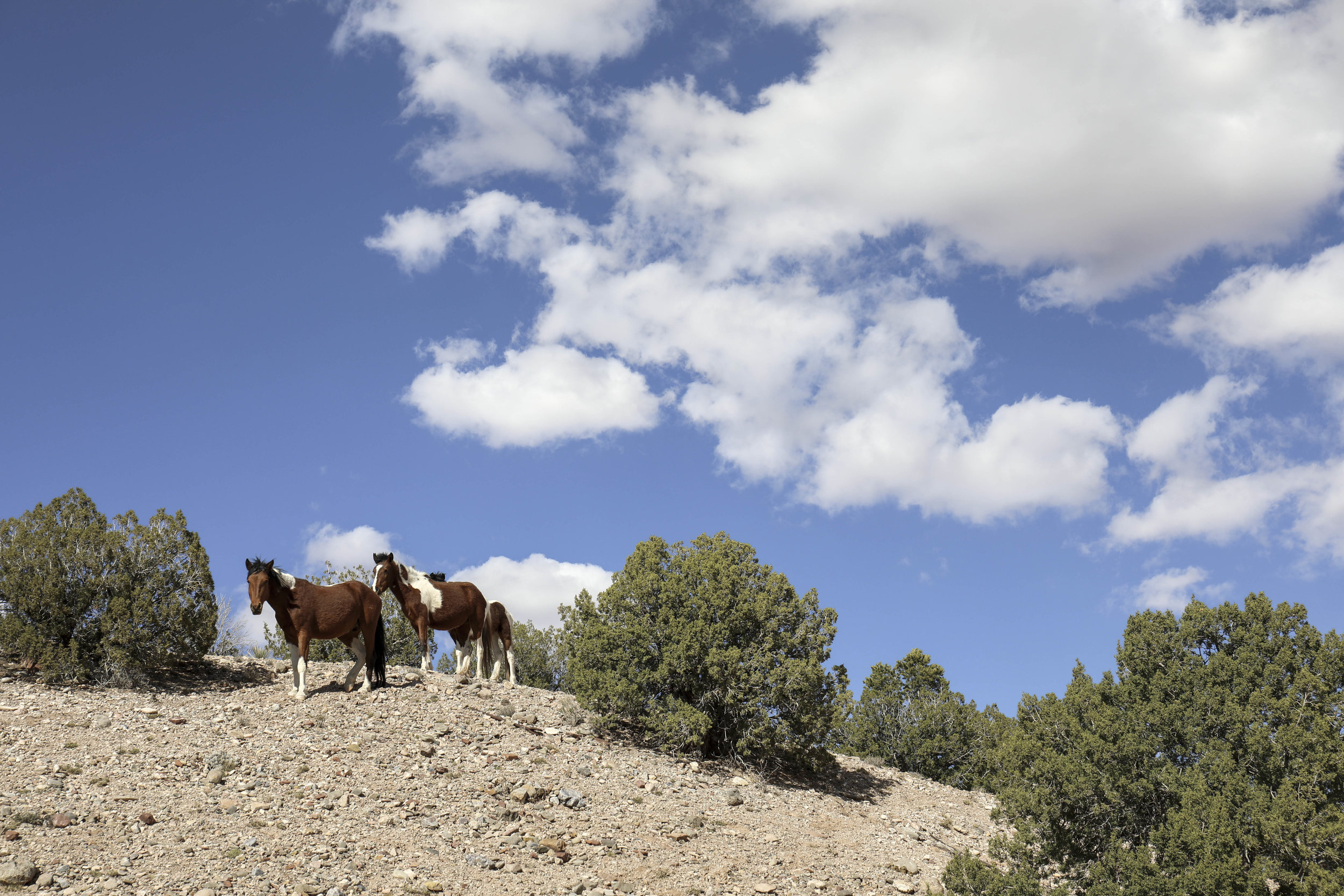
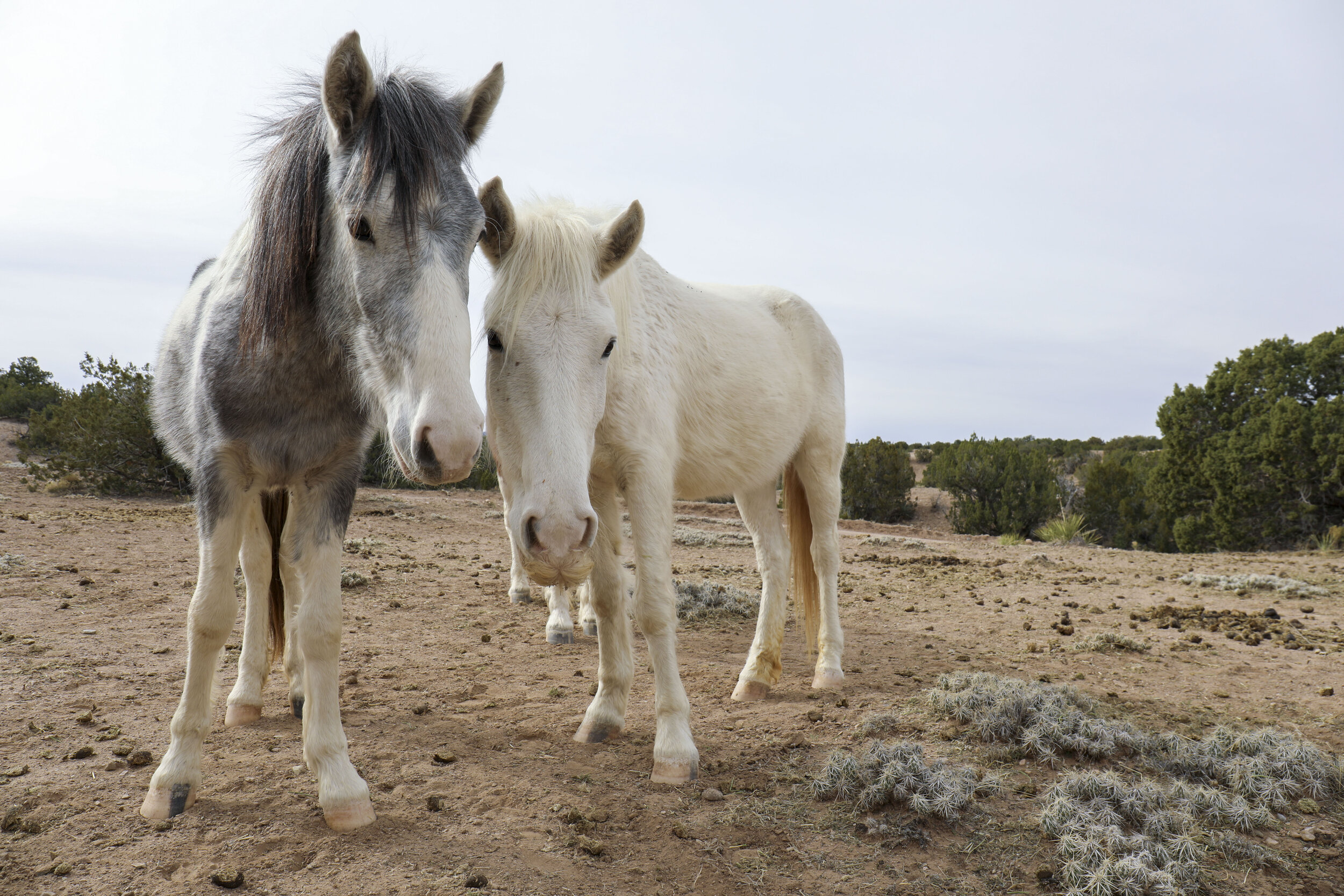
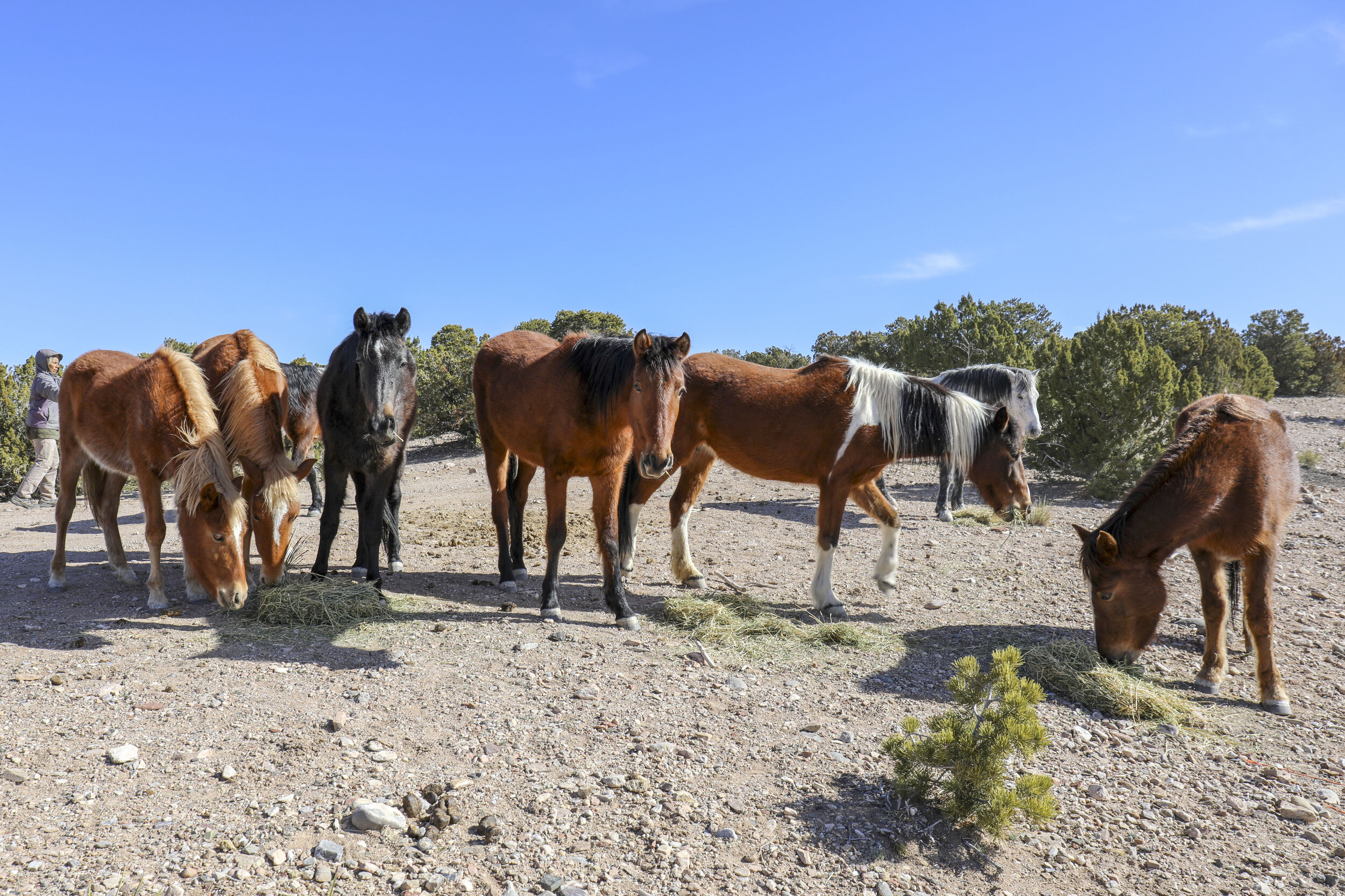
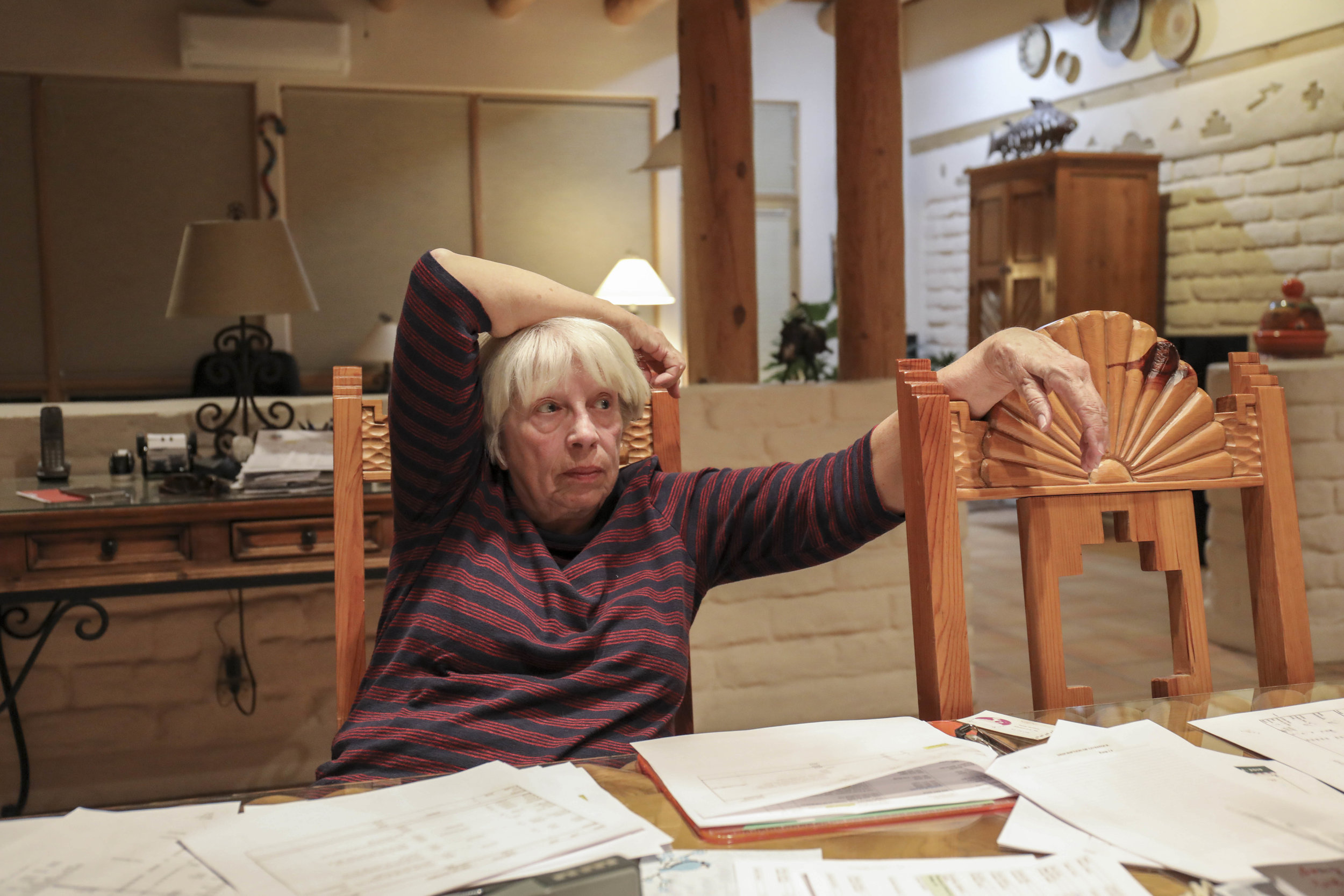
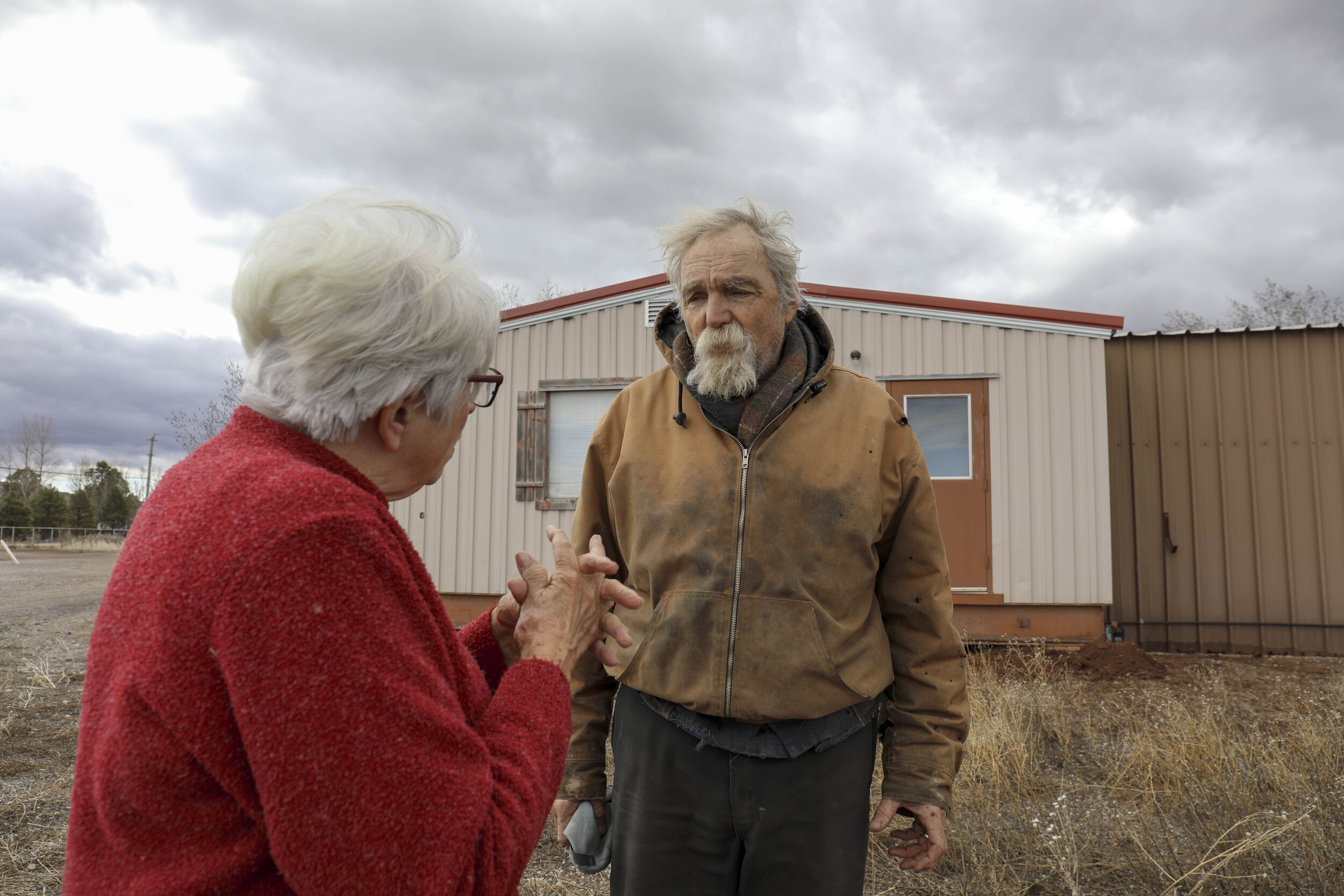
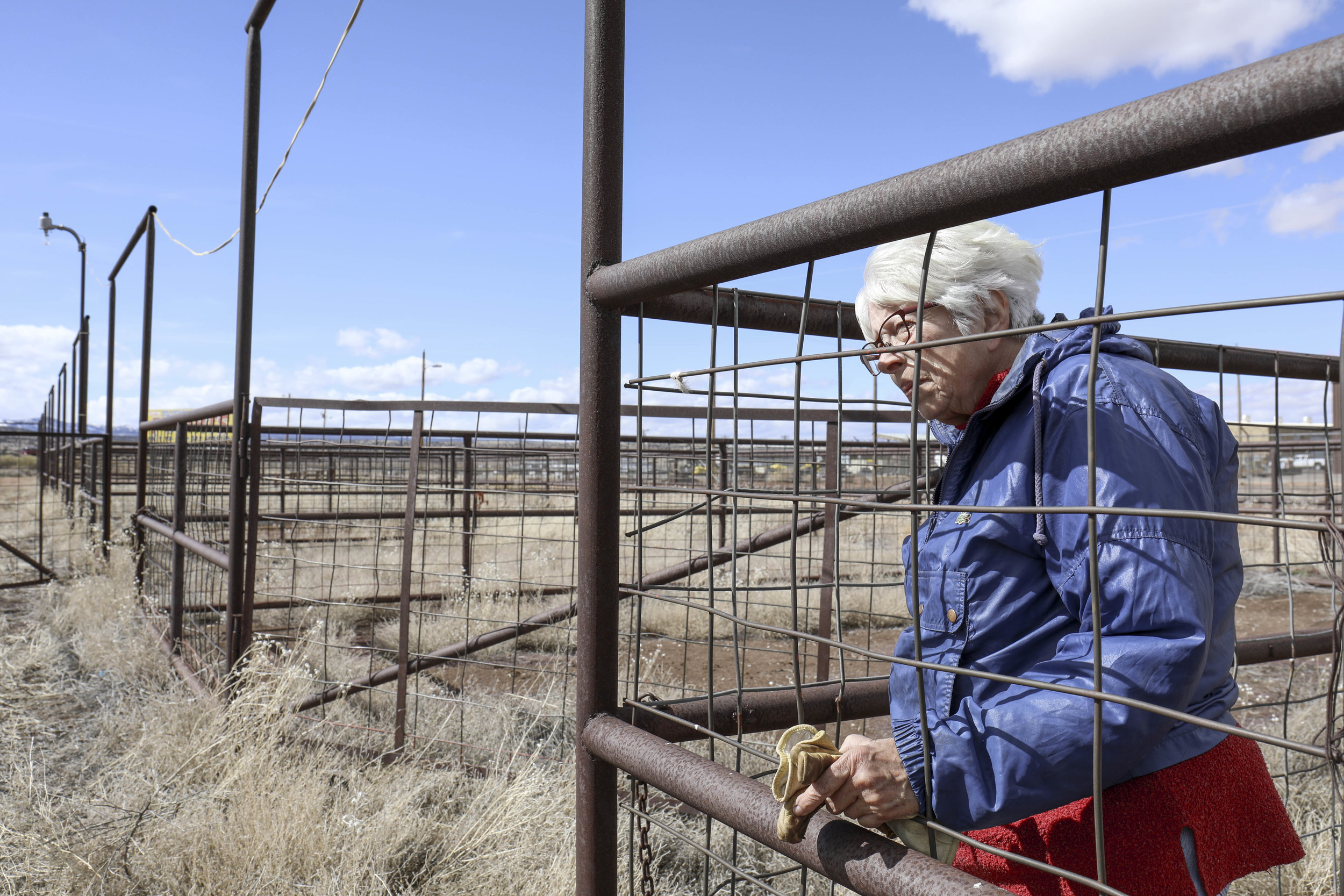
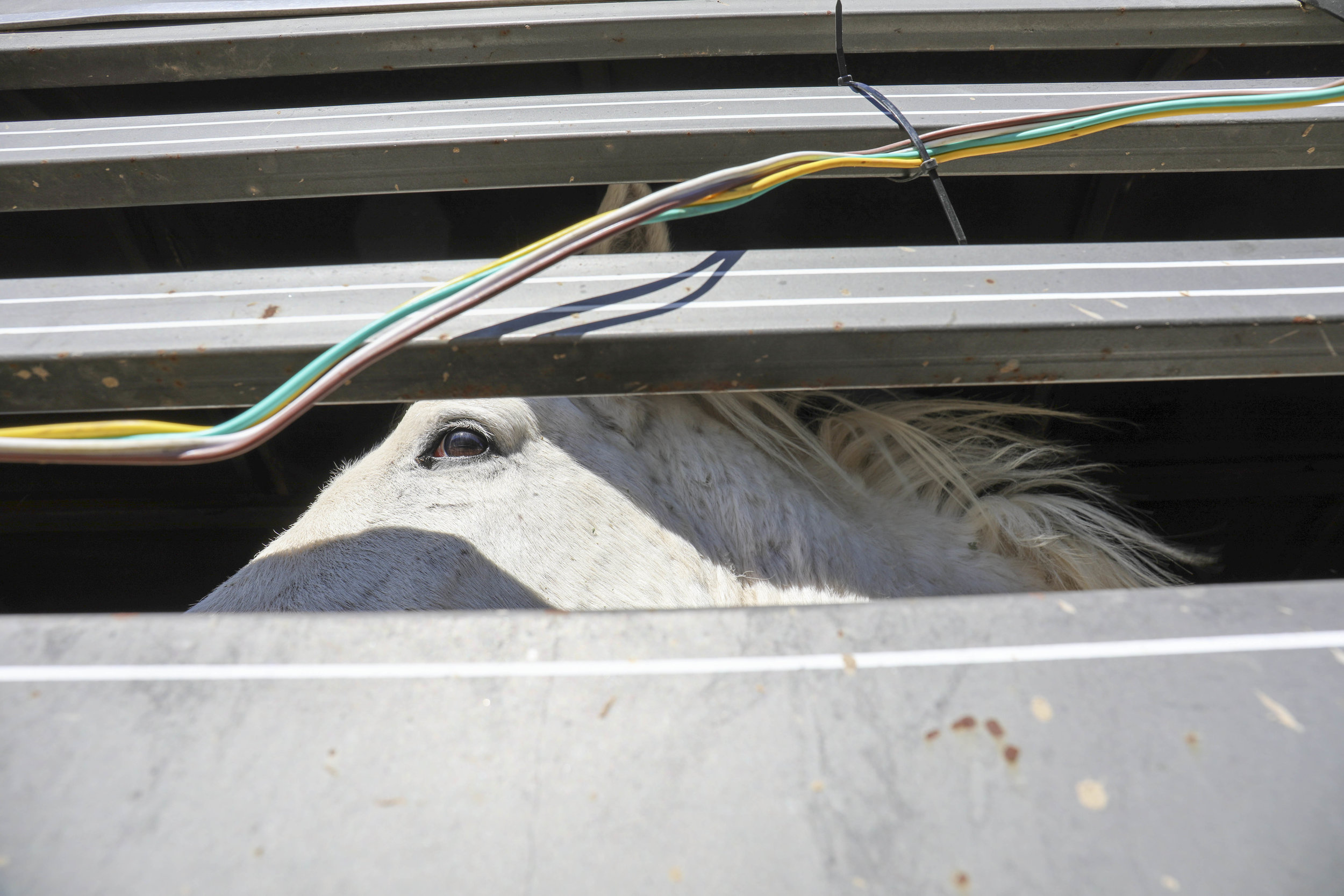
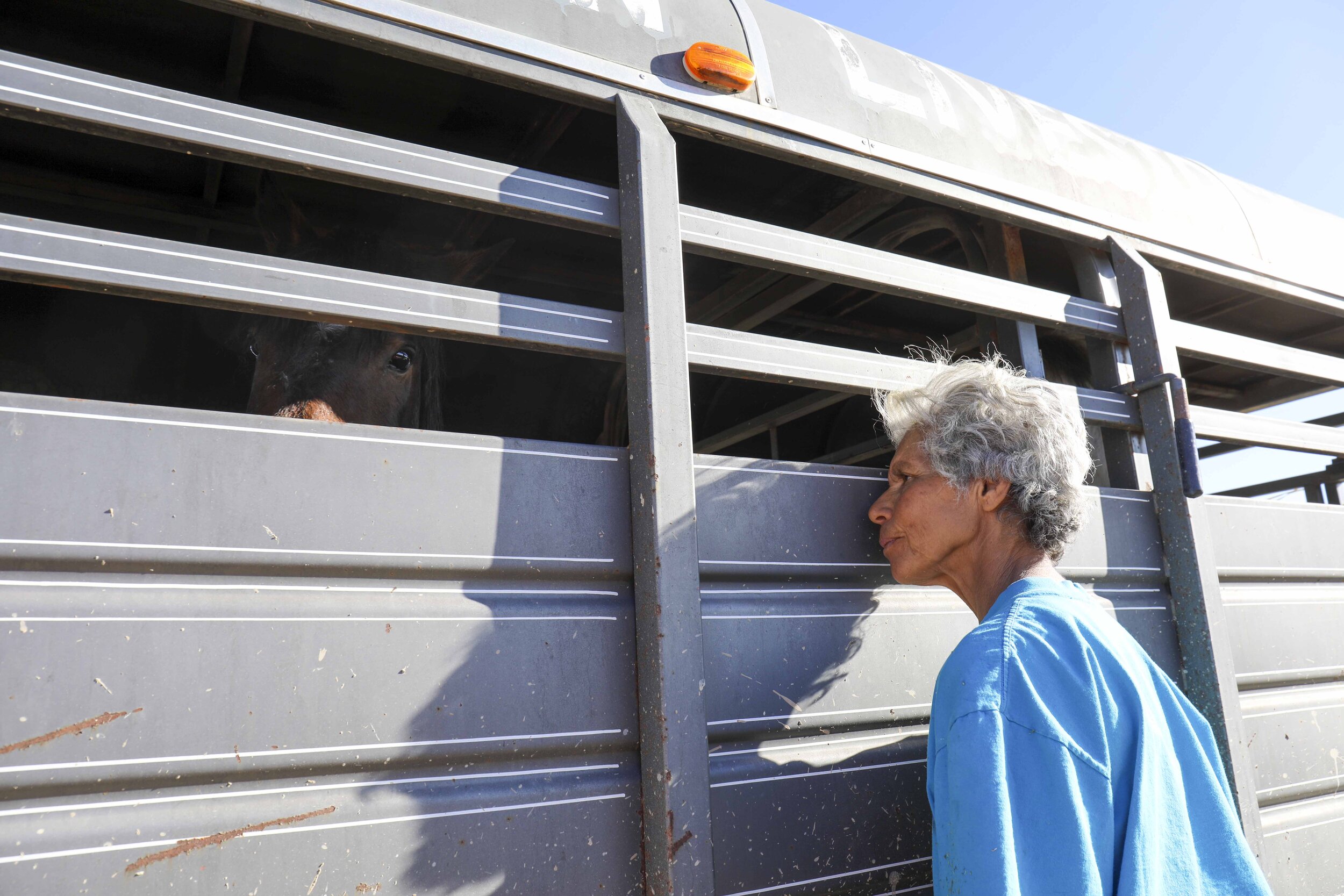
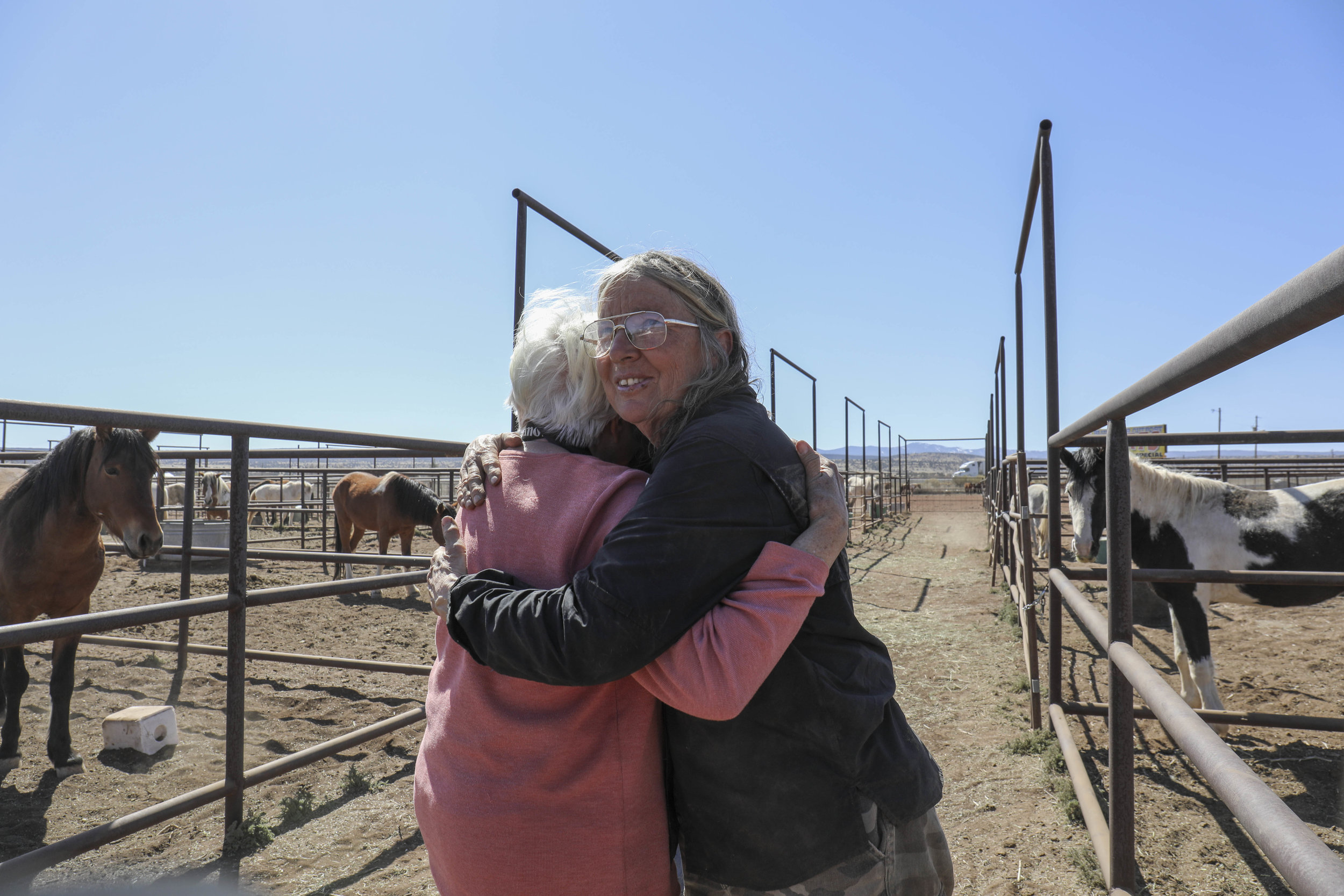
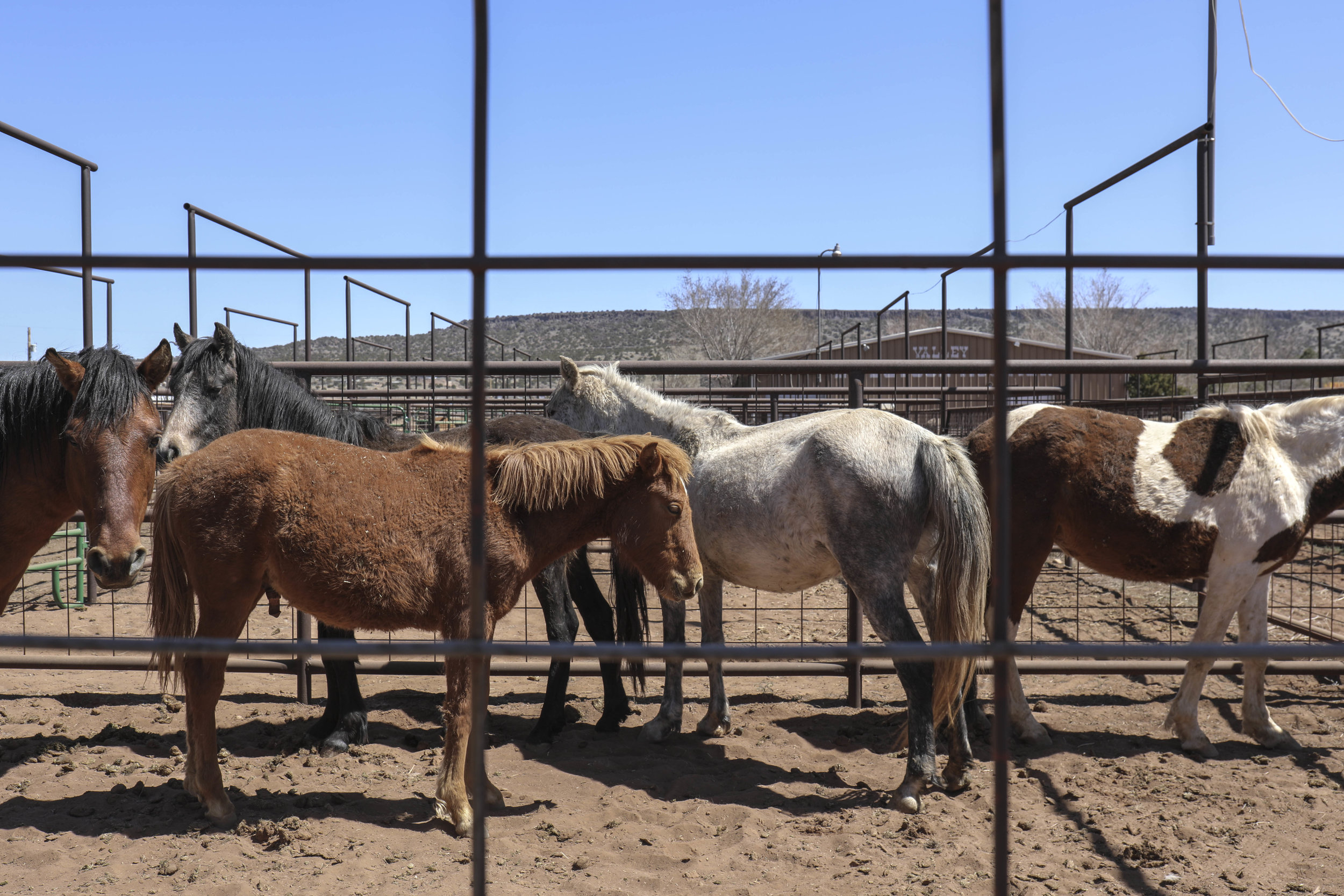
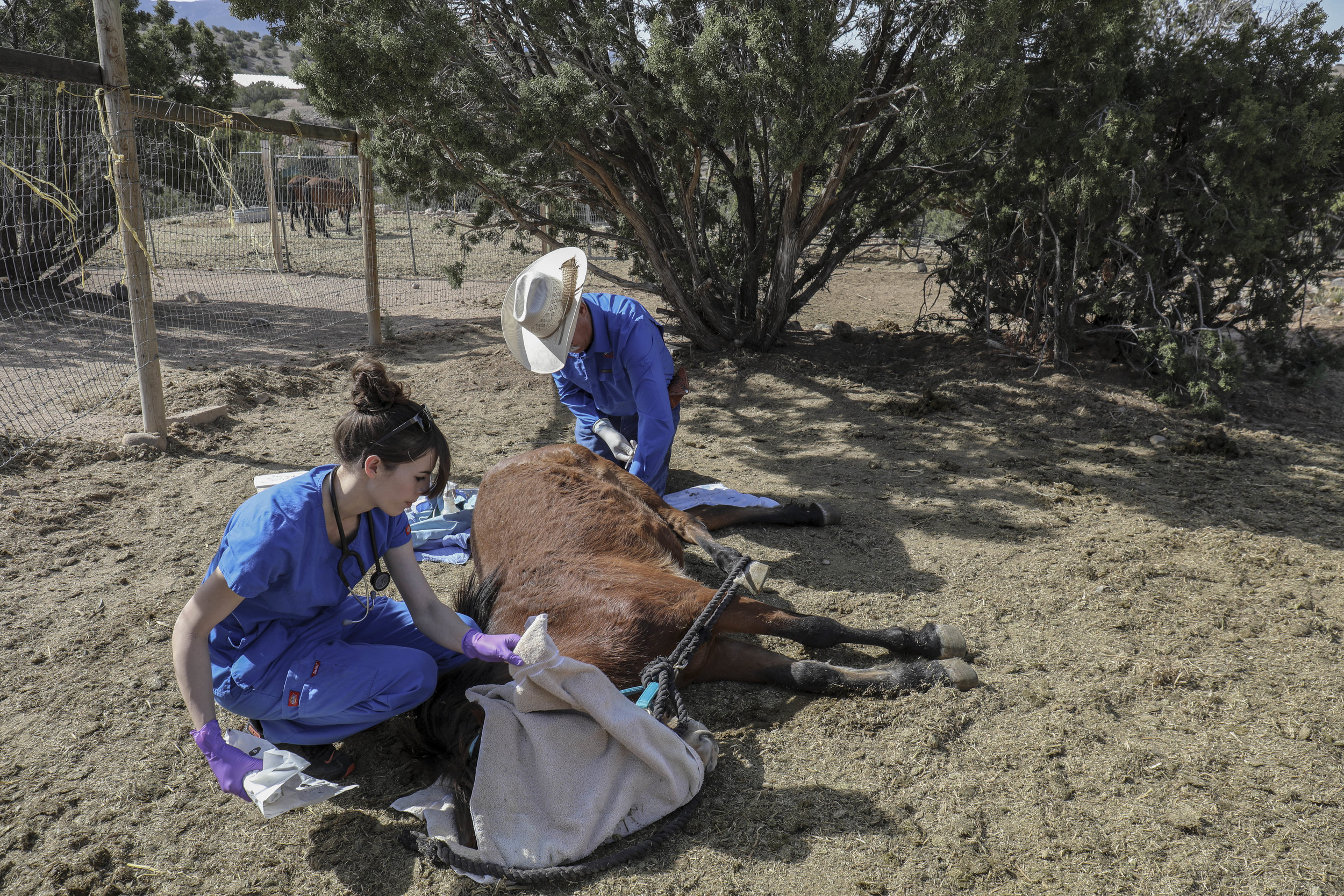
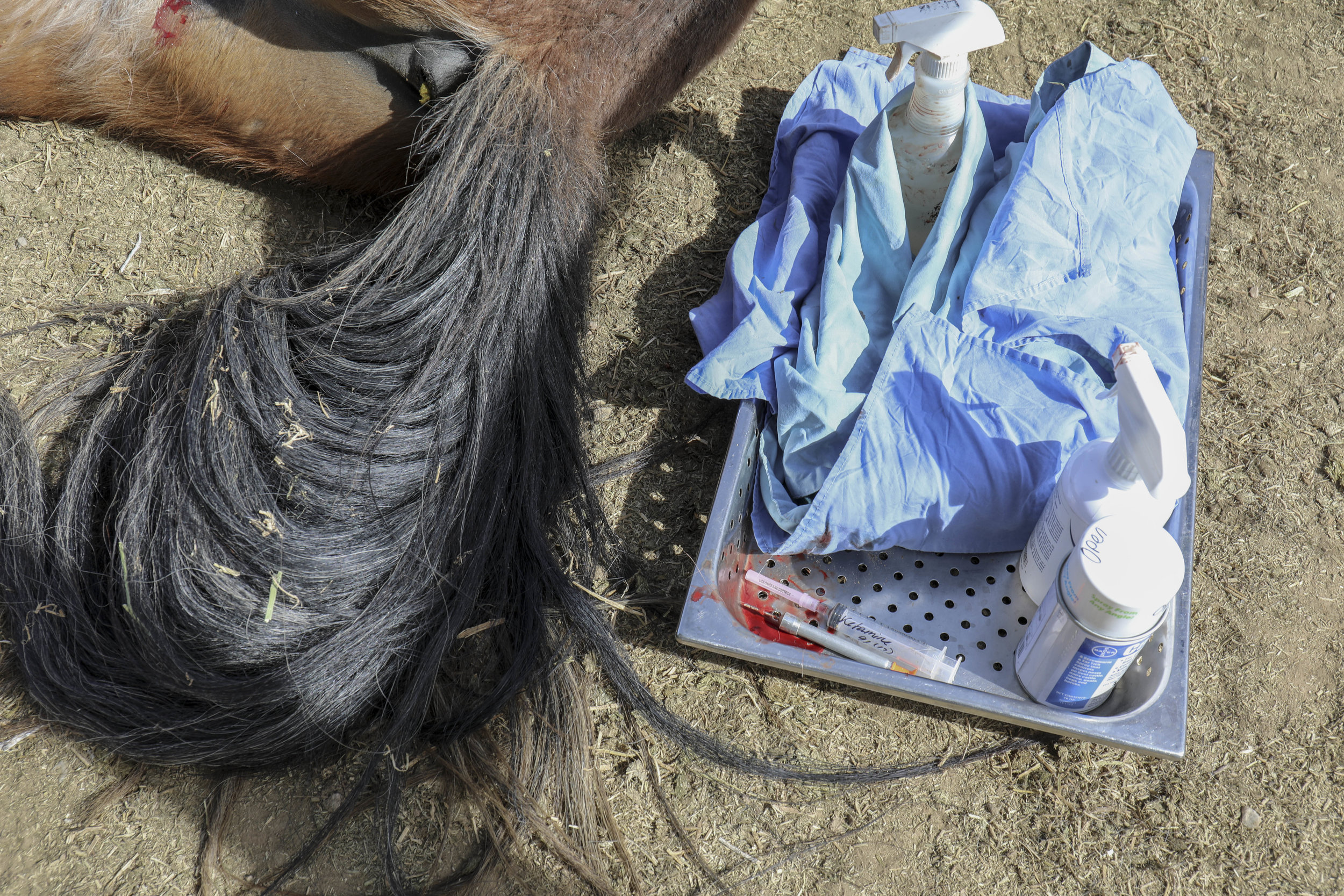
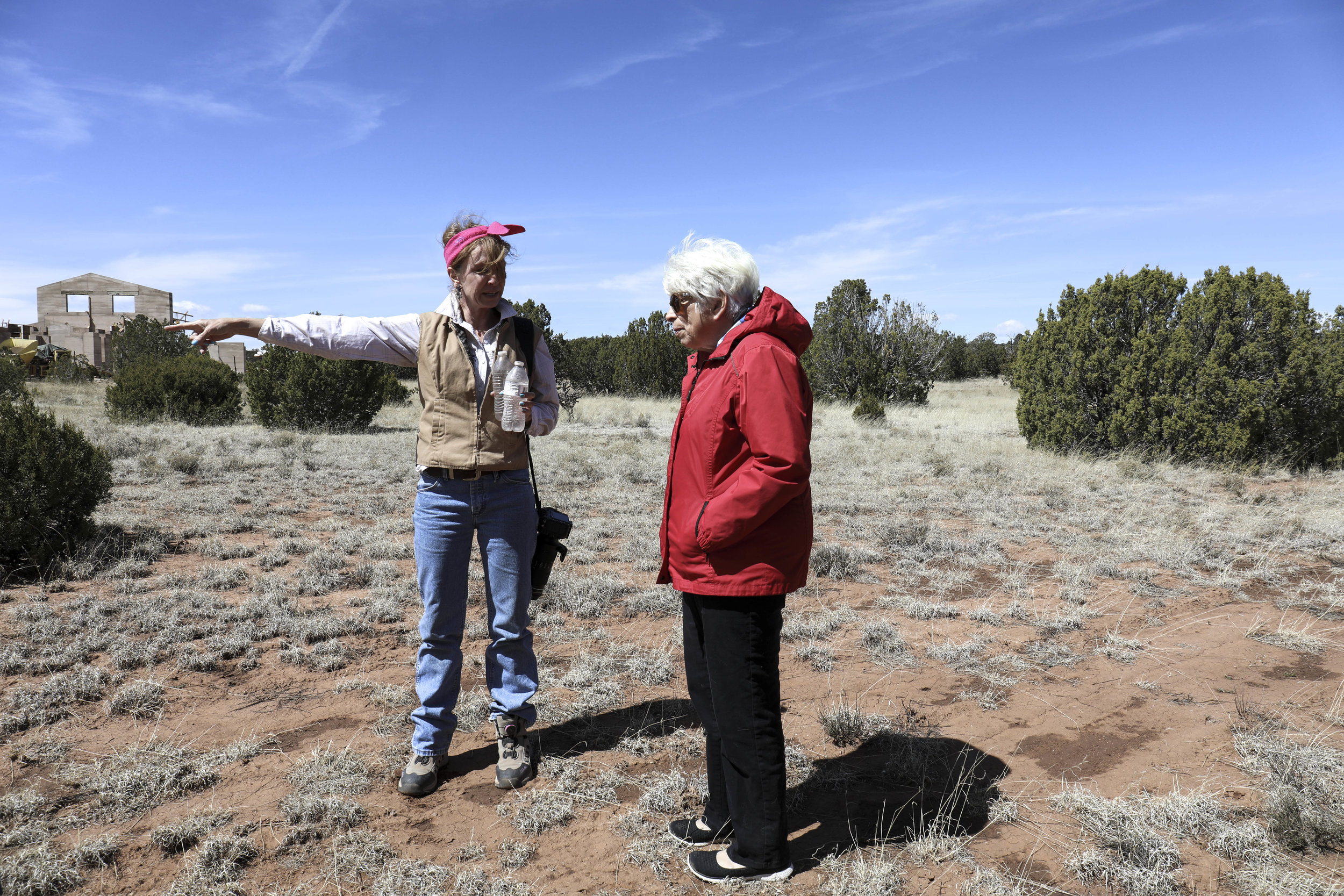
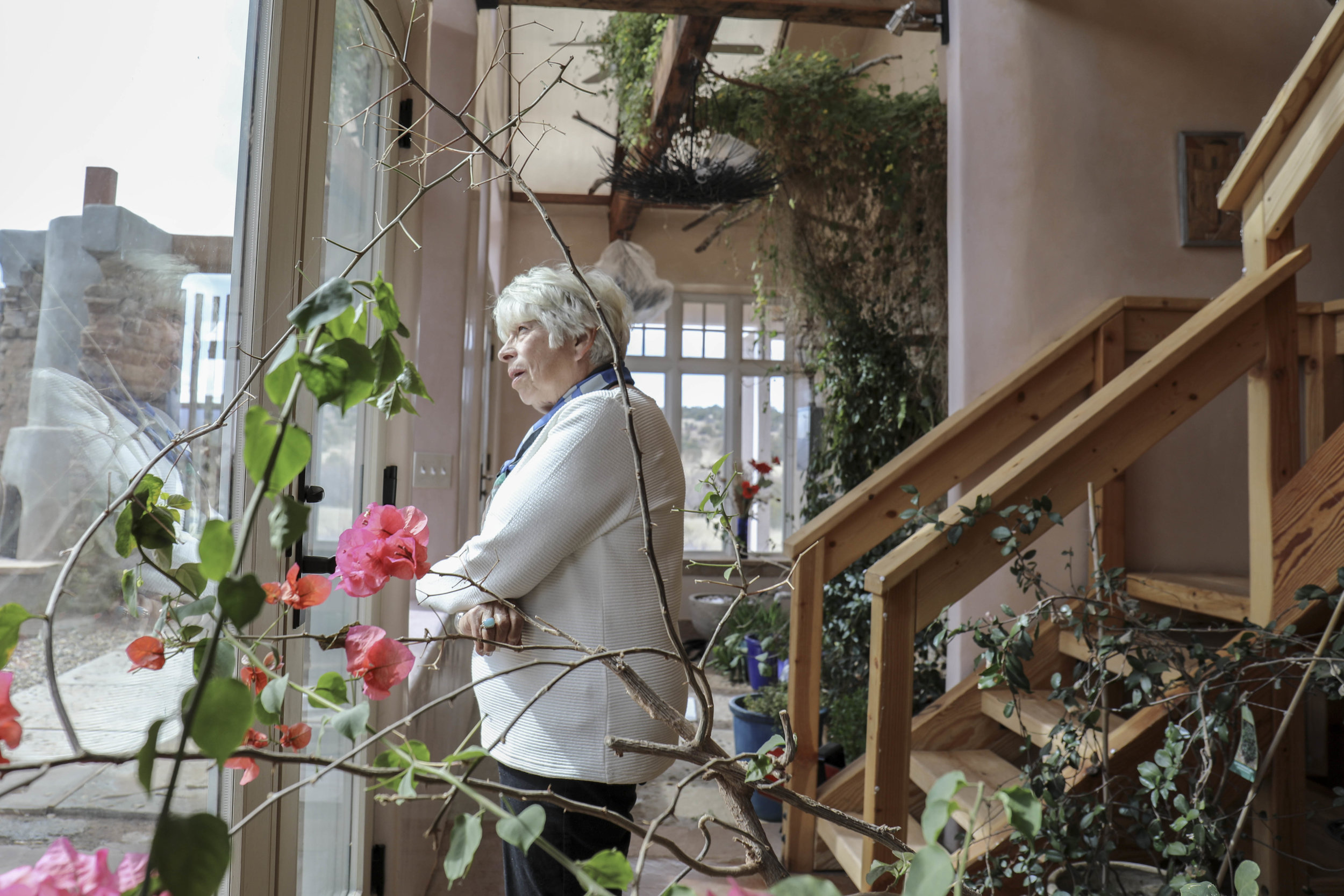

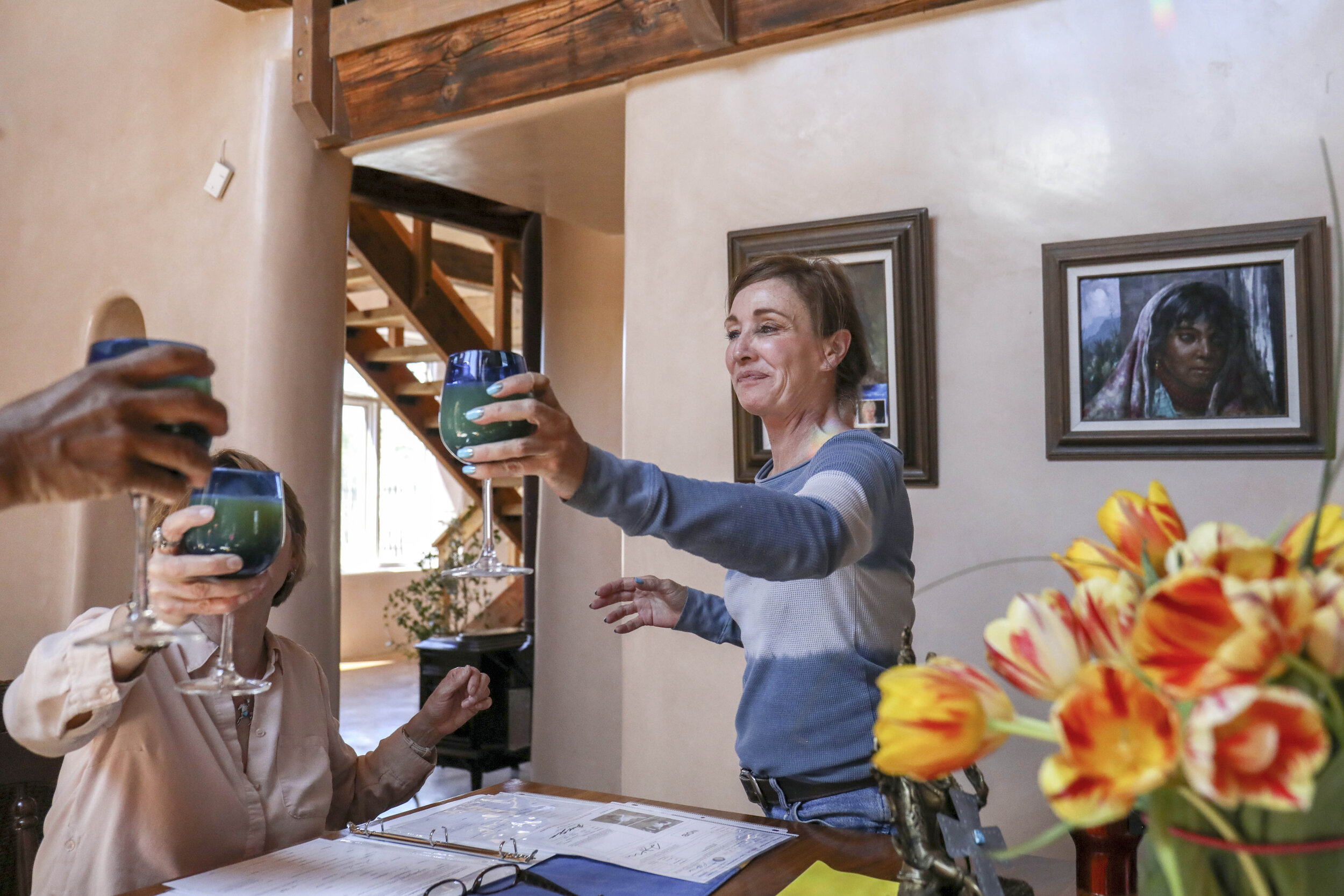
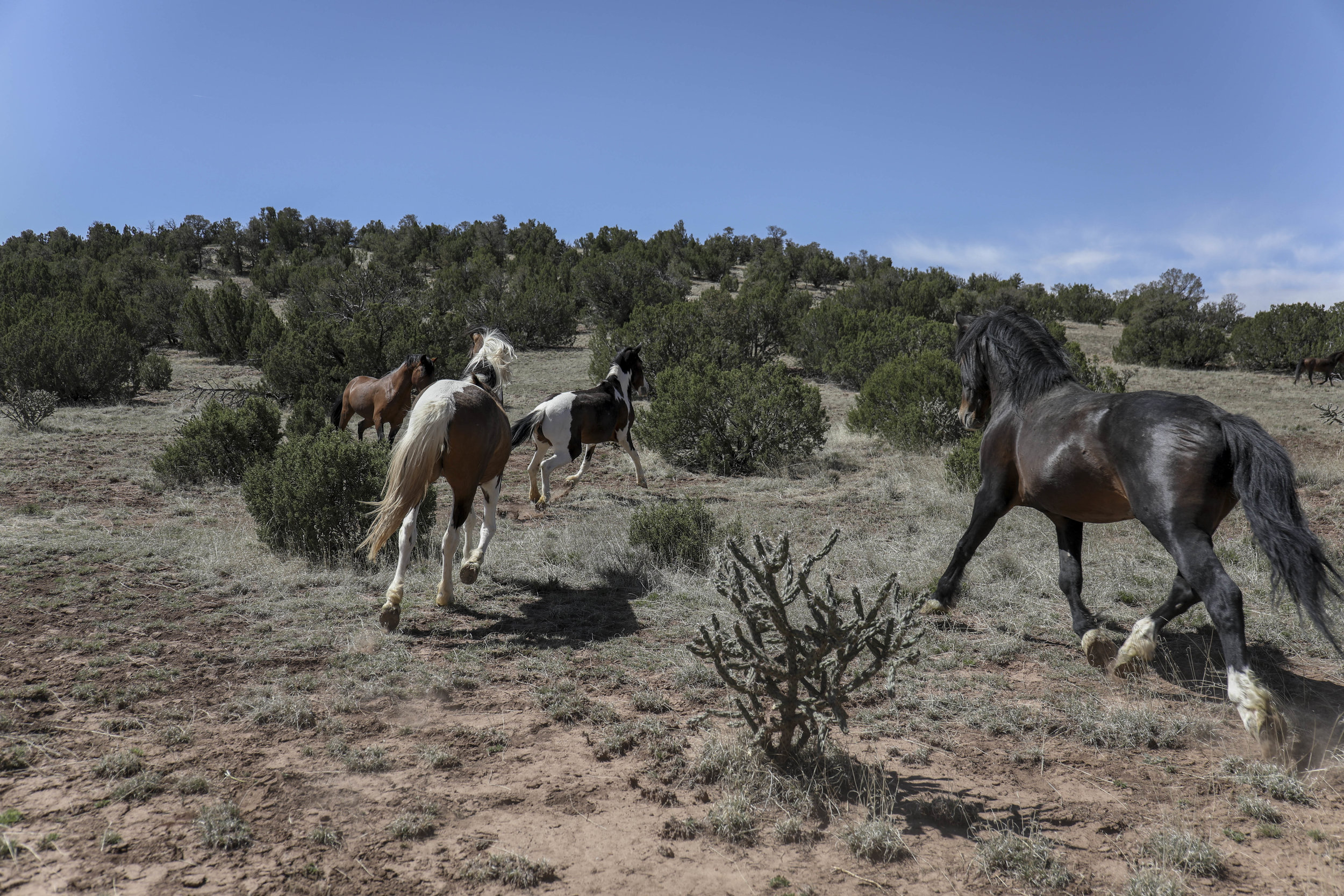
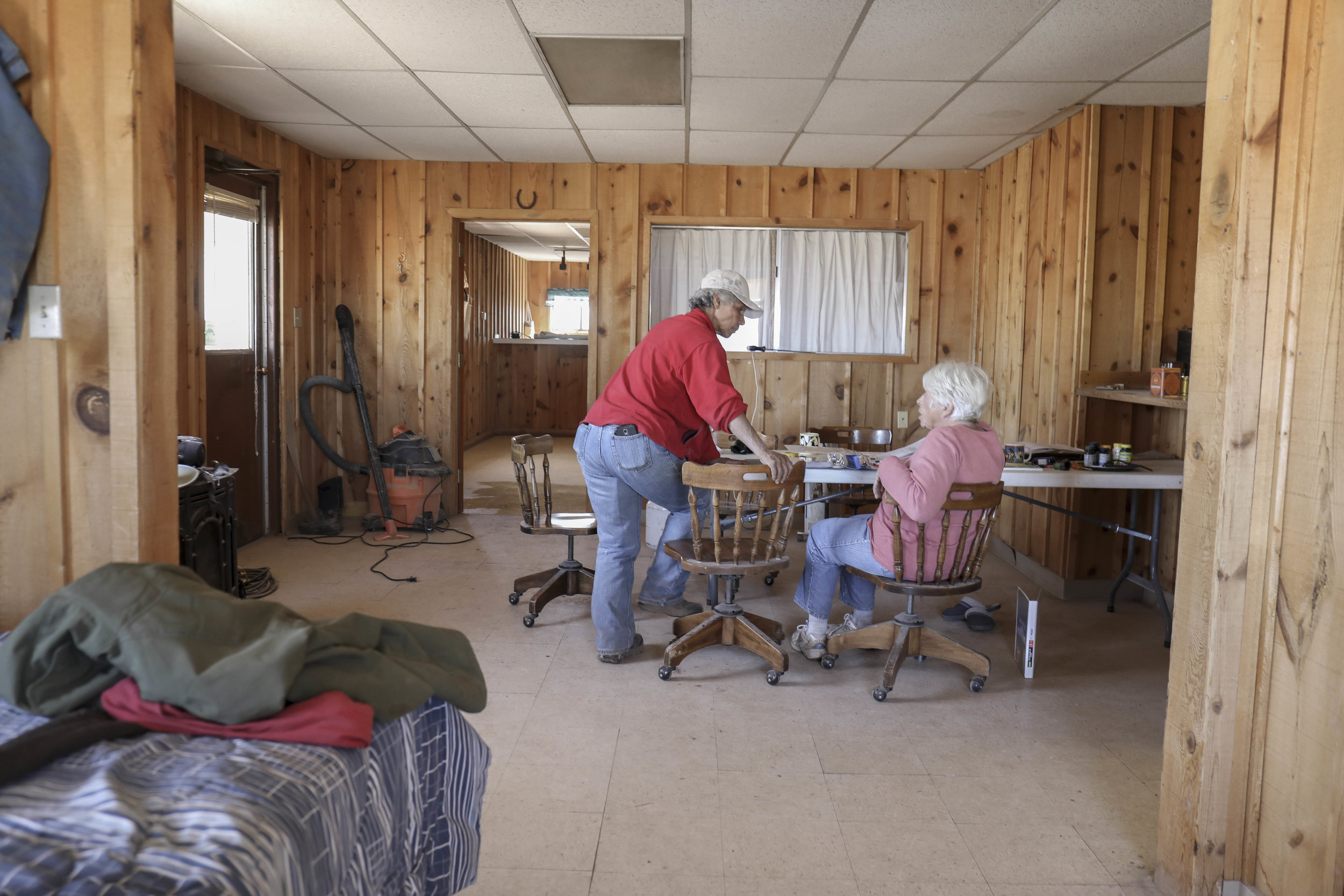
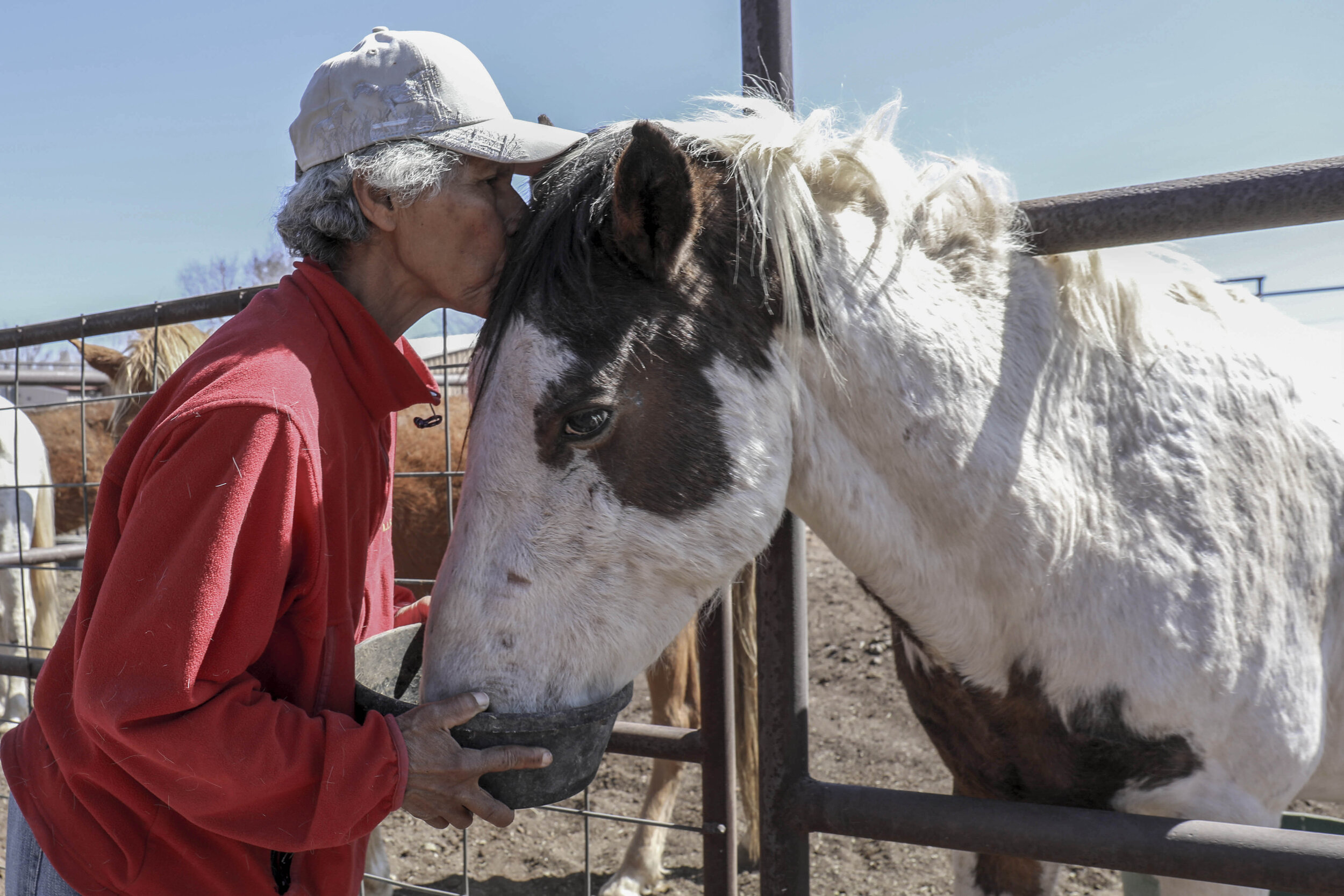
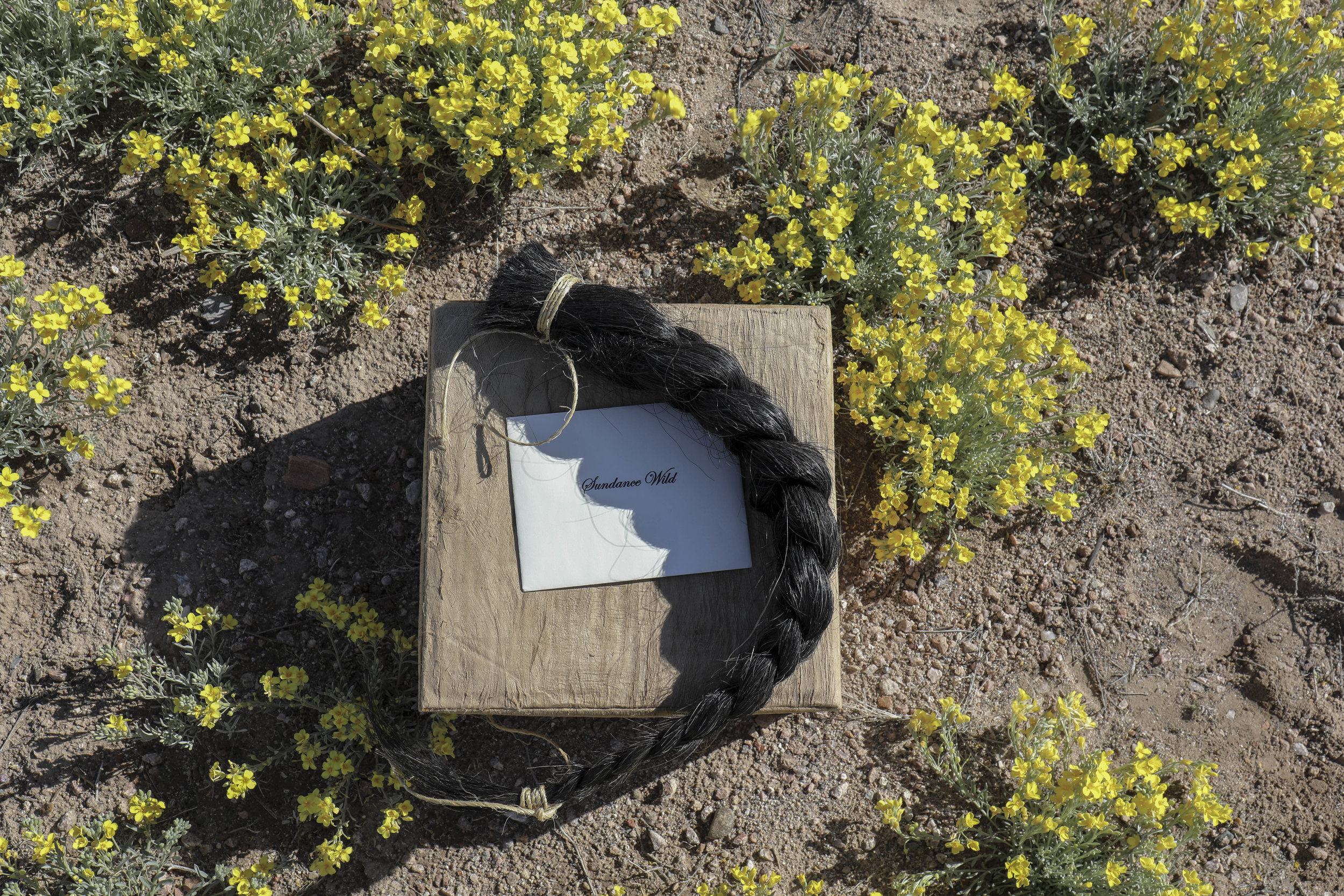
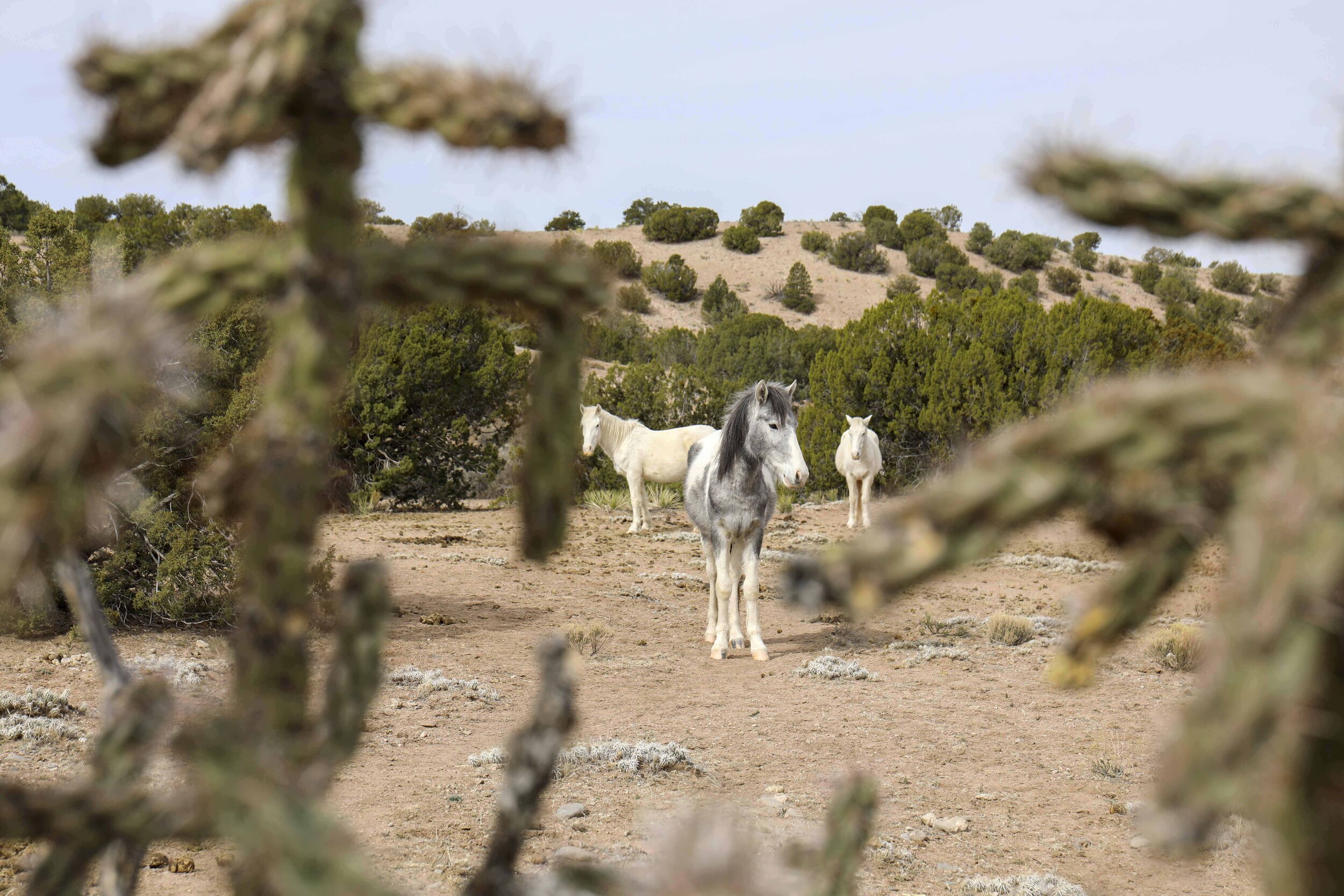
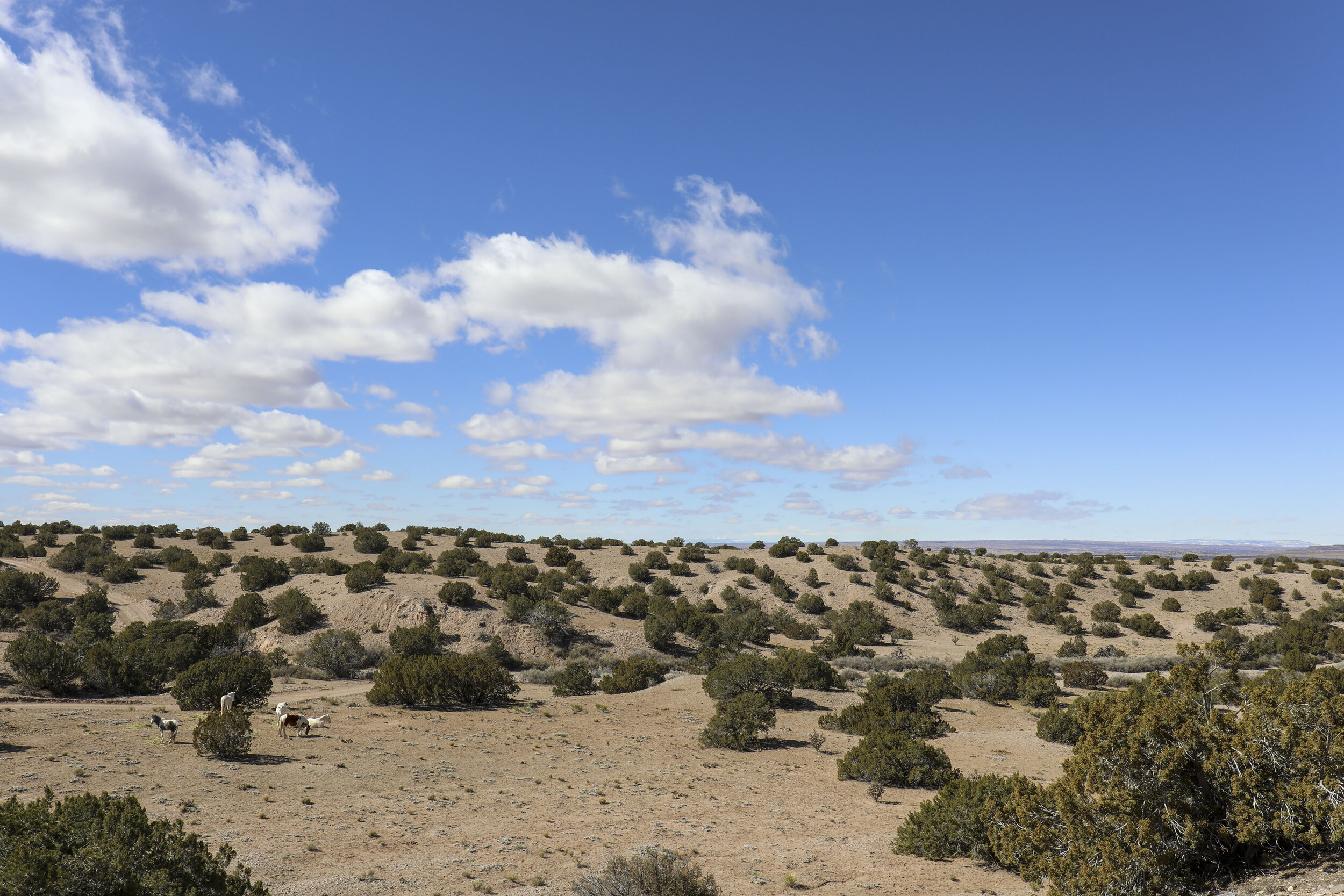
July 7, 2019
In many areas of the rural West, wild horses present a fundamental controversy. They are bastions of frontier freedom to some, a nuisance to others. Proponents say they belong on the range, while opponents note the rangeland that holds them tends to be degraded. In New Mexico, nowhere is the debate around horses more heated than the tiny town of Placitas, 25 miles outside Albuquerque.
New Mexico’s wild horse population is relatively small — the Bureau of Land Management estimates about 240 live there, compared with more than 5,000 in Utah and a whopping 43,200 in Nevada — but many of those horses live in and around Placitas. There, the horses roam free both on federal and private land. For years, residents have fed and watered them, leading them into town and onto the highway, where numerous collisions have taken place. Nobody seems to know exactly what to do about them.
If You Graduate Right After A Mass Shooting, Good Luck: You’re On Your Own
may 17, 2019. Photographs by Diana Cervantes for Buzzfeed News
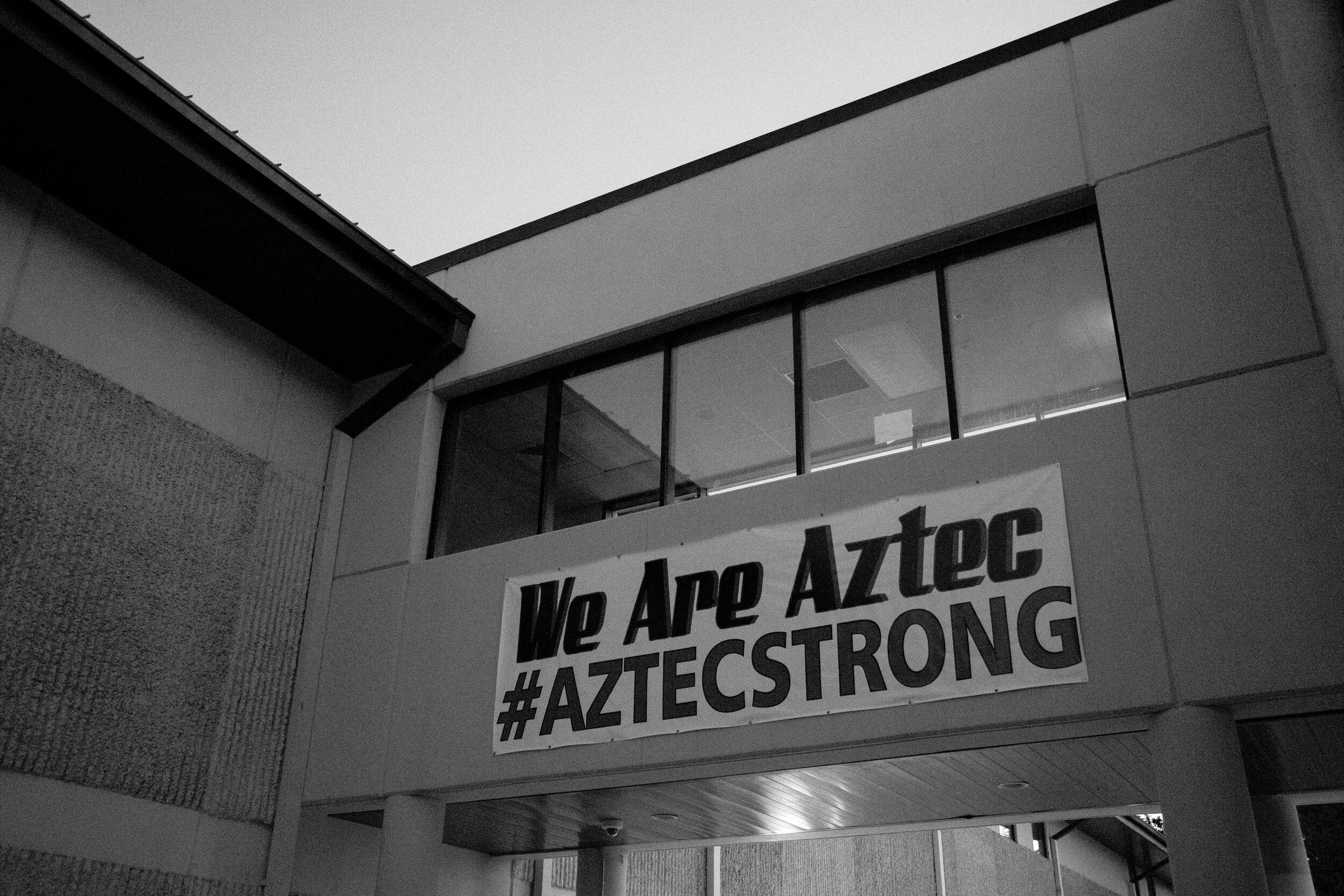
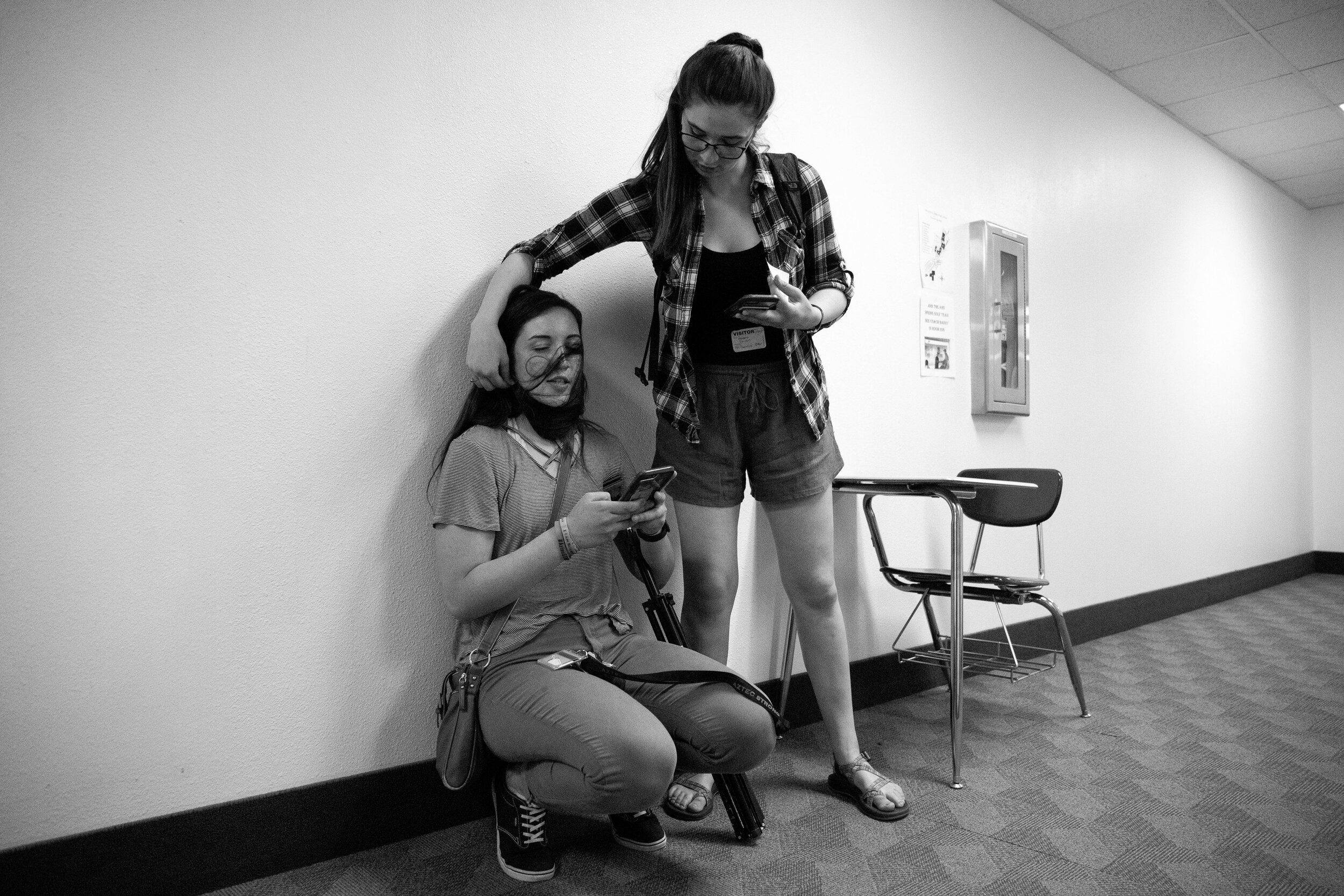
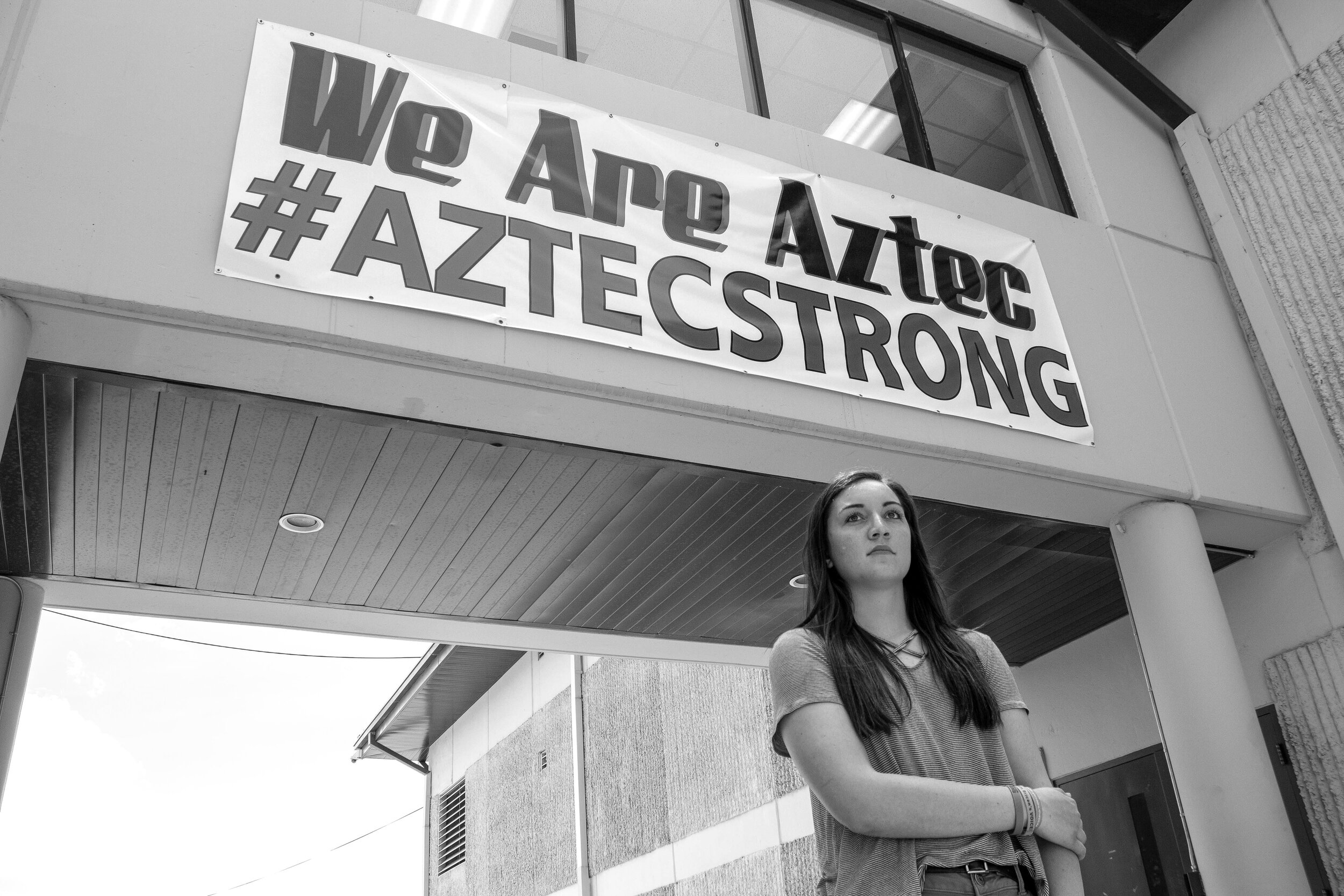
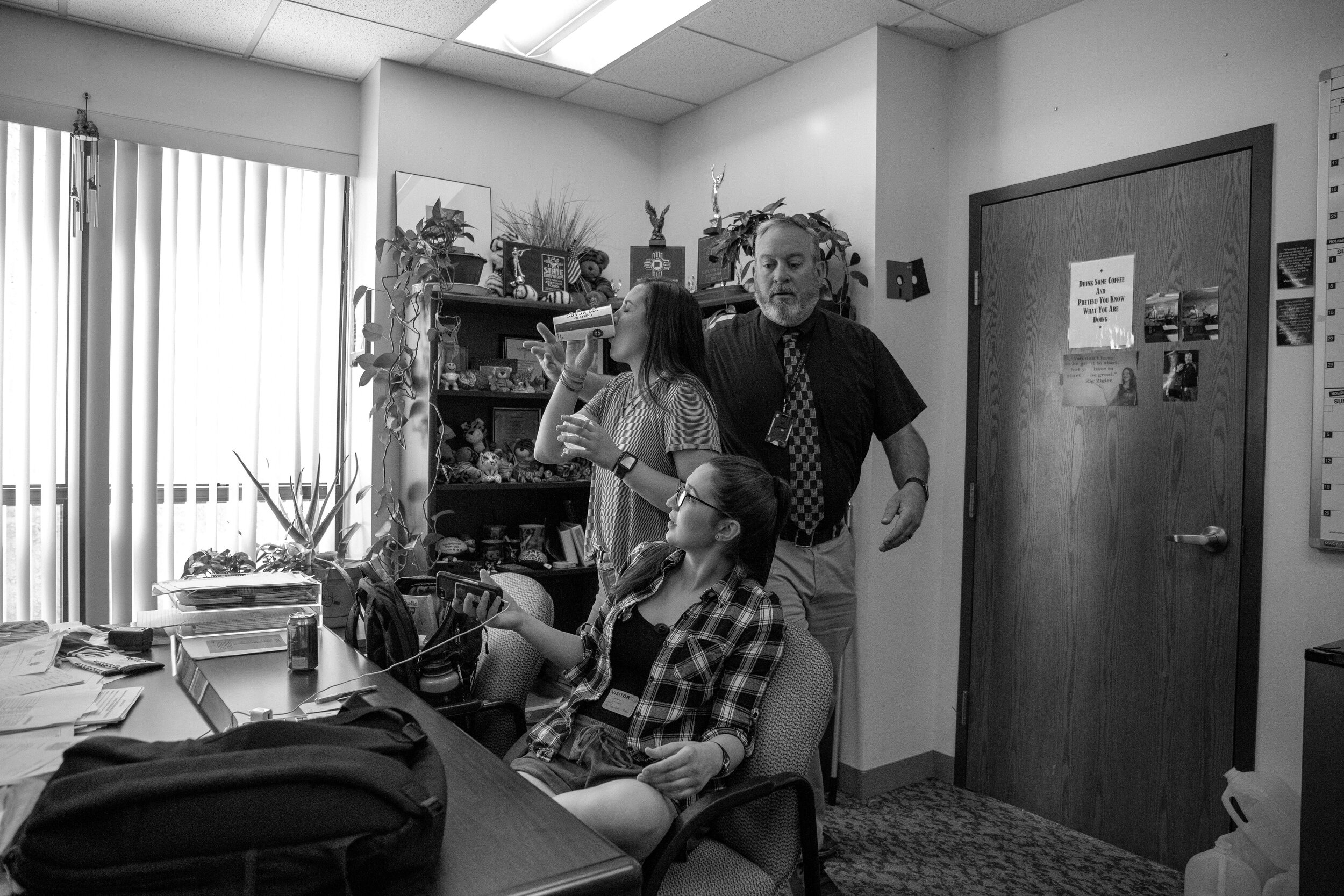
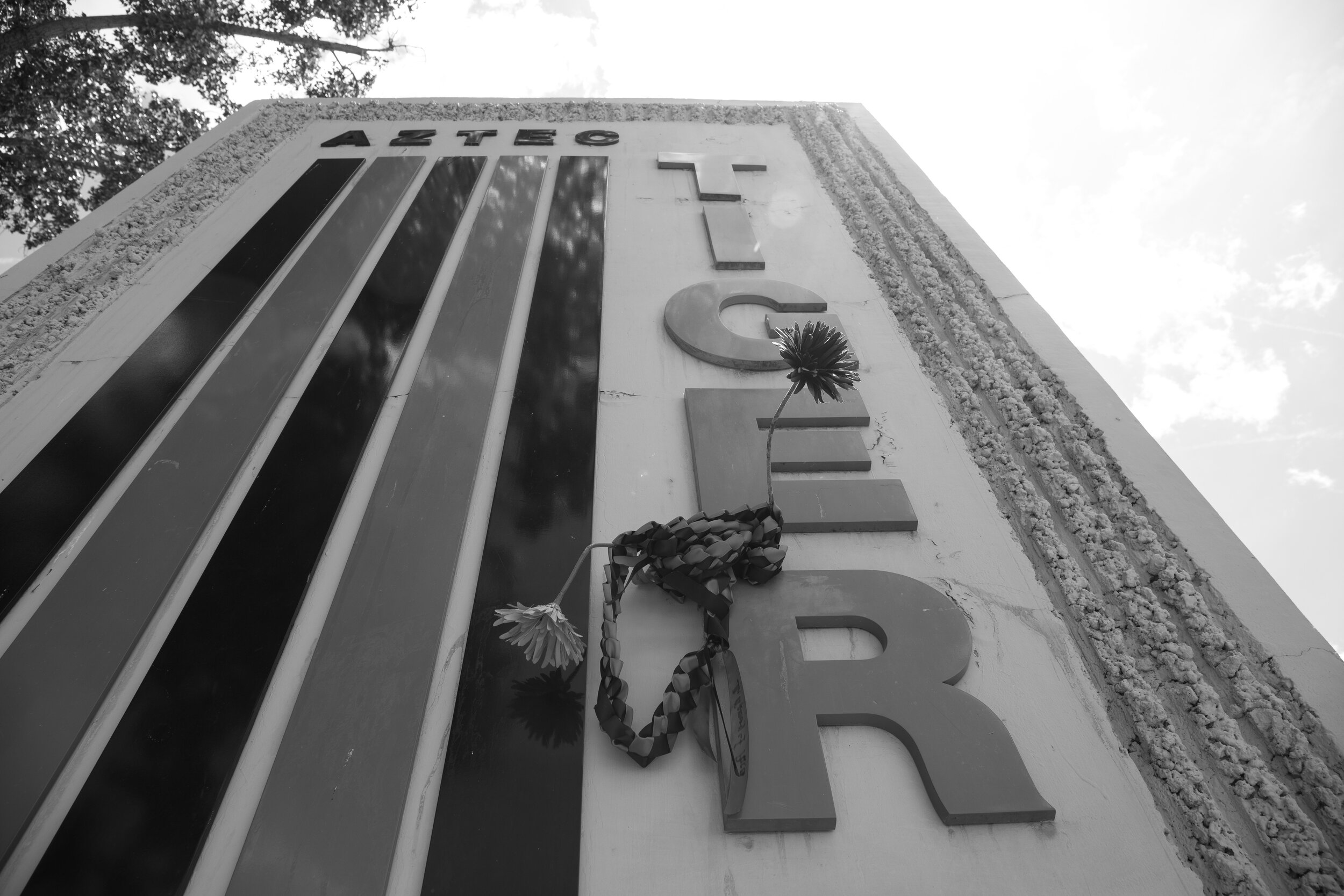
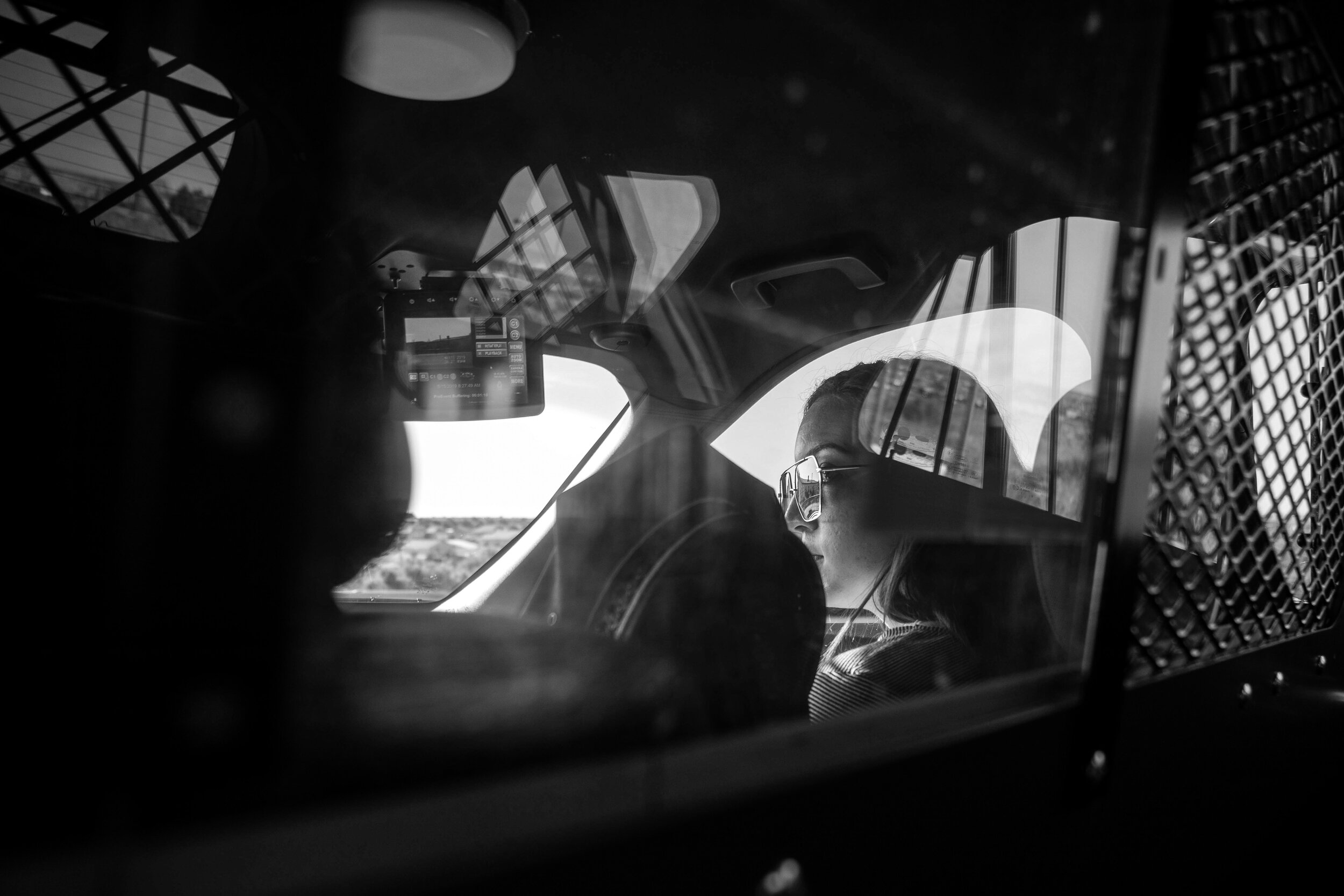
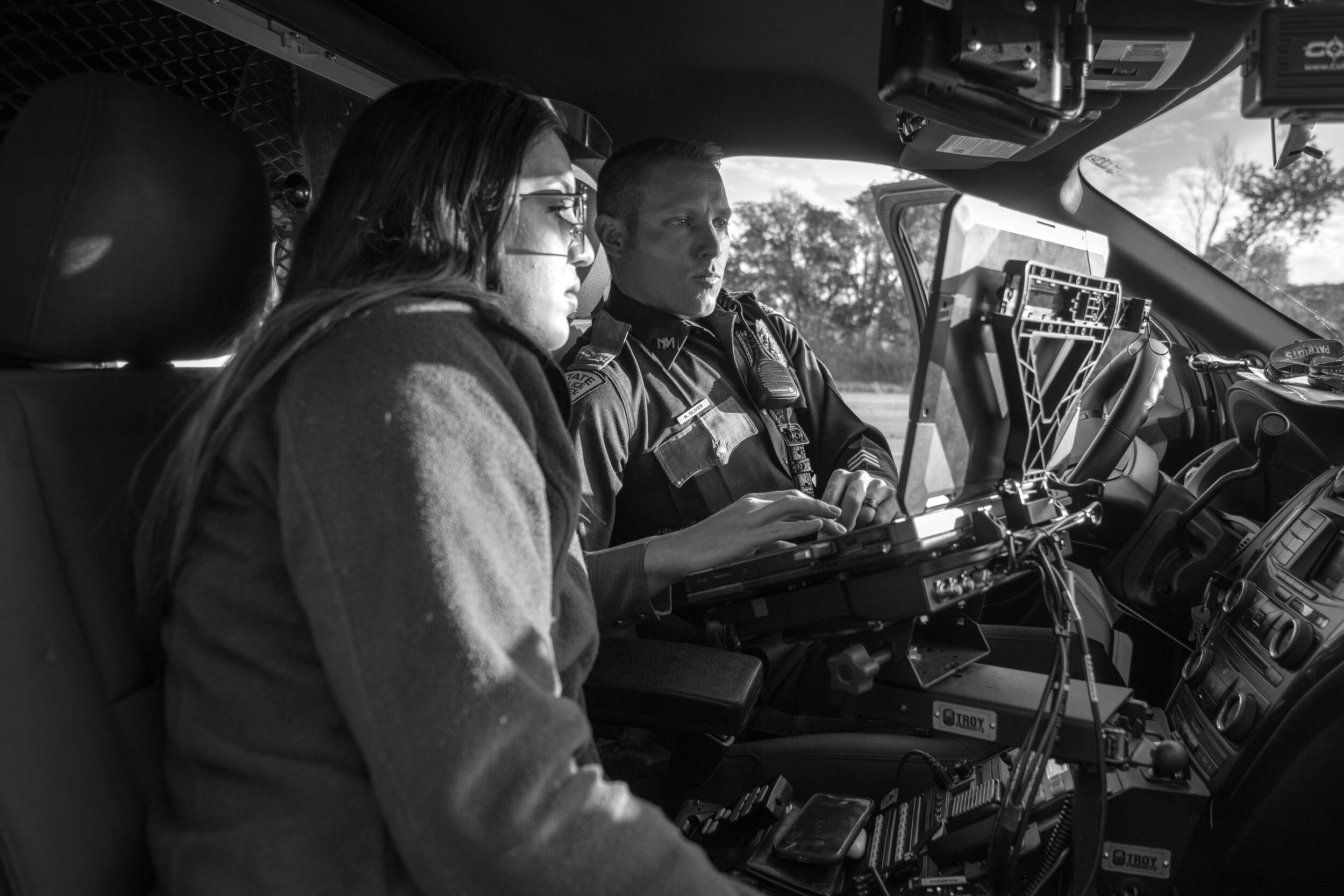
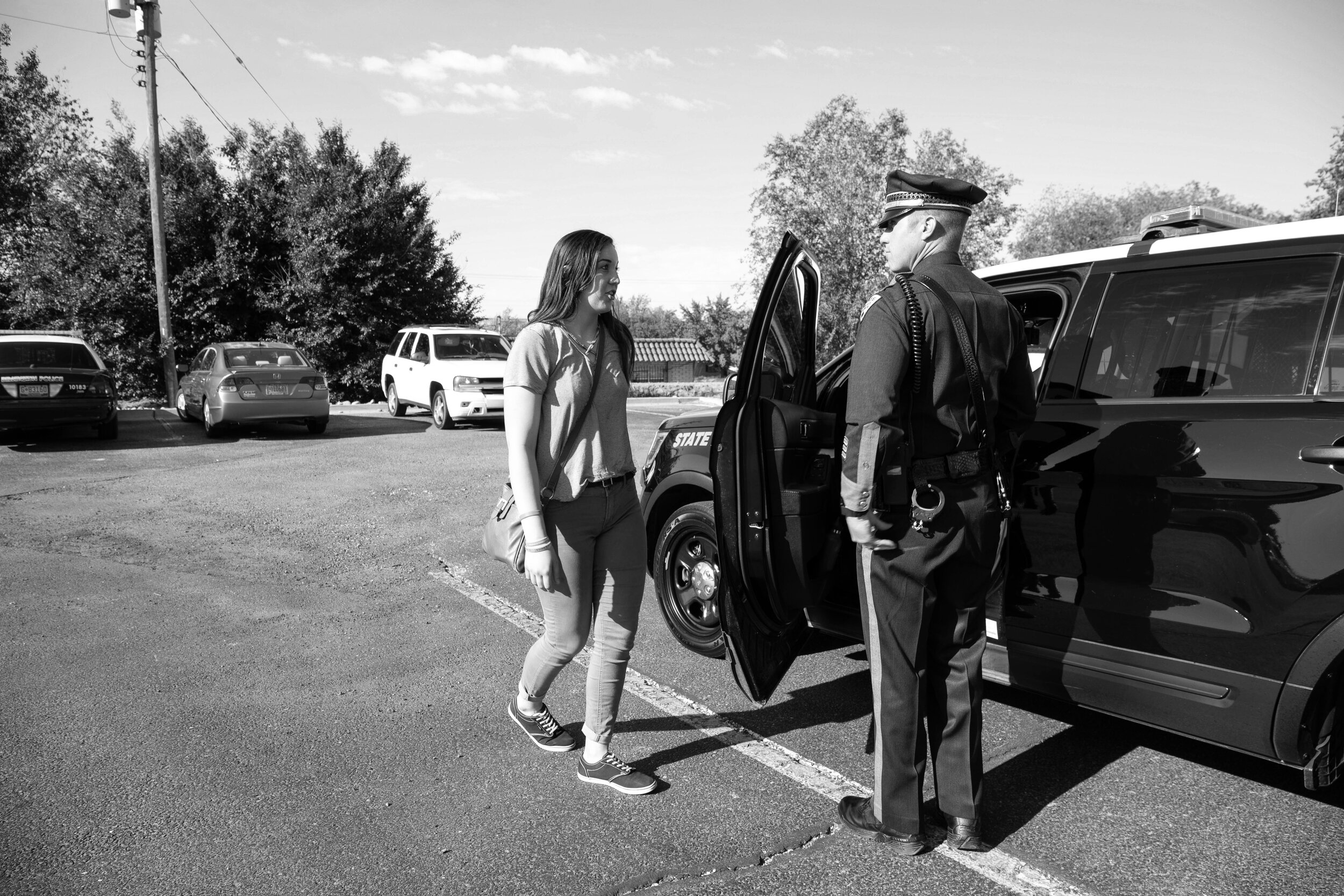
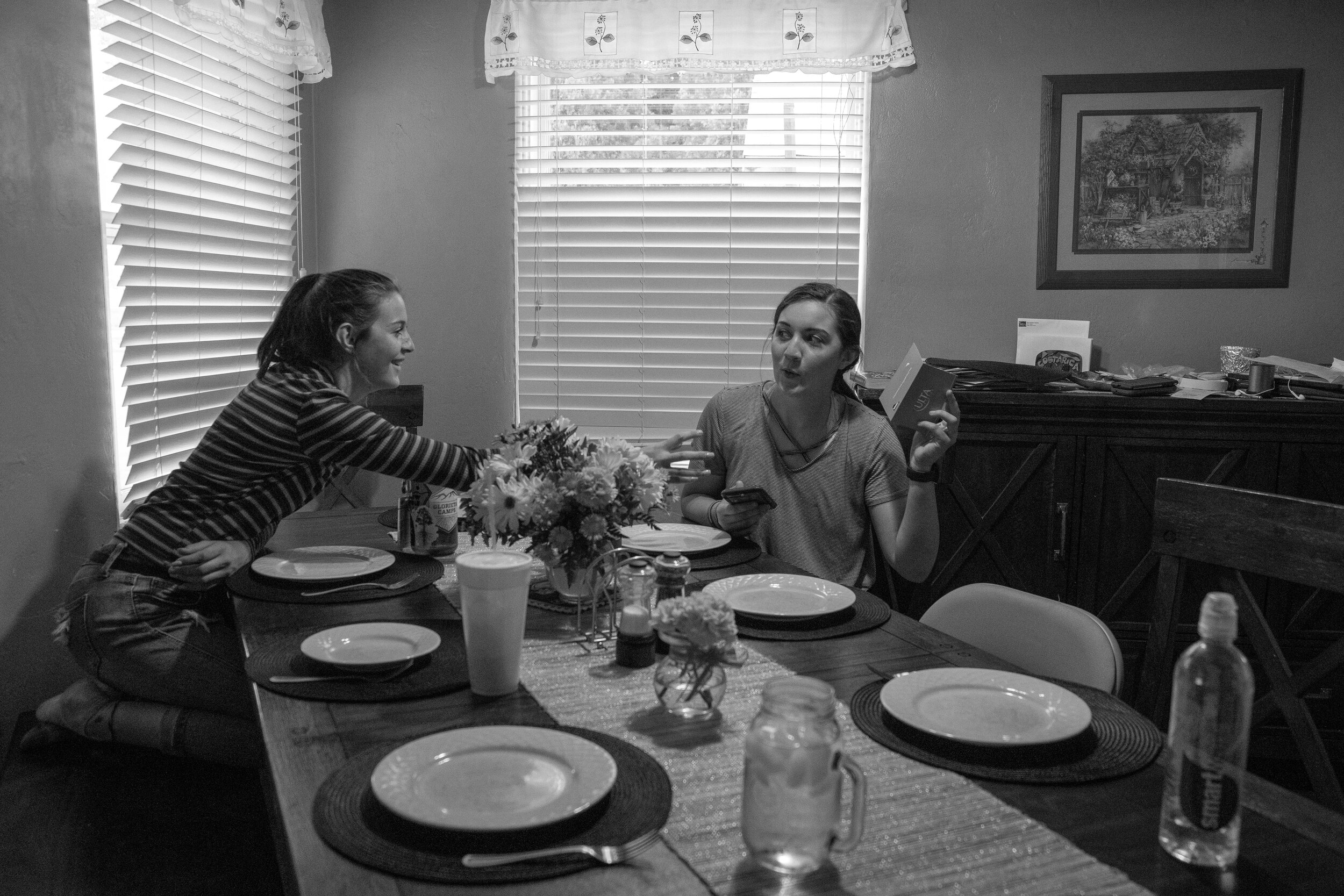
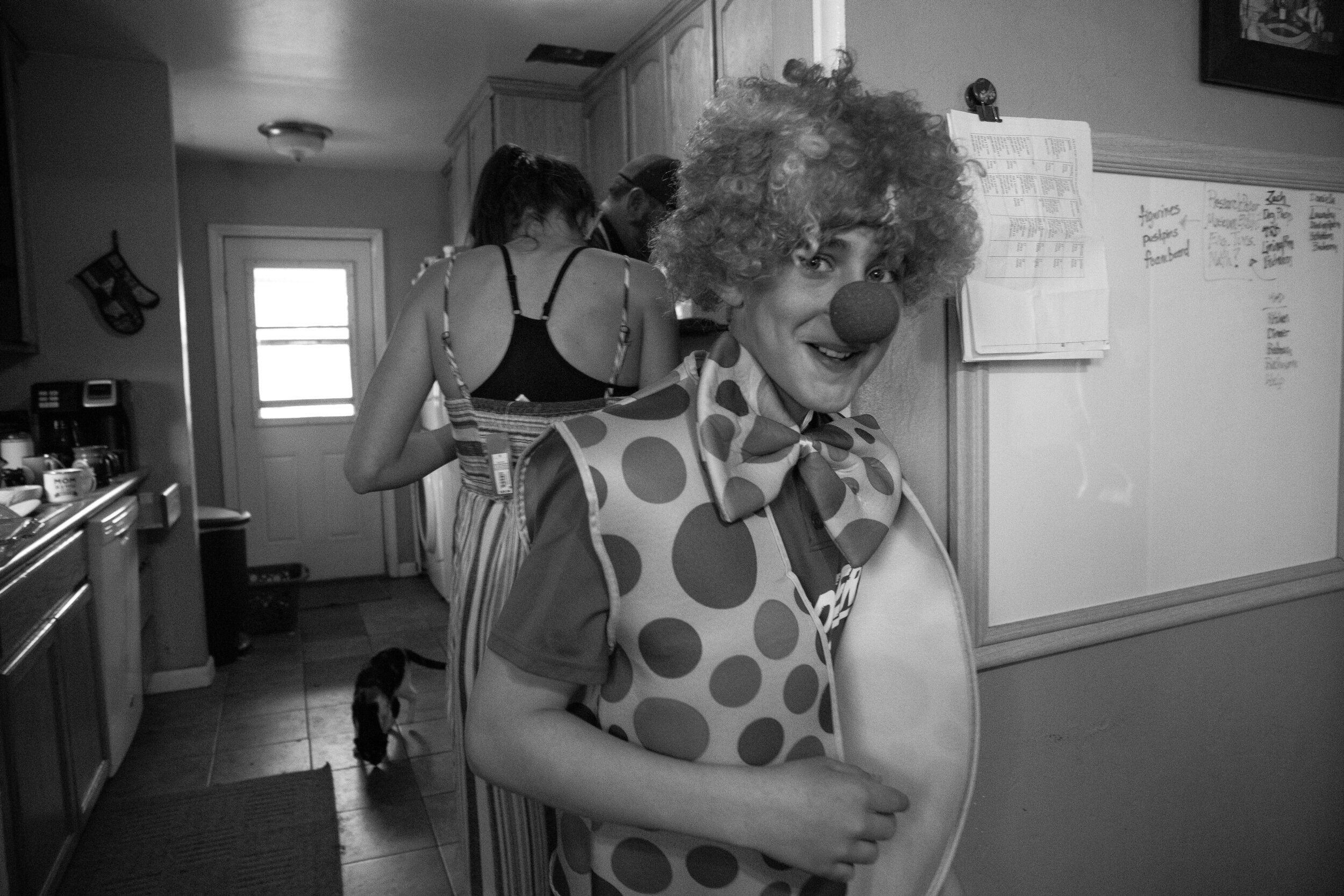
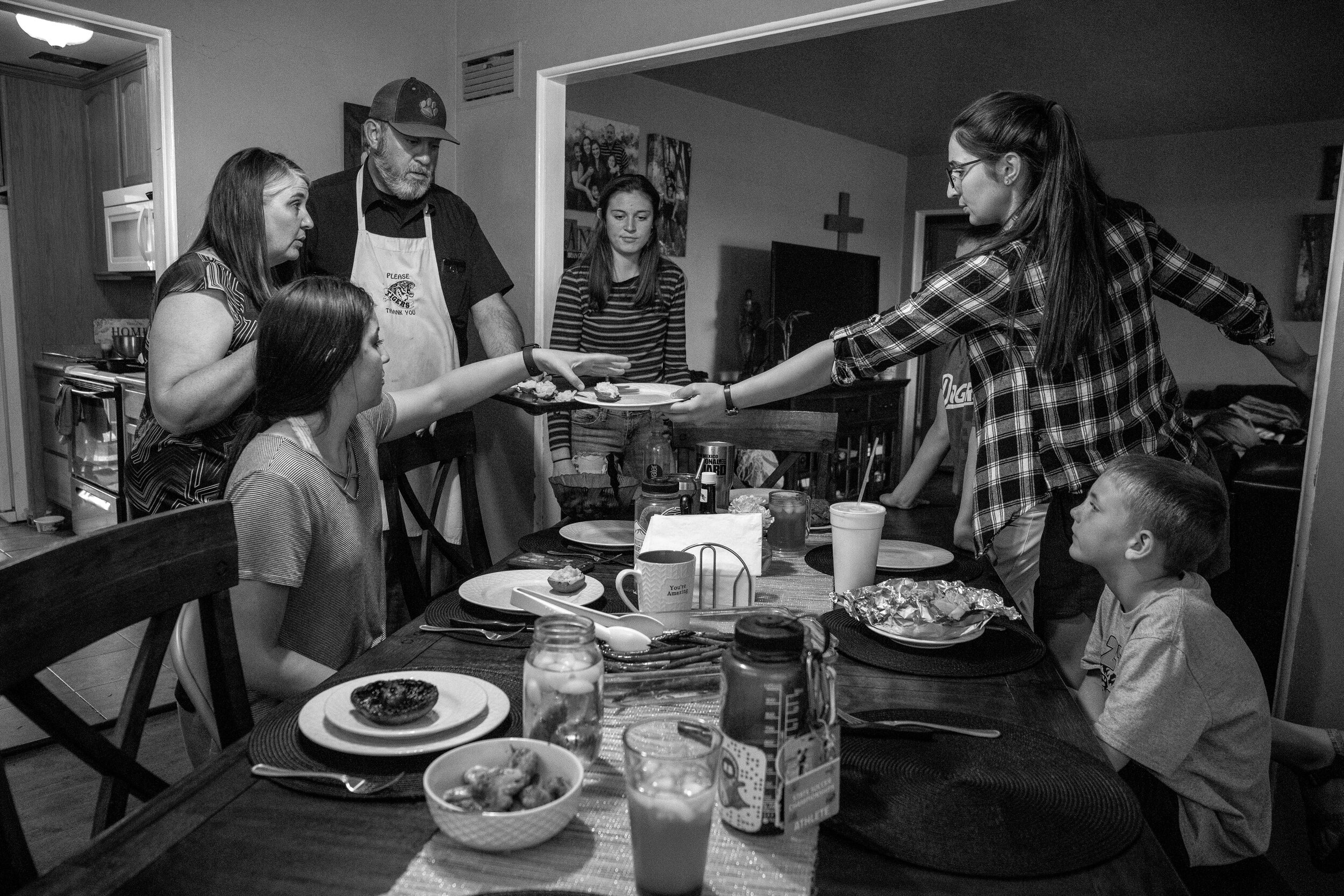
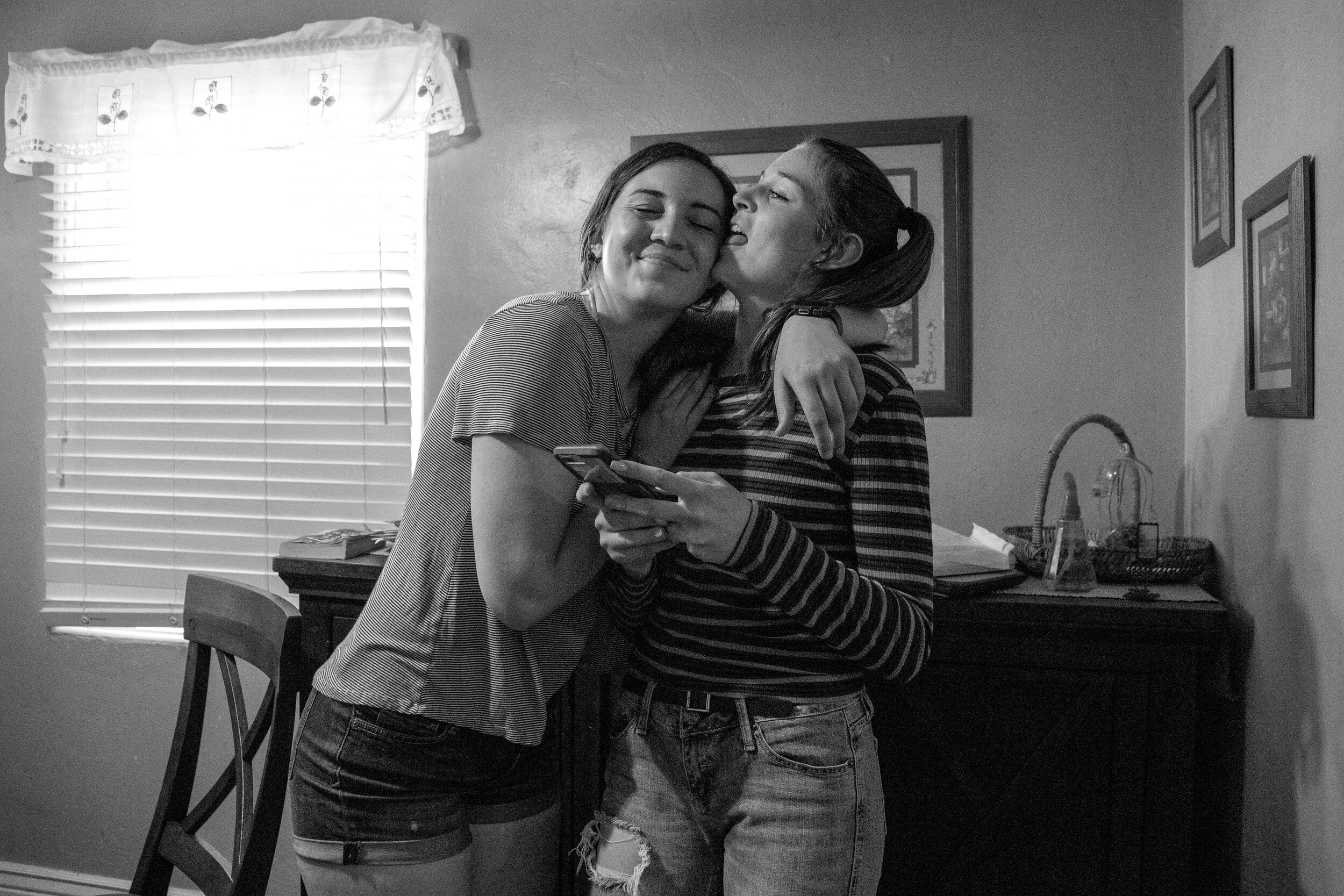
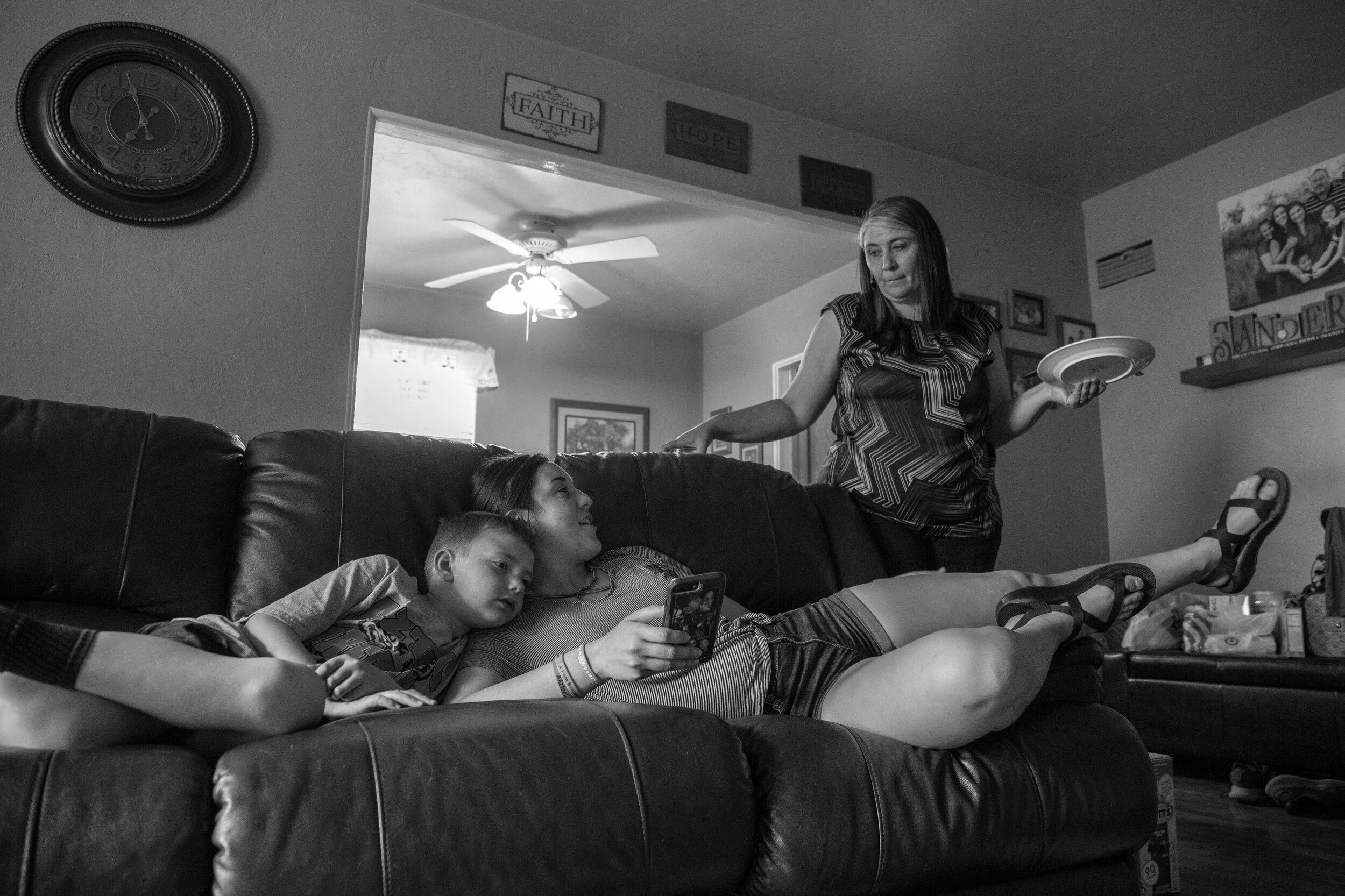

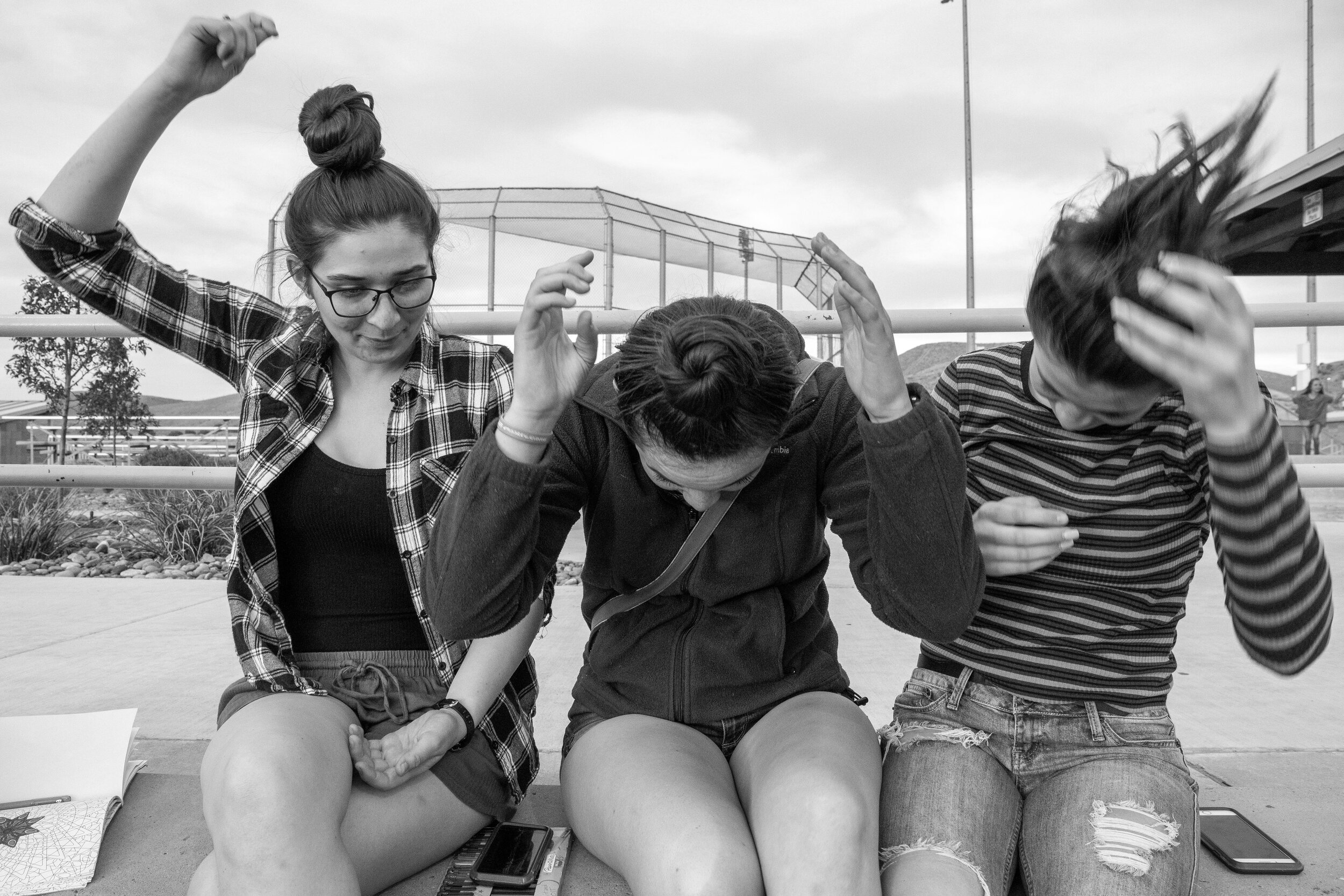

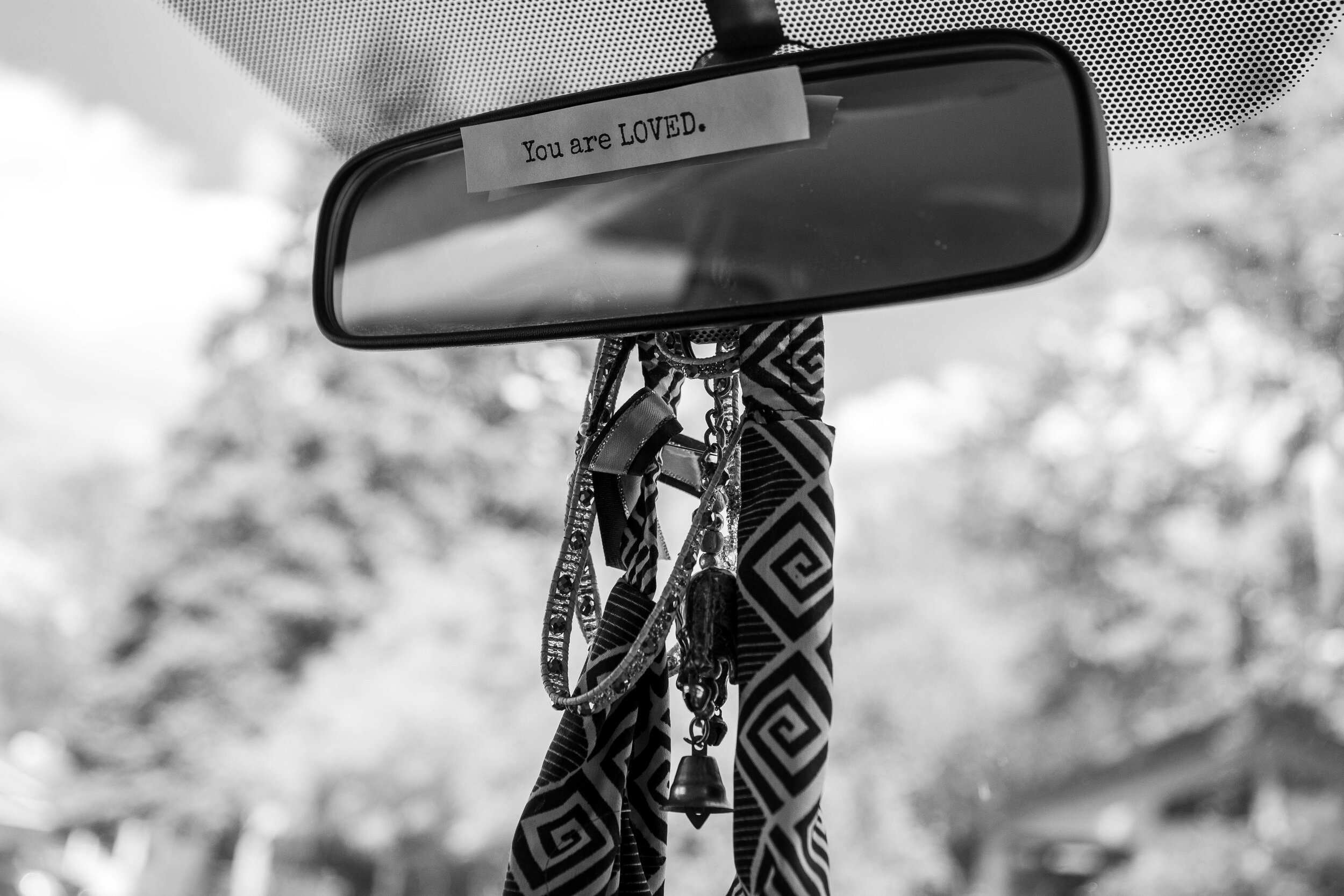
At this Prom Everyone is Royalty
May 4, 2019 Photographs by Diana Cervantes for The Santa Fe New Mexican
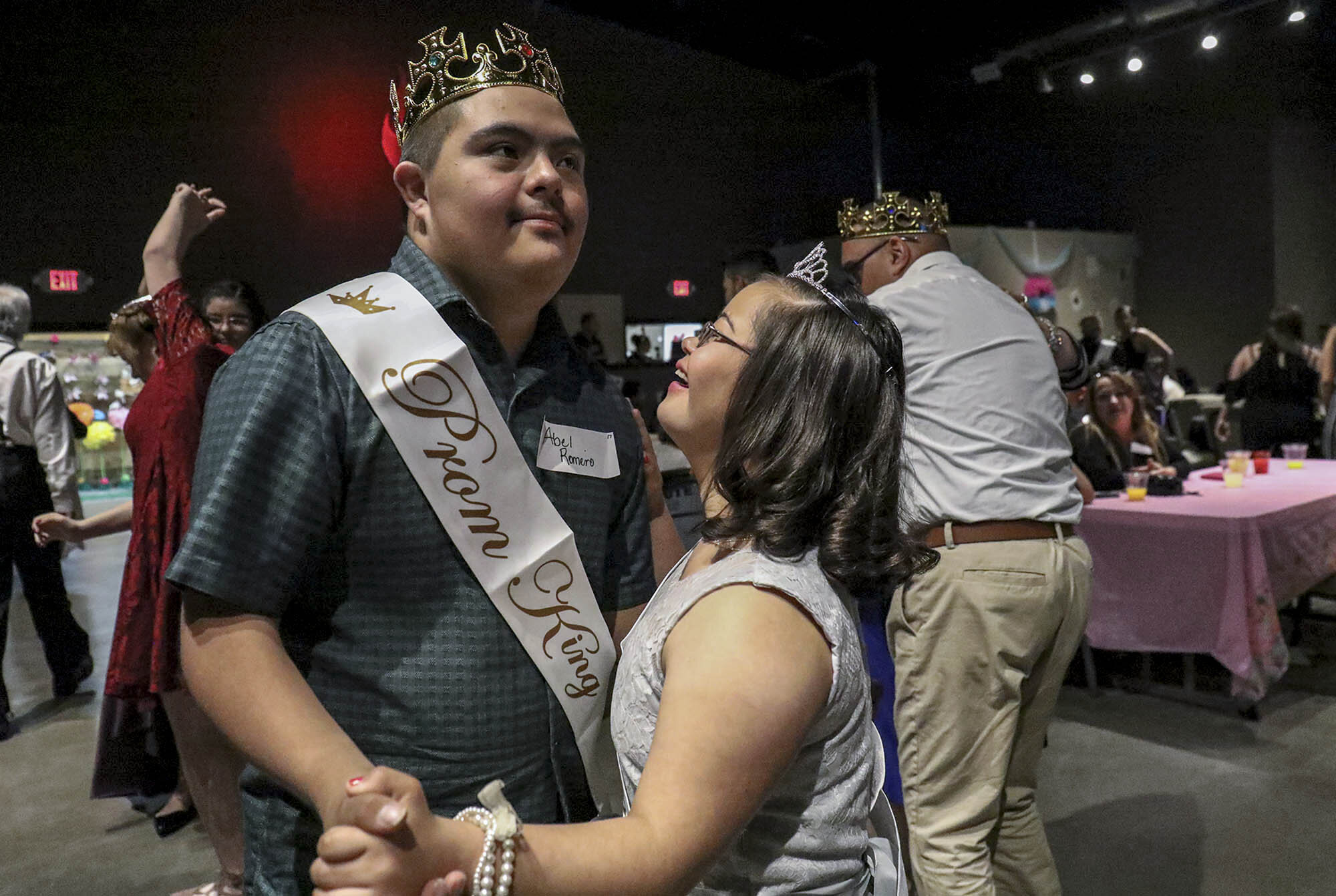

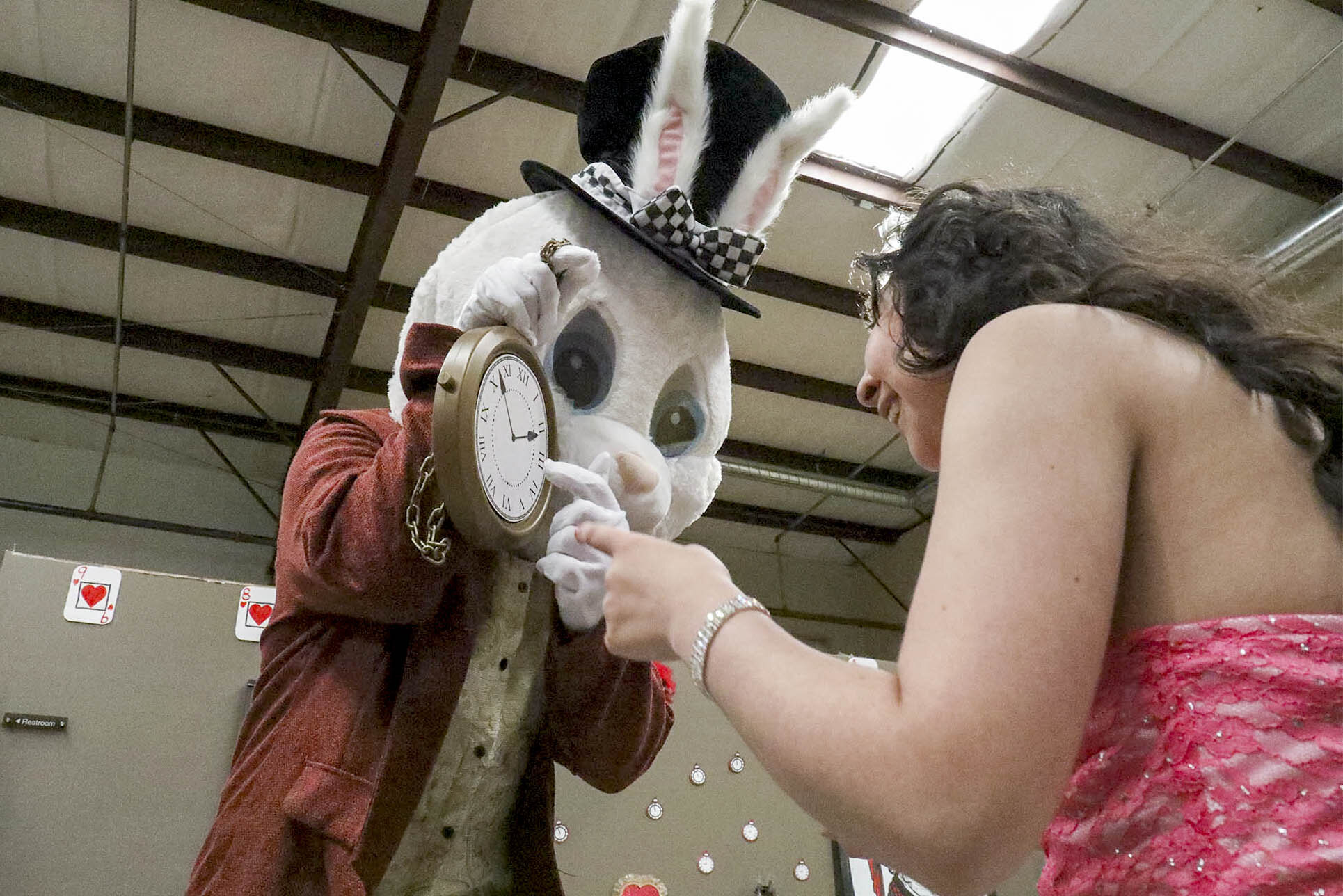

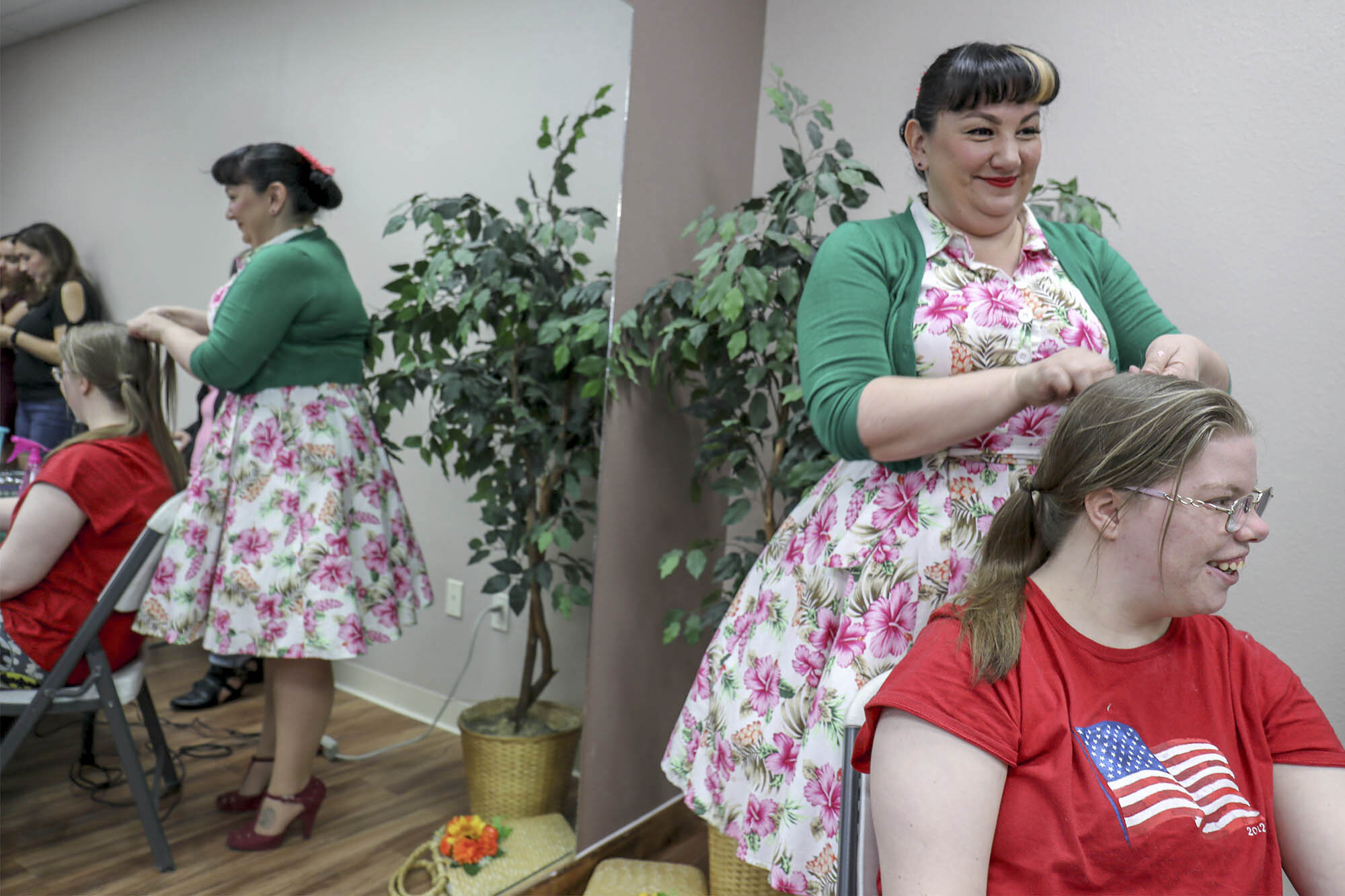
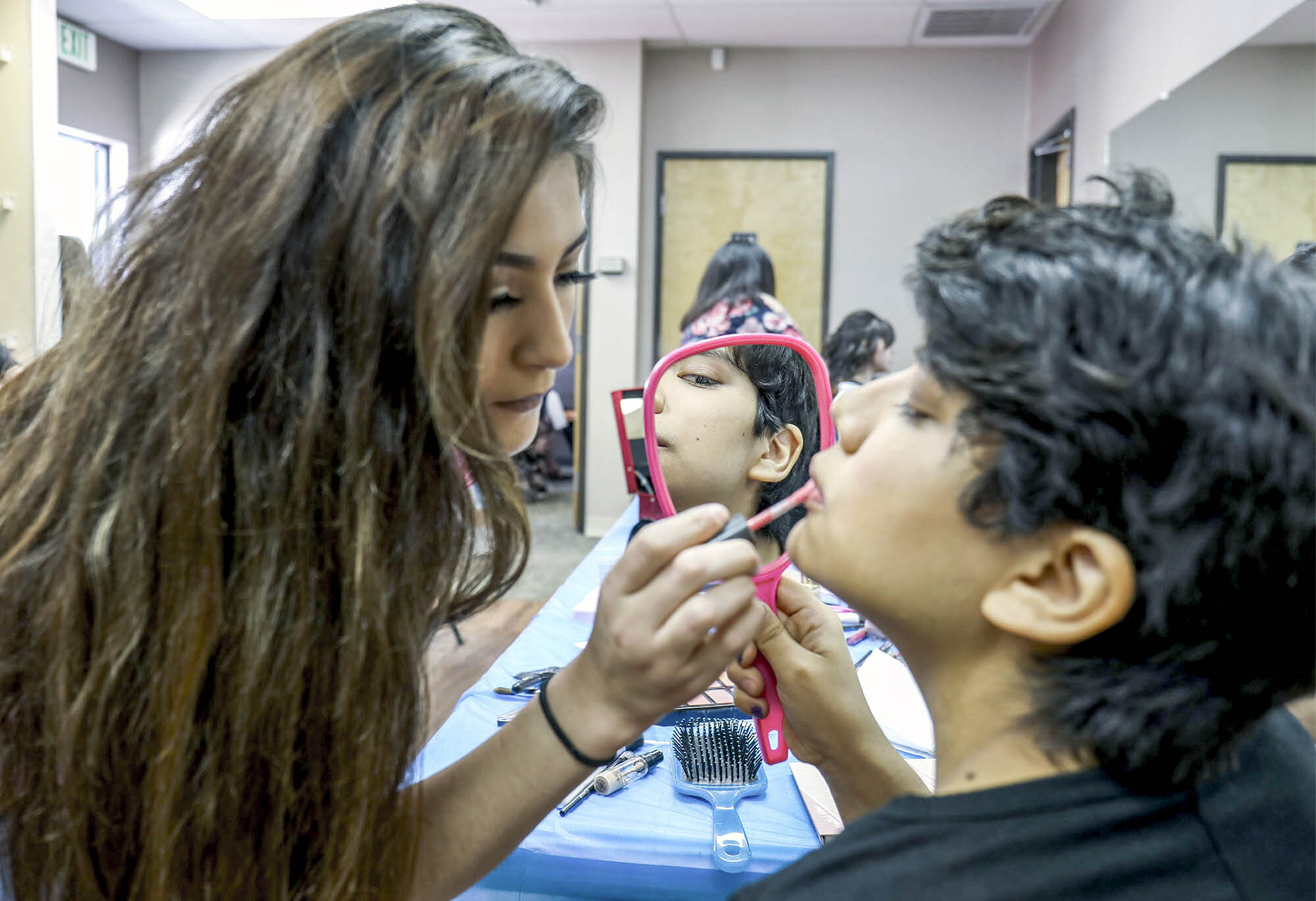
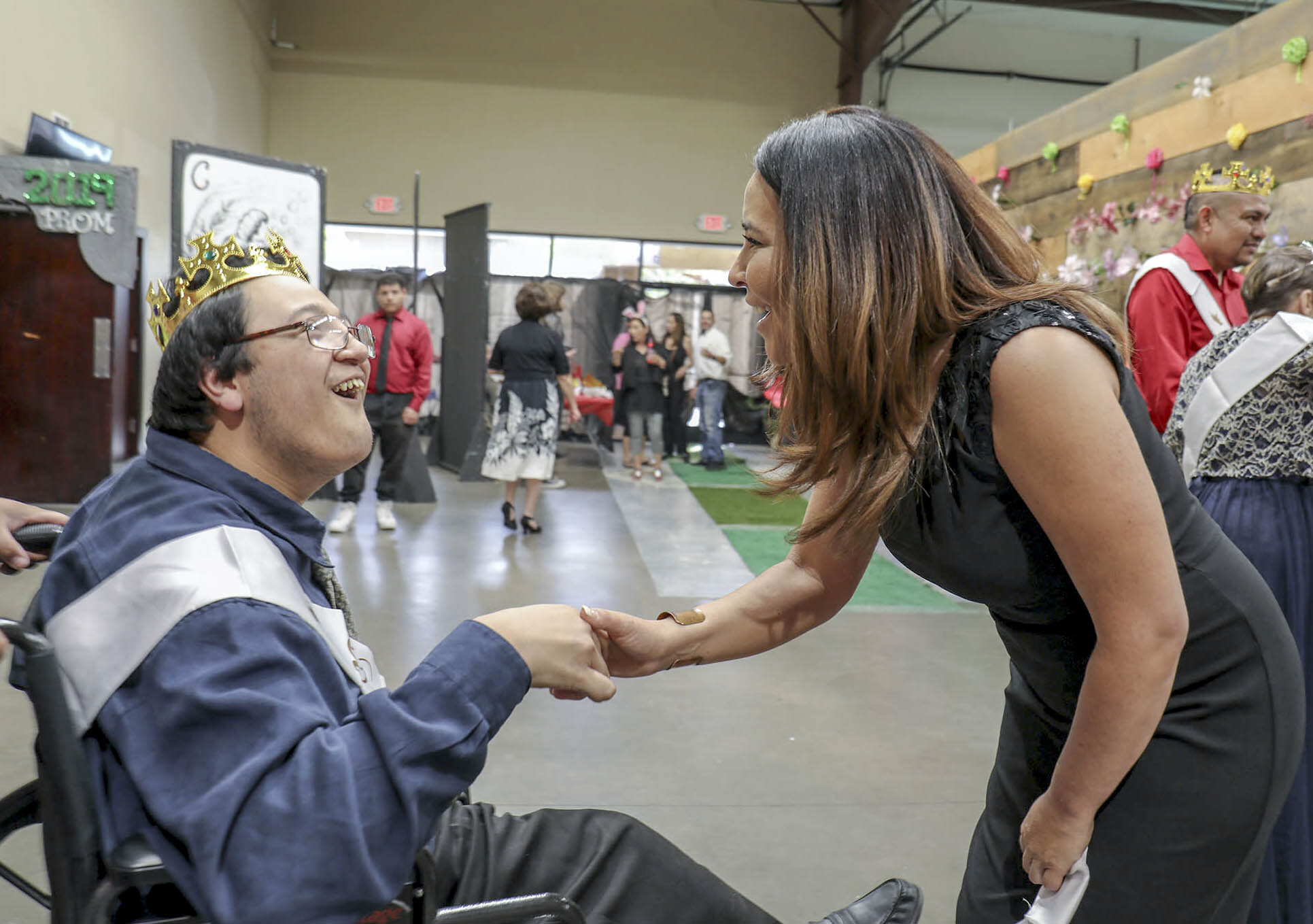
Inside a Wild Horse Ranch
Written and photographed by Diana Cervantes for Bitterroot Magazine
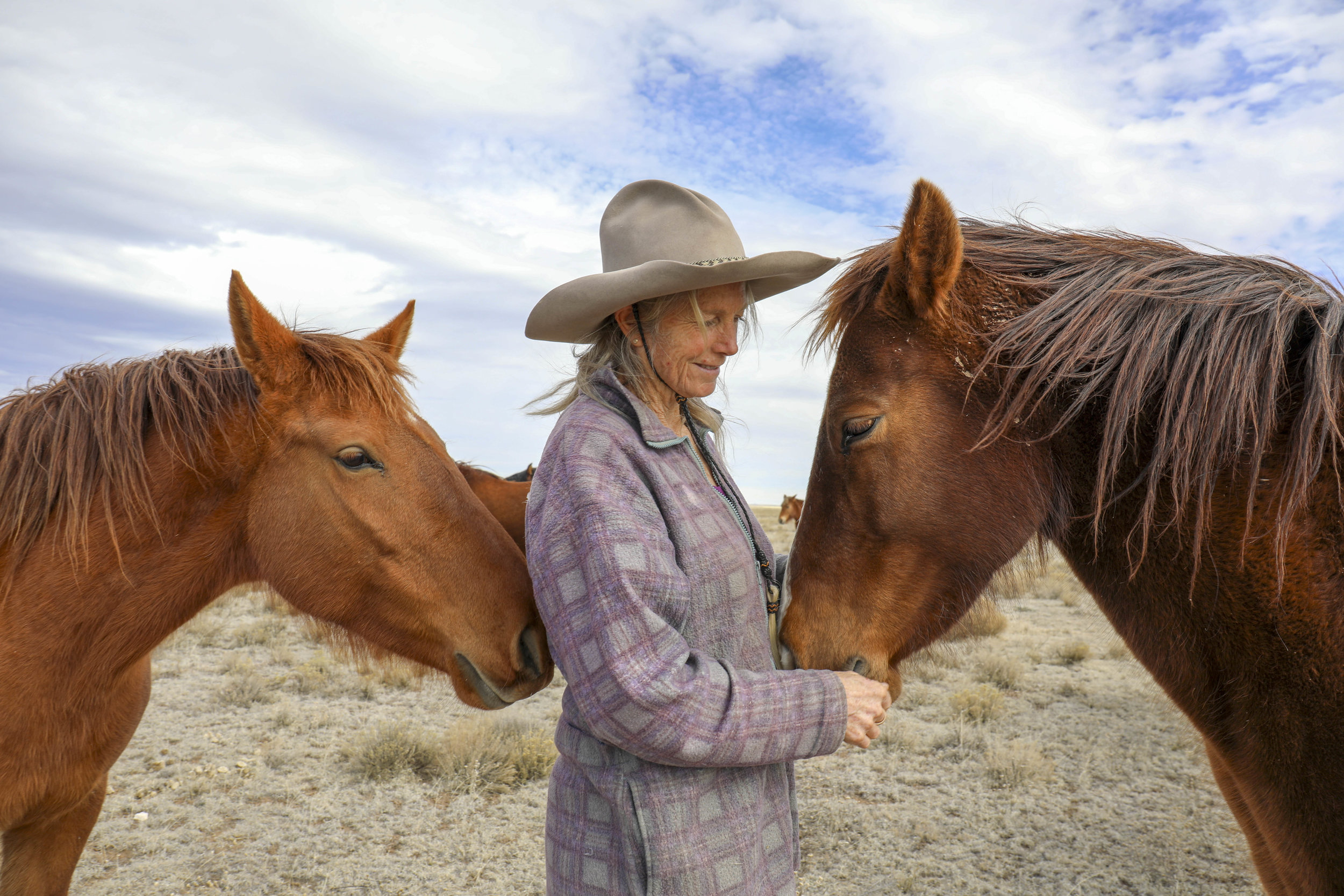

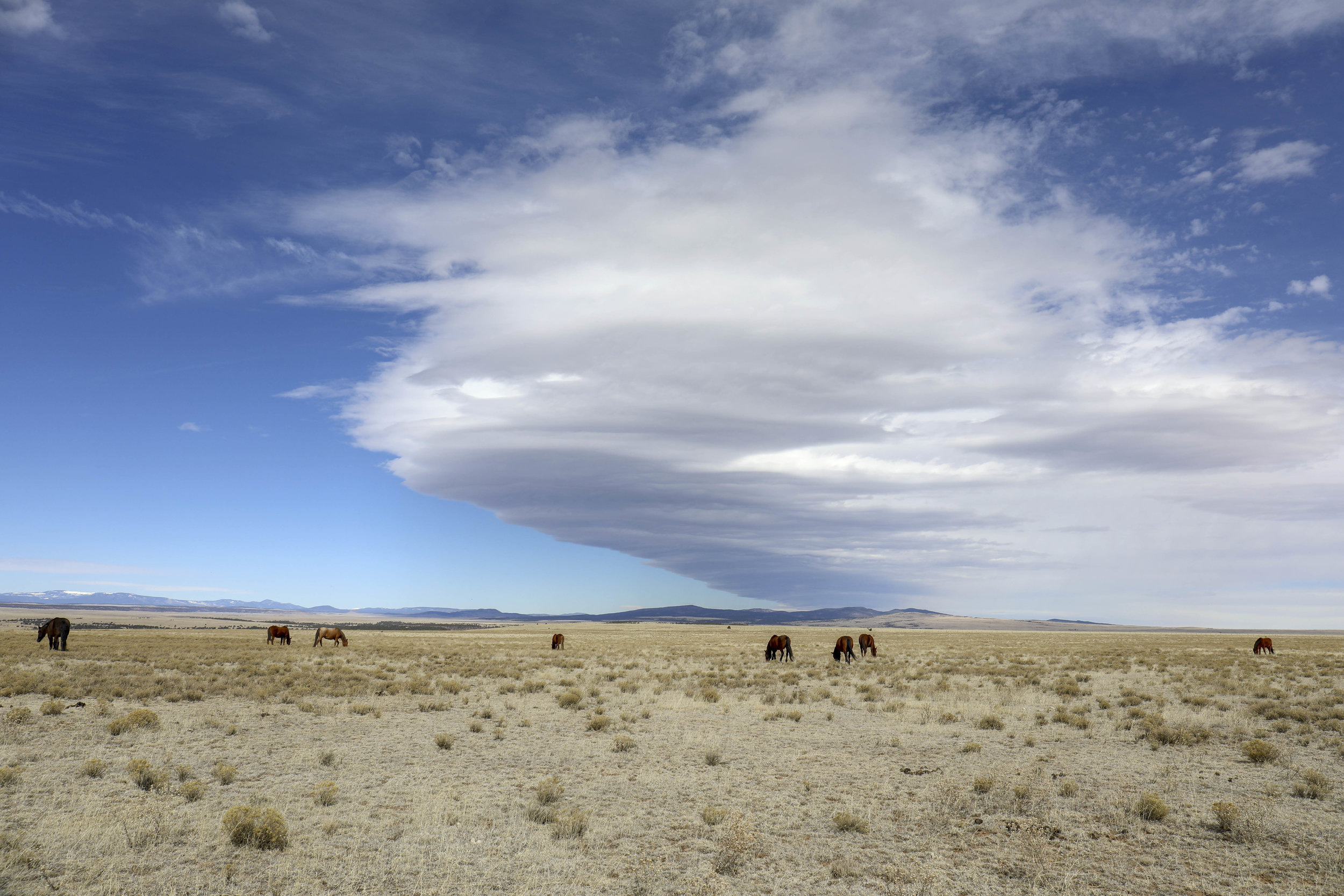
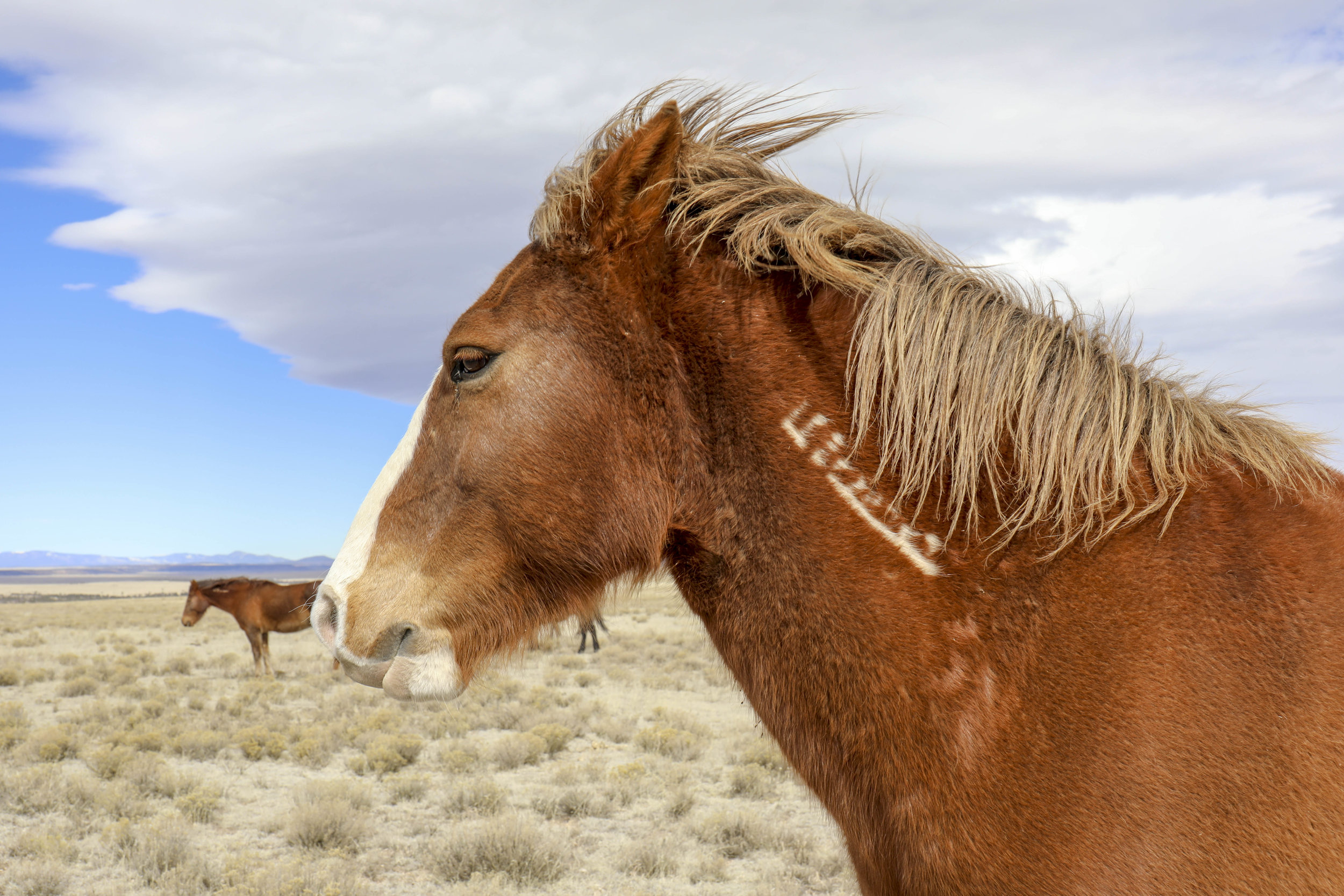
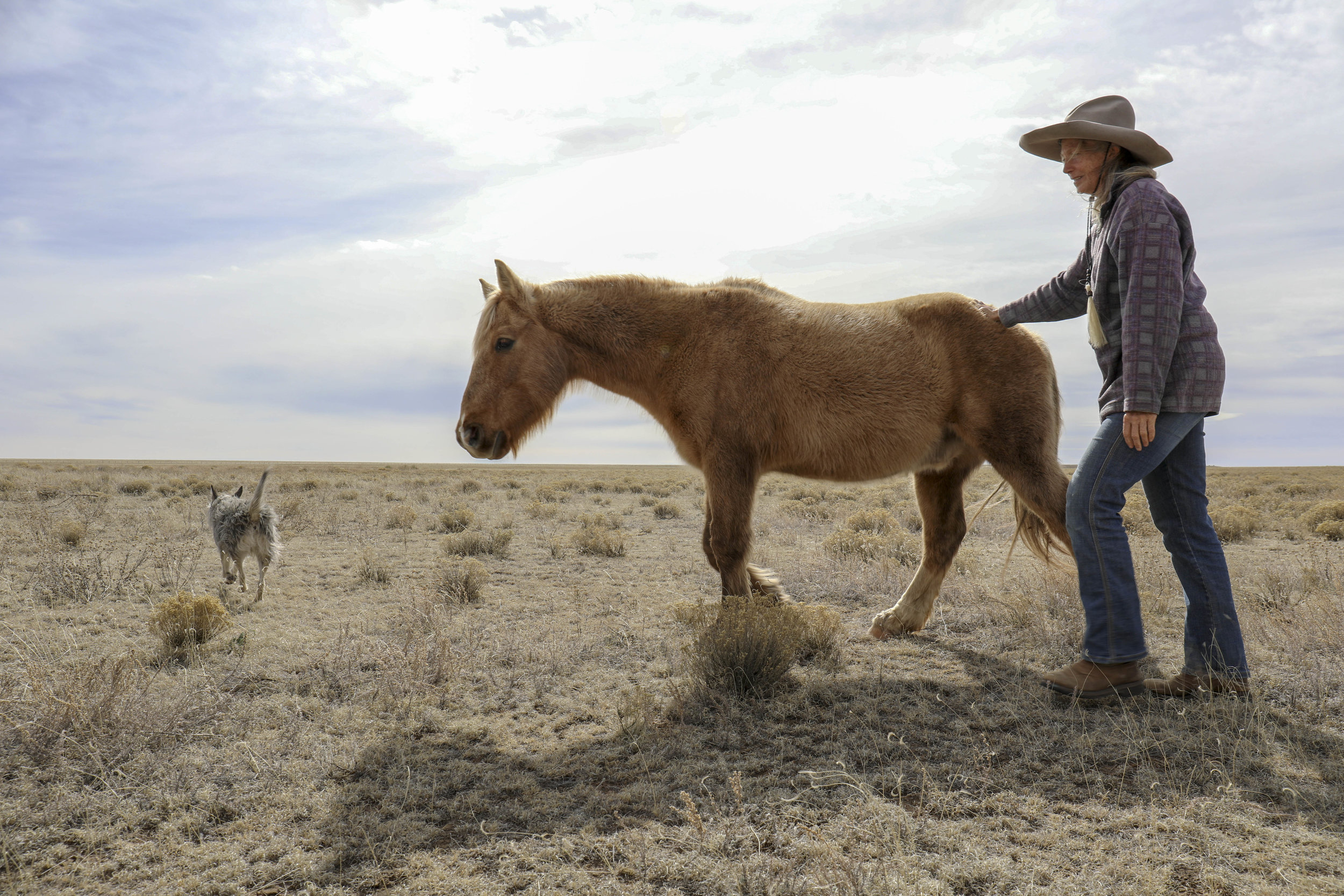
National Geographic Your Shot
December 10, 2018, Image selected for national geographic your shot best of 2018.
Corrales man rides with, supports free-roaming horses
Written and photographed by Diana Cervantes for The Rio Rancho Observer
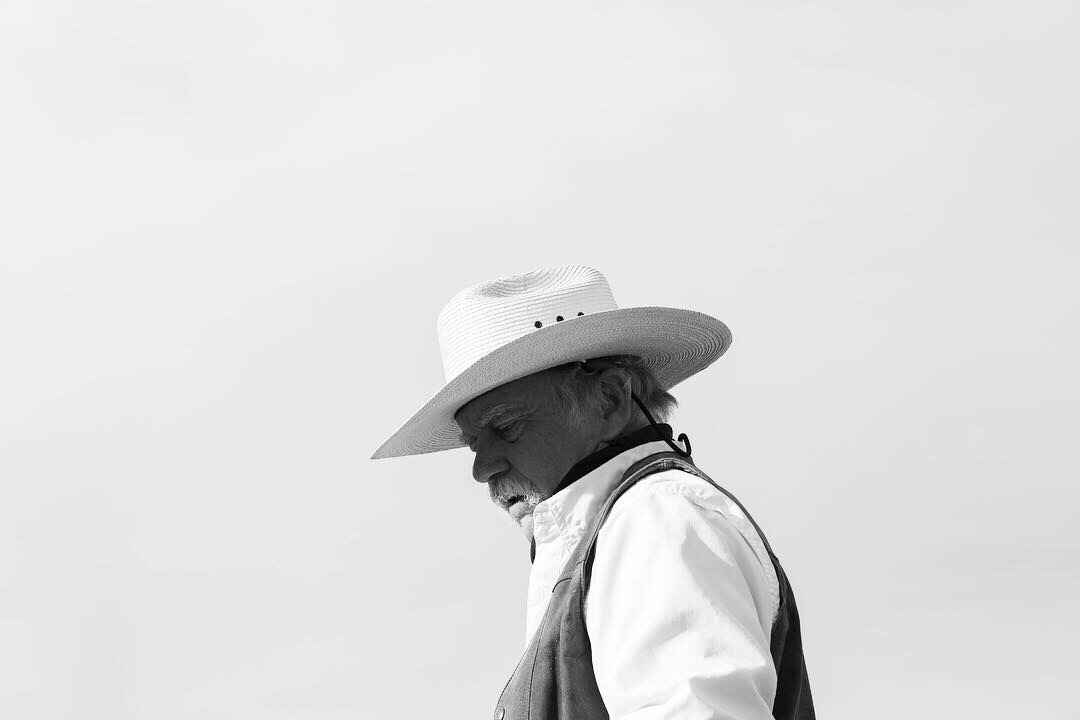
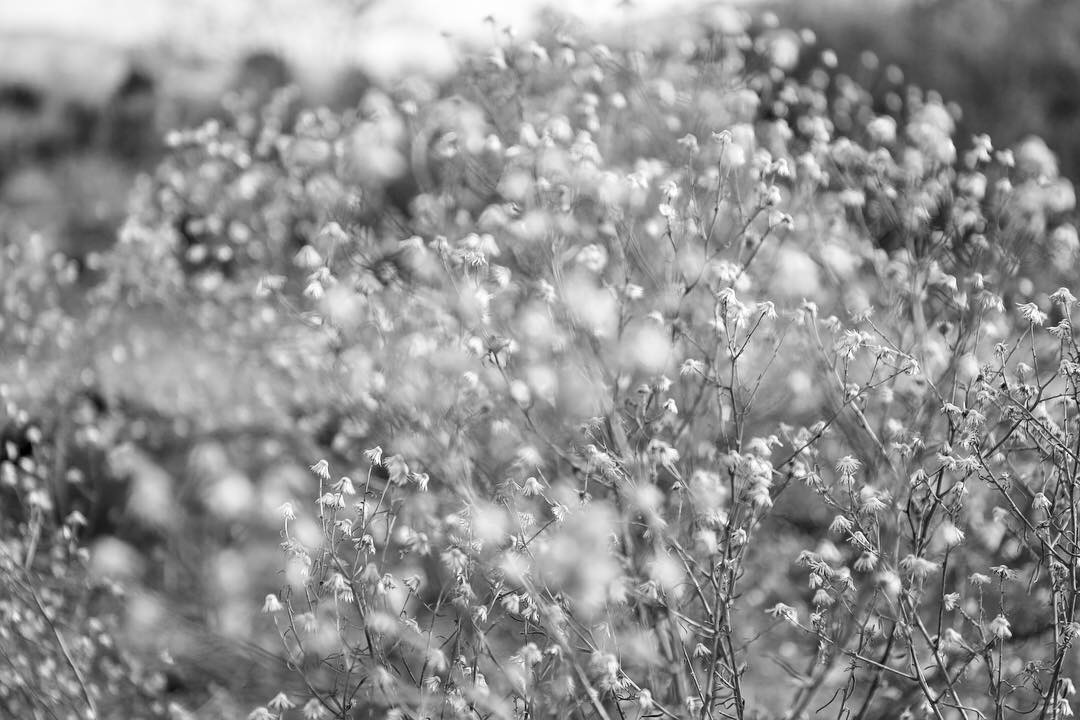
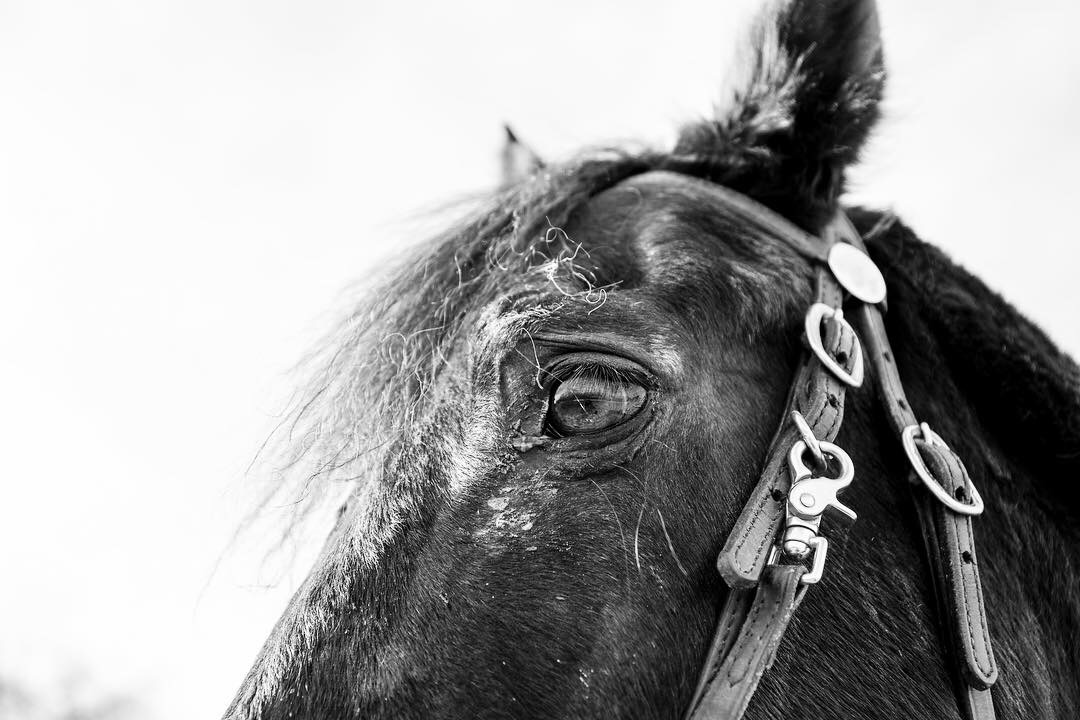
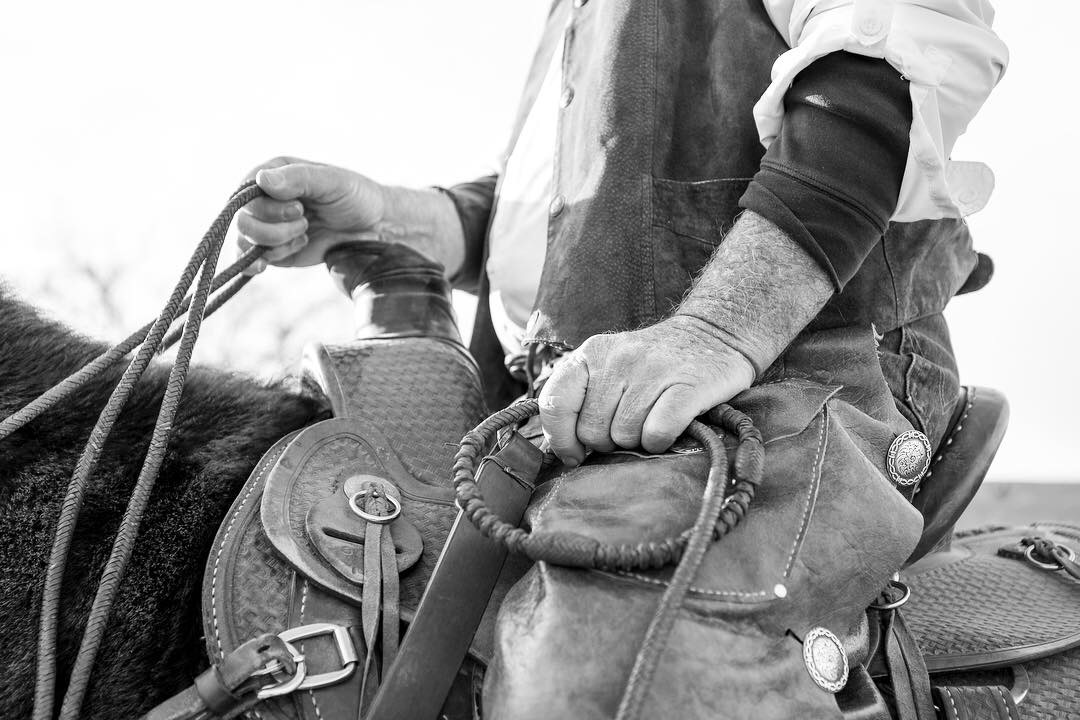
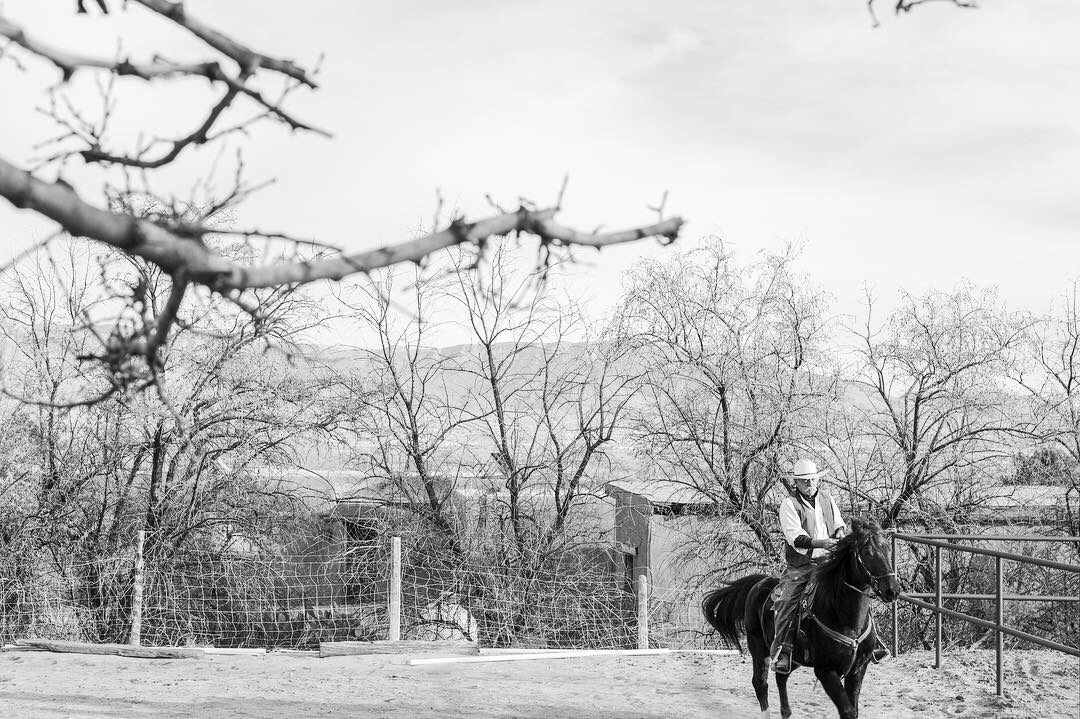
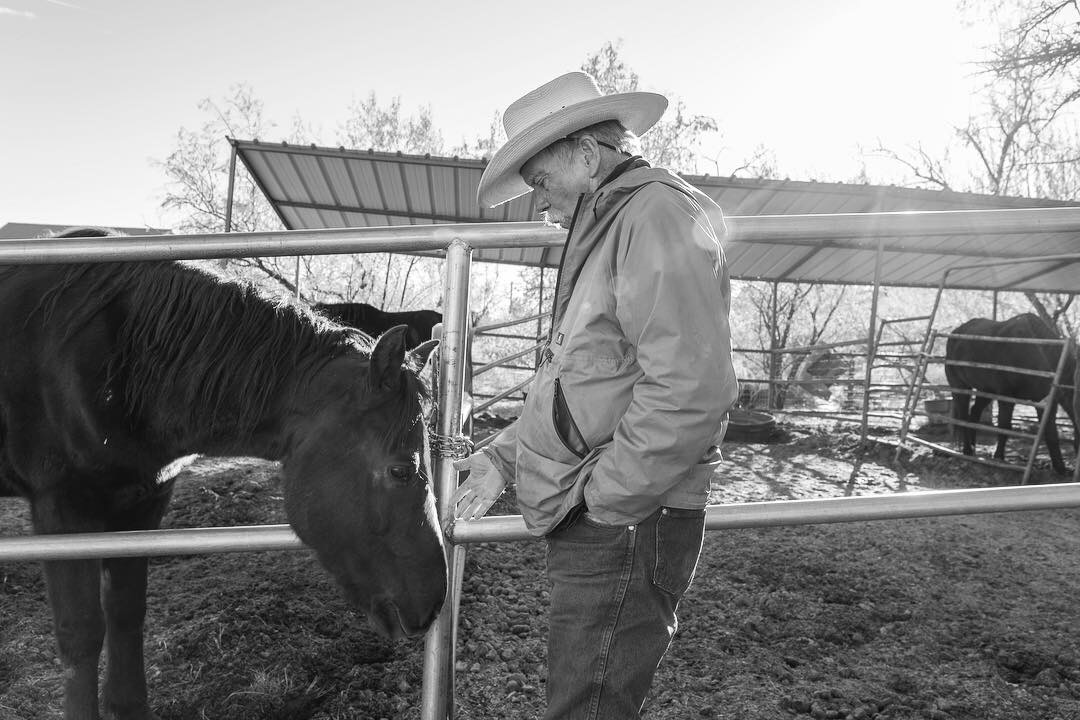
Felician Sisters in Rio Rancho devote life to prayer, service
Writen and photographed by Diana Cervantes for The Rio Rancho Observer
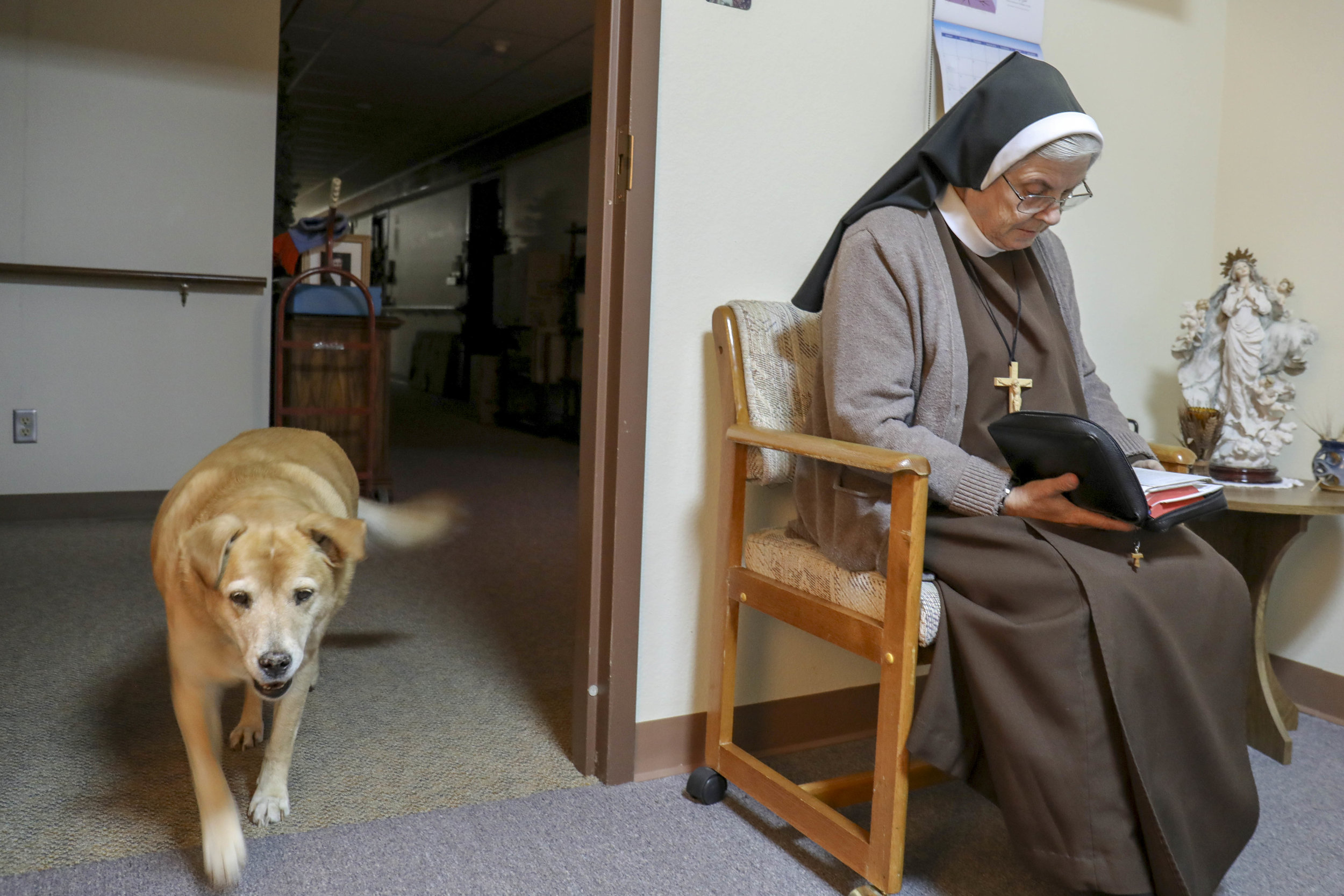
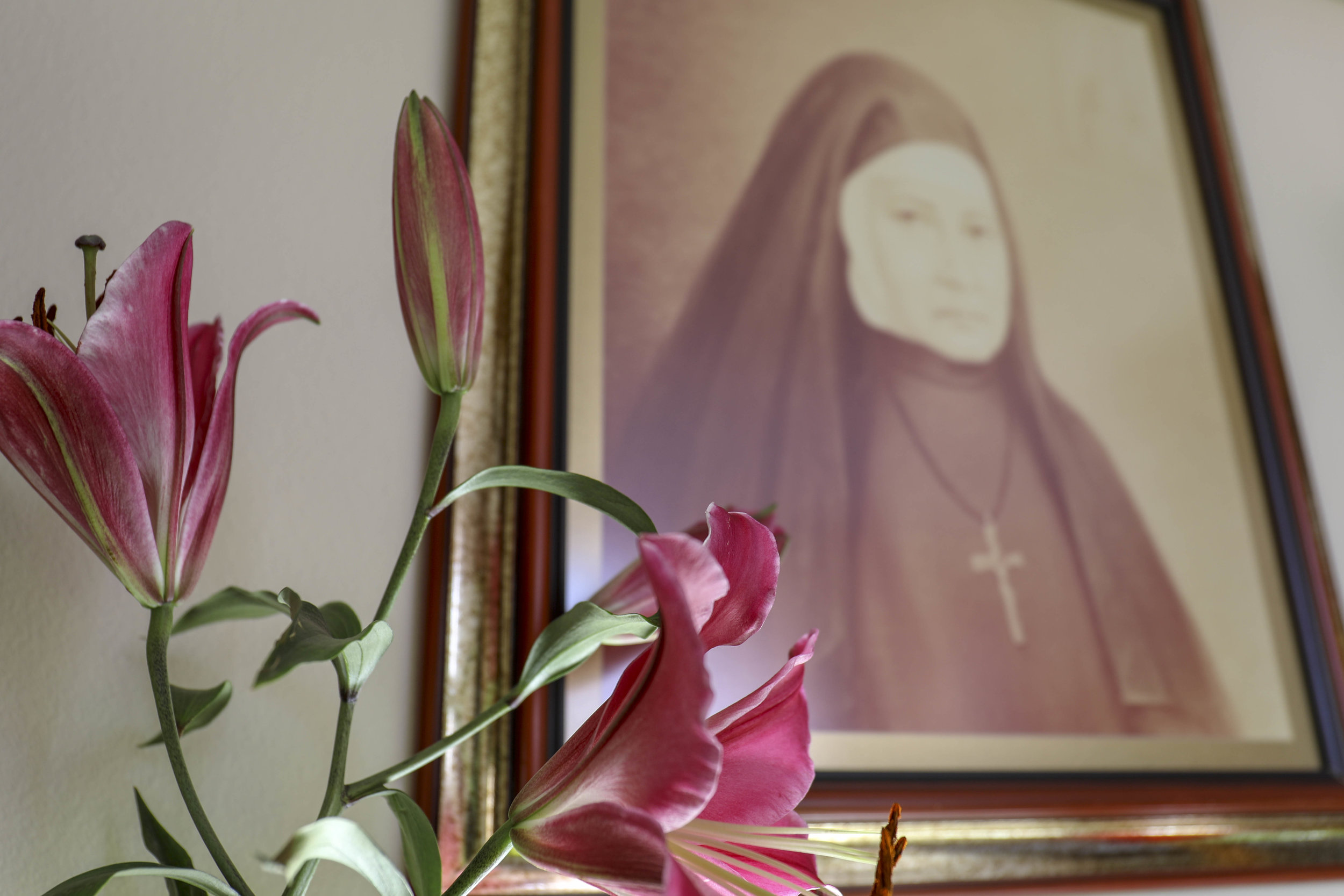
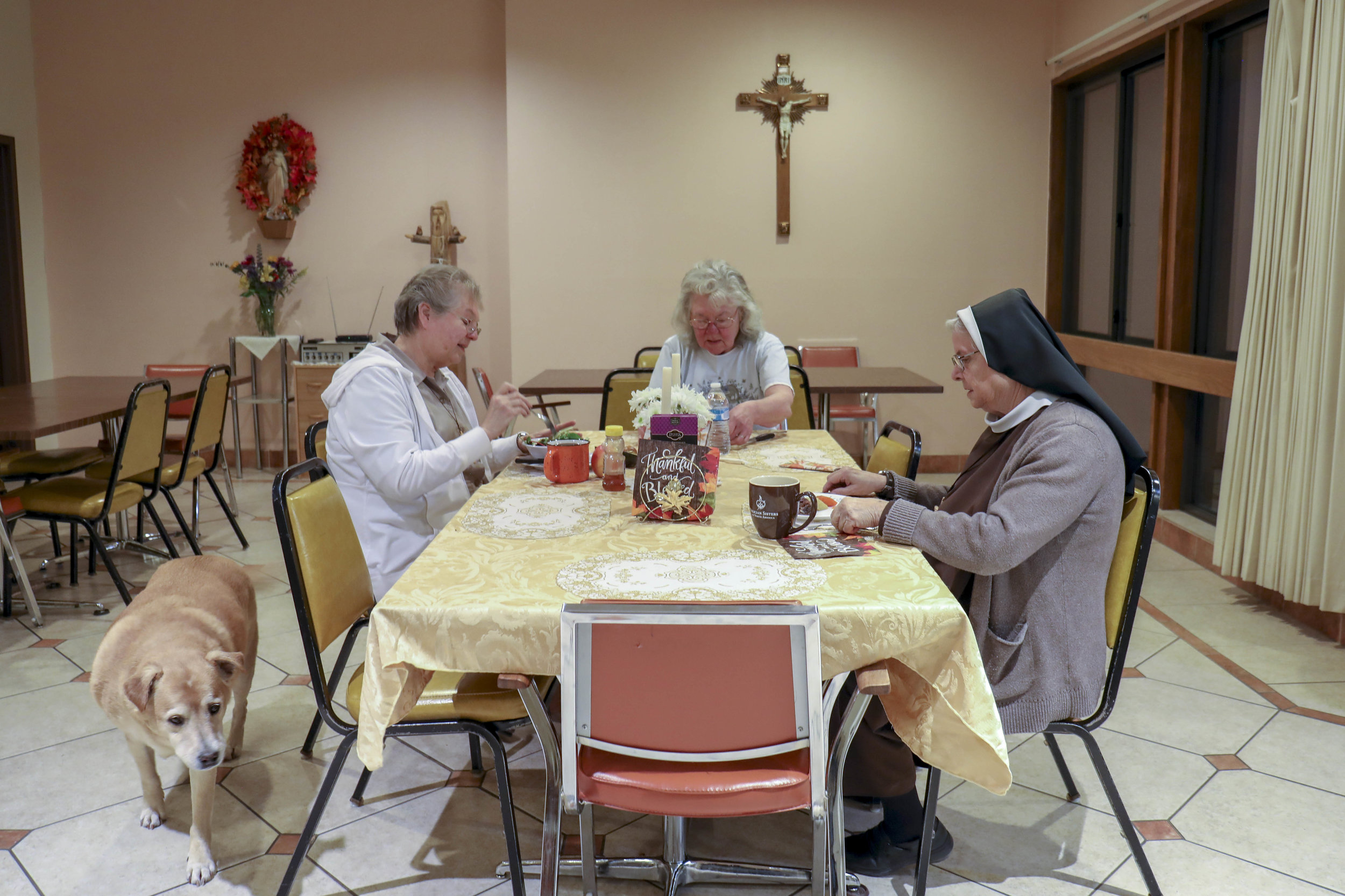
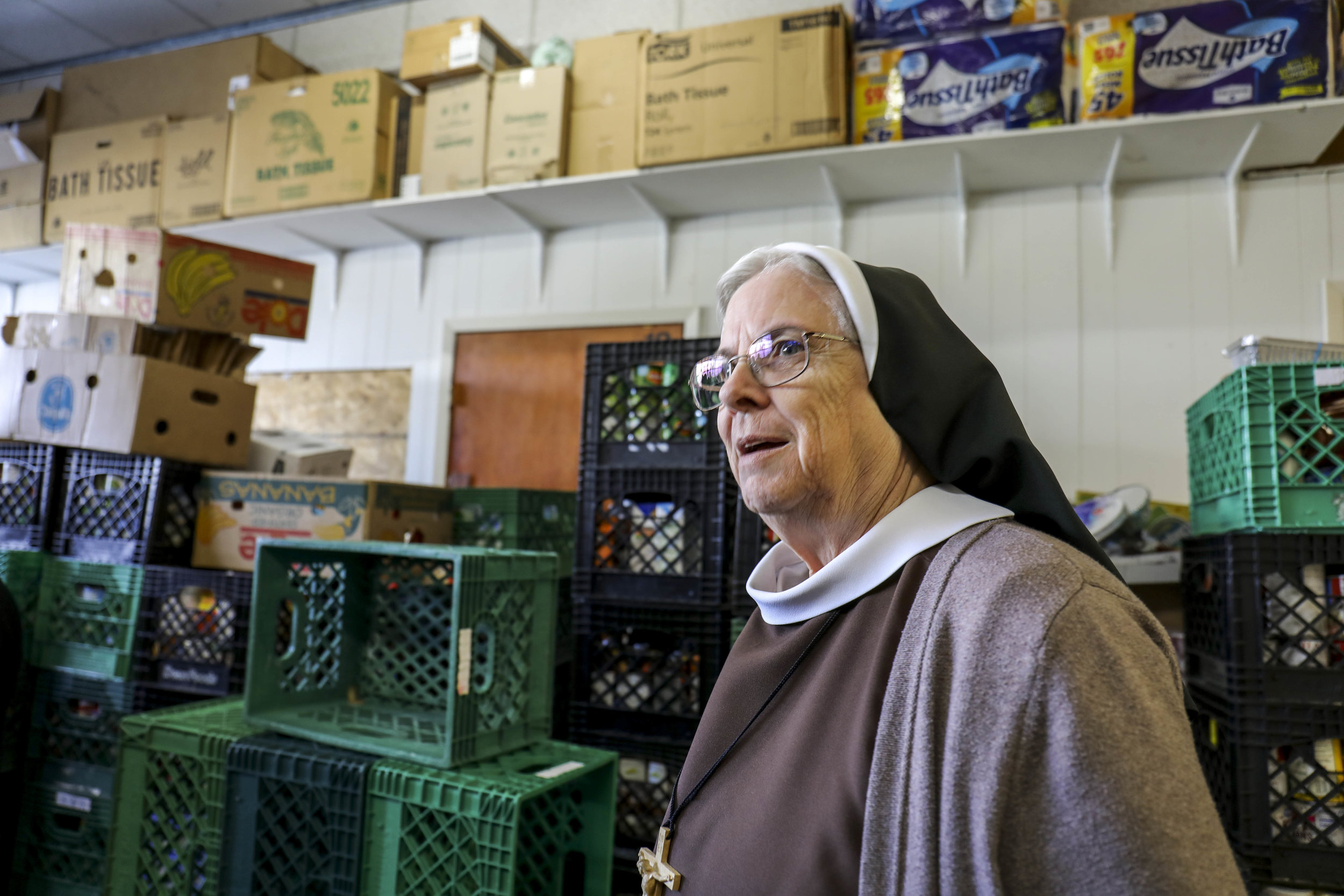
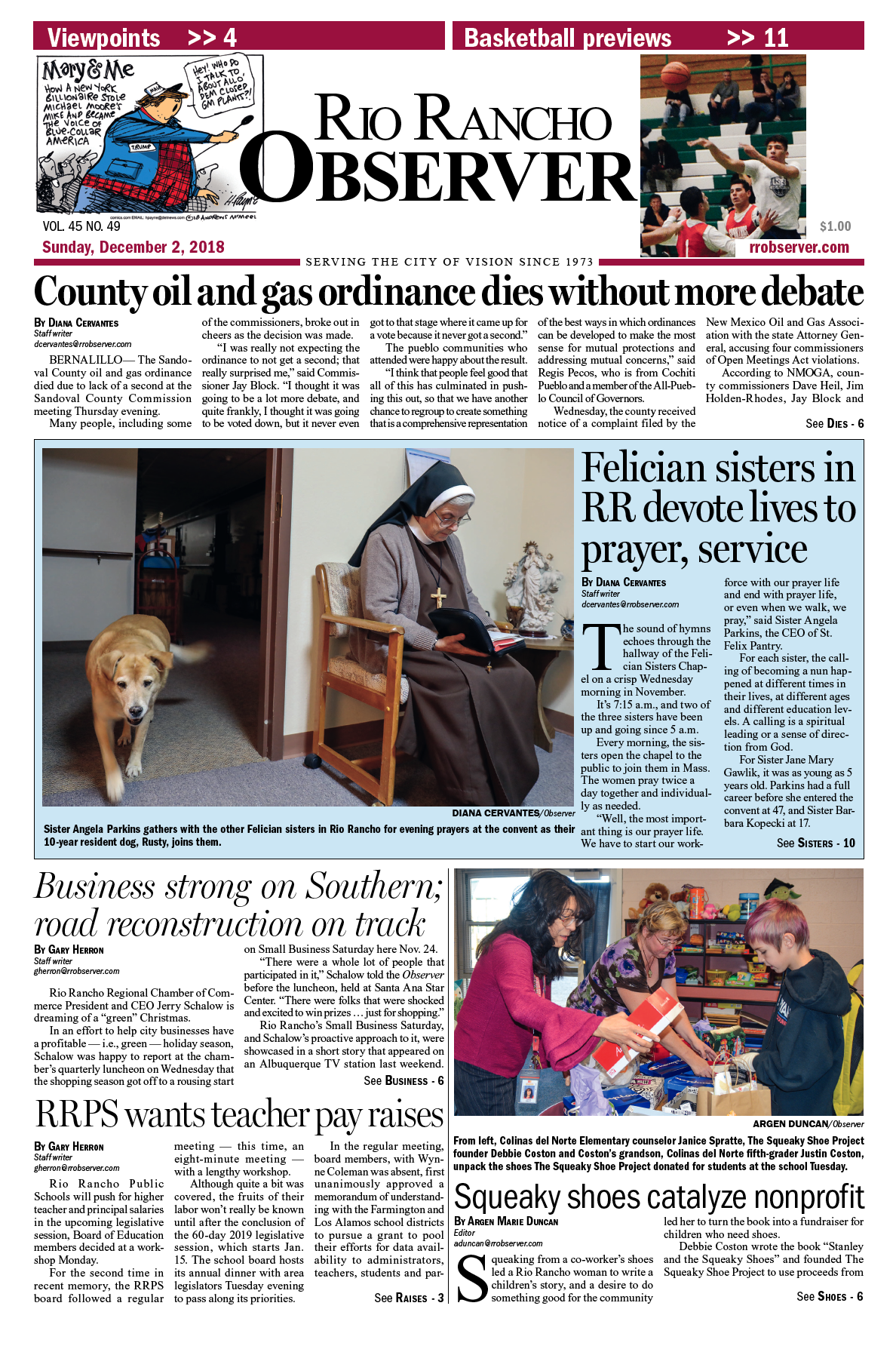
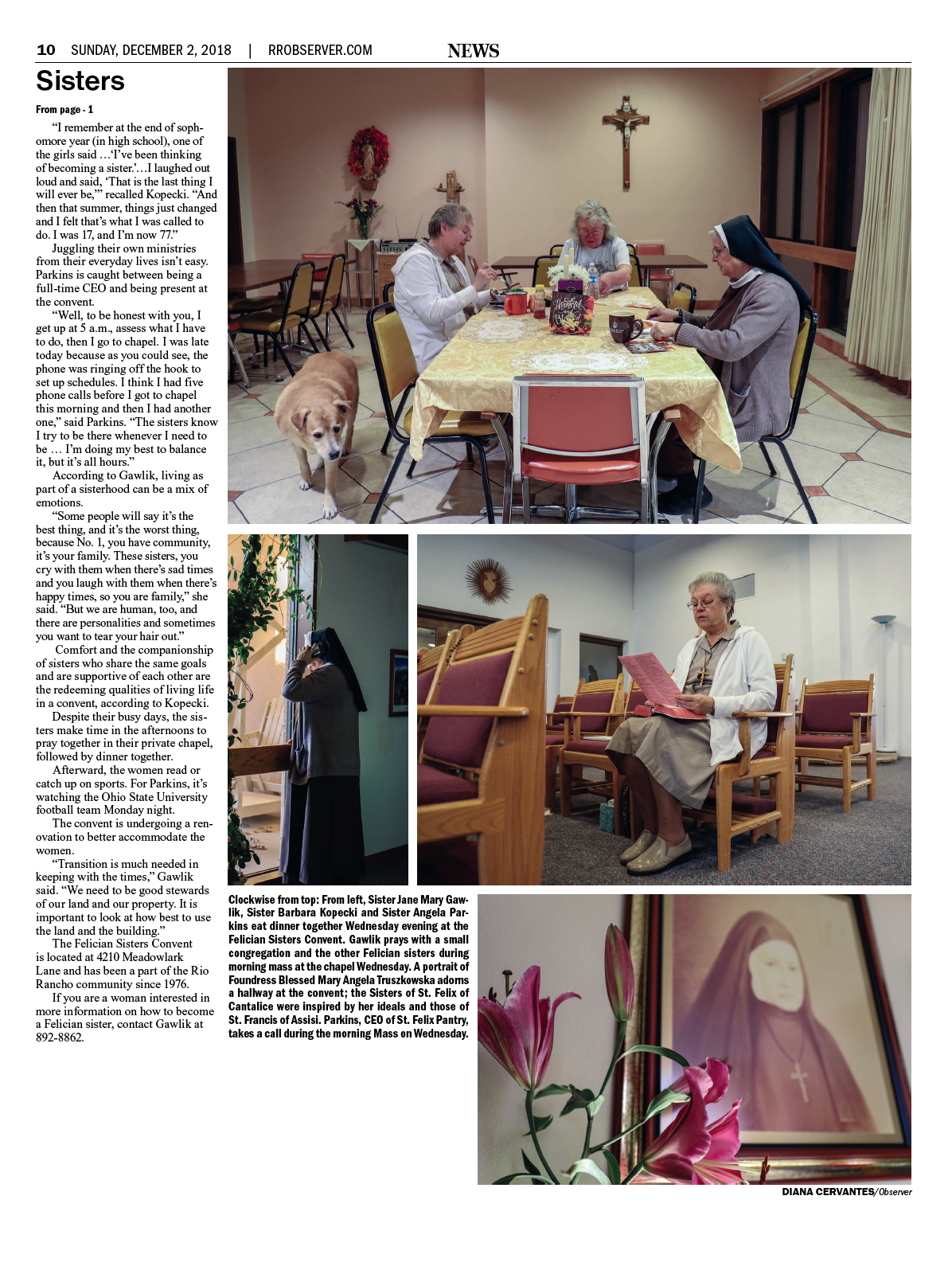
December 2, 2018 (Originally ran in Print)
The sound of hymns echoes through the hallway of the Felician Sisters Chapel on a crisp Wednesday morning in November.
It’s 7:15 a.m., and two of the three sisters have been up and going since 5 a.m.
Every morning, the sisters open the chapel to the public to join them in Mass. The women pray twice a day together and individually as needed.
“Well, the most important thing is our prayer life. We have to start our workforce with our prayer life and end with prayer life, or even when we walk, we pray,” said Sister Angela Parkins, the CEO of St. Felix Pantry.
For each sister, the calling of becoming a nun happened at different times in their lives, at different ages and different education levels. A calling is a spiritual leading or a sense of direction from God.
For Sister Jane Mary Gawlik, it was as young as 5 years old. Parkins had a full career before she entered the convent at 47, and Sister Barbara Kopecki at 17.
“I remember at the end of sophomore year (in high school), one of the girls said …‘I’ve been thinking of becoming a sister.’… I laughed out loud and said, ‘That is the last thing I will ever be,’” recalled Kopecki. “And then that summer, things just changed and I felt that’s what I was called to do. I was 17, and I’m now 77.”
Juggling their own ministries from their everyday lives isn’t easy. Parkins is caught between being a full-time CEO and being present at the convent.
“Well, to be honest with you, I get up at 5 a.m., assess what I have to do, then I go to chapel. I was late today because as you could see, the phone was ringing off the hook to set up schedules. I think I had five phone calls before I got to chapel this morning and then I had another one,” said Parkins. “The sisters know I try to be there whenever I need to be … I’m doing my best to balance it, but it’s all hours.”
According to Gawlik, living as part of a sisterhood can be a mix of emotions.
“Some people will say it’s the best thing, and it’s the worst thing, because No. 1, you have community, it’s your family. These sisters, you cry with them when there’s sad times and you laugh with them when there’s happy times, so you are family,” she said. “But we are human, too, and there are personalities and sometimes you want to tear your hair out.”
Comfort and the companionship of sisters who share the same goals and are supportive of each other are the redeeming qualities of living life in a convent, according to Kopecki.
Despite their busy days, the sisters make time in the afternoons to pray together in their private chapel, followed by dinner together.
Afterward, the women read or catch up on sports. For Parkins, it’s watching the Ohio State University football team during Monday night football.
The convent is undergoing a renovation to better accommodate the women.
“Transition is much needed in keeping with the times,” Gawlik said. “We need to be good stewards of our land and our property. It is important to look at how best to use the land and the building.”
The Felician Sisters Convent is located at 4210 Meadowlark Lane and has been a part of the Rio Rancho community since 1976. If you are a woman interested in more information on how to become a Felician sister, contact Gawlik at 892-8862.
Honoring the Saints, blessing the Ojo spring
By Diana Cervantes/For the Mountainview Telegraph (Now MVT)
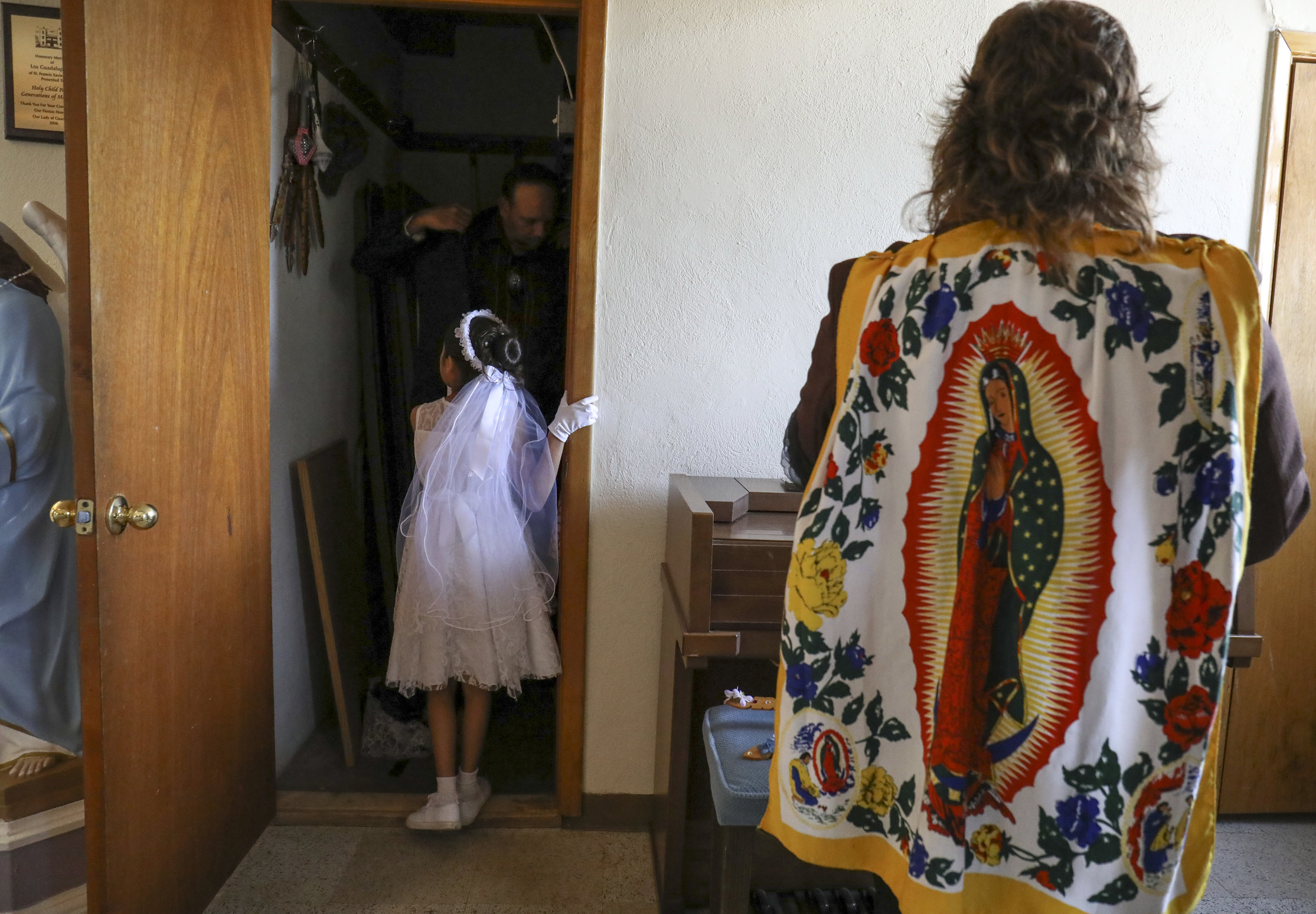
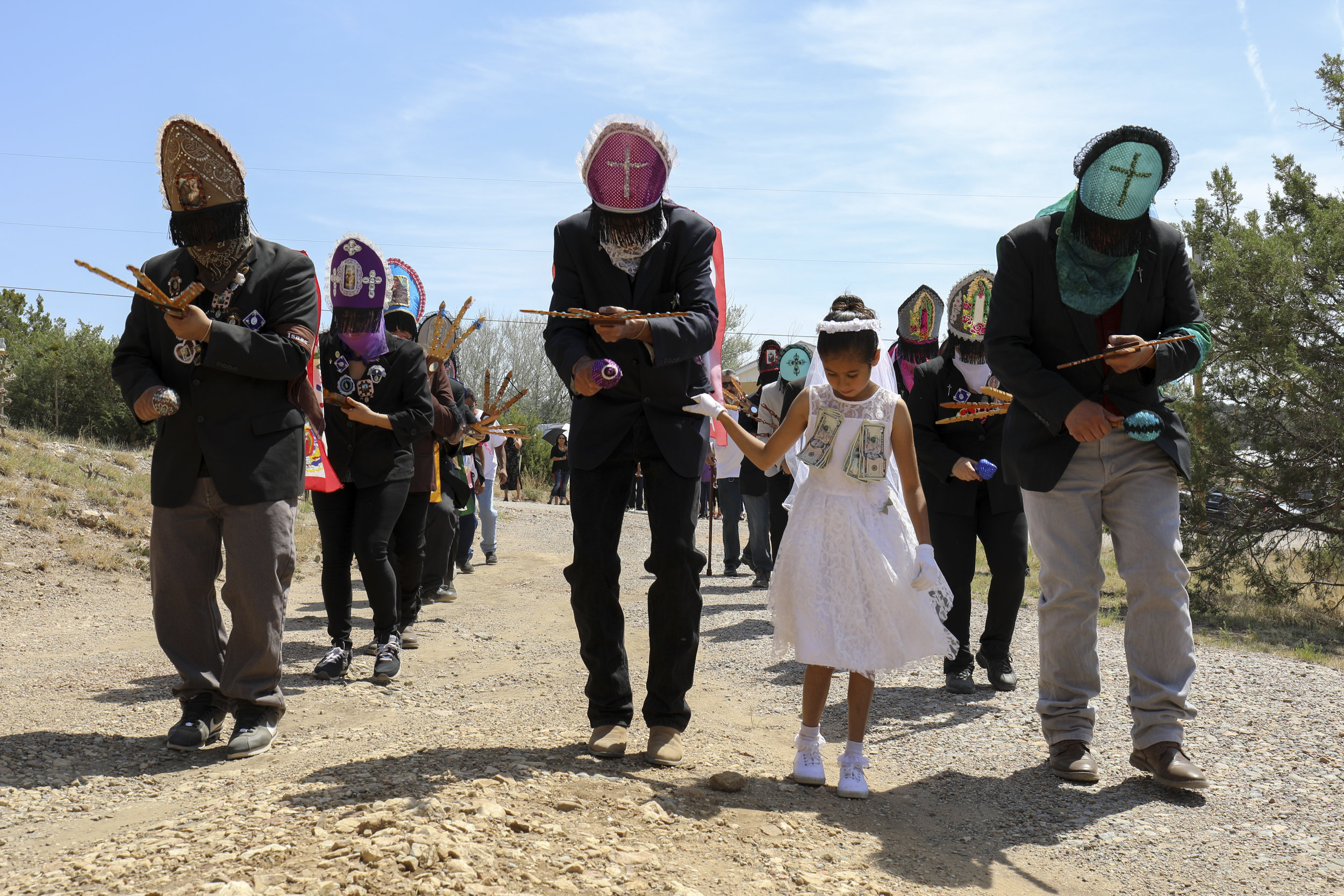
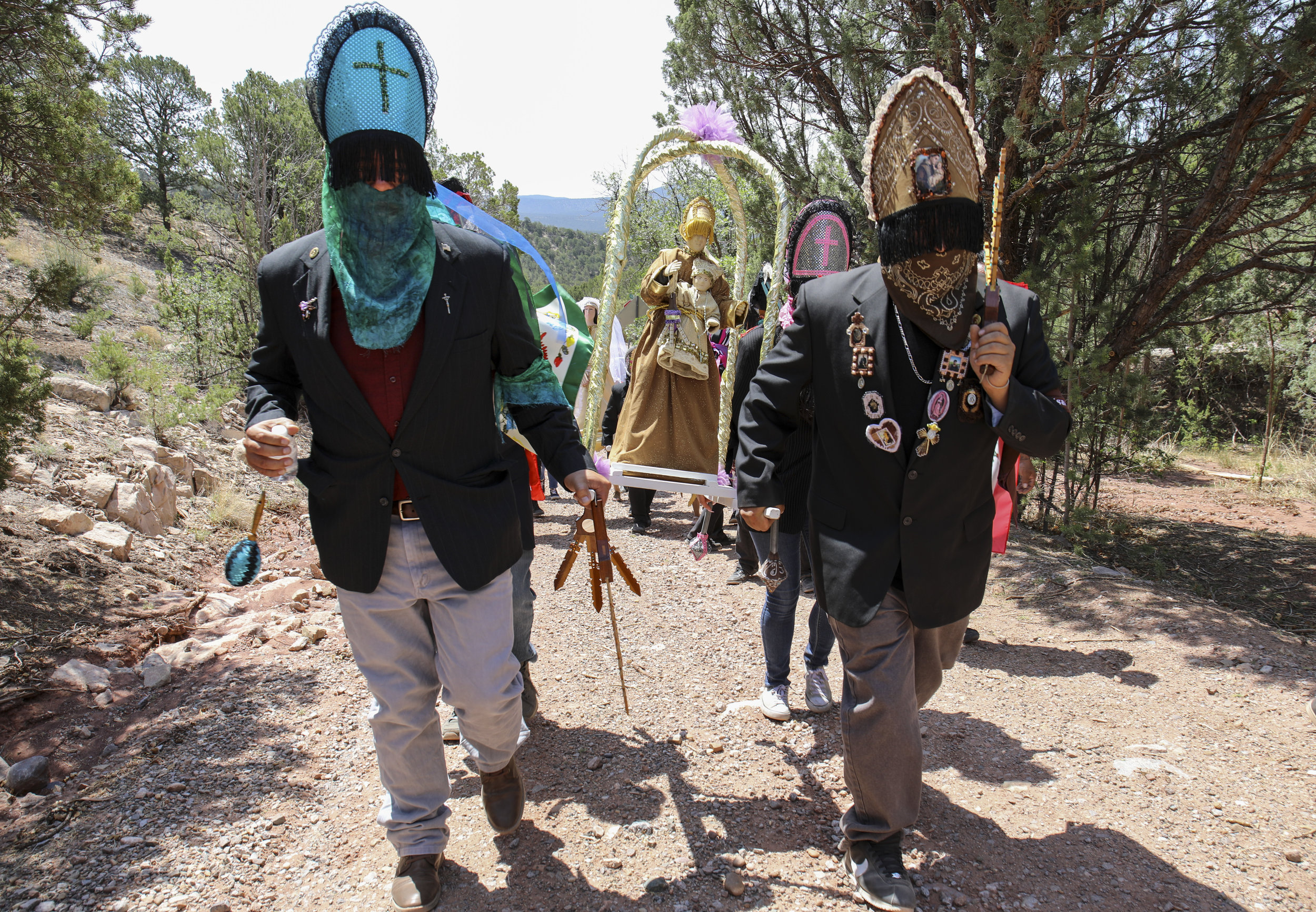
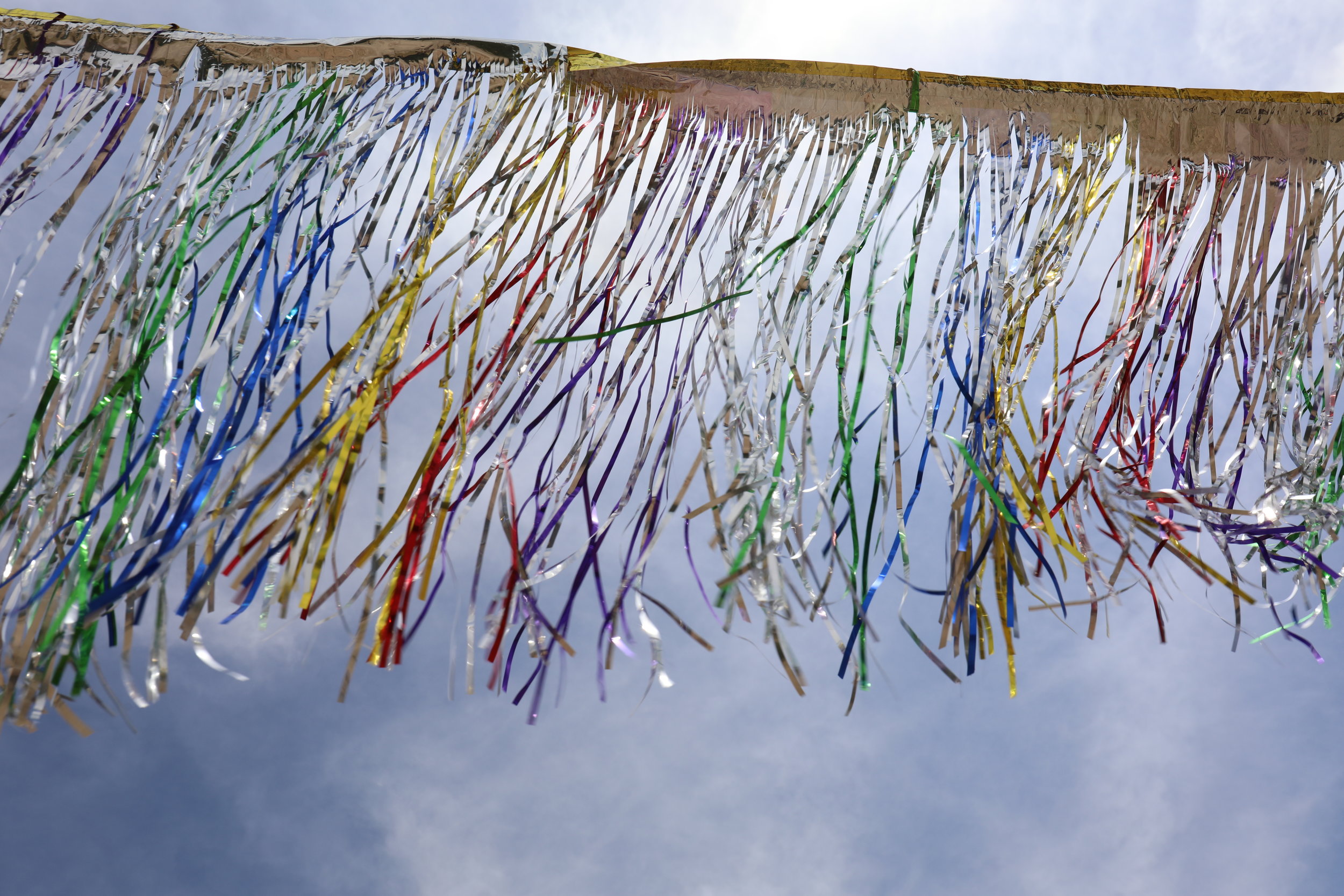
June 23, 2018
Clouds of dirt swirled around the matachines feet as they danced up the Tijeras hills to bless the Ojo spring on a smoldering Saturday morning in June.
As they danced they were covered from head to toe in copilas resembling a bishops mitre, veils over their eyes, and black decorated blazers with ribbons and rattles. Maneuvering up the winding and at times narrow hills was not an easy feat, yet, the matachines did not miss a step as they moved in mesmerizing unison.
According to legend the Ojo dried up one year when the church father failed to bless the spring. The procession carries on 200 years later for the faithful churchgoers of San Antonio Church. Those in the procession hope each year that once again water will flow from the hilltop.
At the helm of such procession are generations of families that have taken up the mantel to pay homage to the local church’s patron saints such as the Chavez family.
Ted Chavez, 53, has been leading the danza or dance as title of Monarca (monarch) for 20 years, but has participated in the procession for 37 years.
“I started dancing when I was 16, and I’m 53 now,” Chavez said. “It’s a great family tradition for me, my dad used to dance [and I] had two uncles who were monarcas. My dad danced for years.”
Chavez’s granddaughter, 8-year-old AnnAlycia Trujillo has started leading the procession alongside Chavez in the role known as La Malinche, who represents purity and all that is good.
Apart from the homage of the procession, the church fiestas also consist of visperas, feasts and plays that bring together all members of the community.
Next year San Antonio Church will be celebrating their bicentennial.
Bizz Buzz: Family Farm Celebrates 50 Years
Written by: Leota Harriman, Photos by: Diana Cervantes for The Independent

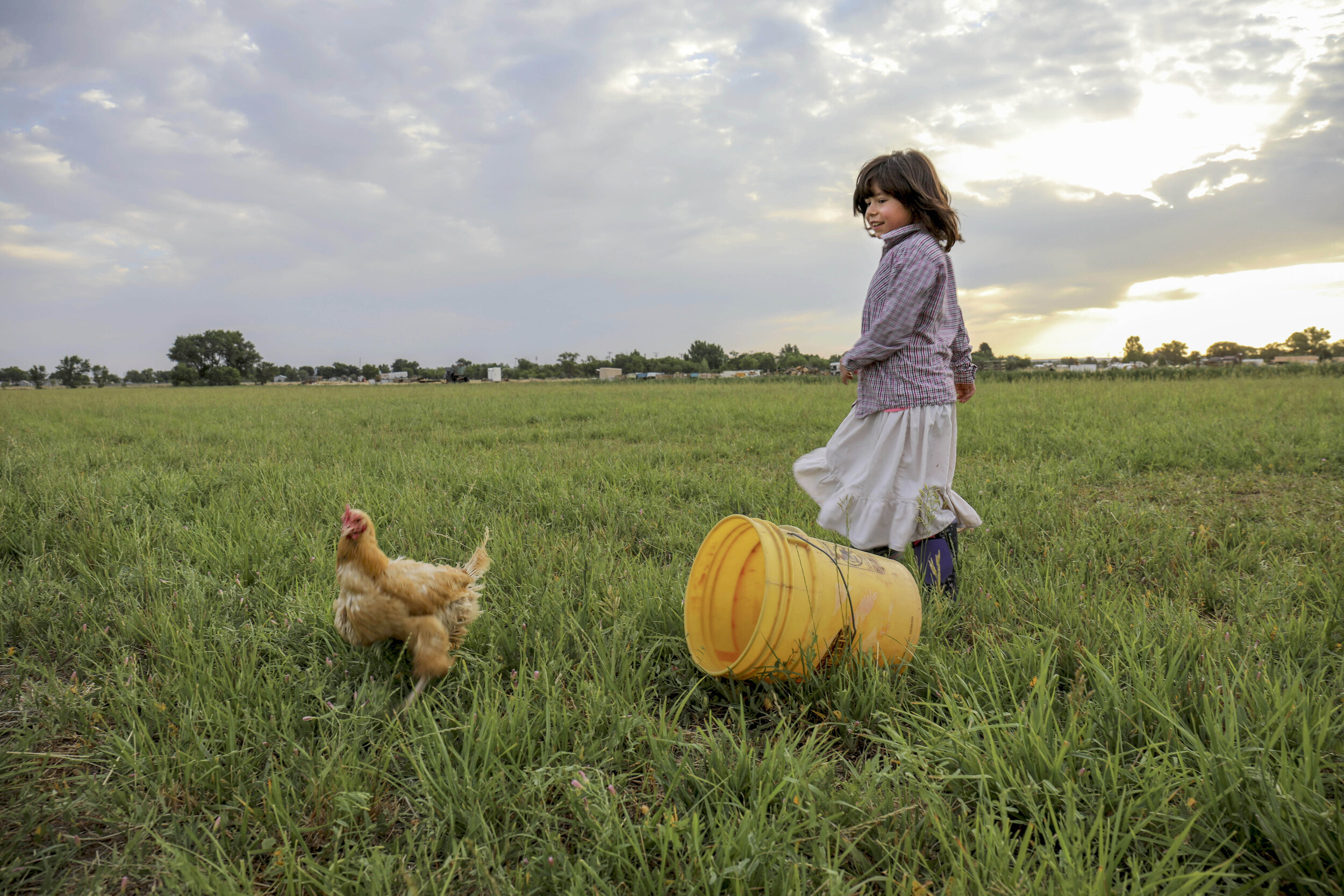
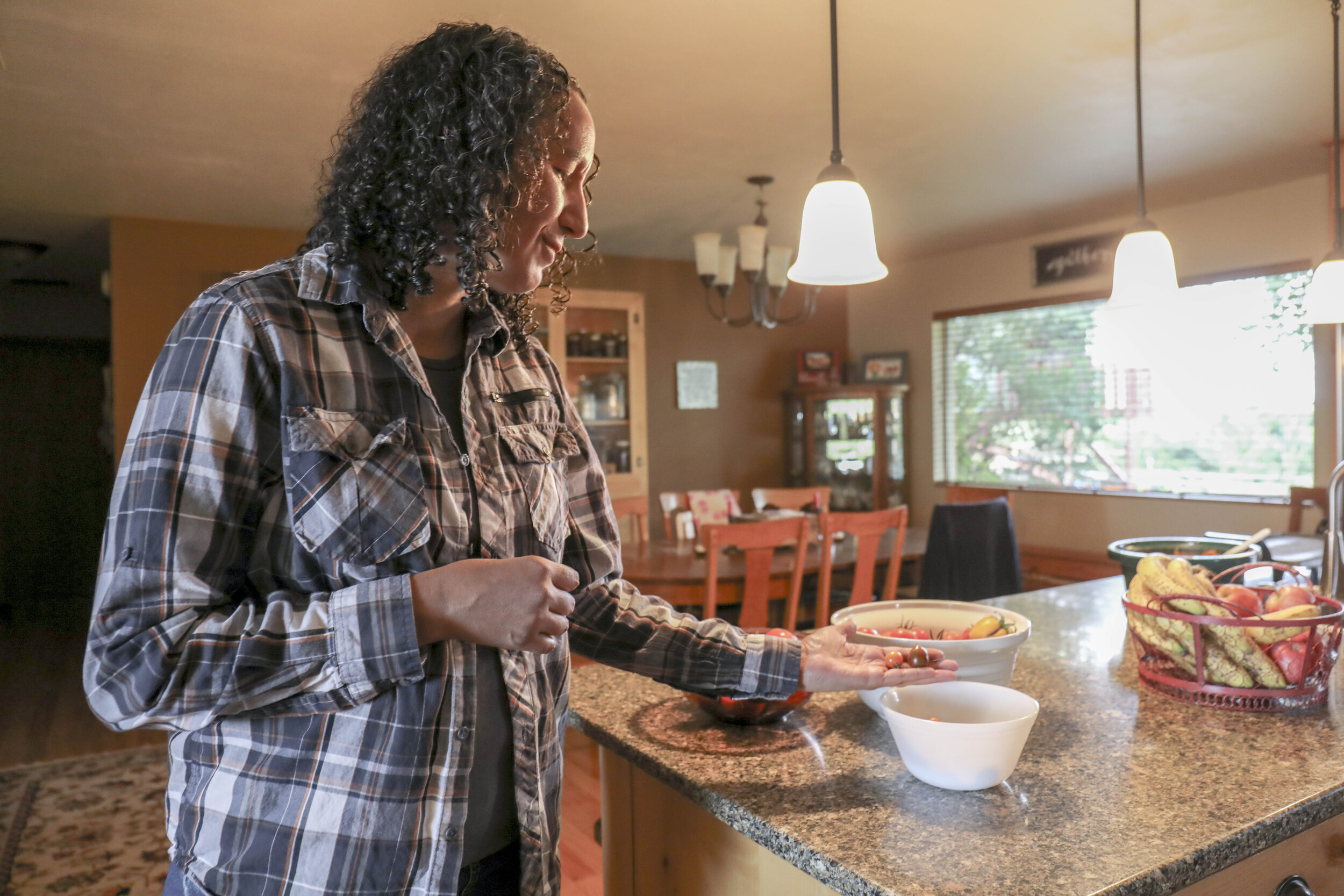

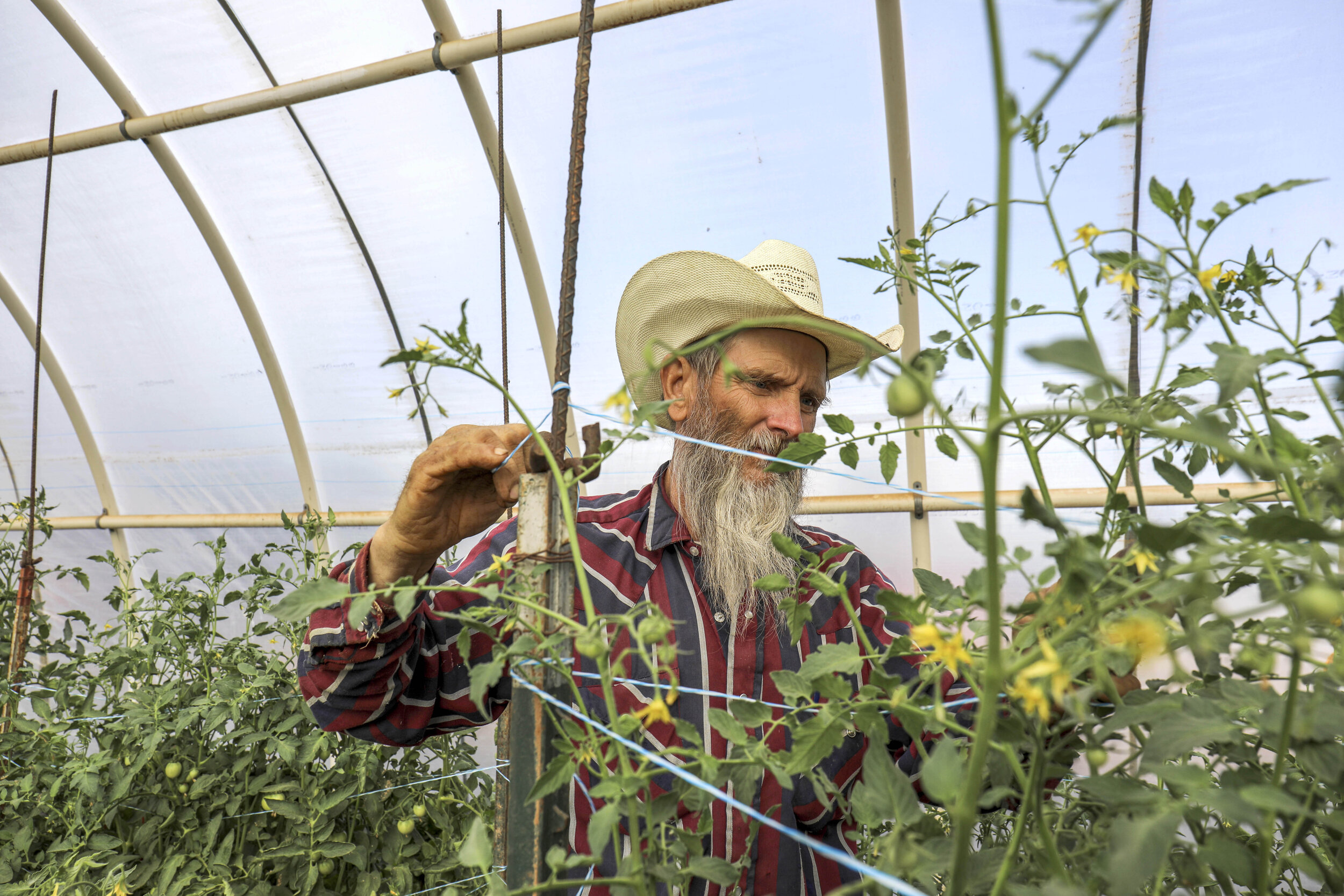
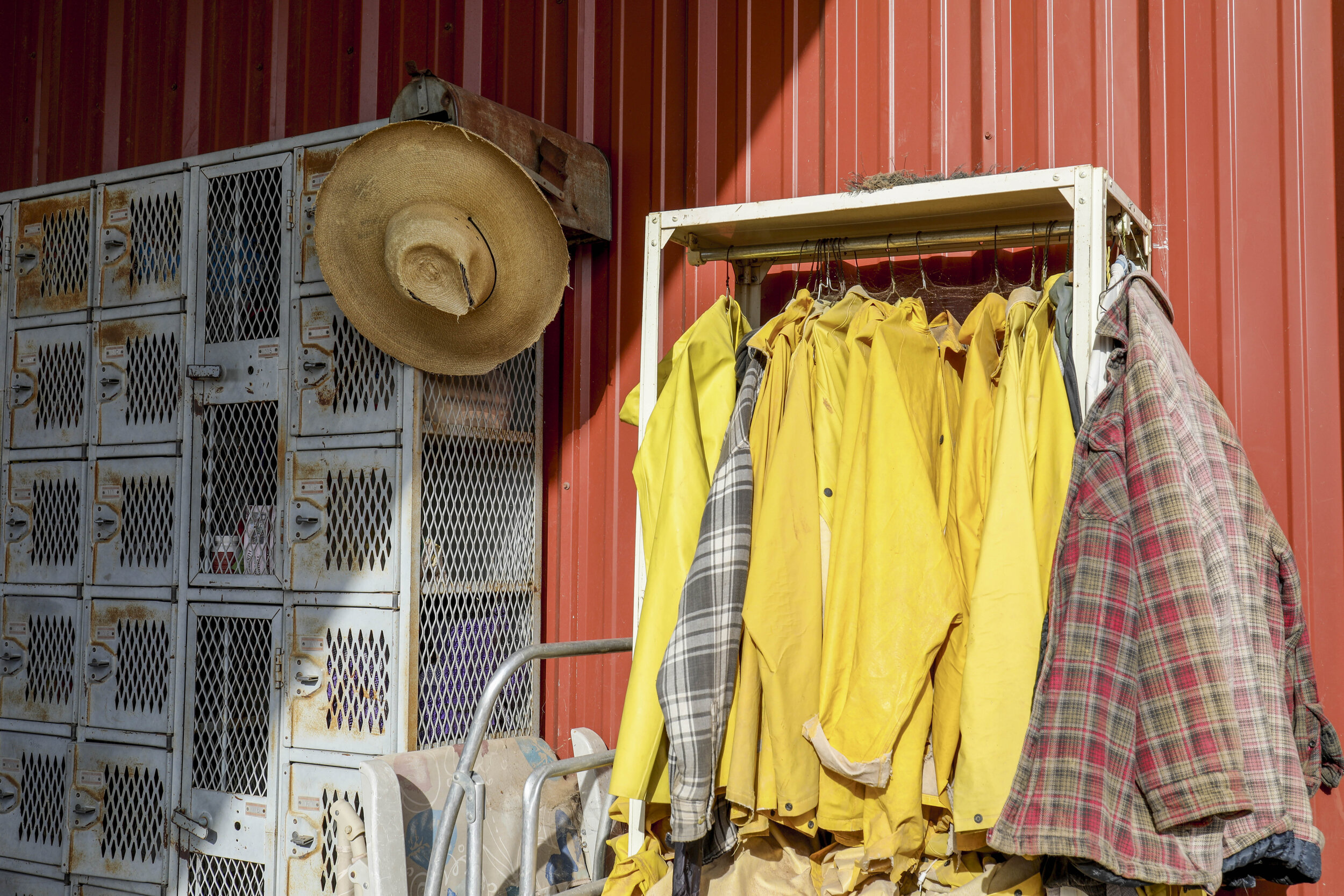
DACA: Dreaming Past the New Political Landscape
By Diana Cervantes/ For the Daily Lobo
April 6, 2017
Since the election of President Trump, the future of students under DACA is unknown and many Dreamers are worried not only about what this means for their future, but also for the safety of their families.
Medical student Yazmin Irazoqui Ruiz remembers the moment when her world didn’t seem so certain anymore, just five days after President Trump’s inauguration.
“Jan. 25 was the first border security executive action, and that was the proof I needed to realize that Trump was going to go after what he said he was going to do,” Ruiz said.
The Deferred Action for Childhood Arrivals was first enacted by the Obama administration in June 2012, and the UNM Dream Team estimates that there are approximately 500 undocumented students at UNM alone.
Trump’s hard-hitting executive order has awakened the long held dormant fears of the undocumented student population.
For Ruiz, this meant taking a leave of absence from the UNM School of Medicine.
“Before I took my leave of absence in February, I was doing fine, up until the inauguration," she said. "Then the border executive order happened...and that is where mental health plays a huge deal, not just in your own mental and emotional health, but physical health as well. I couldn’t sleep, I couldn’t focus. It was really difficult, because here I was studying for an exam — I felt wasn’t going to do anything for my community.”
Josue de Luna Navarro, a chemical and biological engineering student, understands what it’s like to sit in class attempting to learn, yet deal with more pressing things on his mind.
“It’s like your mind can’t stop because you’re in class learning about whatever it is you’re learning about, but what you’re learning about feels so disconnected to your real-life problems,” Navarro said. “You’re worried about the assignment and out-of-class real life issues, like ‘Are my parents going to be deported?’”
Although DACA holders are not protected against ICE and deportations, they are on lower priority on deportation lists and do have certain benefits.
One of the benefits is the ability to obtain a worker permit, which would allow the individual to work in the U.S. without the need of a social security number.
For one UNM alumni, who seeks to remain anonymous due to her work status, DACA afforded her the means to pay for college, as she could obtain a work permit.
“Prior to DACA I didn’t have a job, I didn’t want to risk anything by getting a fake identity or social (security number)," she said. "So, I paid for my undergrad through scholarships. The latest thing that DACA has done for me is the ability to be a counselor, get my Masters and work in a field that I’m passionate about. I was able to get my license with no problems, basically everything that a person needs to survive.”
Undocumented students not only face the pressure to maintain scholarships, but deal with the uncertainty of possibly having family members deported.
So much so, that the UNM Dream Team Field Coordinator Felipe Rodriguez has helped devise Deportation Protection Plans for students and their families.
“We are starting to implement deportation emergency plans, which includes a list of documents that will help families in case someone gets detained, to start a campaign to stop the deportation,” Rodriguez said. “We are still figuring parts of it out, but it’ll be through 'Know Your Rights” trainings.'”
With so much on the line, some say it seems almost impossible to have a moment of tranquility. For Navarro, he finds solace in meditation.
“I like to meditate to a point I don’t feel anything," Navarro said. “To the point where you are so relaxed you are almost floating. It’s just a way to kind of keep myself grounded and remind myself that I am a human being, and that in itself is powerful. This is something no immigration policy or fear can take away.”
For Ruiz, tranquility comes in the form of dancing “bachata,” a style of romantic music and dance from the Dominican Republic. She also finds solace in speaking Spanish and being a part of the Dream Team.
“I came back to the Dream Team," Ruiz said. "I had been gone for almost a year because of school and I came back to my people and my community because we are all experiencing the same thing in the same magnitude. We deal with it differently. Josue meditates; some people cling to their families. I have taken up dancing bachata in my living room. Just being in my culture and community has been very healing for me.”



